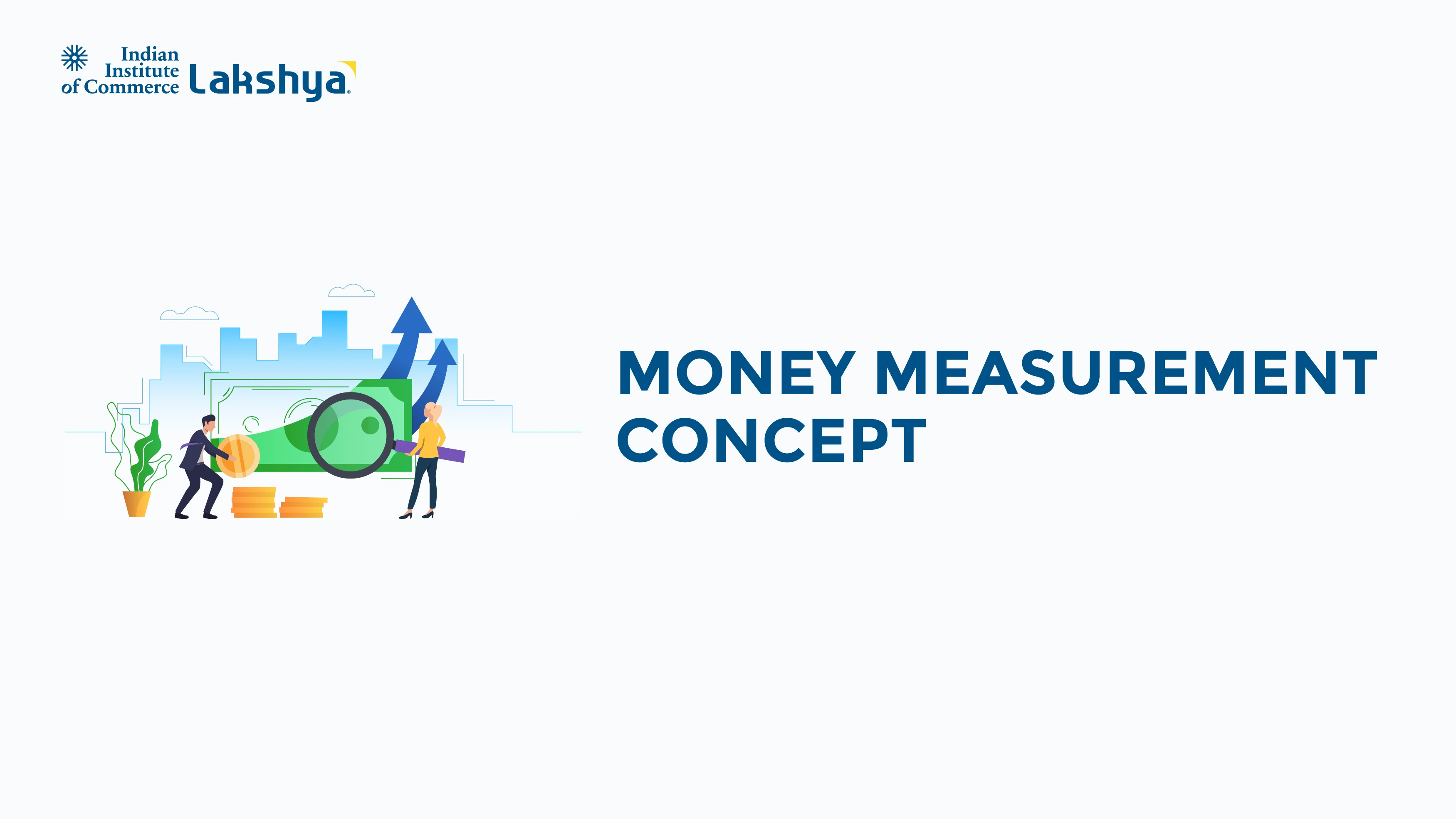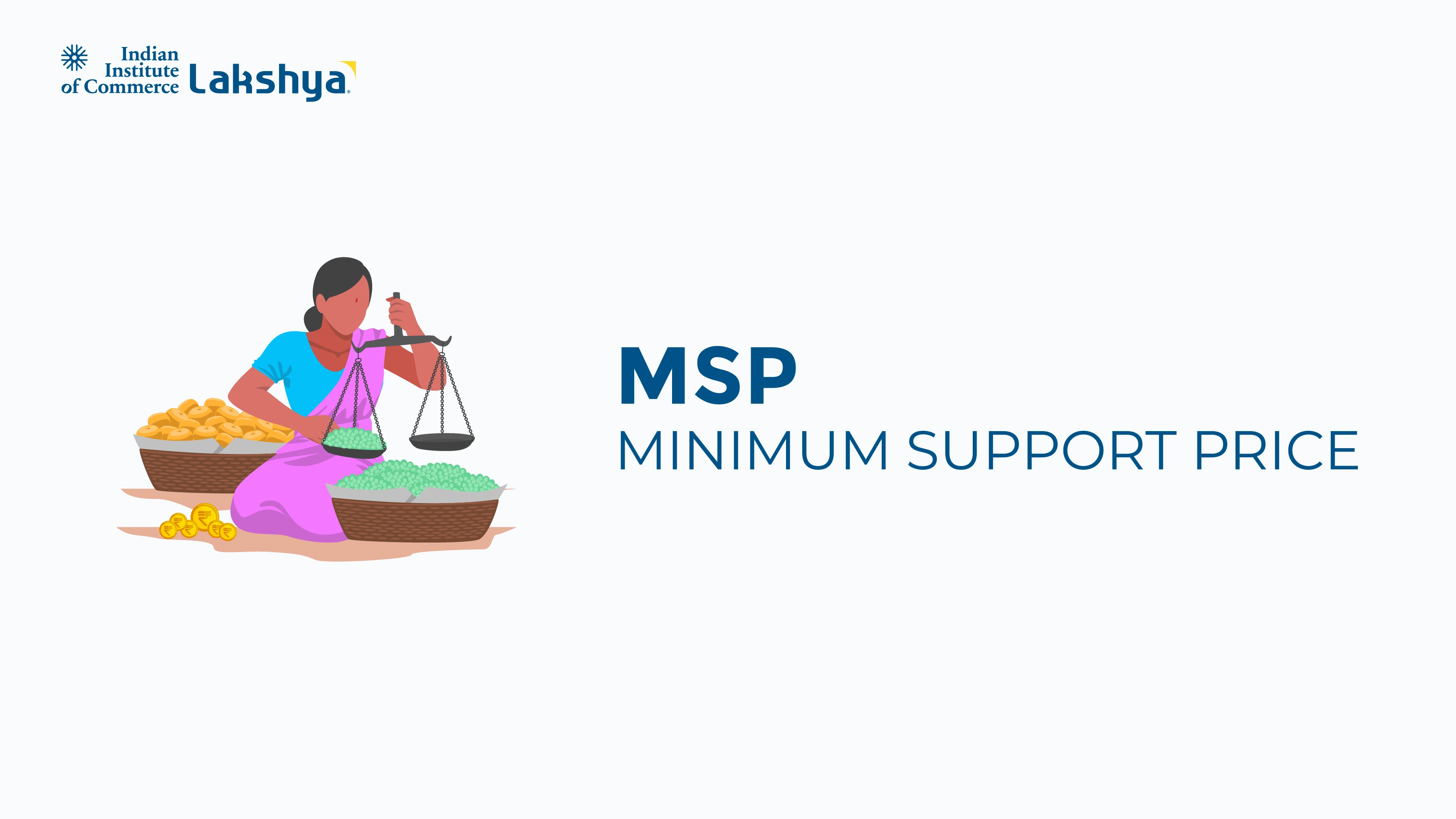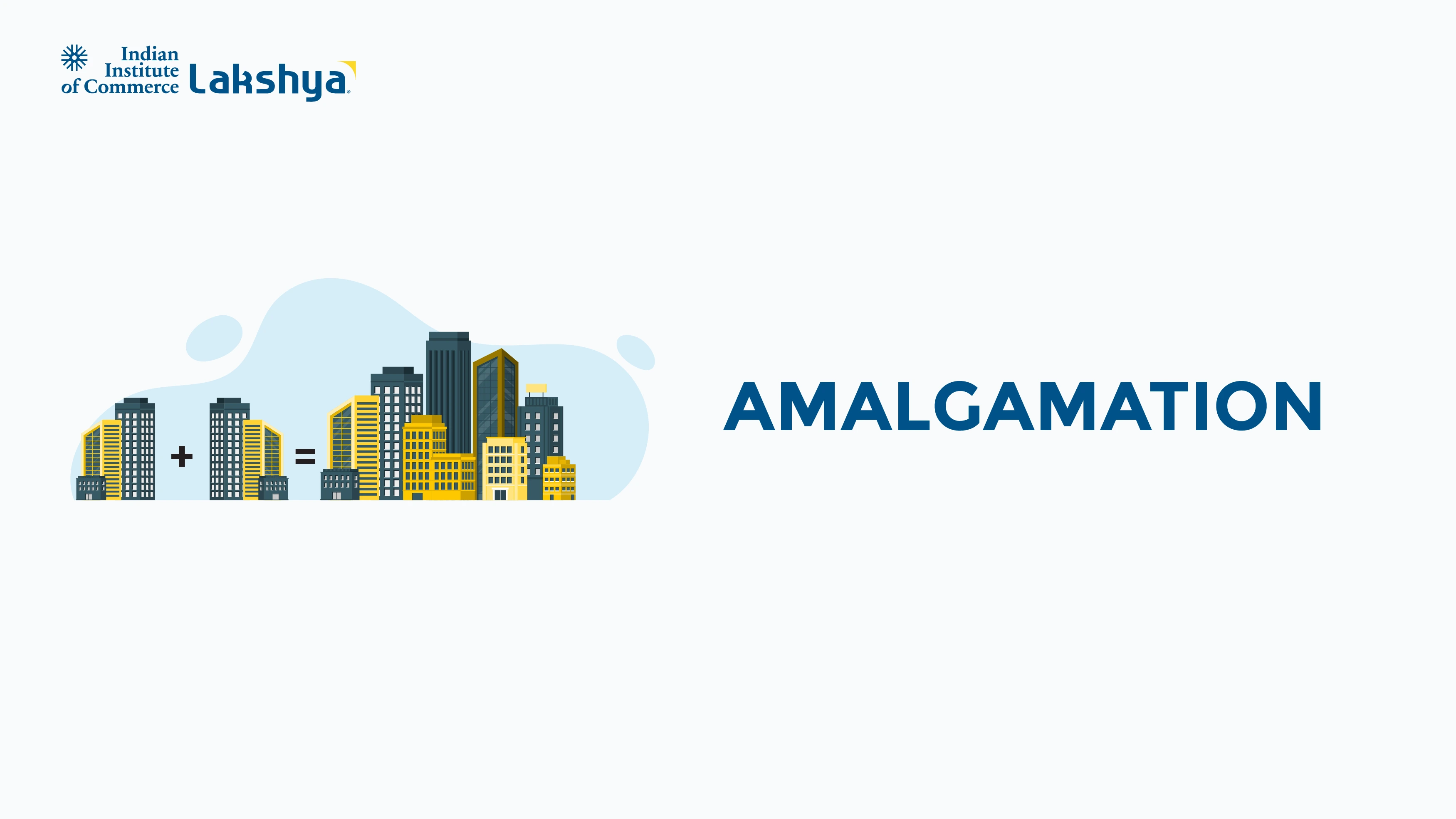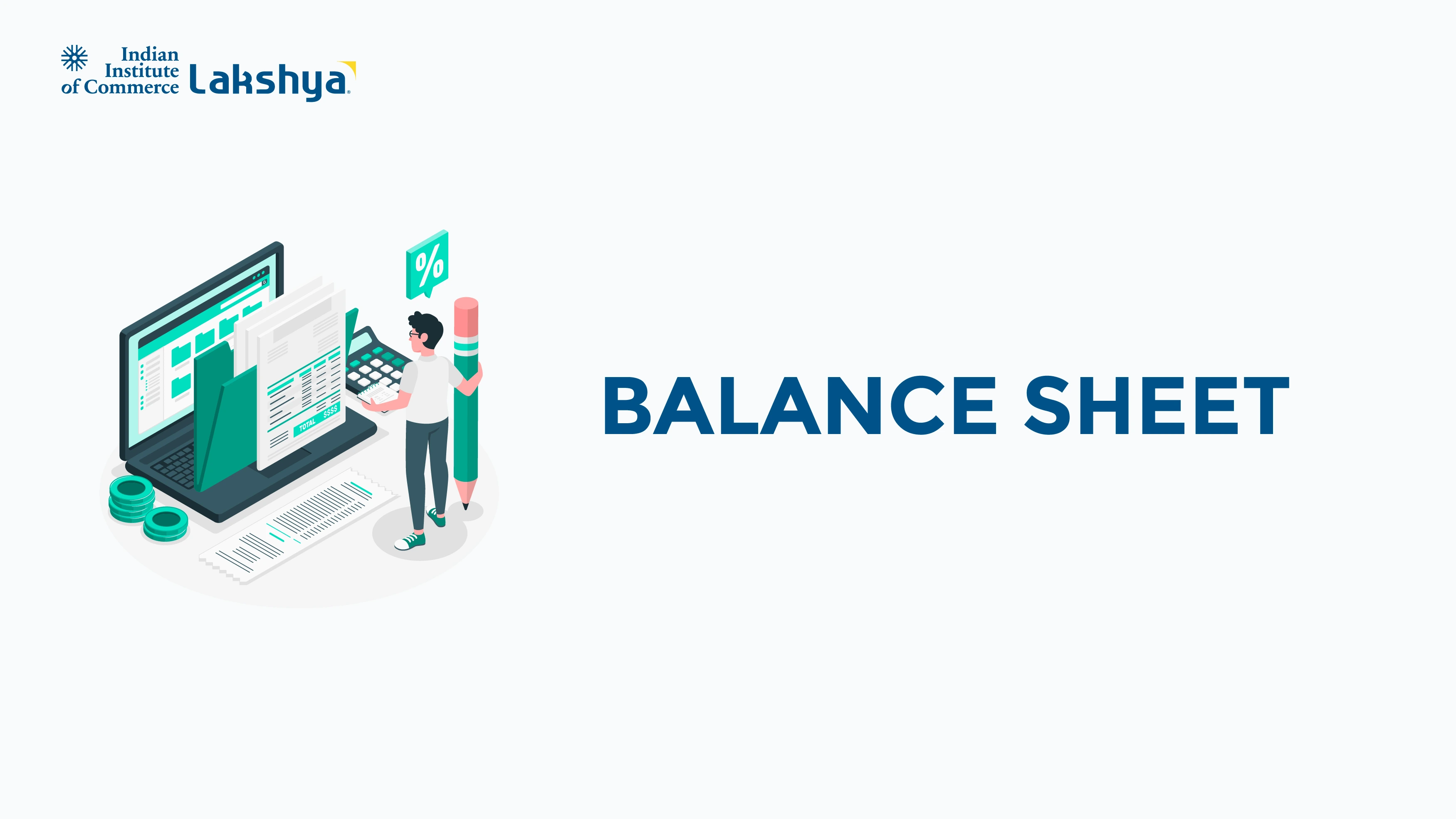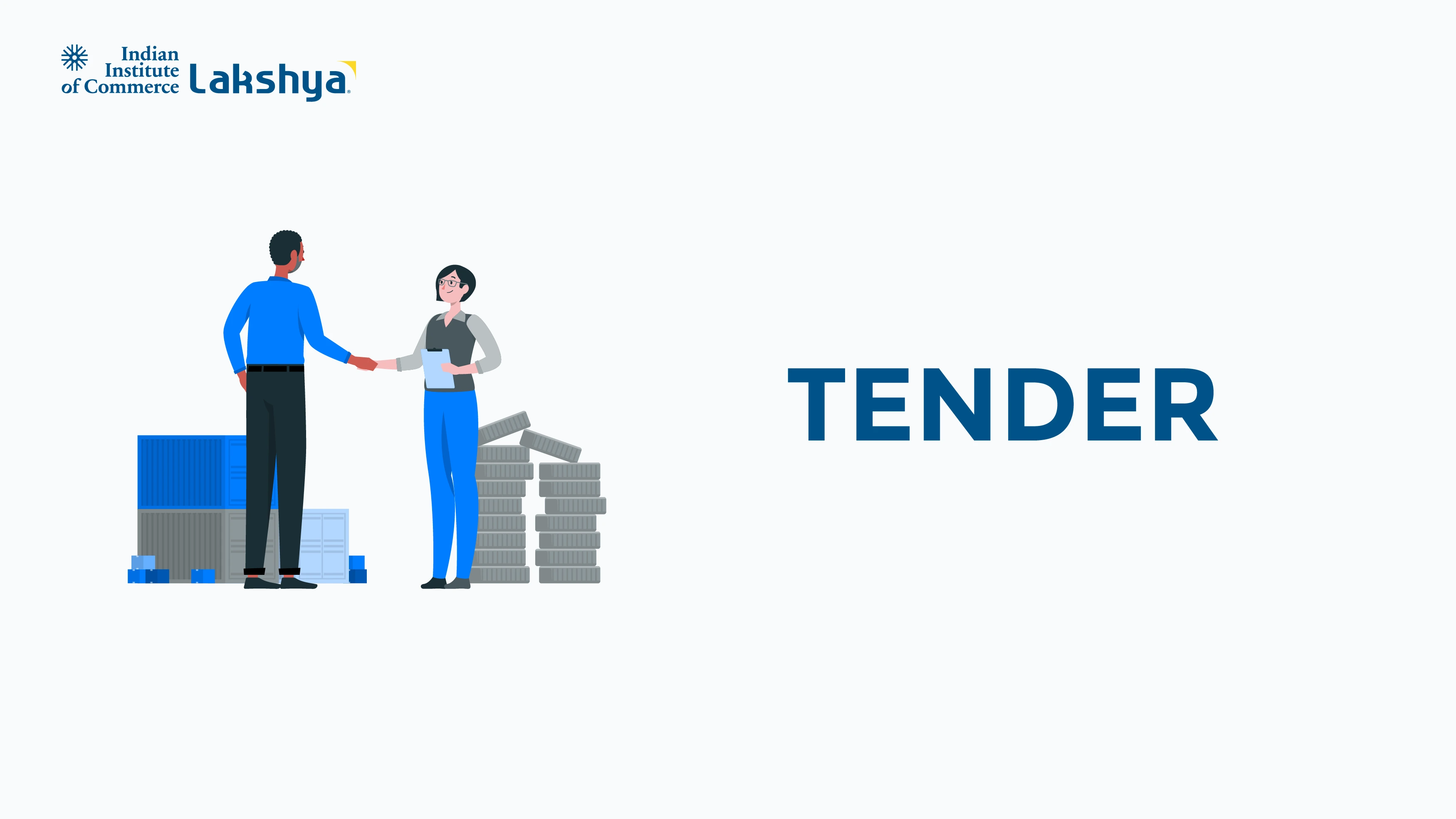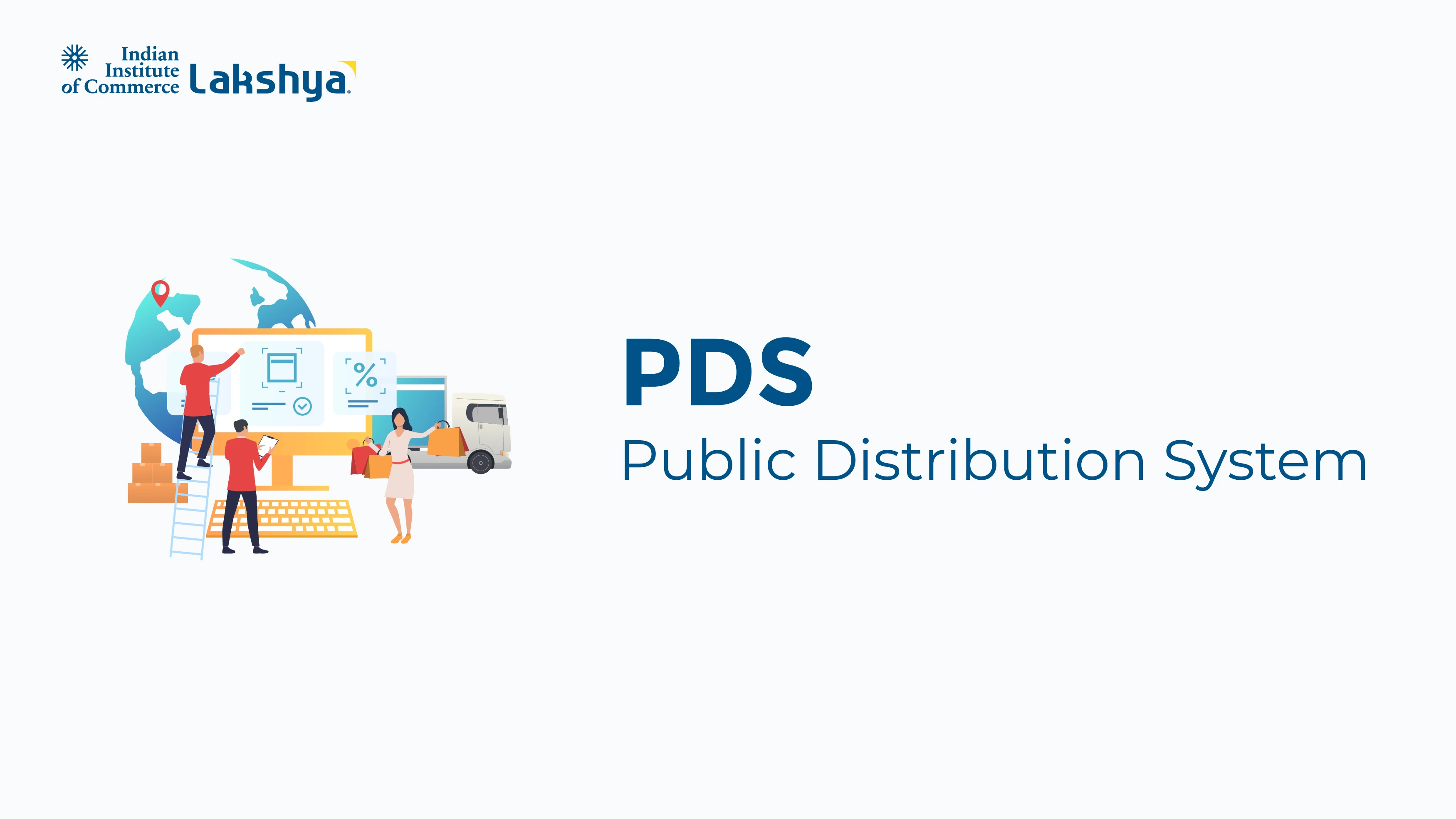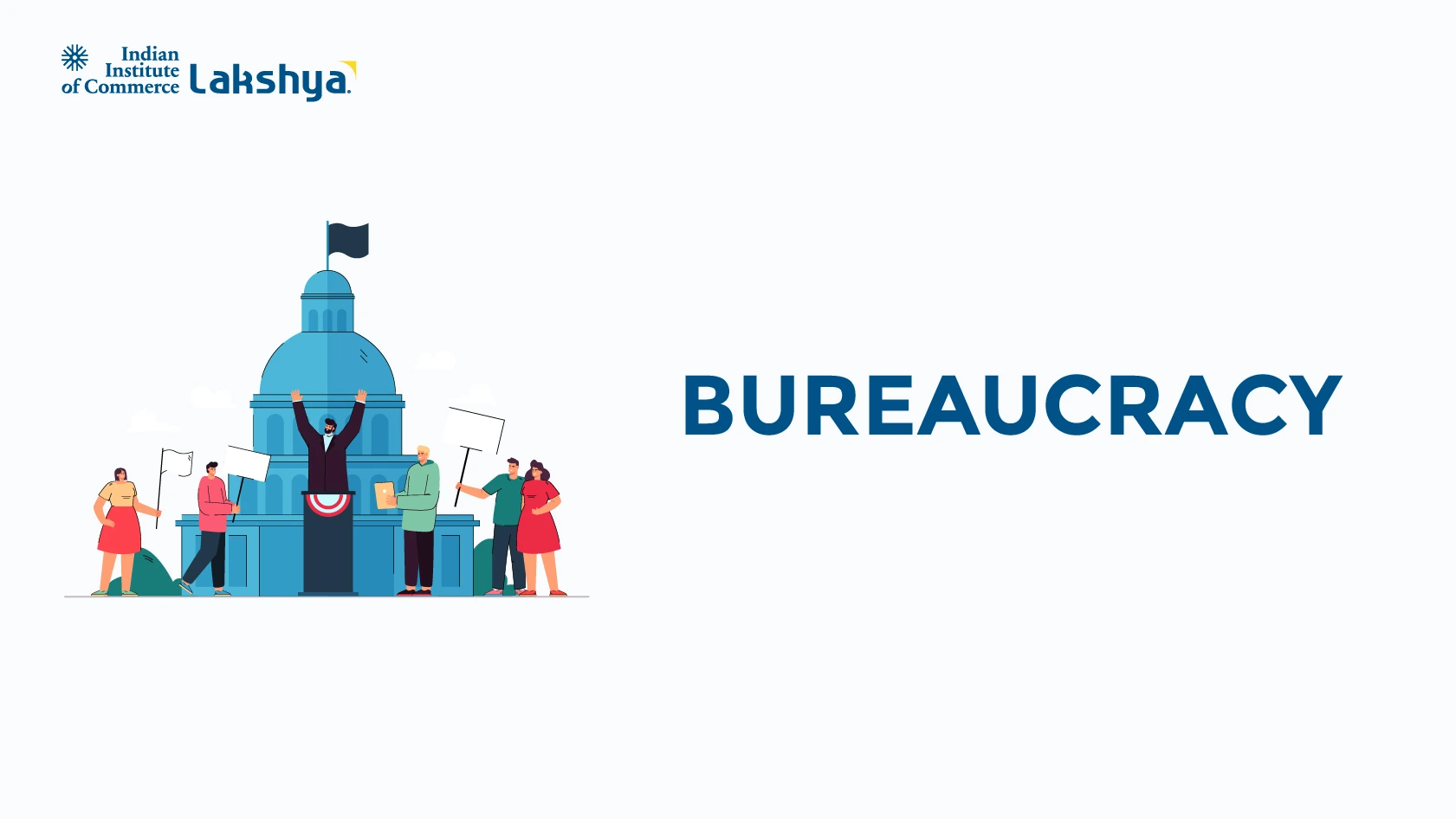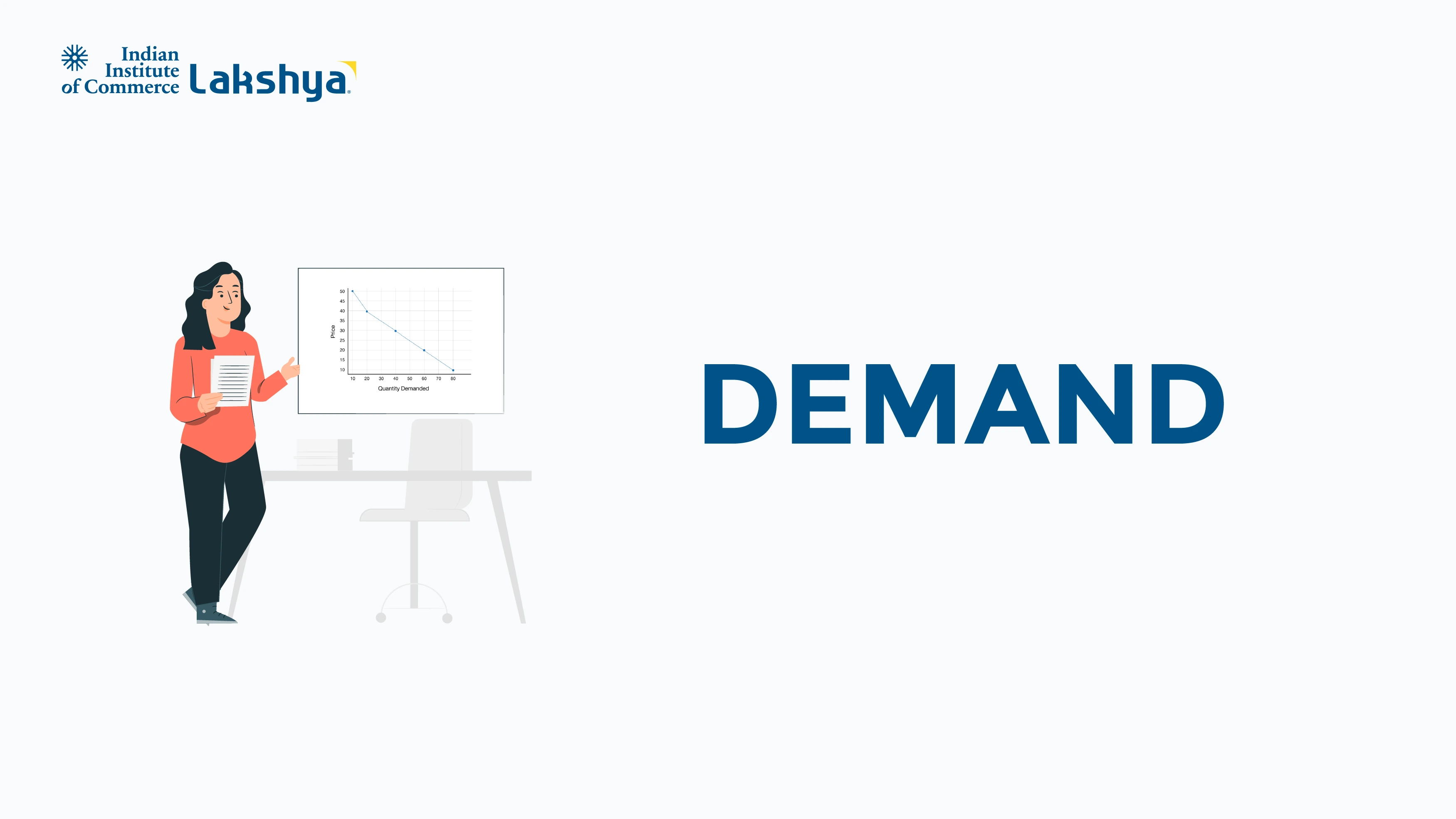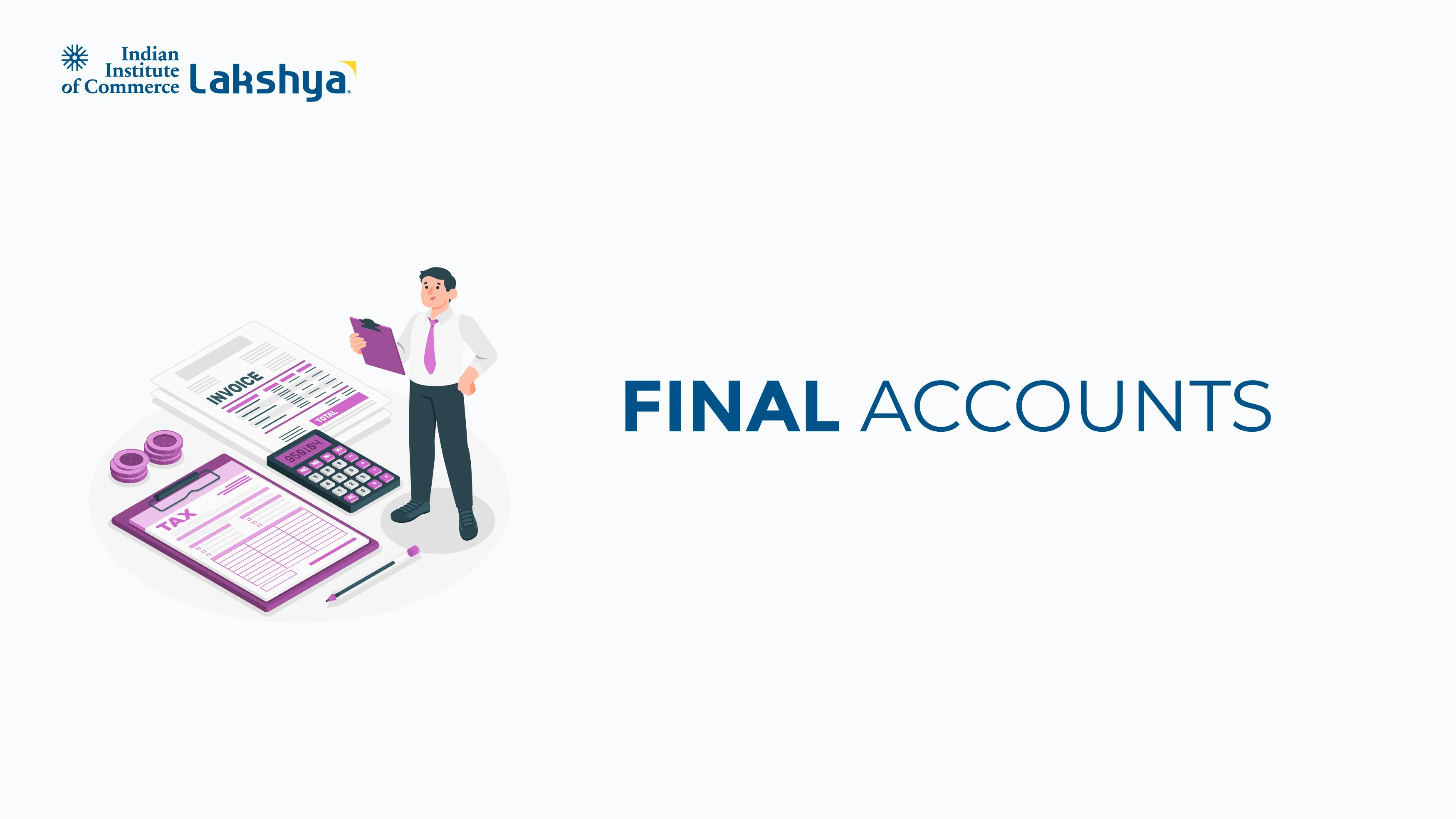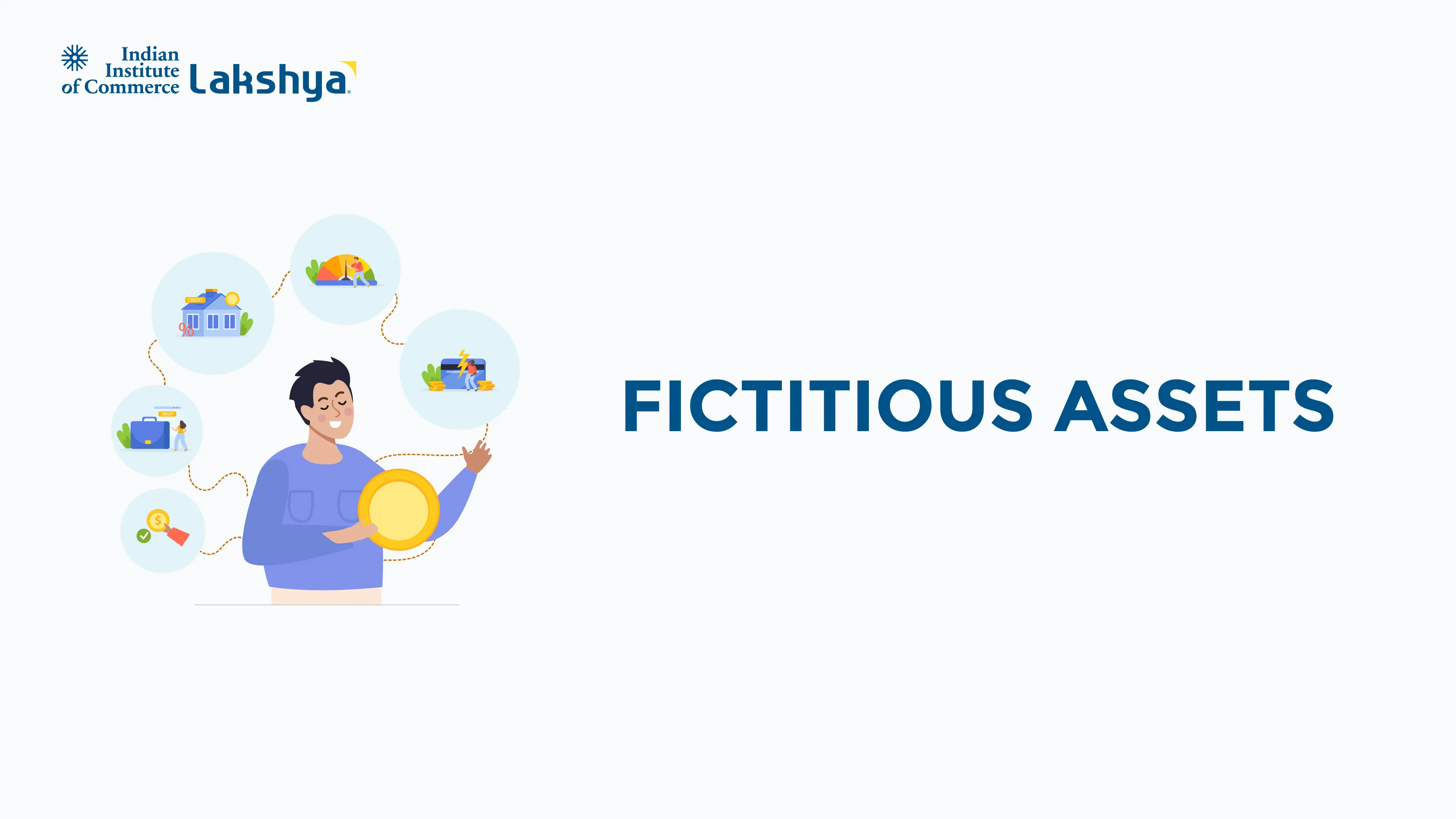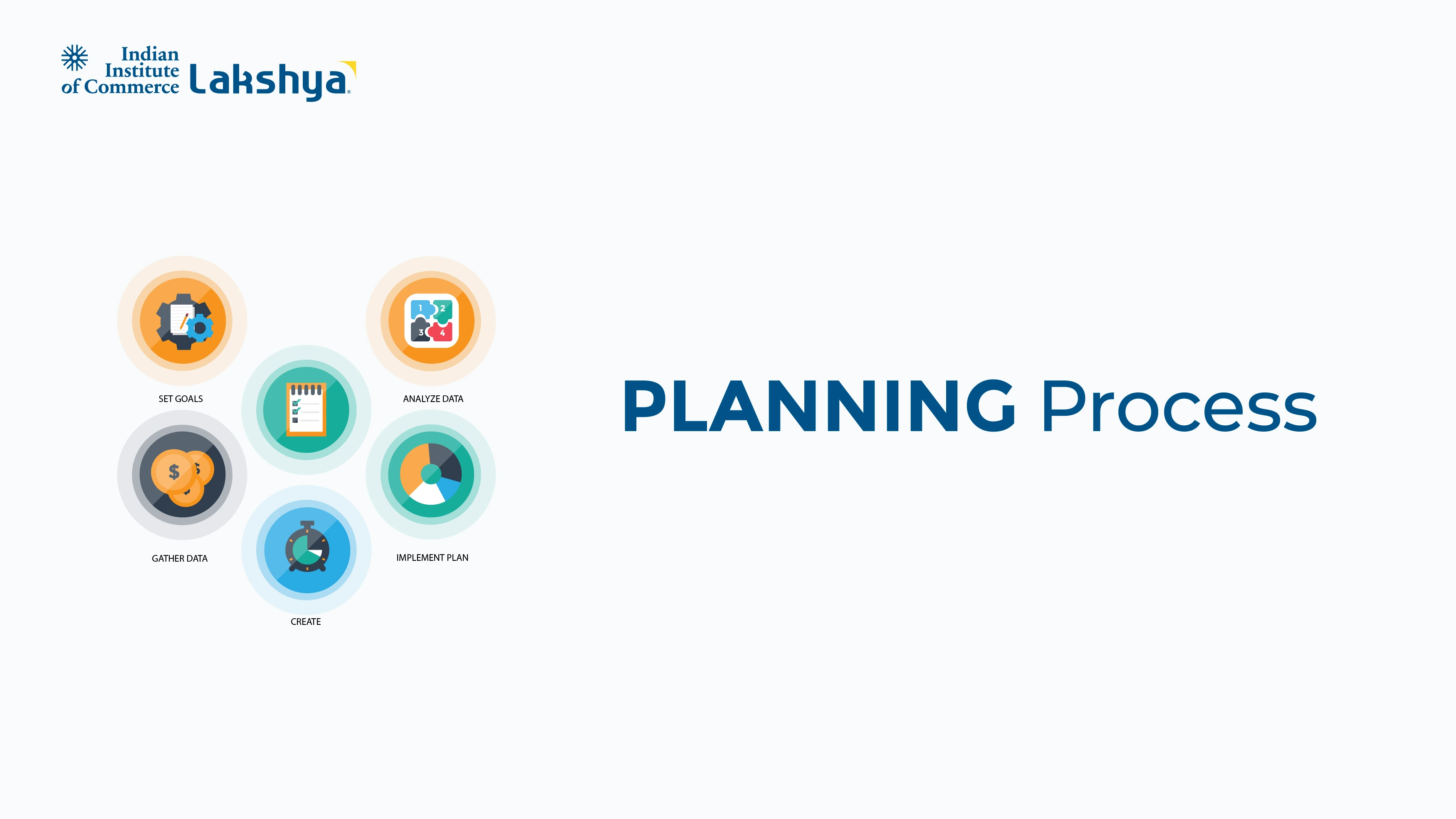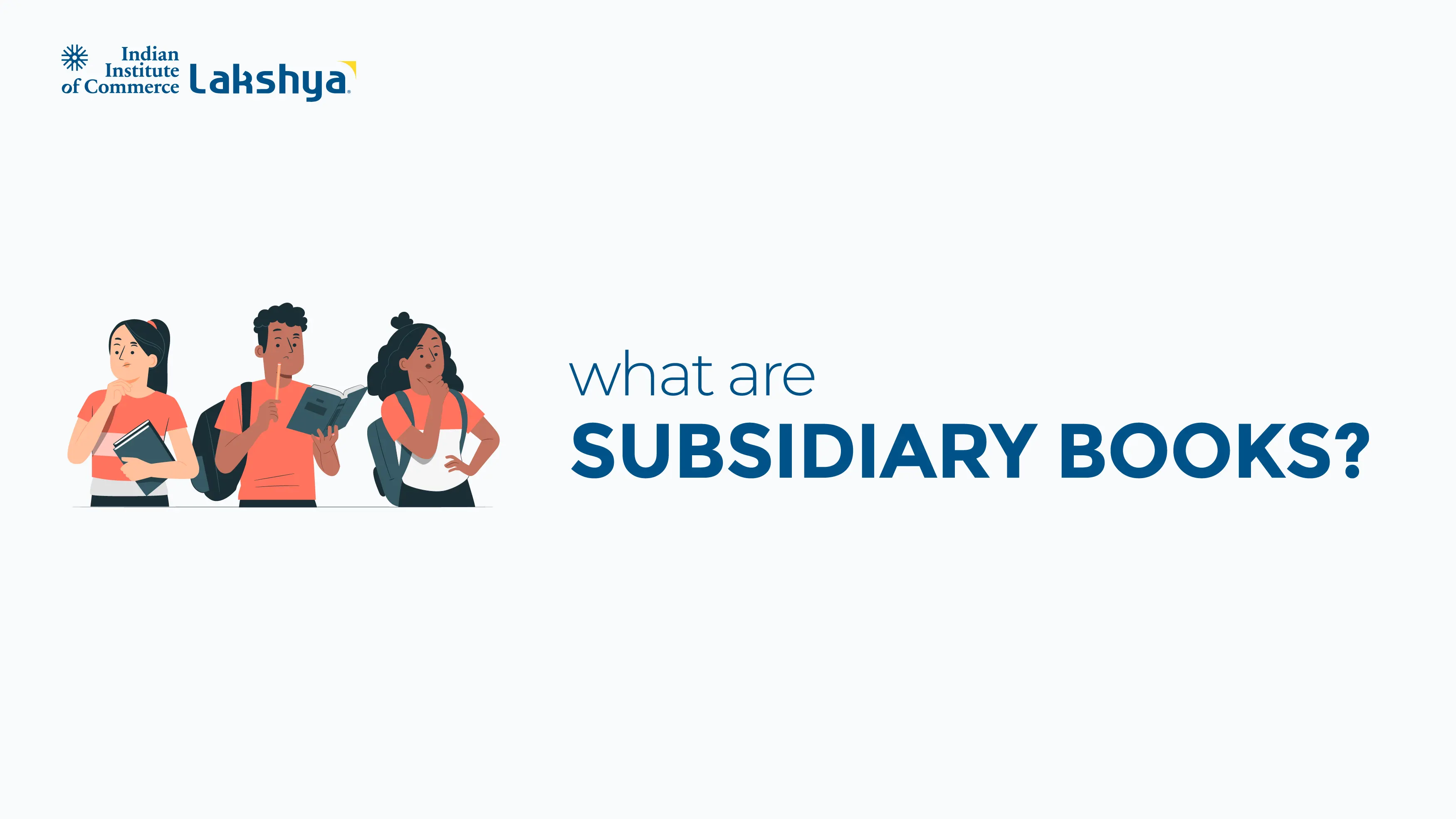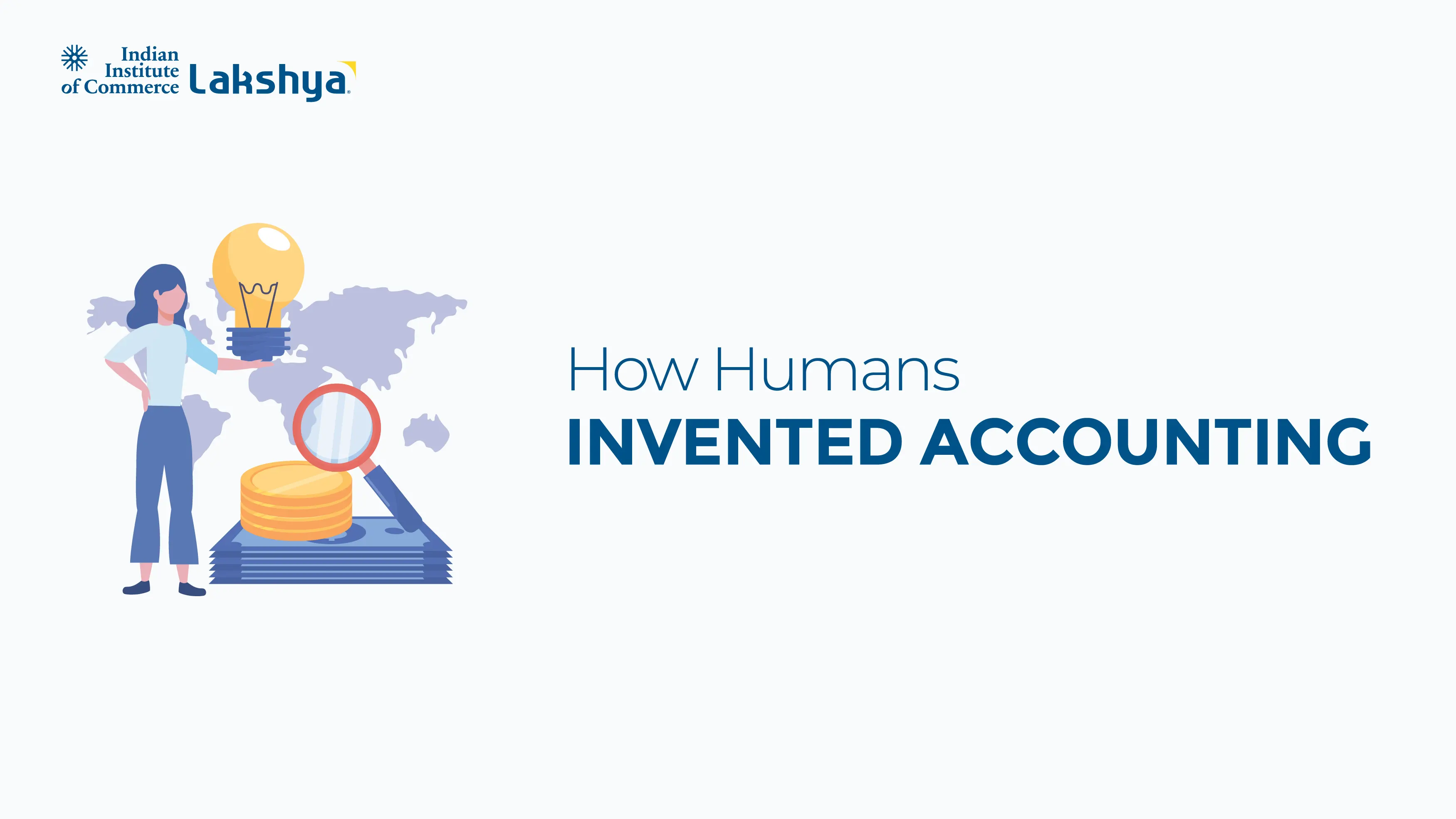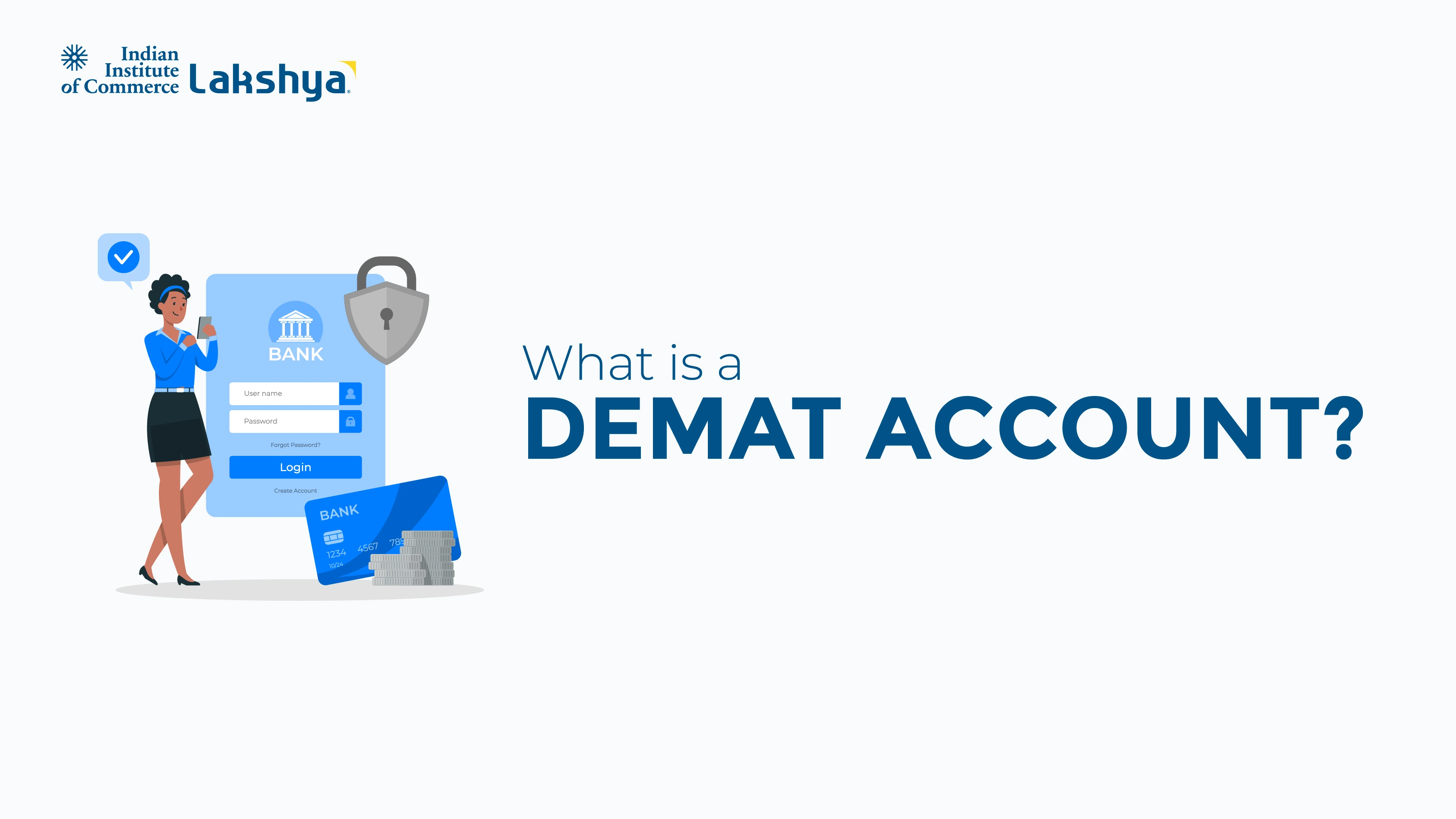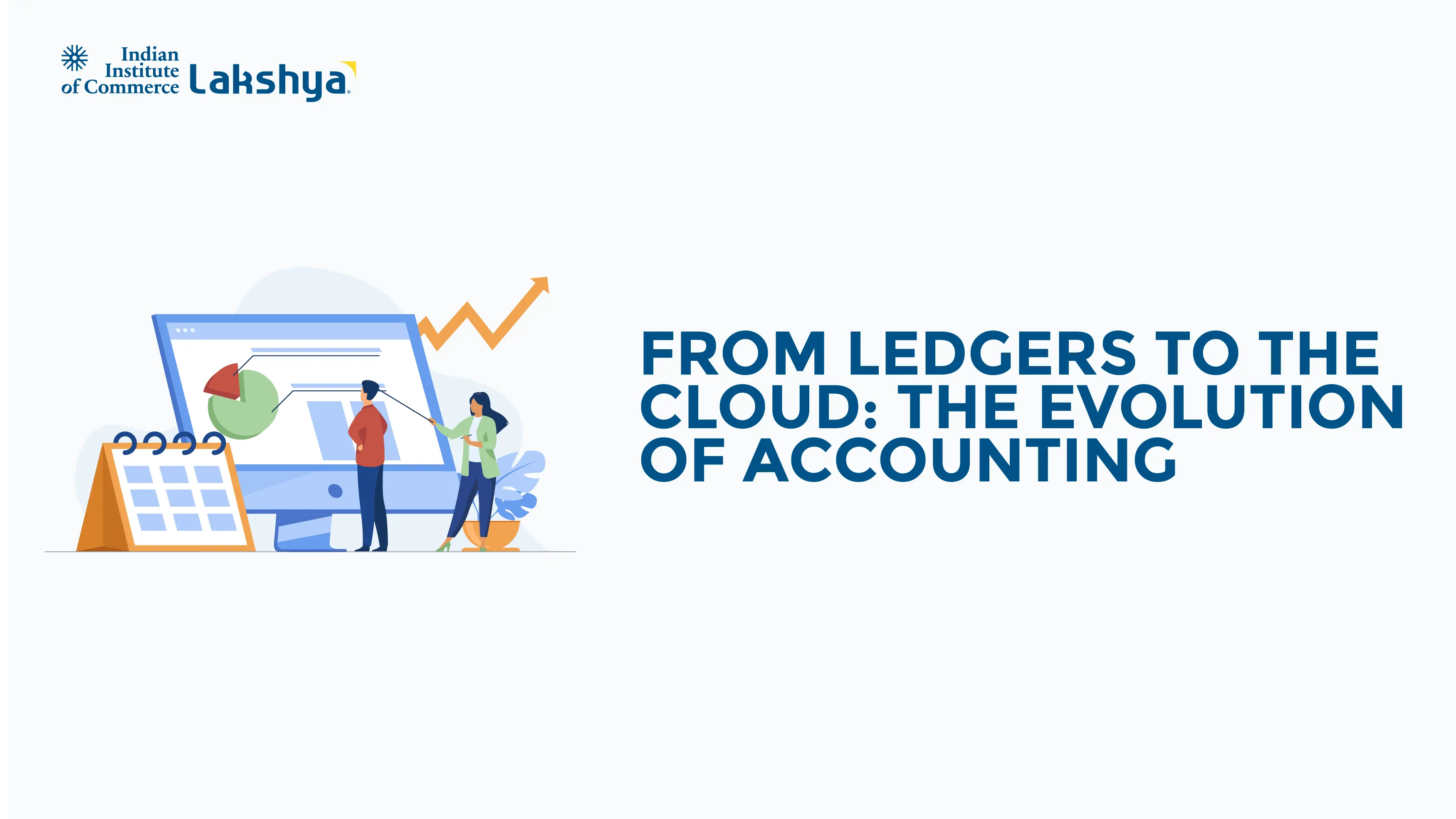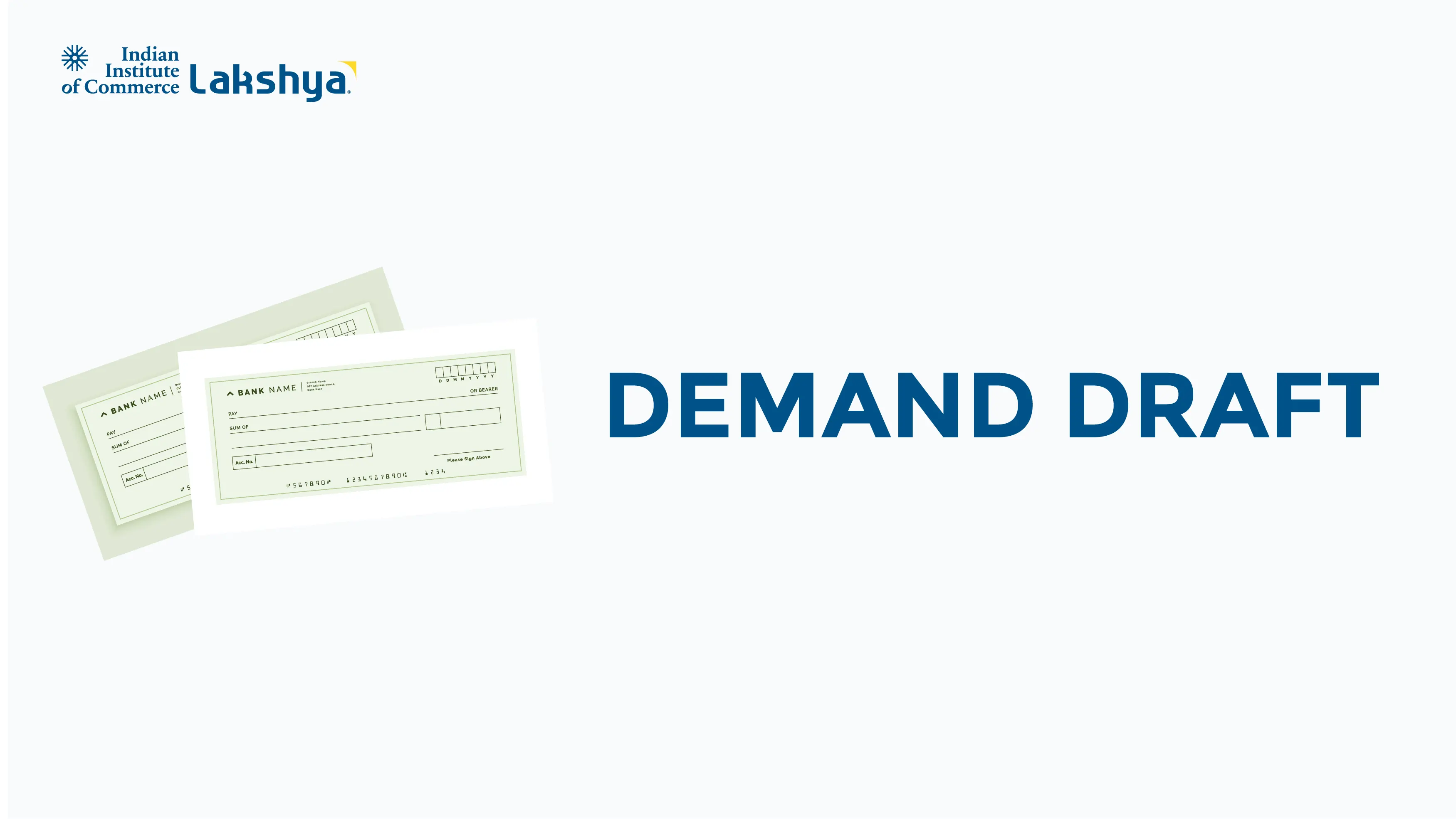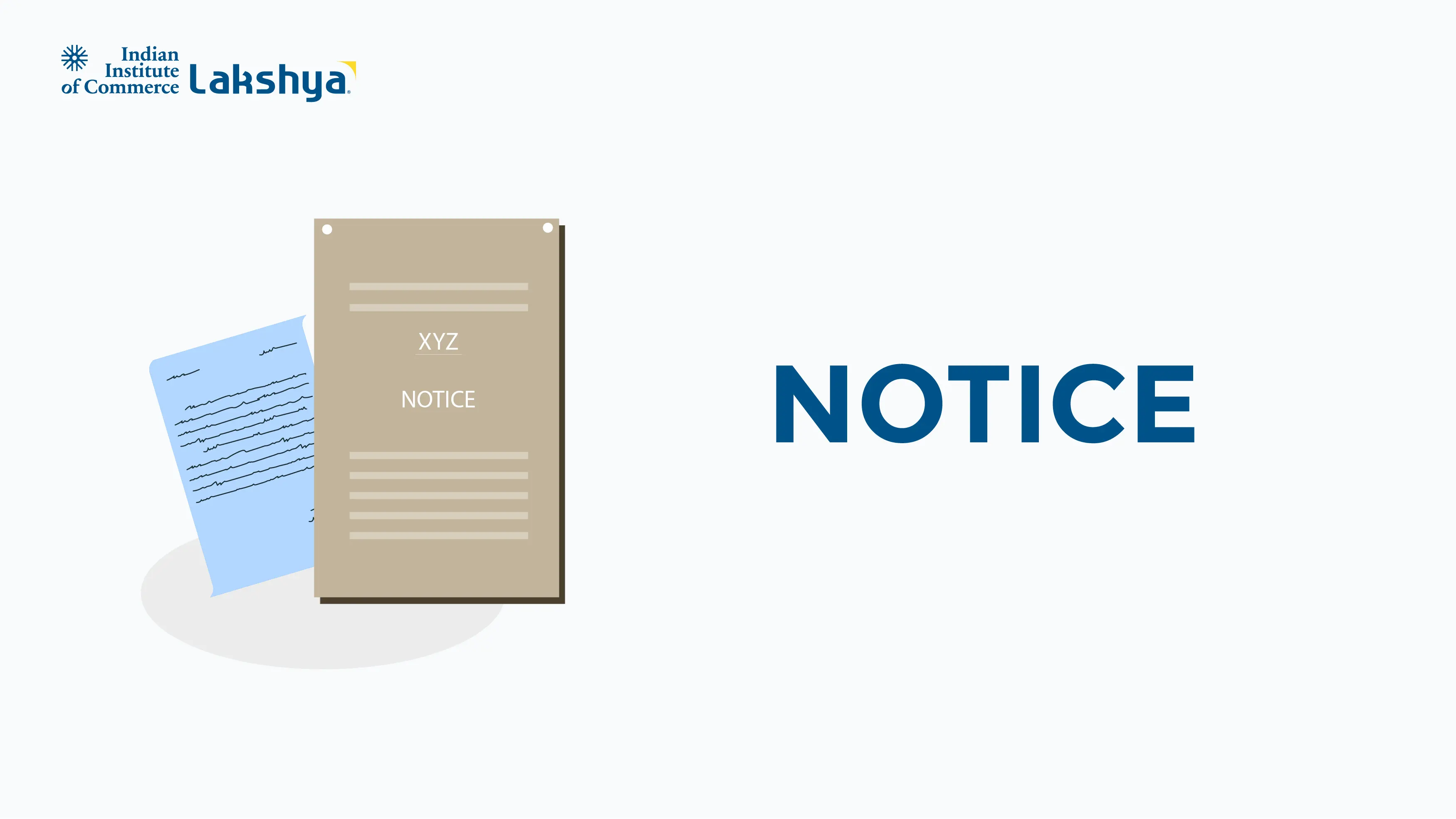Important Questions in Accountancy Class 11
Last Updated On -25 Oct 2025
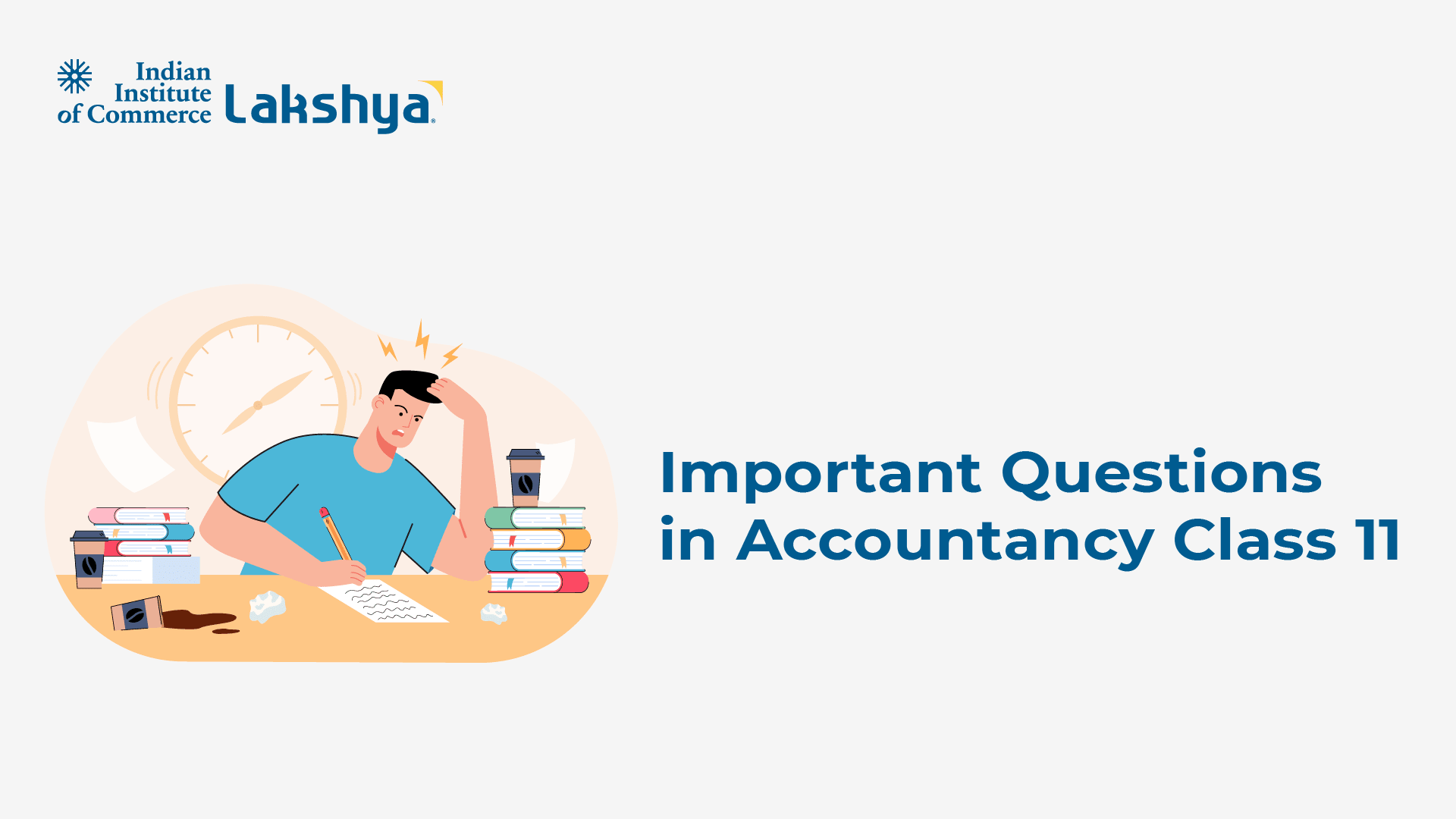
One of the subjects that are central in the Commerce stream of Class 11 is accountancy. It provides a basis on the financial side of any business and prepares them with a higher course in finance, commerce and career related courses such as CA, CMA and ACCA. Good marks in Accountancy mean that one has to be conceptual, practiced, and also be in command of journal entries, ledgers, and financial statements.
We are going to discuss in this blog 20 most important Class 11 Accountancy questions with the detailed explanations of their answers which will help you to get ready to examinations successfully.
What is Accountancy?
Accountancy refers to the methodical procedure of documenting, categorizing, generalizing and interpreting business financial dealings. It assists in knowing profit or loss of a specific period and financial position of an organization. Accountancy is the language of business, and it makes the owners, investors, creditors, and management make wise decisions and guarantee financial transparency by giving them the necessary information.
What is Accounting and What are its Objectives.
Accounting refers to the process of documenting, categorizing, condensing, and interpreting financial transactions to avail them to the users to make decisions.
Q1. What are the Key Objectives of Accounting?
To document business transactions in an orderly manner:
- To determine profit or loss.
- In order to determine the financial position.
- To convey financial details to the stakeholders.
- To assist in managerial decision-making.
Q2. Which are the qualitative features of accounting information?
The qualitative characteristics are:
- Reliability: The information must be correct and must not be inaccurate.
- Relevance: It should be of use in the decision making.
- Understandability: It is desired that the information be easy to understand.
- Comparability: The results should be easily comparable by the users over time or between firms.
Q3. What is the difference between the Capital and Revenue Expenditure?
The difference between the capital and revenue expenditure is as following:
Basis |
Capital expenditure |
Revenue Expenditure |
|
Nature |
Long term benefit |
Short term benefit |
|
Example |
Purchase of machinery |
Repairs of machinery |
|
Effect |
Added to asset value |
Charged to profit and l0oss acccount |
Q4. What is the distinction between Assets and Goods?
- Goods: This is a commodity sold (e.g., inventory).
- Assets: They are resources of the business which give benefits in the future (e.g., machine, building).
Goods are all assets but not everything is good.
Q5. Give an example of the Going Concern Concept.
This business idea presupposes that the business is going to be running forever.
Example: When preparing financial statements, assets are recorded at historical cost and not liquidation value under the assumption that the firm will not soon be attending its funeral.
Q6. What is the Dual Aspect Concept?
According to it, a transaction does not only have one effect but two effects: .
Example:
In case of purchase of furniture of price ₹10,000 in cash:
- Furniture A/c - Debit ₹10,000
- Cash A/c - Credit ₹10,000
Q7. What is a Journal? Write its importance?
The core book of accounts in which all the business transactions are represented in a chronological order is a Journal.
Importance:
- It is helpful to determine the credit and debit sides of every transaction.
- It is used as a document of documented transactions.
Q8. Record the following transactions:
- Initiated business with money ₹1,00,000.
- Purchased goods for cash ₹20,000.
- Sold goods for cash ₹25,000.
Date |
Particulars |
L.F. |
Dr(₹) |
Cr(₹) |
|
Cash A/c Dr. |
1,00,000 |
|||
|
To Capital A/c |
1,00,000 |
|||
|
(Being business commenced) |
||||
|
Purchases A/c Dr. |
20,000 |
|||
|
Purchases A/c Dr. |
20,000 |
|||
|
(Being goods purchased for cash) |
||||
|
Cash A/c Dr. |
25,000 |
|||
|
To Sales A/c |
25,000 |
|||
|
(Being goods sold for cash) |
Q9. What is a Ledger?
A final entry ledger is a book that holds individual accounts of all the information of the transactions made in the journal. It assists in carrying out the balance of individual accounts.
Q10. What is Trial Balance and what is the purpose of preparing it?
A Trial Balance is a statement of the debit and credit balance of all the ledger accounts.
Purpose:
- To test arithmetical correctness of books.
- To assist in the preparation of final accounts.
Q11. What is the depreciation and why?
Depreciation refers to the permanent and continuous loss in the value of a fixed asset caused by wear and tear, lapse of time, or obsolescence.
Causes:
- Usage of assets.
- Passage of time.
- Technological obsolescence.
- Accidents.
Q12. Which is the difference between provision and reserves?
Differences arise due to:
Basis |
Provisions |
Reserves |
|
Purpose |
Created for specific liability |
Created for strengthening financial position |
|
Necessity |
Compulsory |
Optional |
|
Example |
Provision for Bad Debts |
General Reserve |
Q13. Why does the balance as per cash book differ from that of pass books?
- Cheques that have not been presented.
- Deposited, but uncredited cheques.
- Bank charges which are not registered in the cash book.
- Interest billed on the bank not recorded in the cash book.
Q14. Why do we need a Bank Reconciliation Statement (BRS)?
It guarantees that the records of the business and bank are similar, as the errors, omissions, and fraud can be identified.
Q15. Define accounting errors. What are their types?
Accounting errors are mistakes that are not meant to be but rather recording or posting of transactions.
Types:
- Errors of Omission
- Errors of Commission
- Errors of Principle
- Compensating Errors
Q16. How to make a Pass rectification entry?
Sales to Mr. Wrong credit of a value ₹5,000 had been placed to his account.
Rectification Entry:
- Suspense A/c Dr. [?]10,000
- To Mr. A's A/c [?]10,000
(Fixing wrong credit by debiting the wrong account and crediting the right account)
Q17. What are Financial Statements?
Financial Statements are review reports, which indicate the financial performance and position of a business.
They include:
- Trading Account
- Profit & Loss Account
- Balance Sheet
Q18. What is the purpose of preparing a Balance Sheet?
It demonstrates the financial status of the business at a specific date giving list of assets, liabilities, and capital.
Equation:
- Assets = Liabilities + Capital
Q19. What is a Bill of Exchange?
A bill of exchange is a written, unconditional order of one party to another to pay a given amount of money immediately or at a specific later time.
Q20. What is the distinction between a Promissory Note and a Bill of Exchange?
Basis |
Promissory Note |
Bill of Exchange |
|
Parties |
Two |
Three |
|
Drawer |
Debtor |
Creditor |
|
Acceptance |
Not required |
Required |
Marks Weightage For Class 11 Accountancy
Class 11 Accountancy paper is mostly split into two segments -Part A: Financial Accounting – I and II. The total theory paper is of 80 marks and 20 marks will be given to the project work. Such vital chapters as Journal Entries, Ledger, Trial Balance, Depreciation, Bank Reconciliation Statement, and Financial Statements have a greater weight of marks, and numerical questions constitute a significant part of the paper. It is important in concept clarity and accuracy in calculations because the majority of the questions test your skills in applying accounting principles in the real world.
Preparation Tips for Class Accountancy
Accountancy requires one to learn more concepts rather than memorizing entries to score well. Record journals and post ledger entries on a daily basis because they are the foundations of all the other problems. Make a note book of formulas and definitions and update it on a regular basis. Compete with past years papers and sample question papers to familiarize with exam patterns. Be particularly attentive to numerical precision and to good presentation - good working notes, right headings and good formats can all make the difference between full marks in a practical question. The actual secrets of success in Accountancy are revision and practice.
Read More About the Important Concepts in Accountancy
FAQs on Important Questions for Class 11 Accountancy
What are the most significant chapters in Class 11 Accountancy?
Journal Entries, Ledger and Trial Balance, depreciation, Bank Reconciliation Statement and financial statements are the most significant chapters of the accounting textbook.
How do I score 100 points in Accountancy Class 11?
Write practice journals every day, memorize formulas, learn concepts rather than memorizing, and solve question papers of the previous years.
Do theory and numerical questions matter?
Both are equally important. Application skills are assessed through numerical problems, whereas theory is used to explain principles in viva or short answer questions.


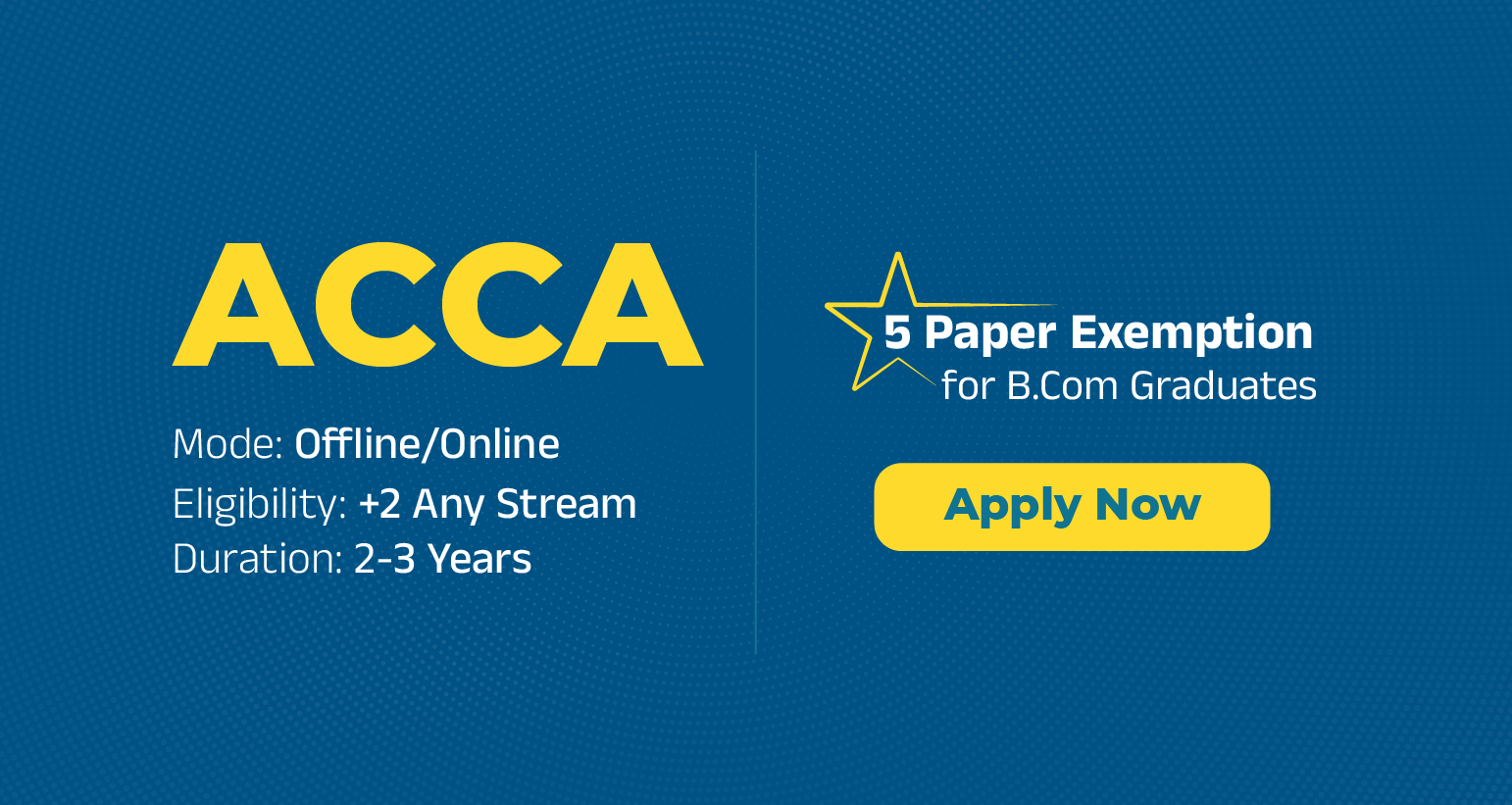





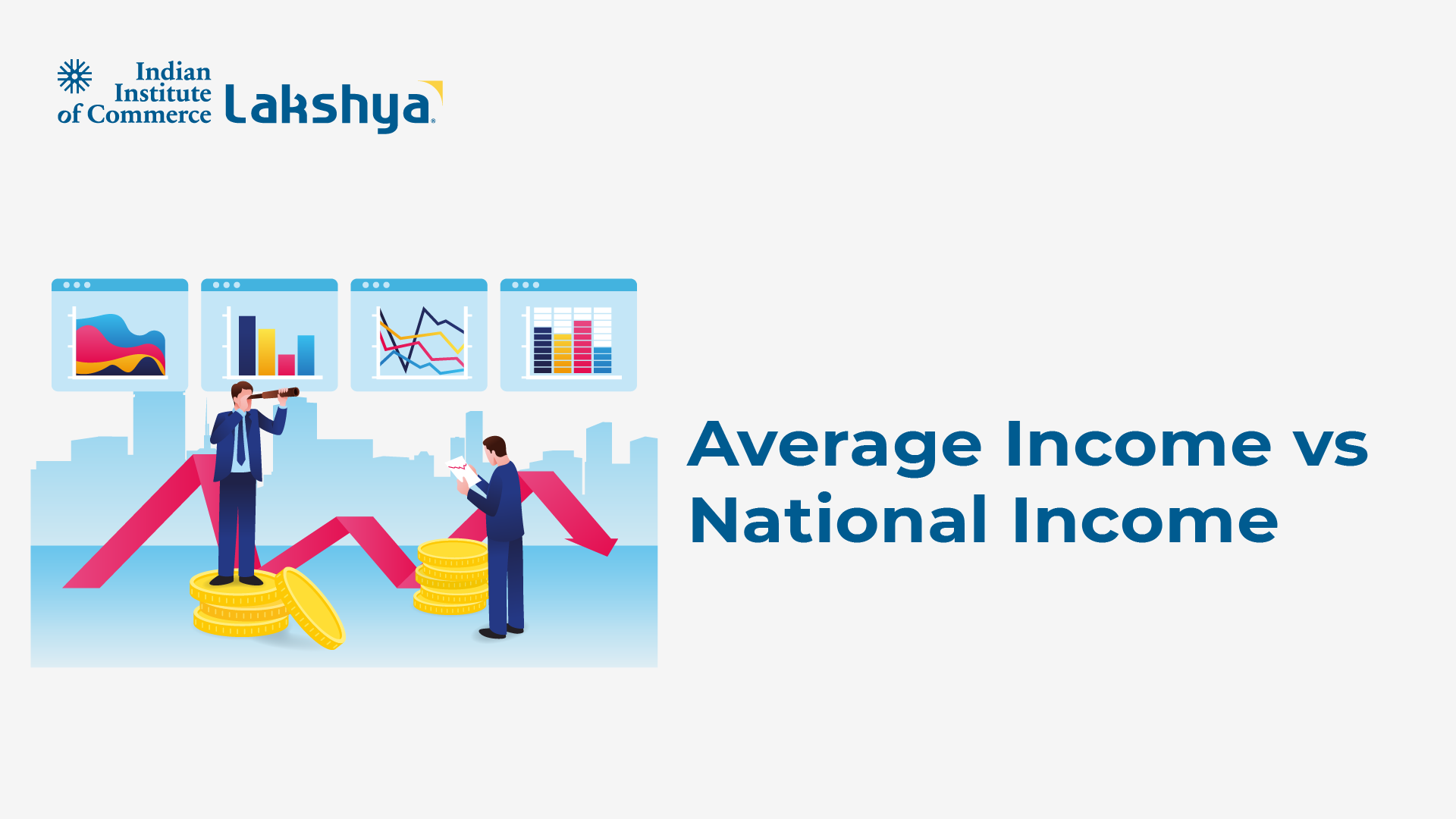

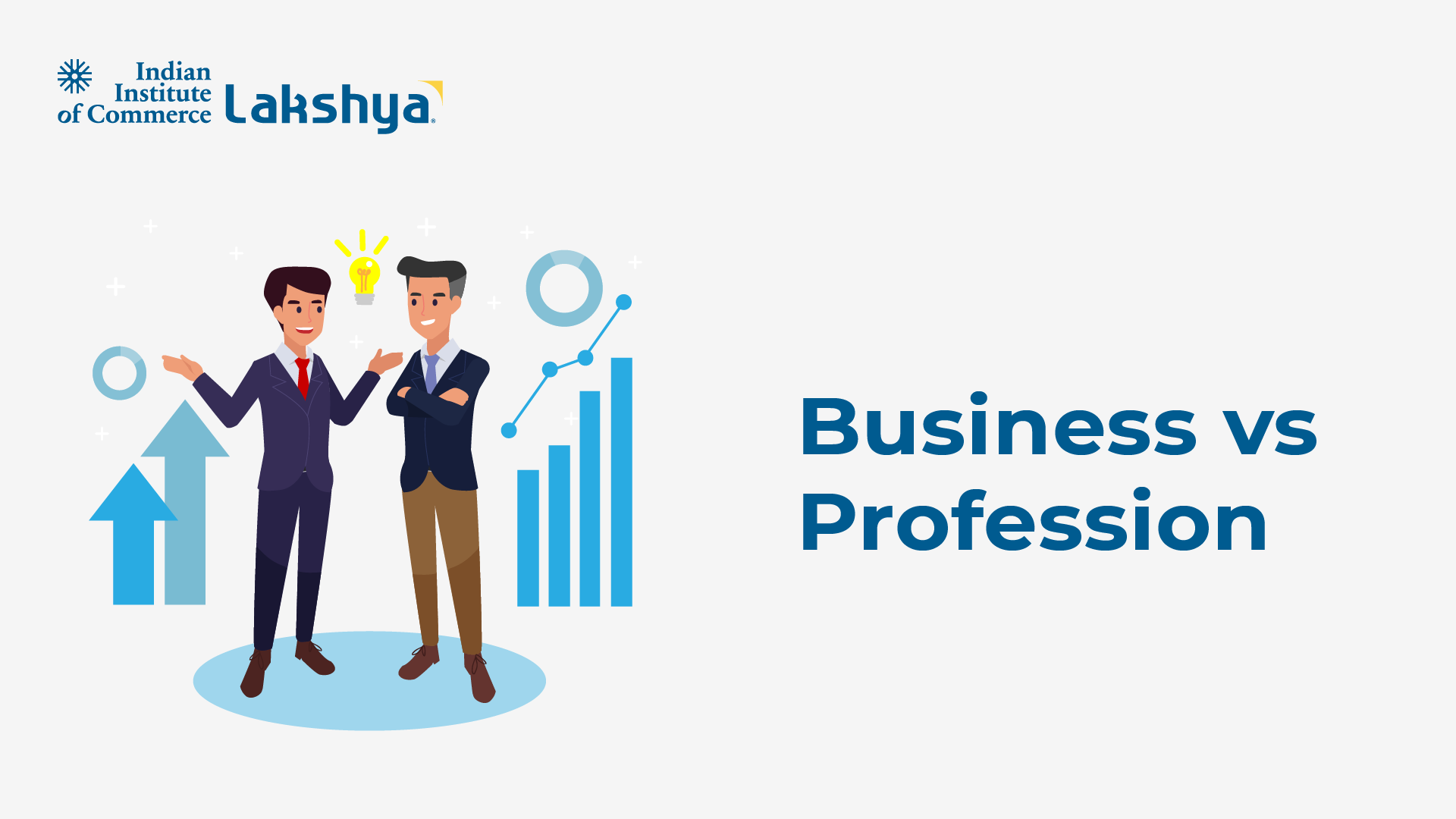
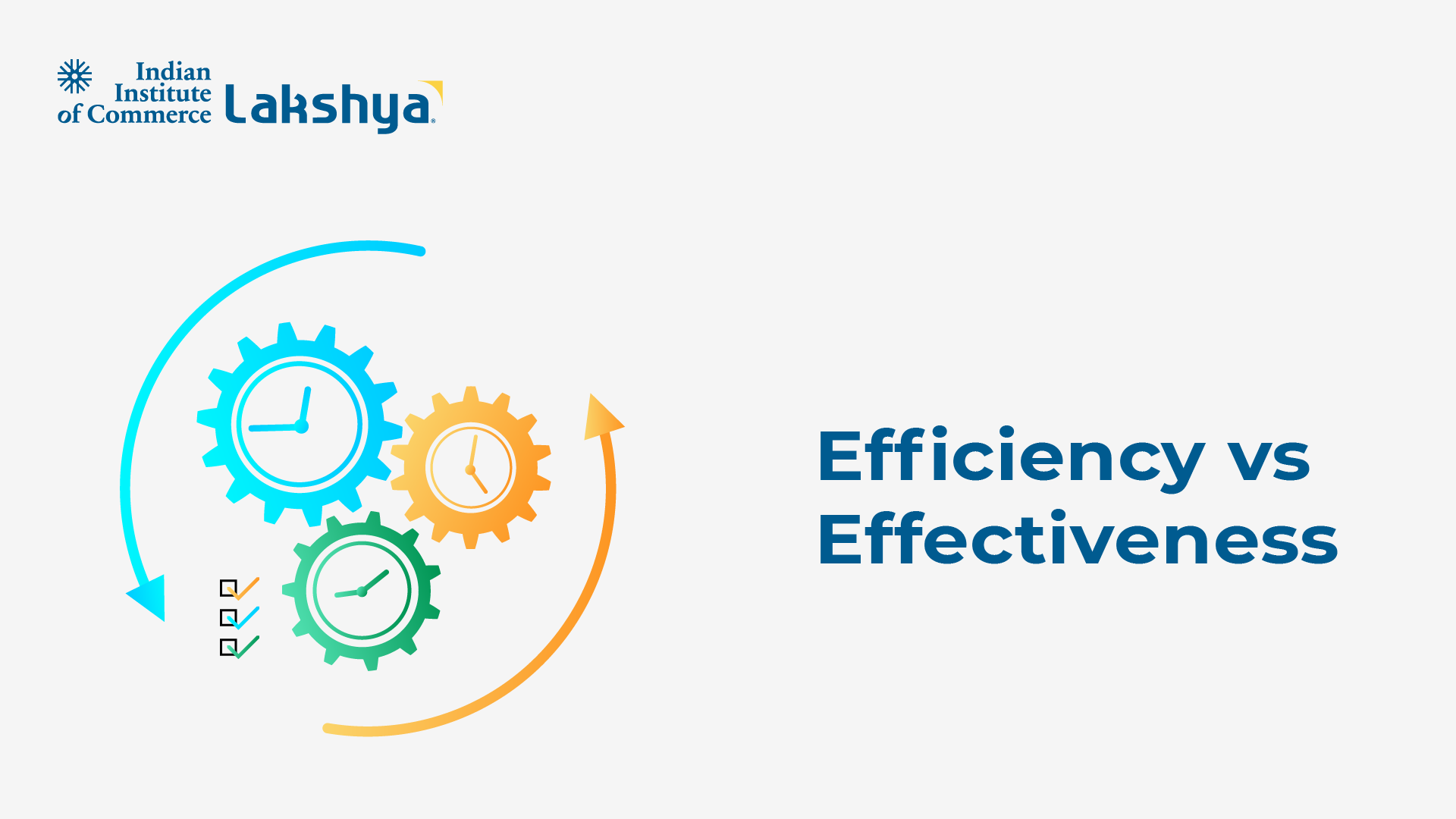


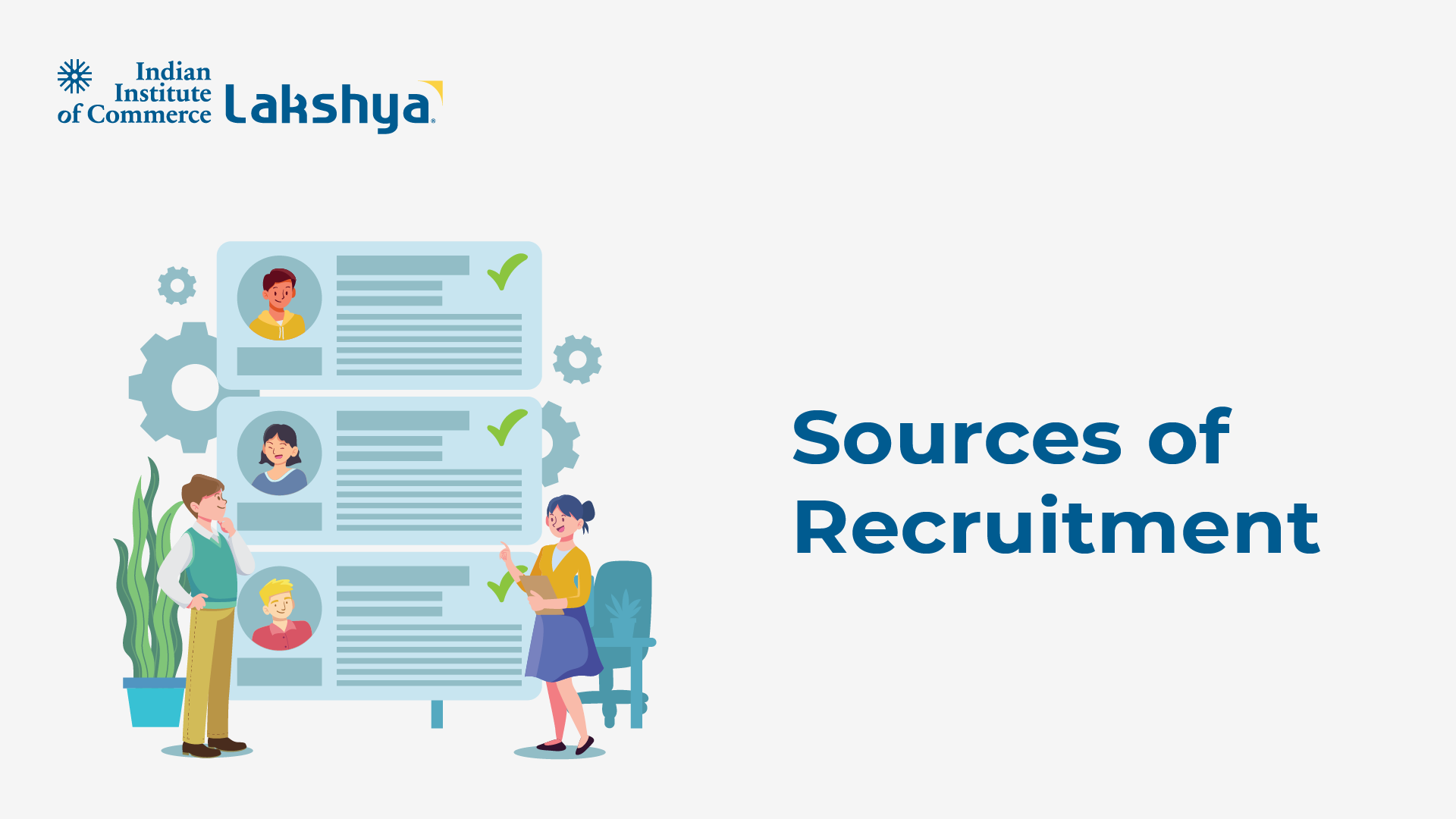


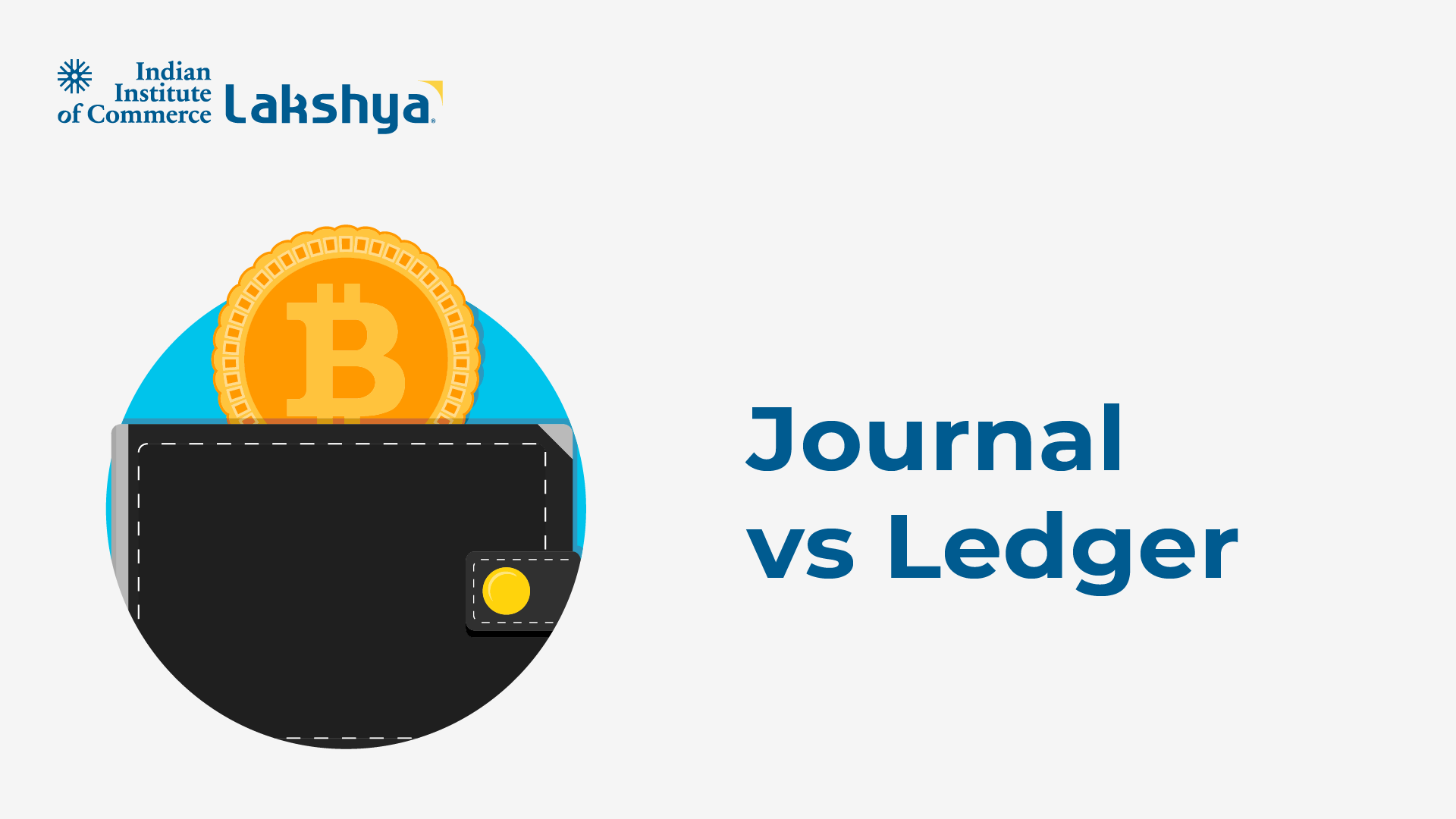
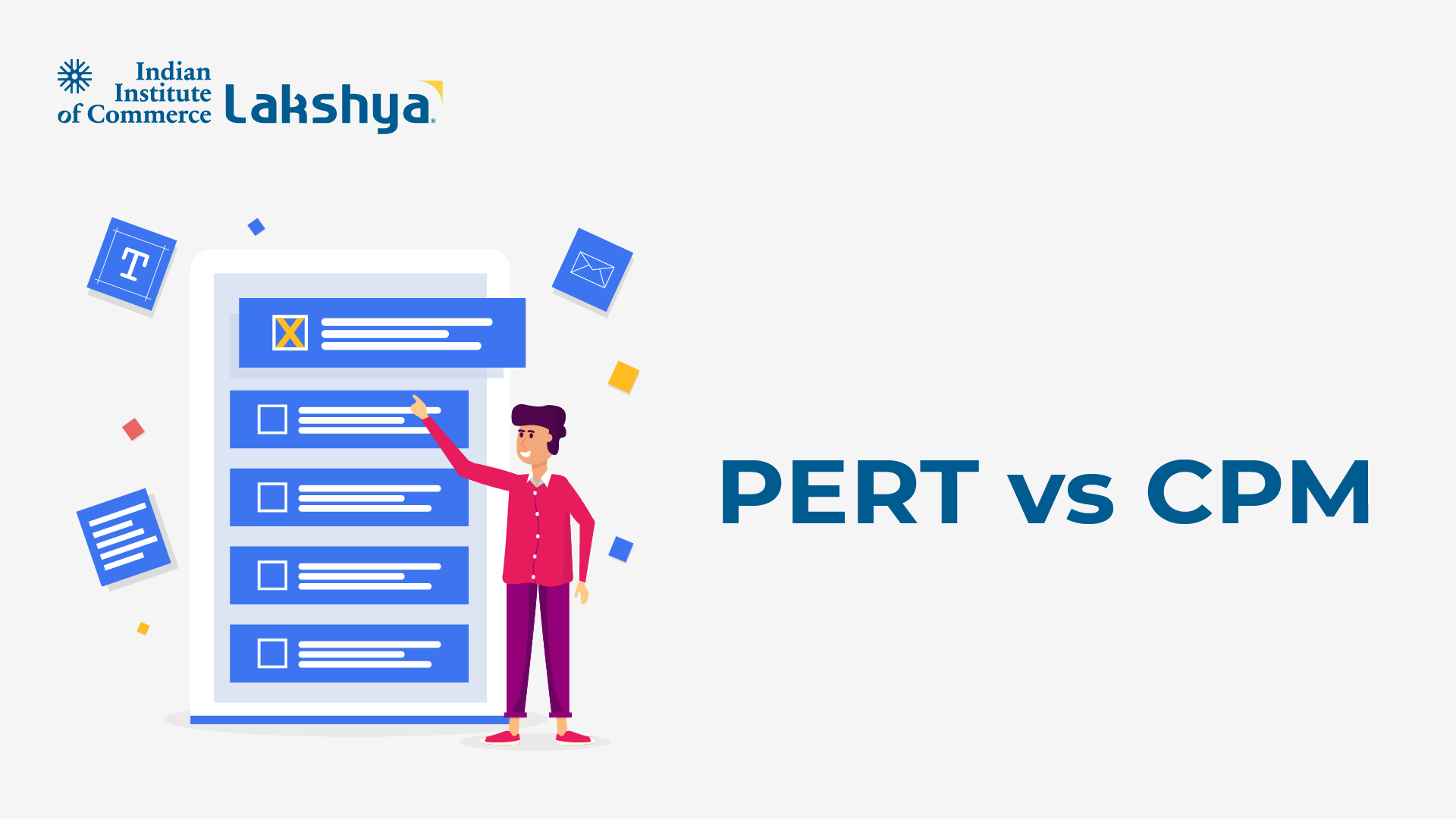
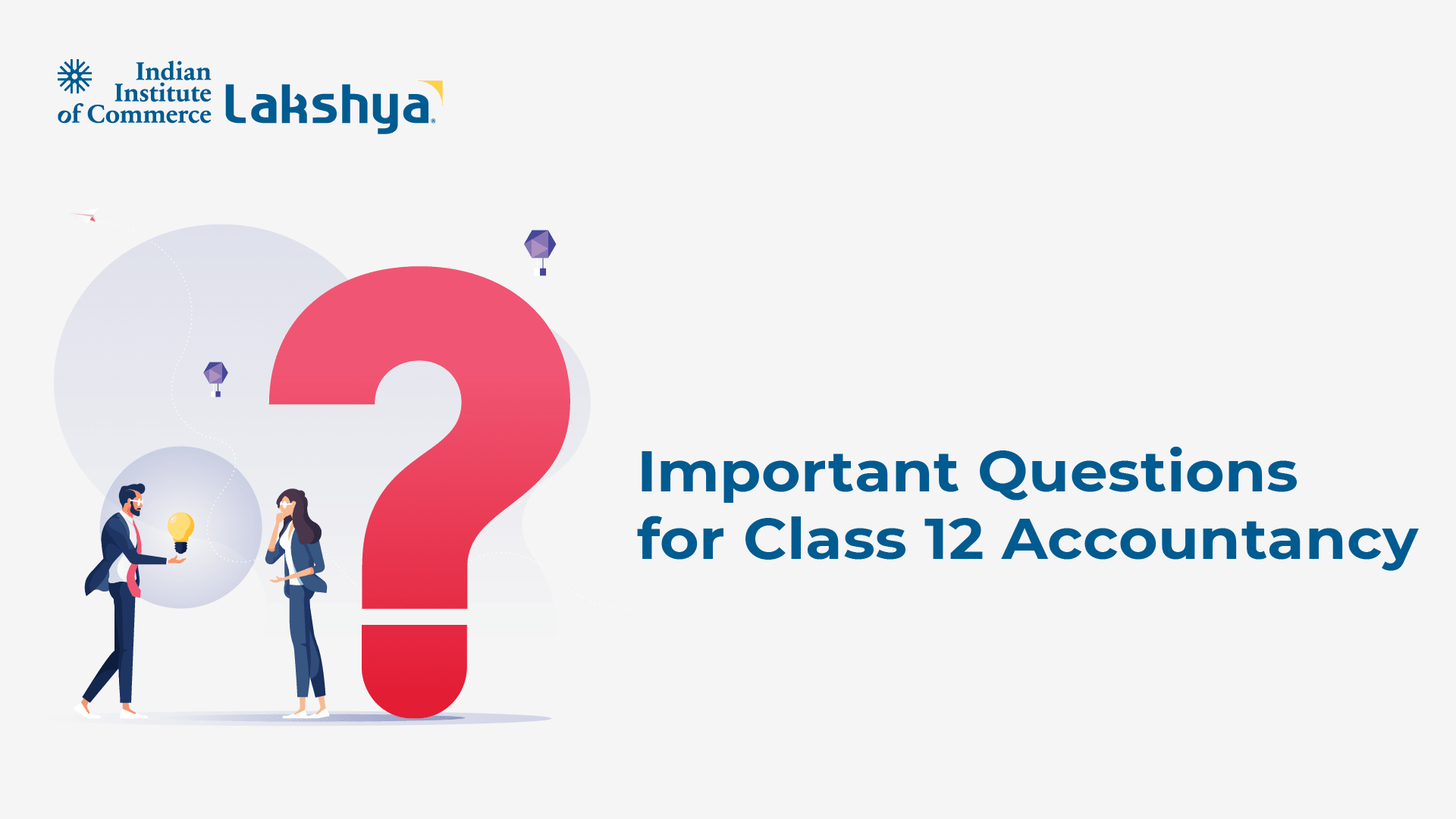
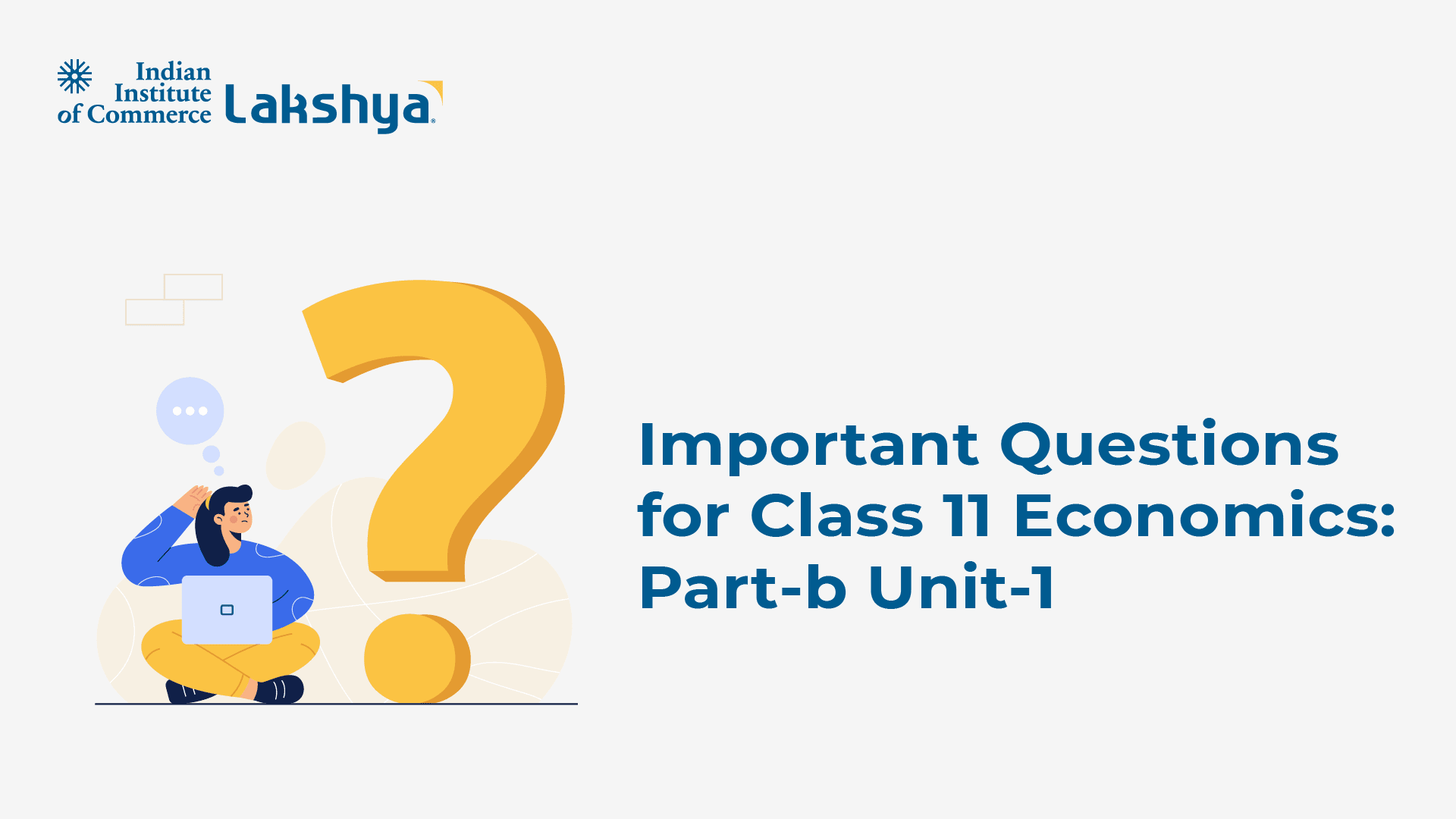
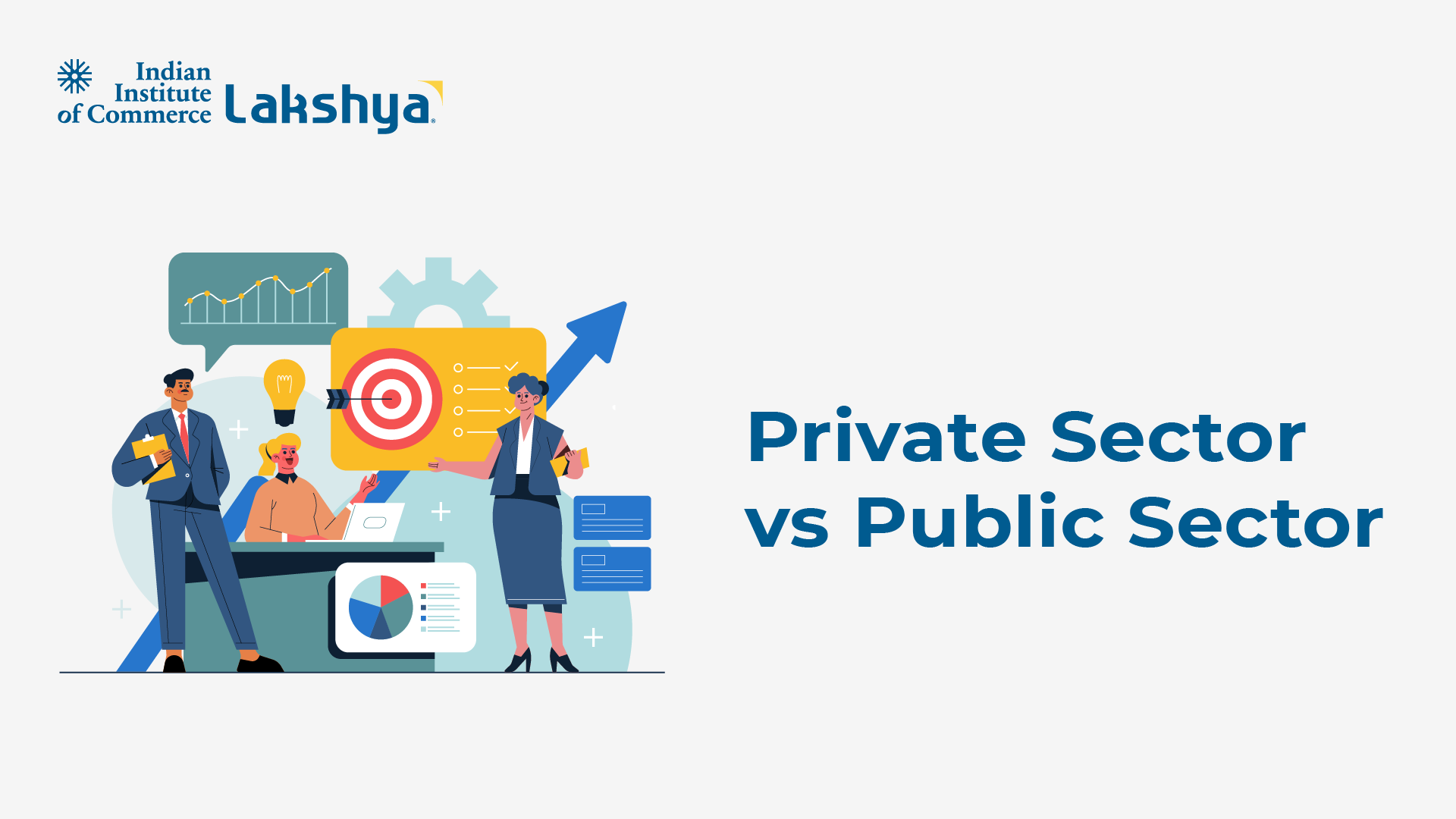
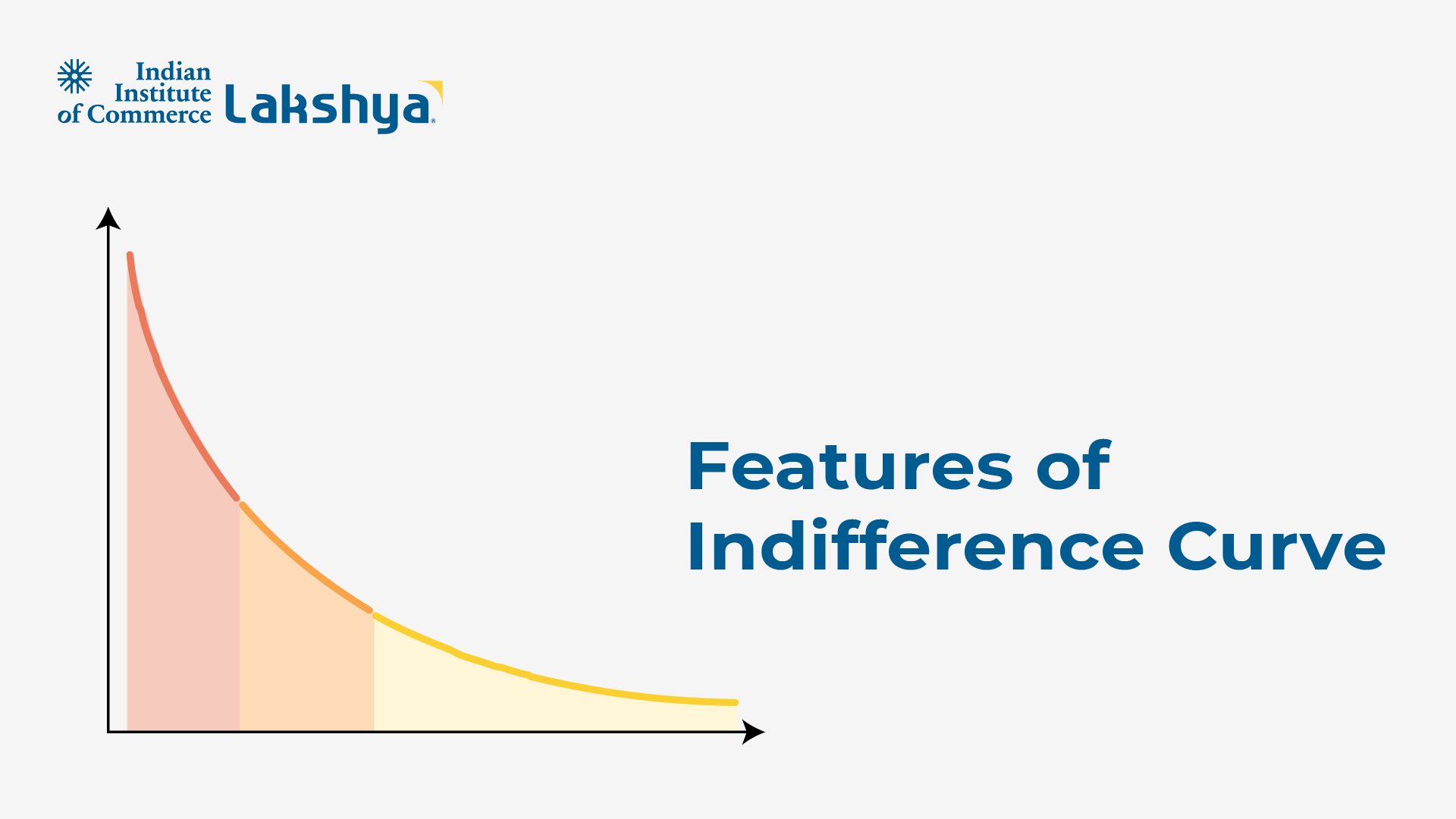

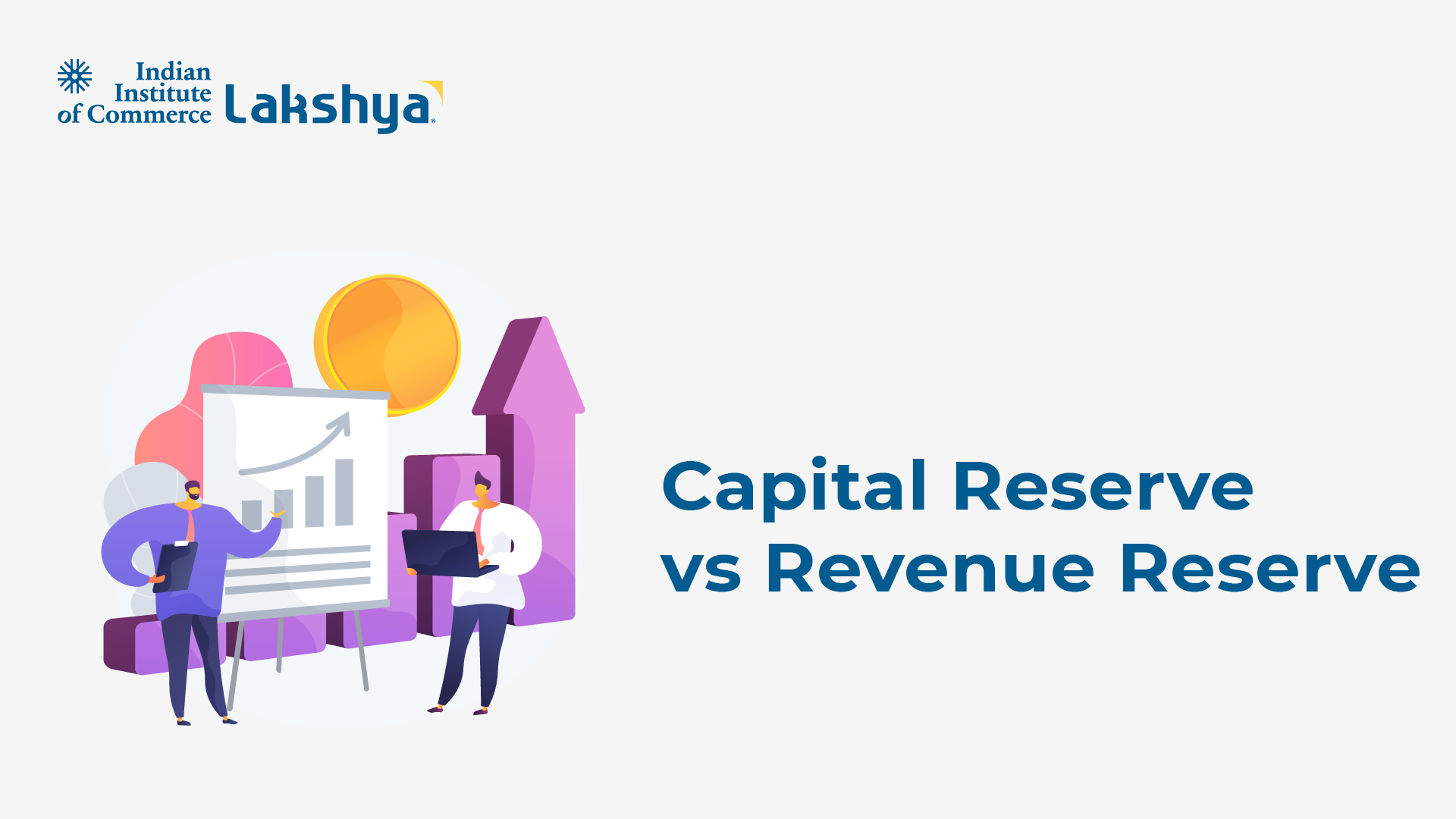
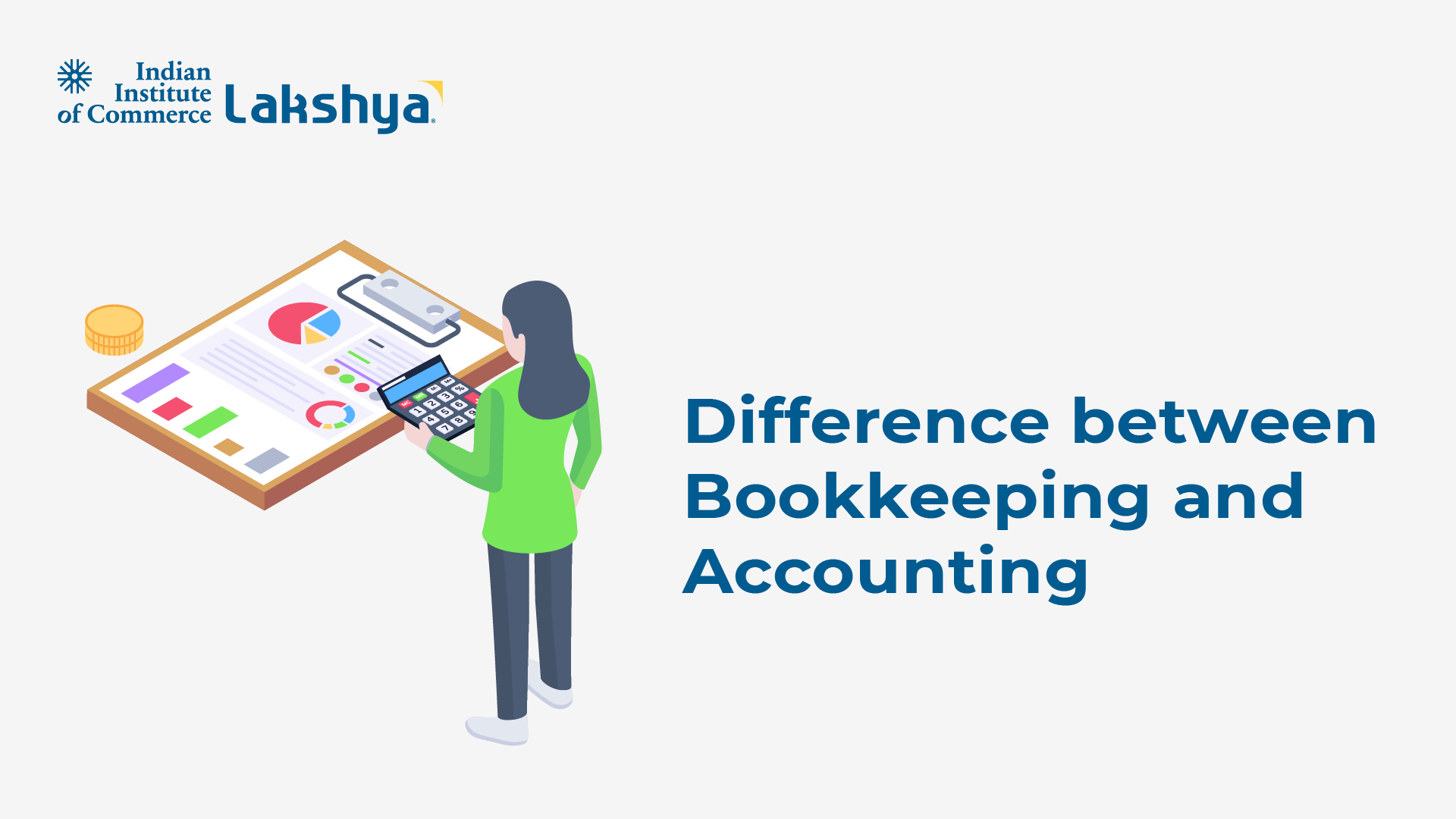

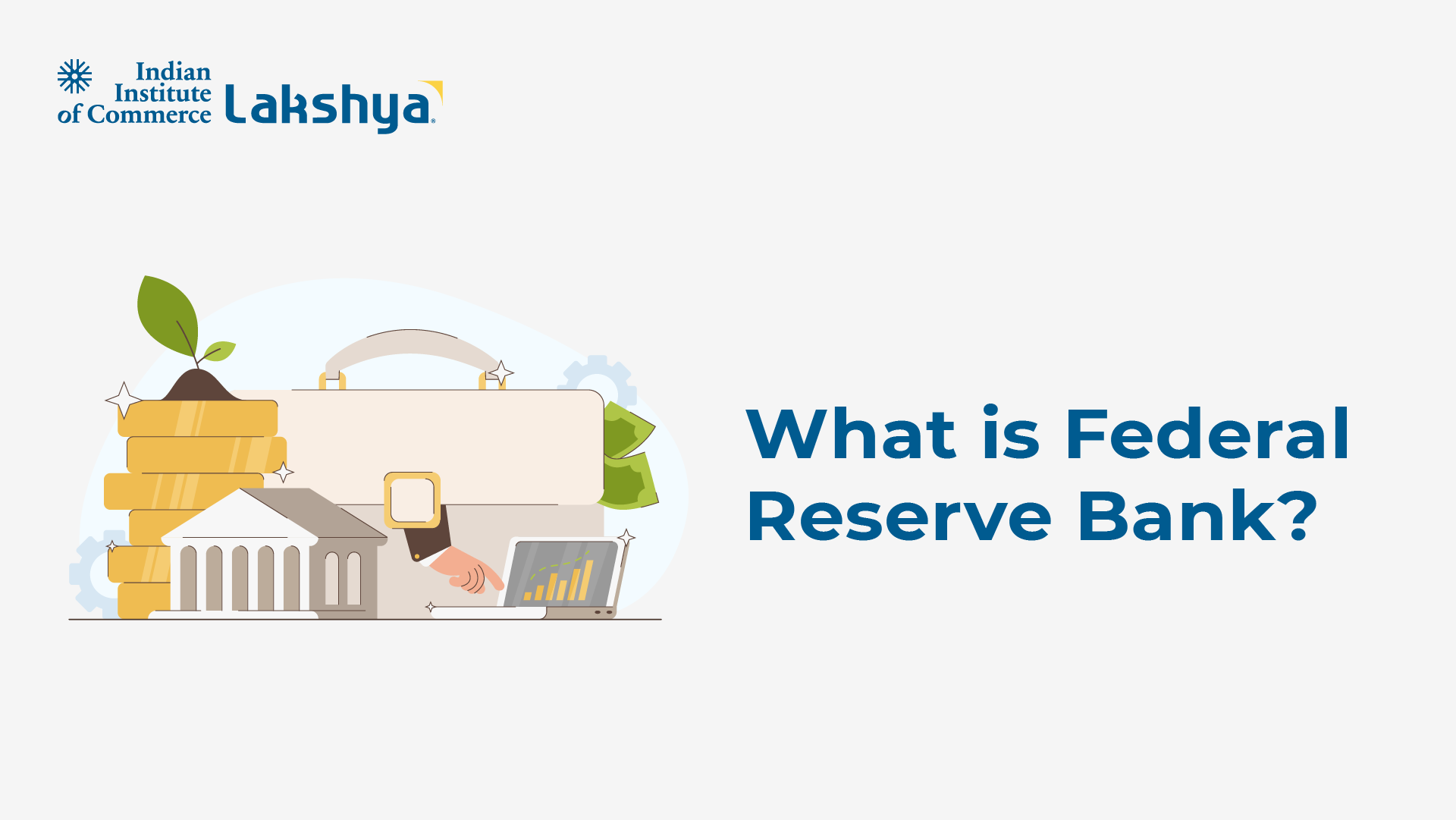




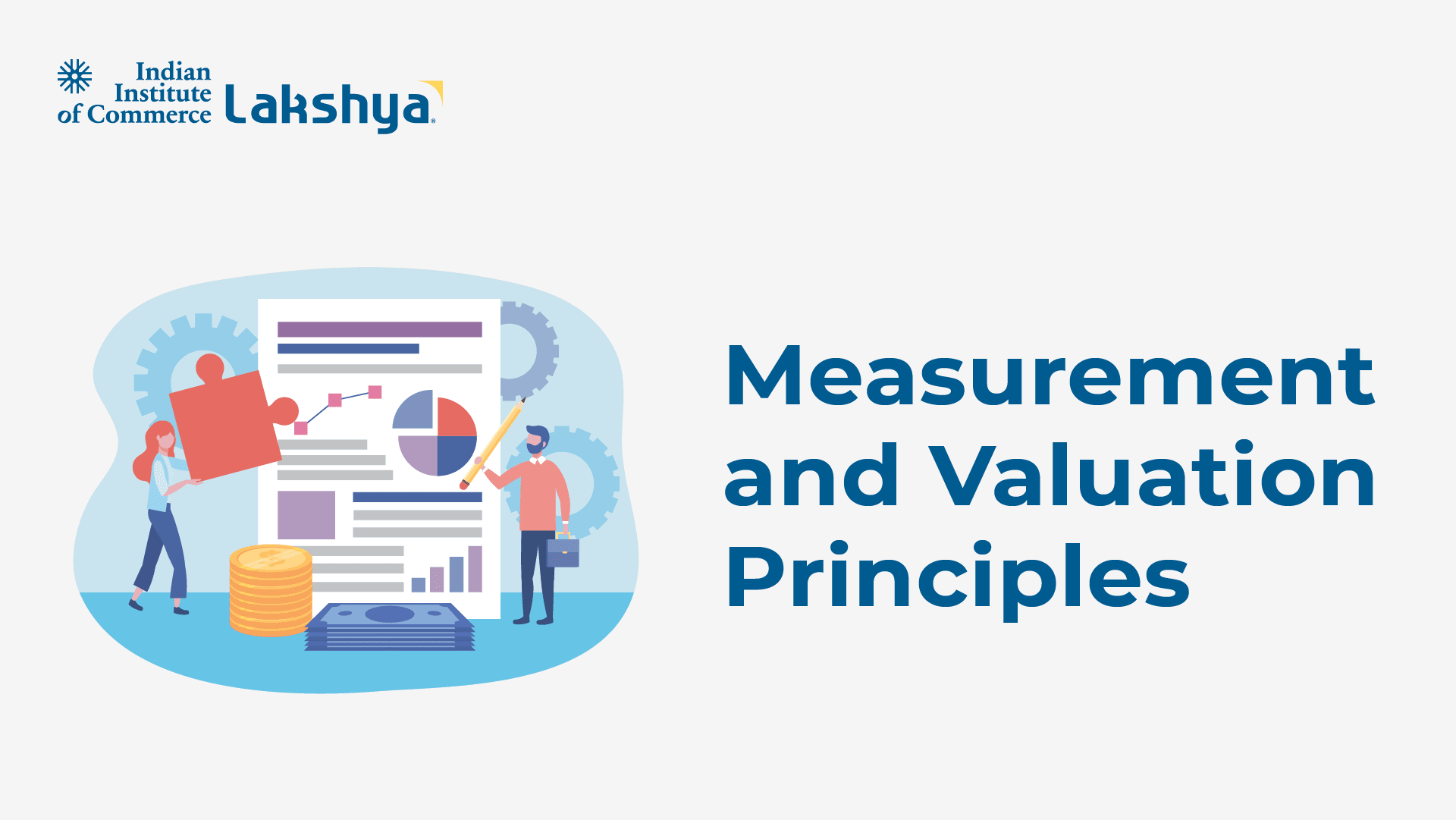

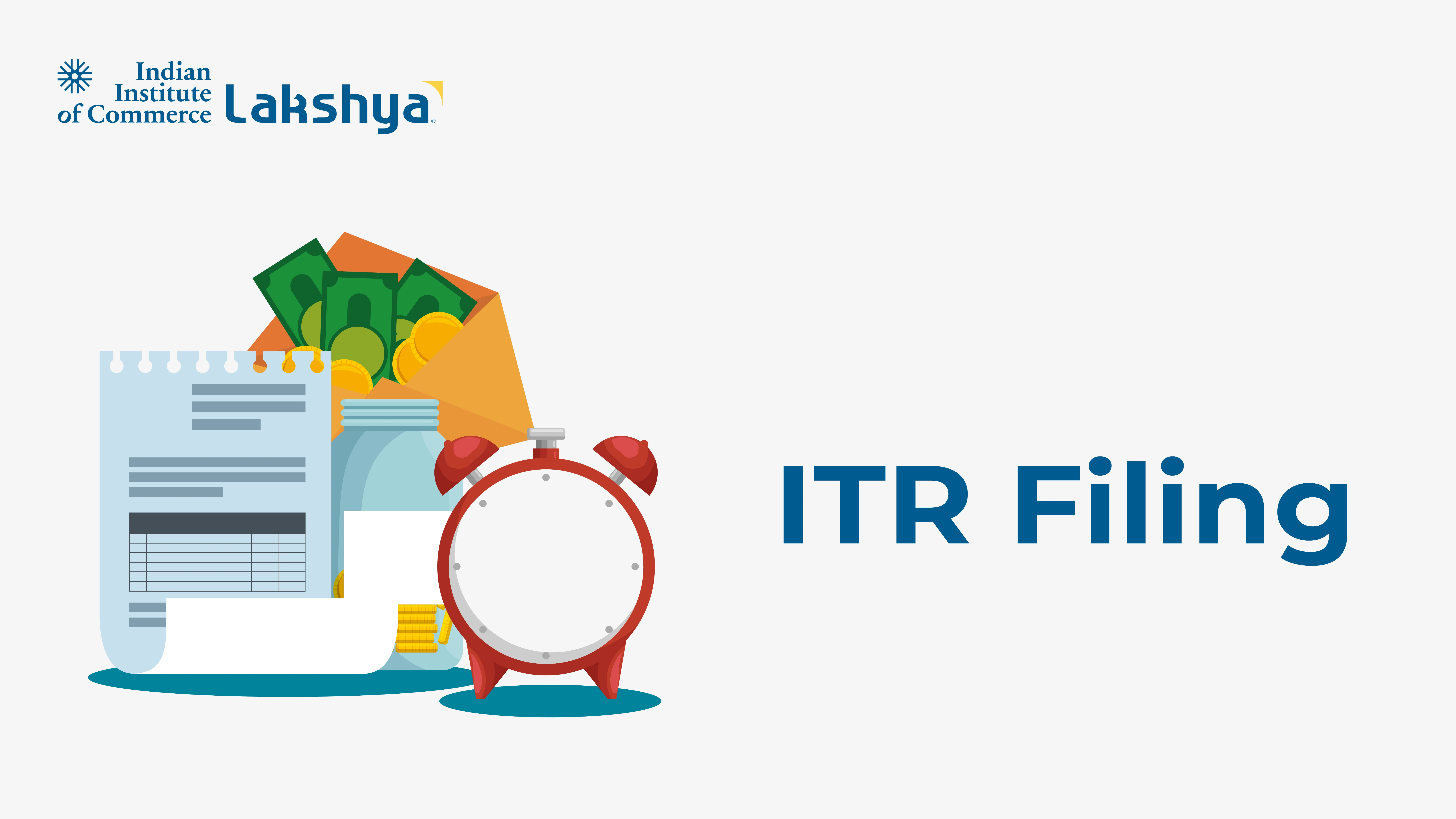
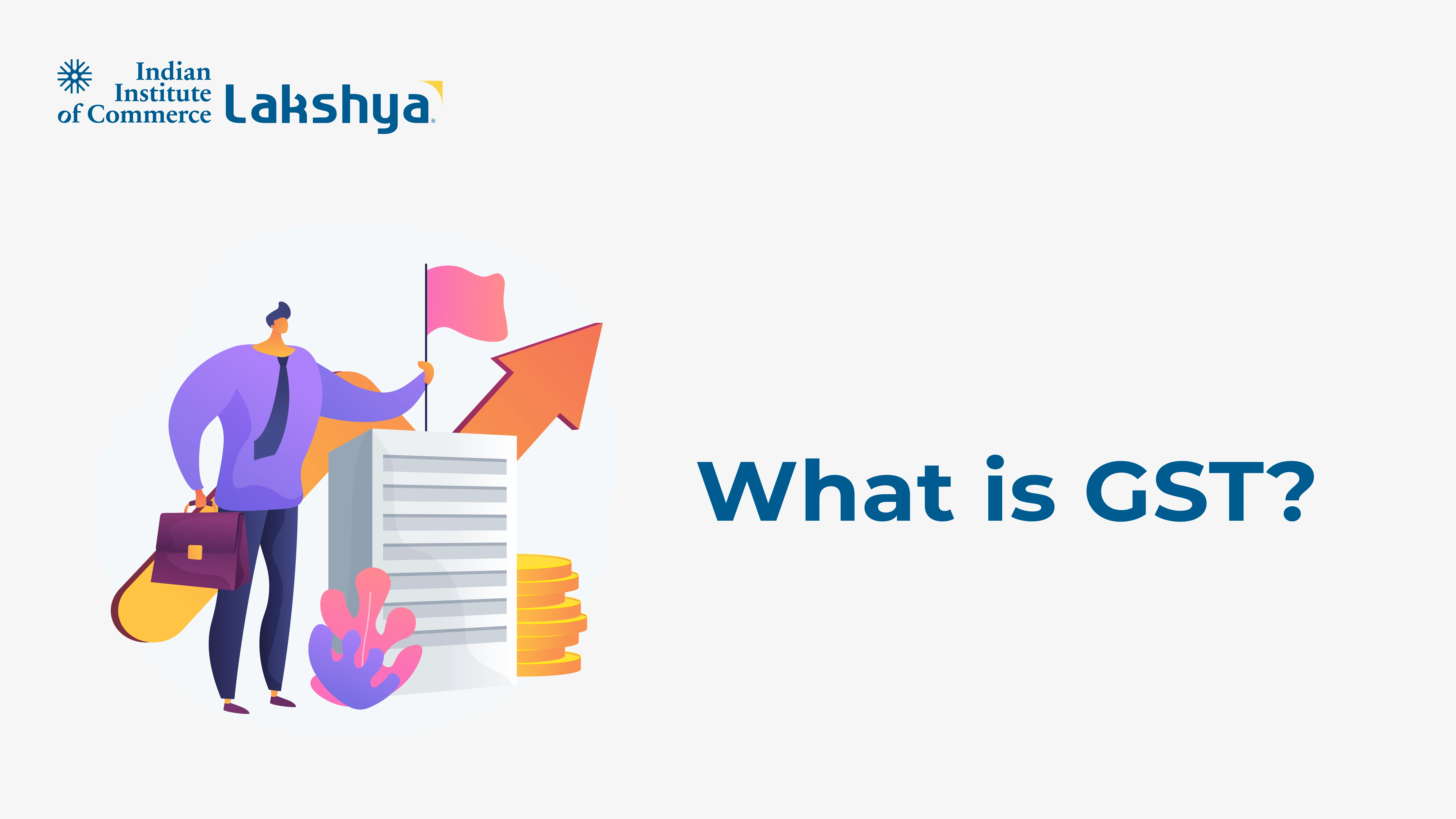
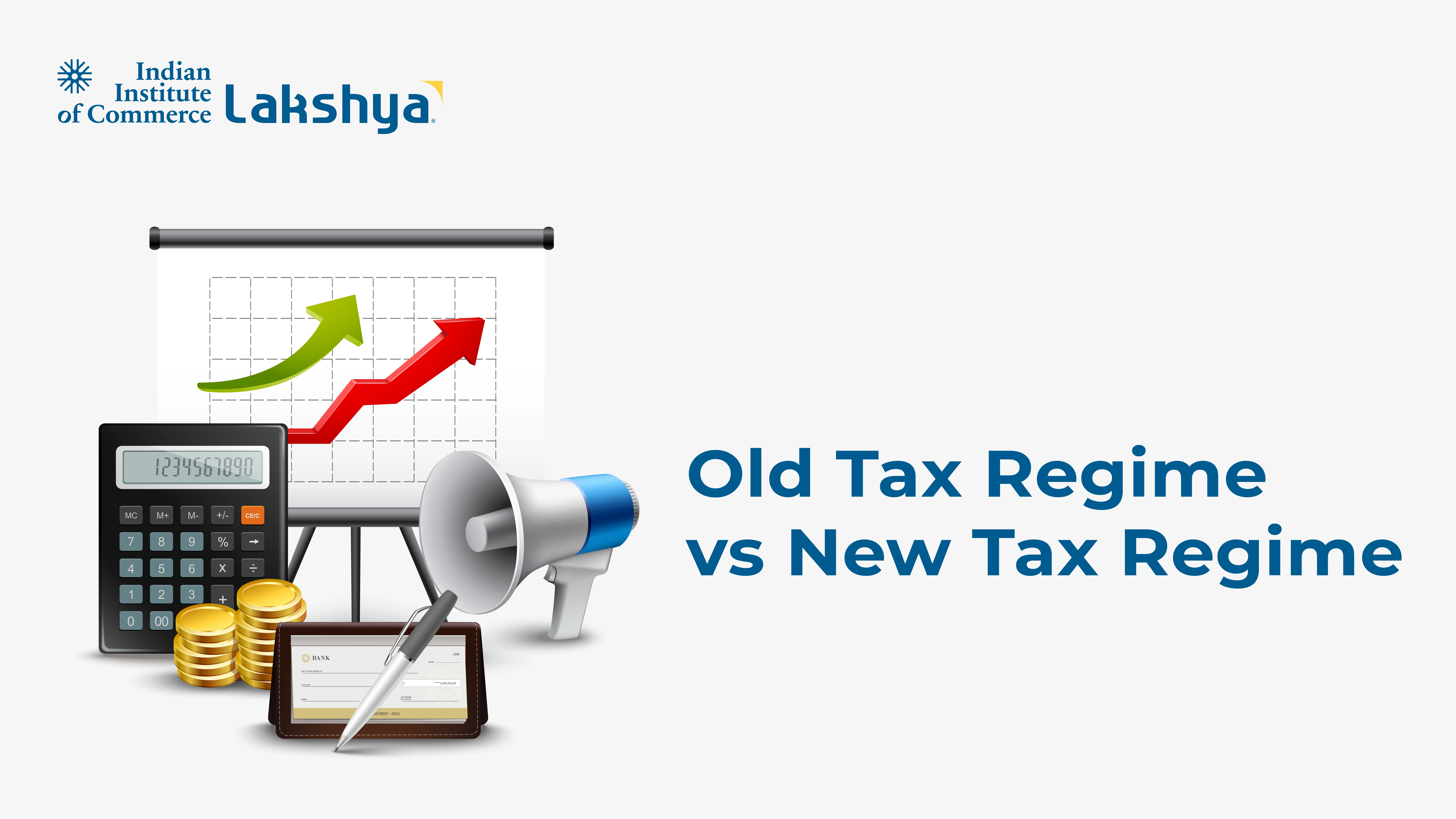

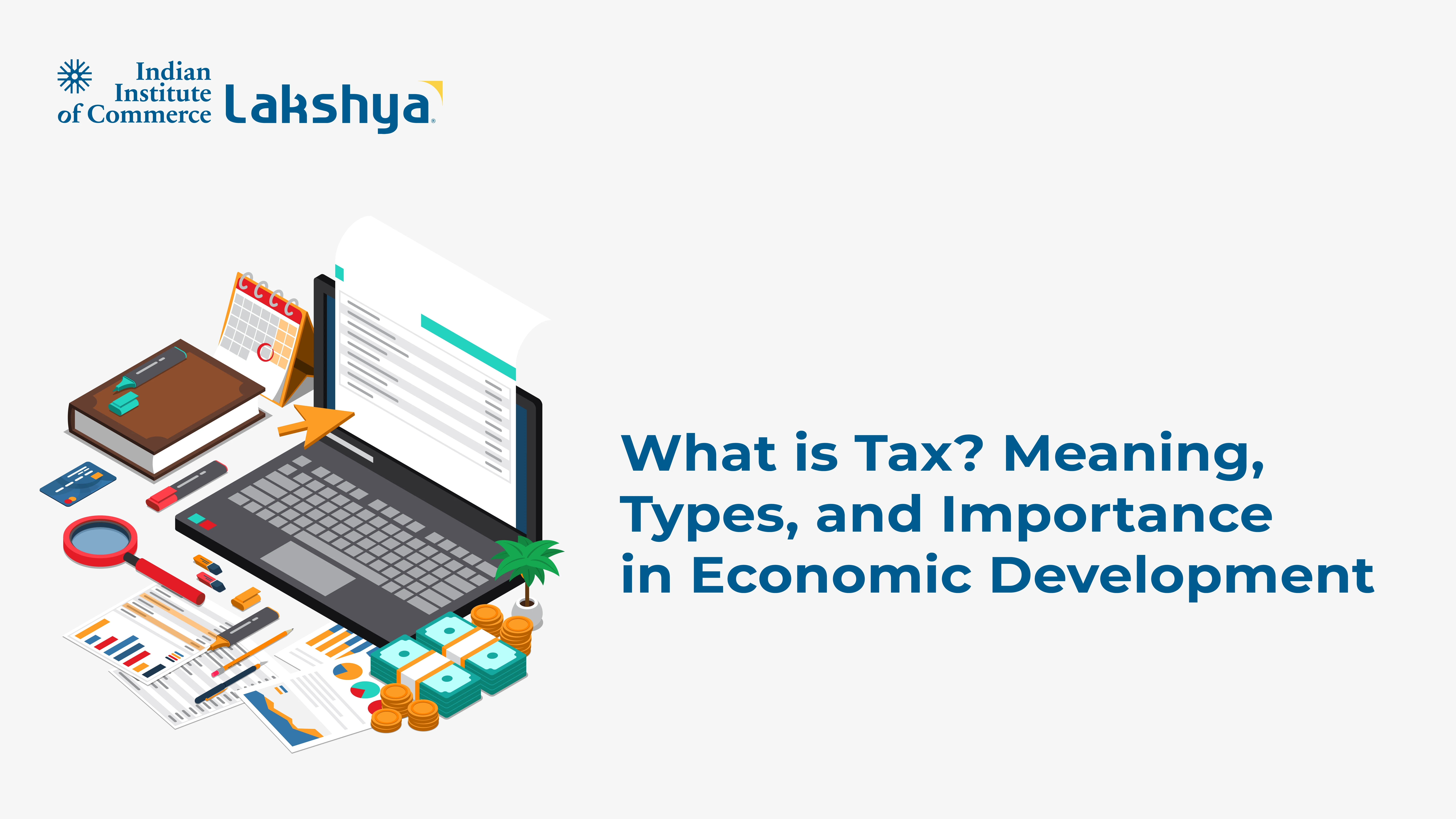
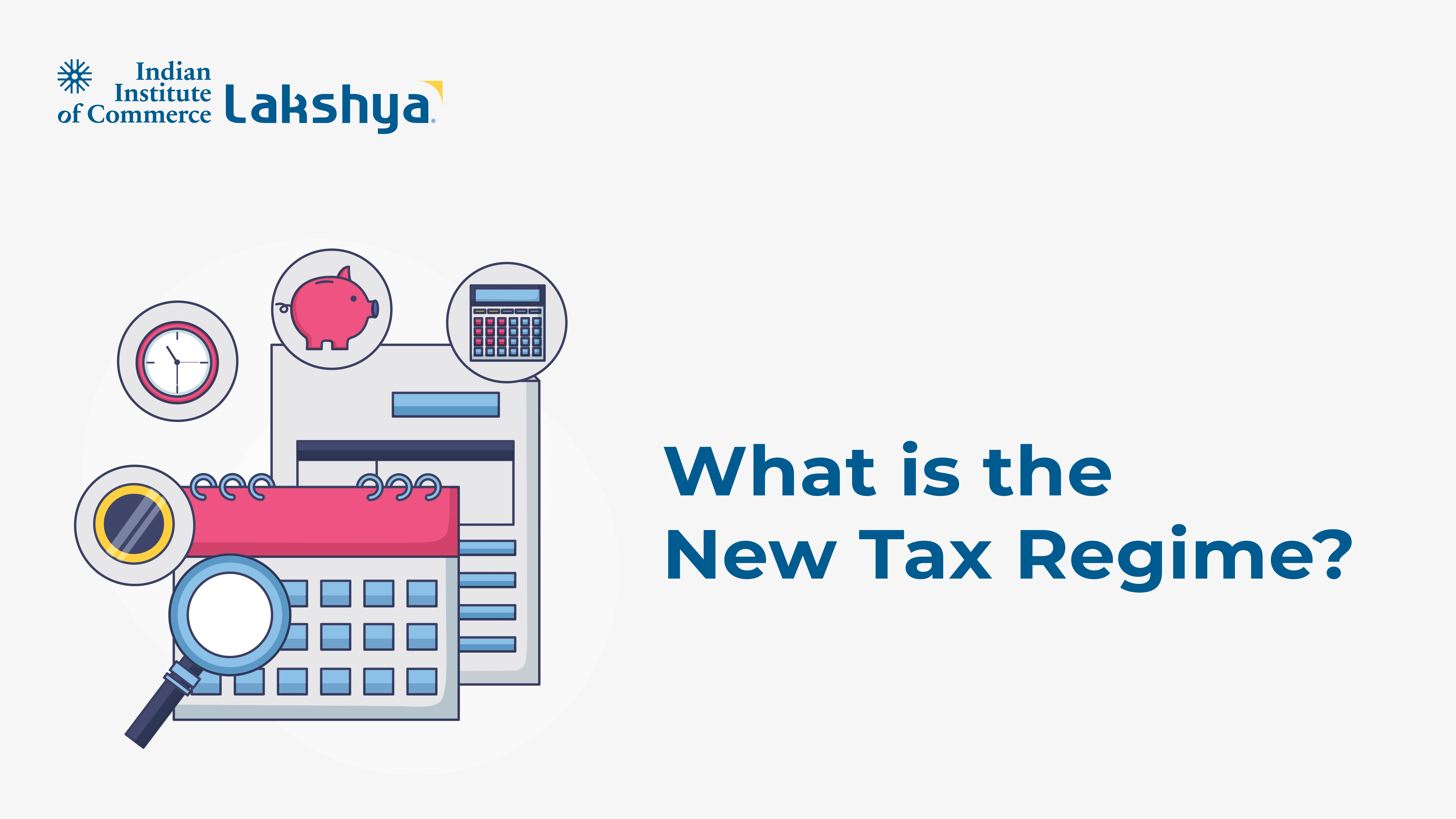
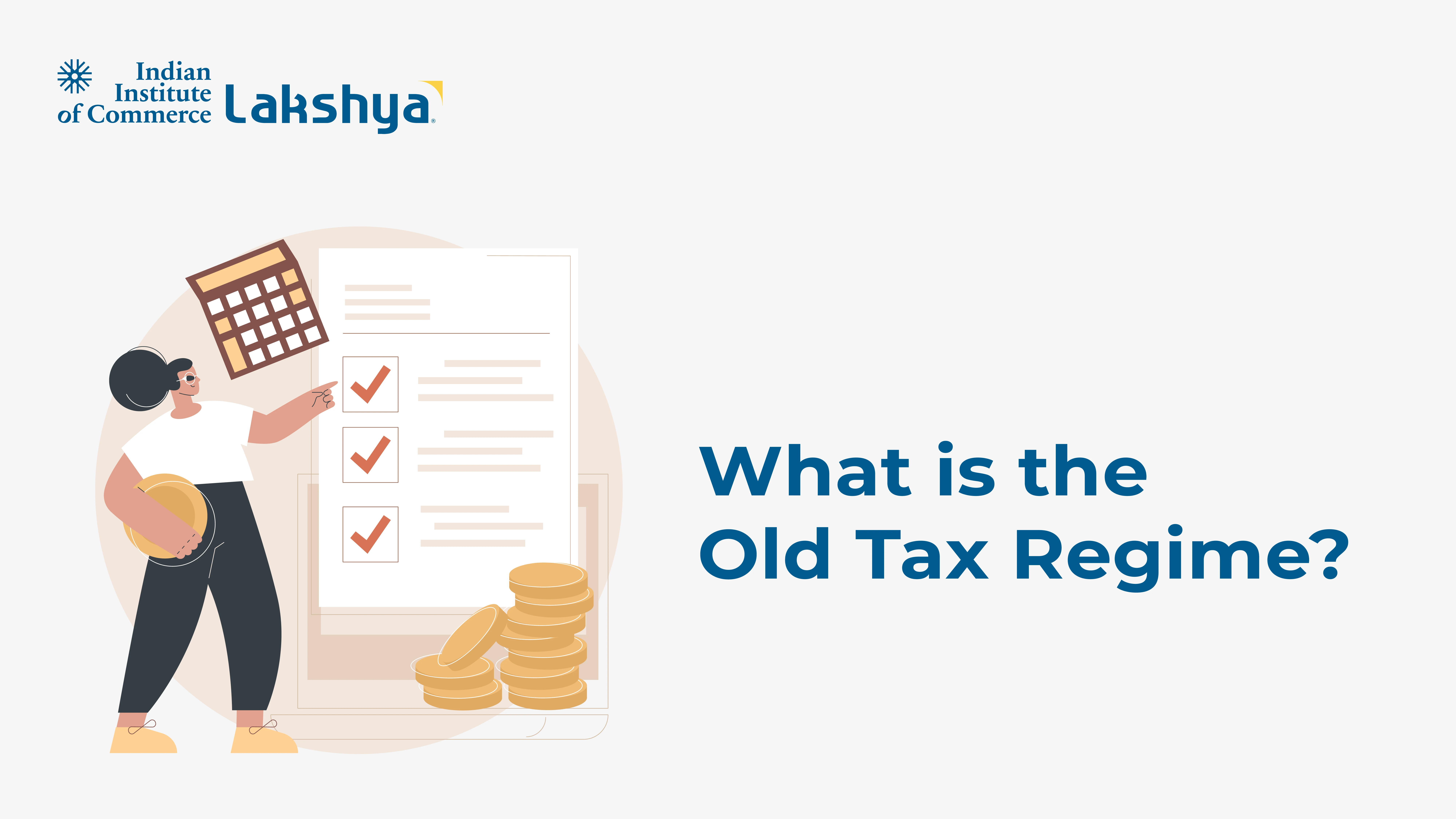







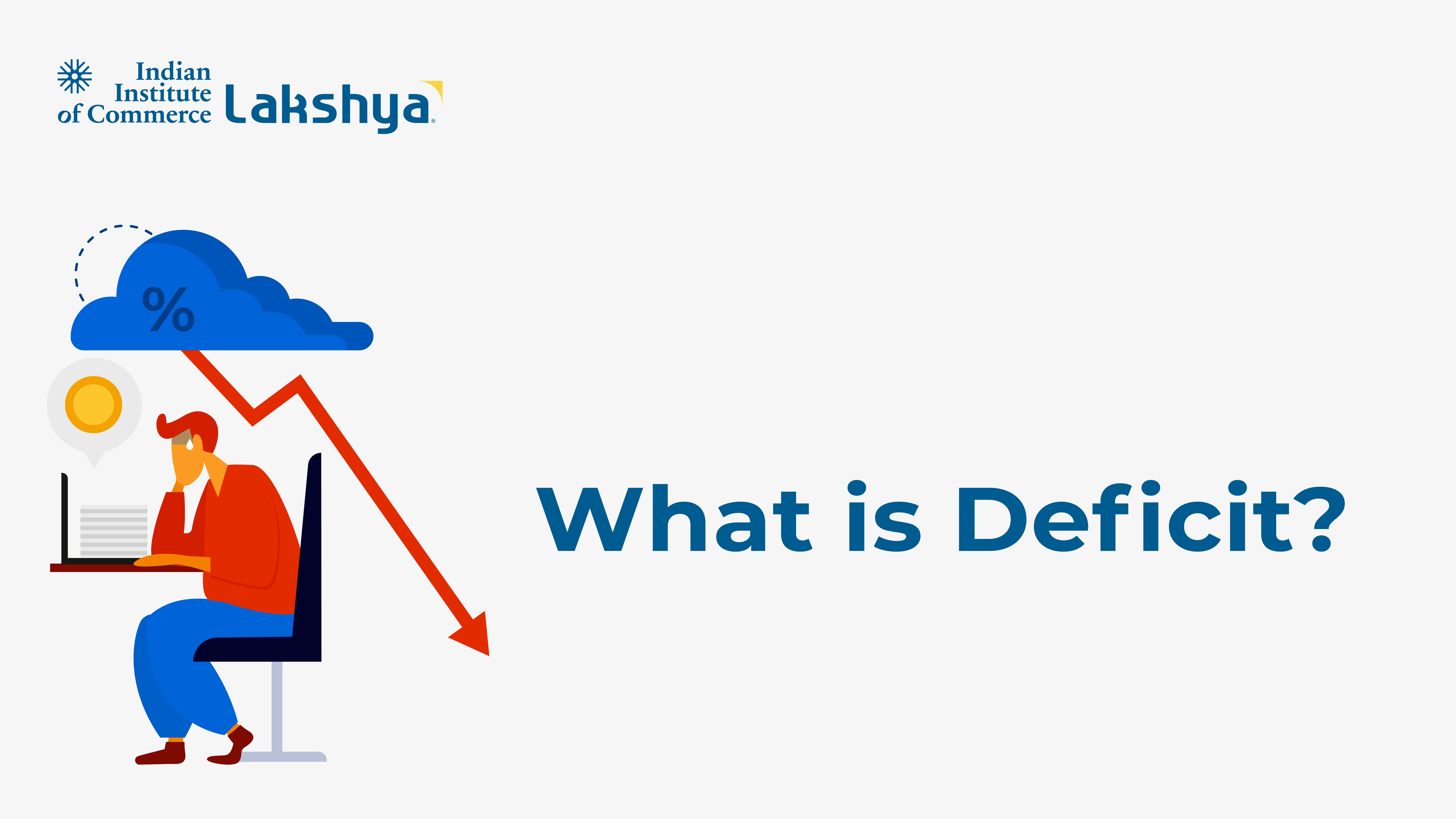


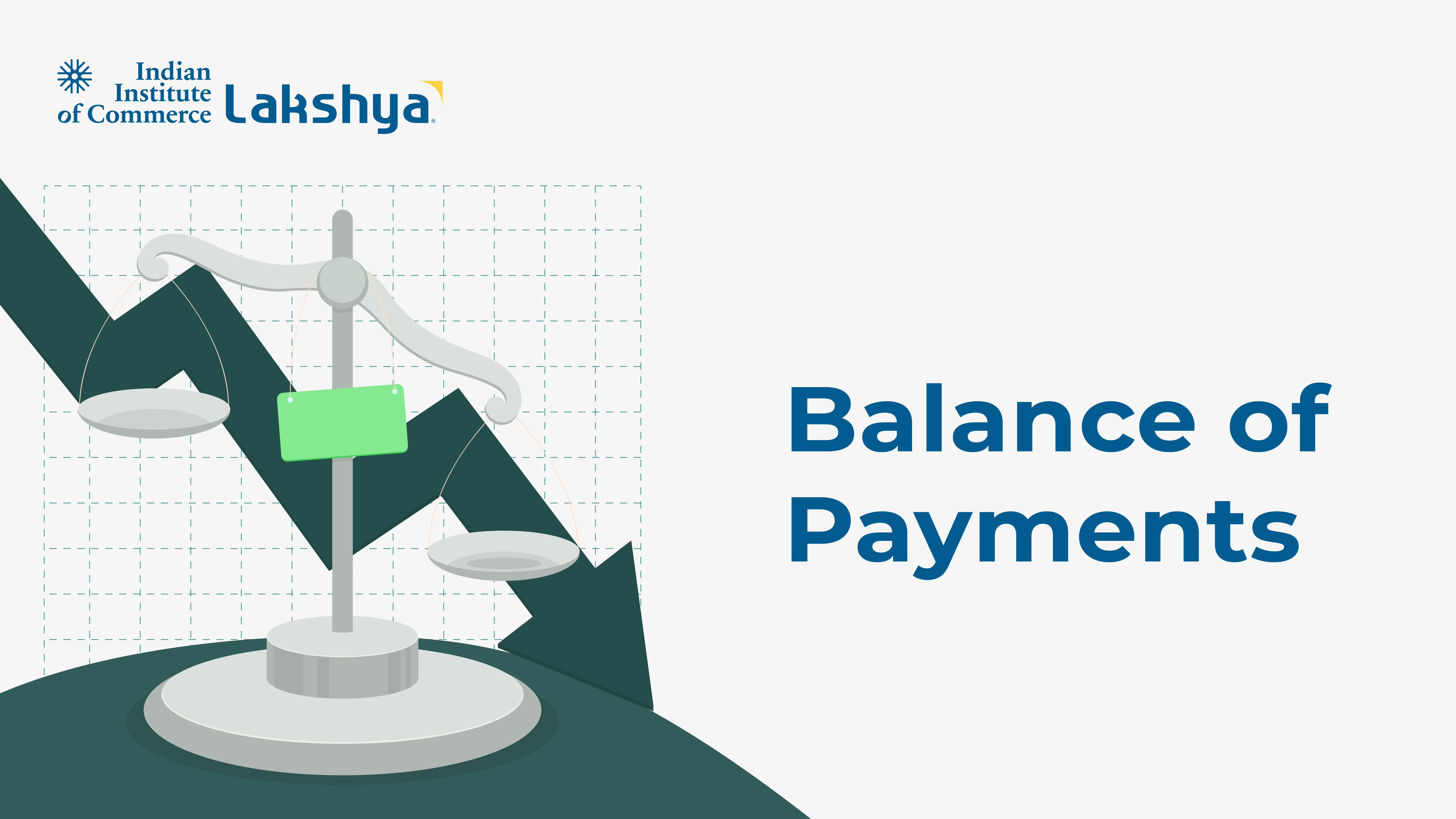





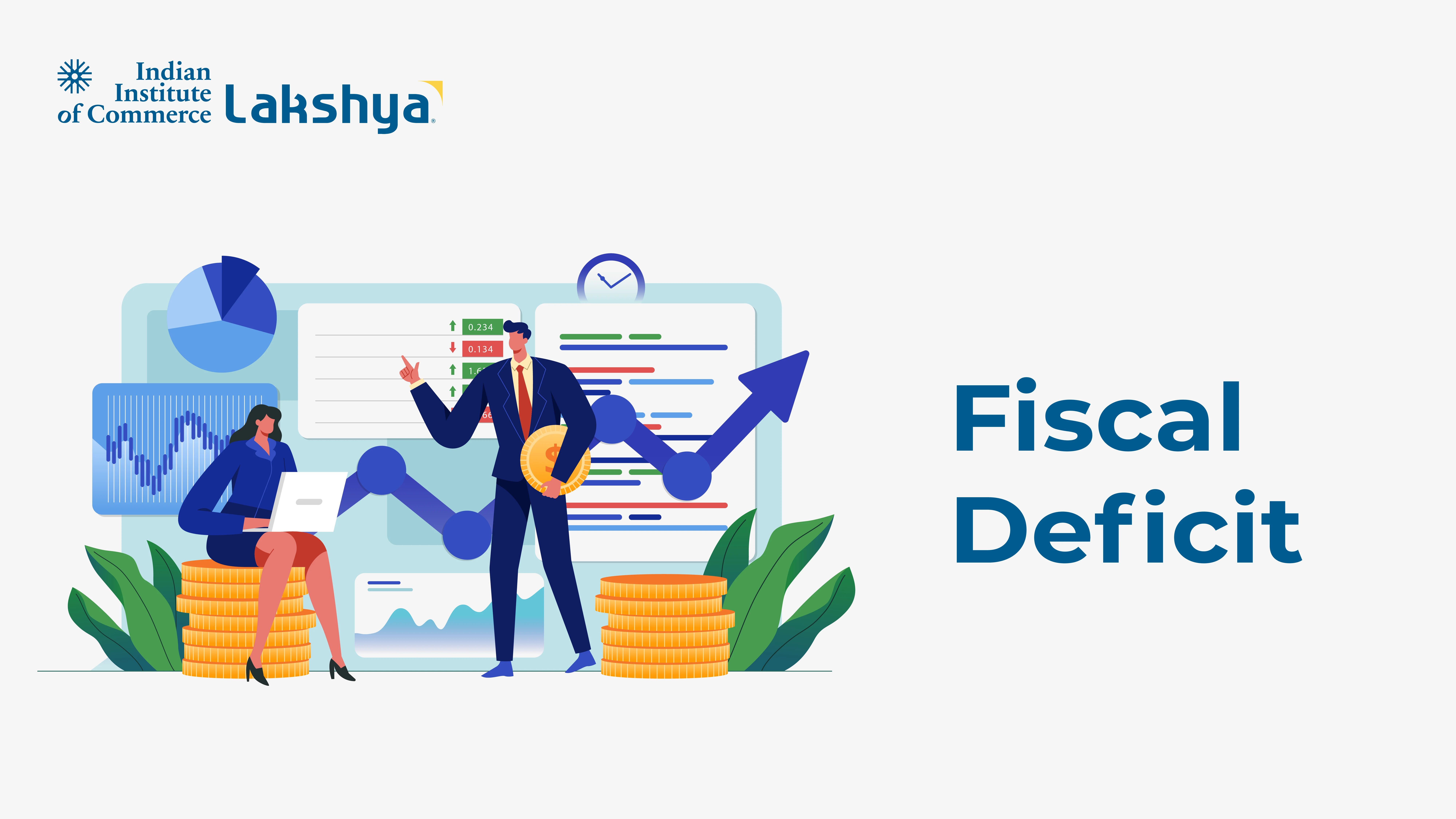

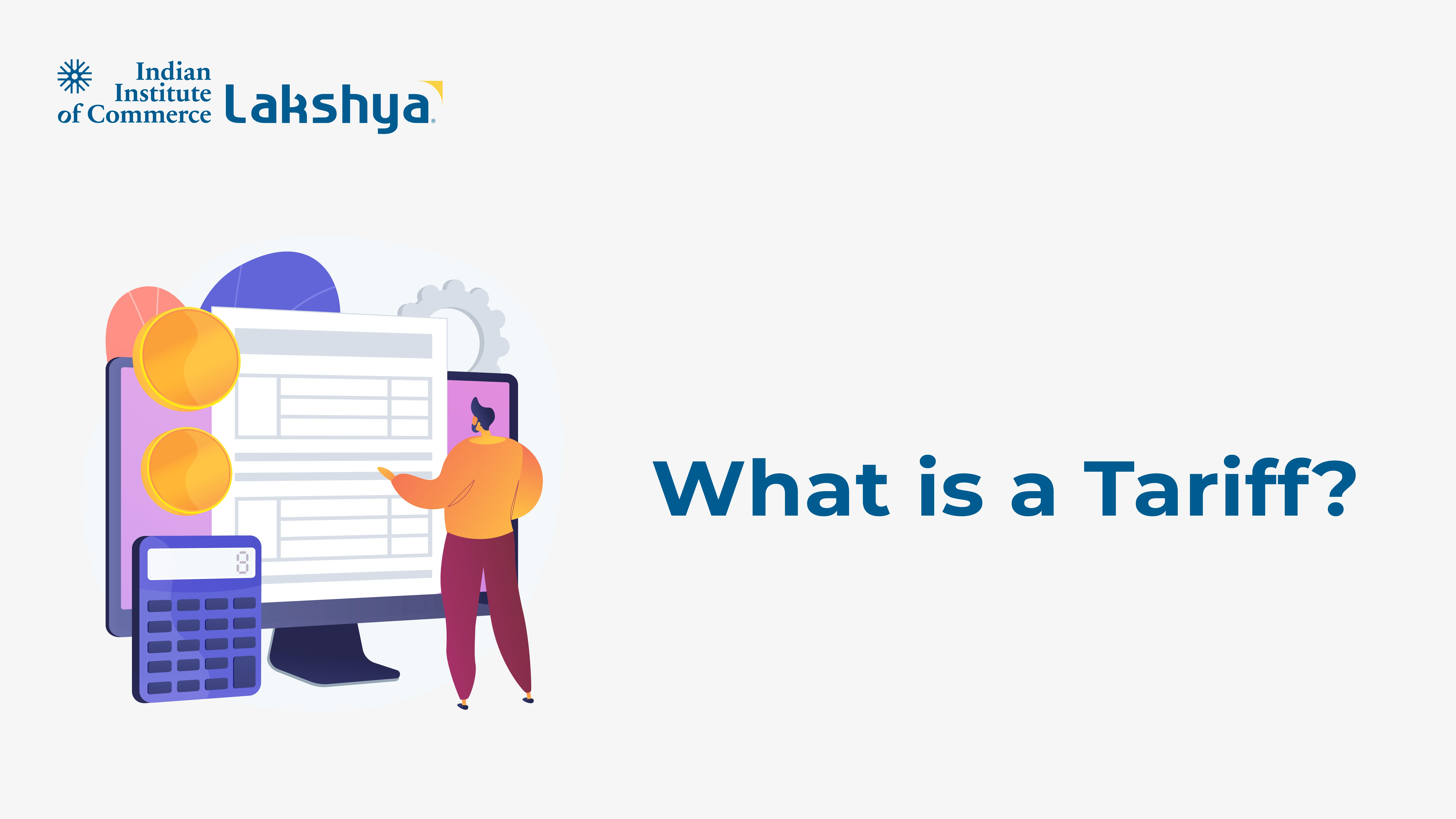



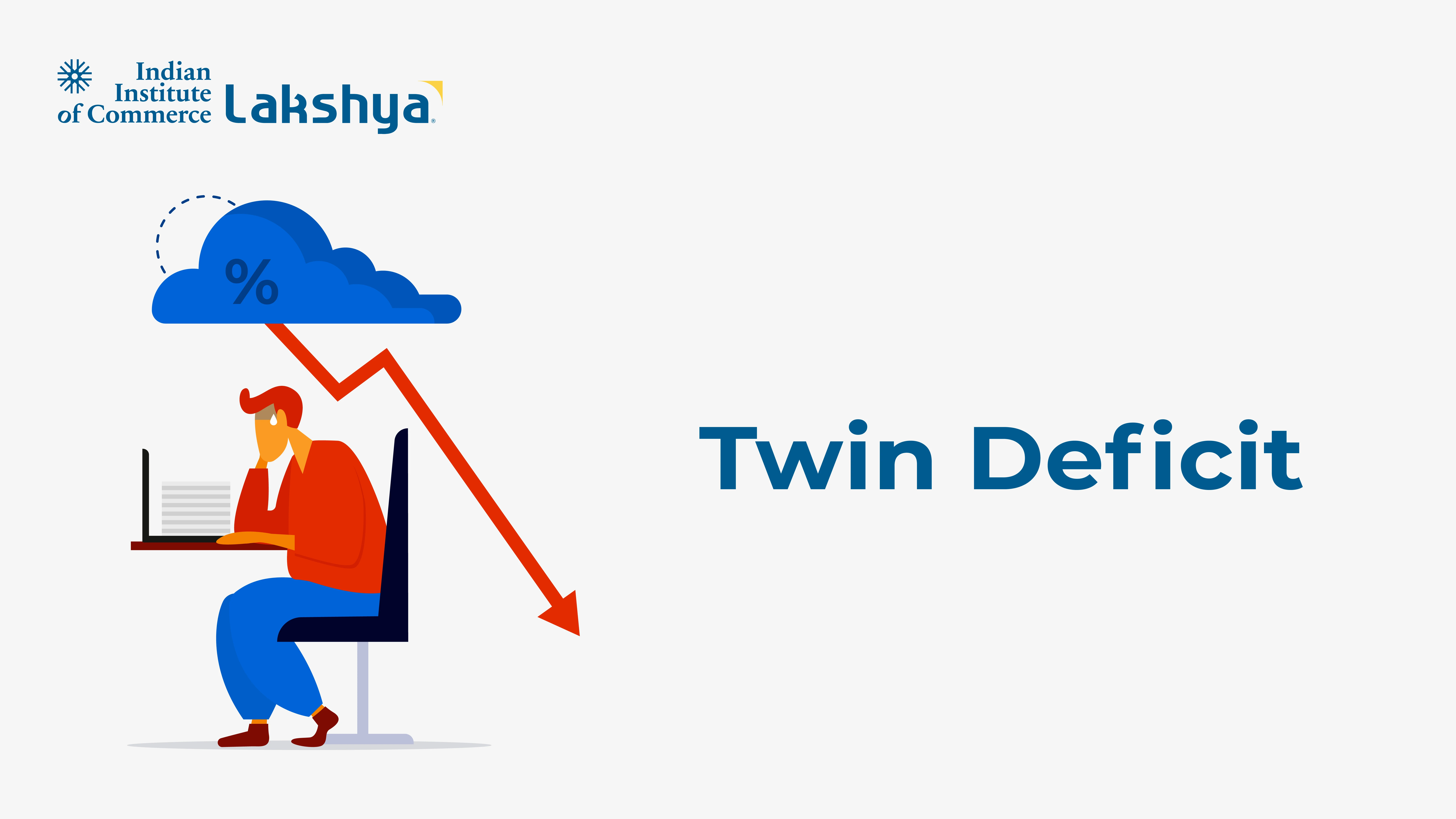
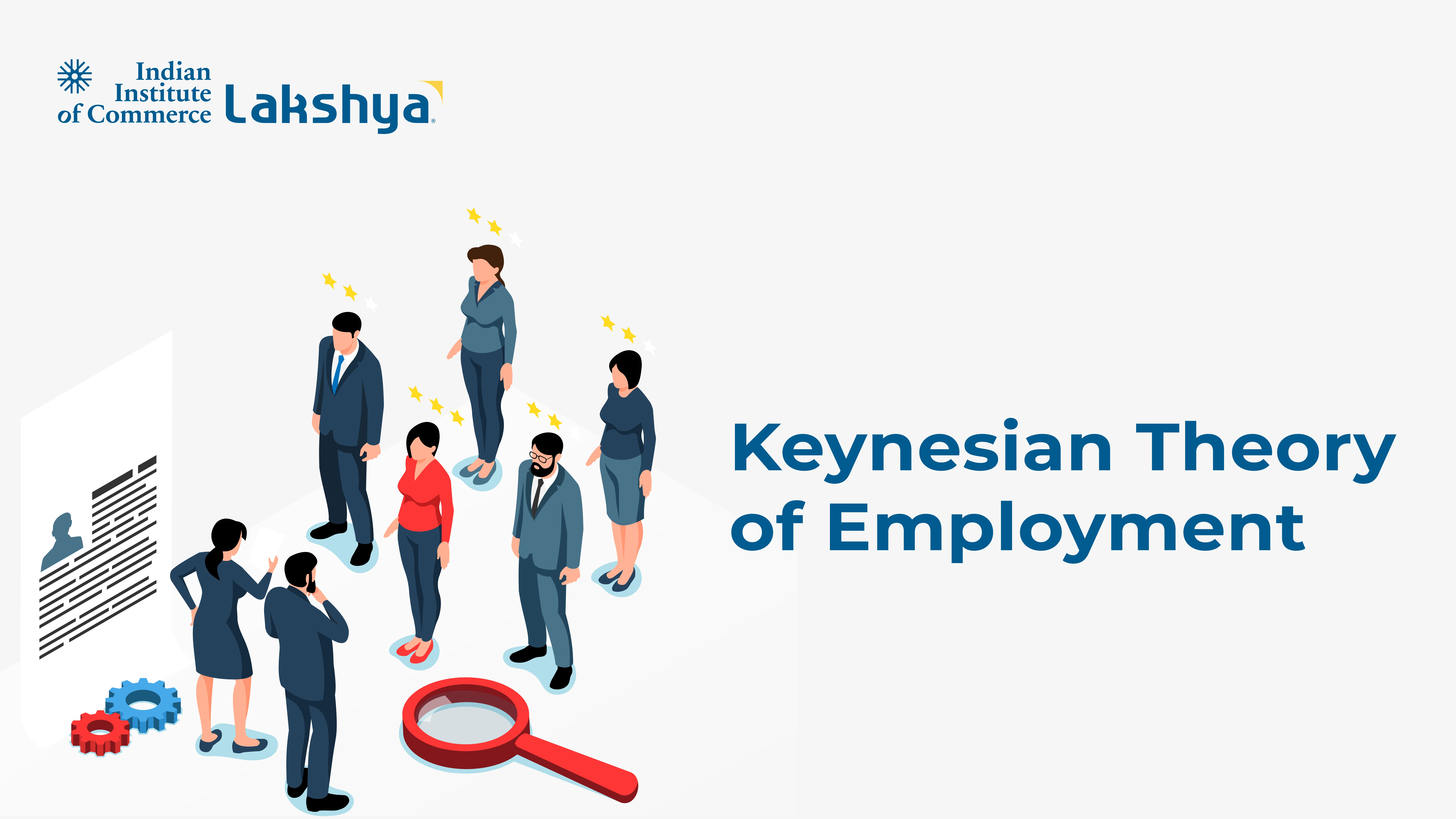




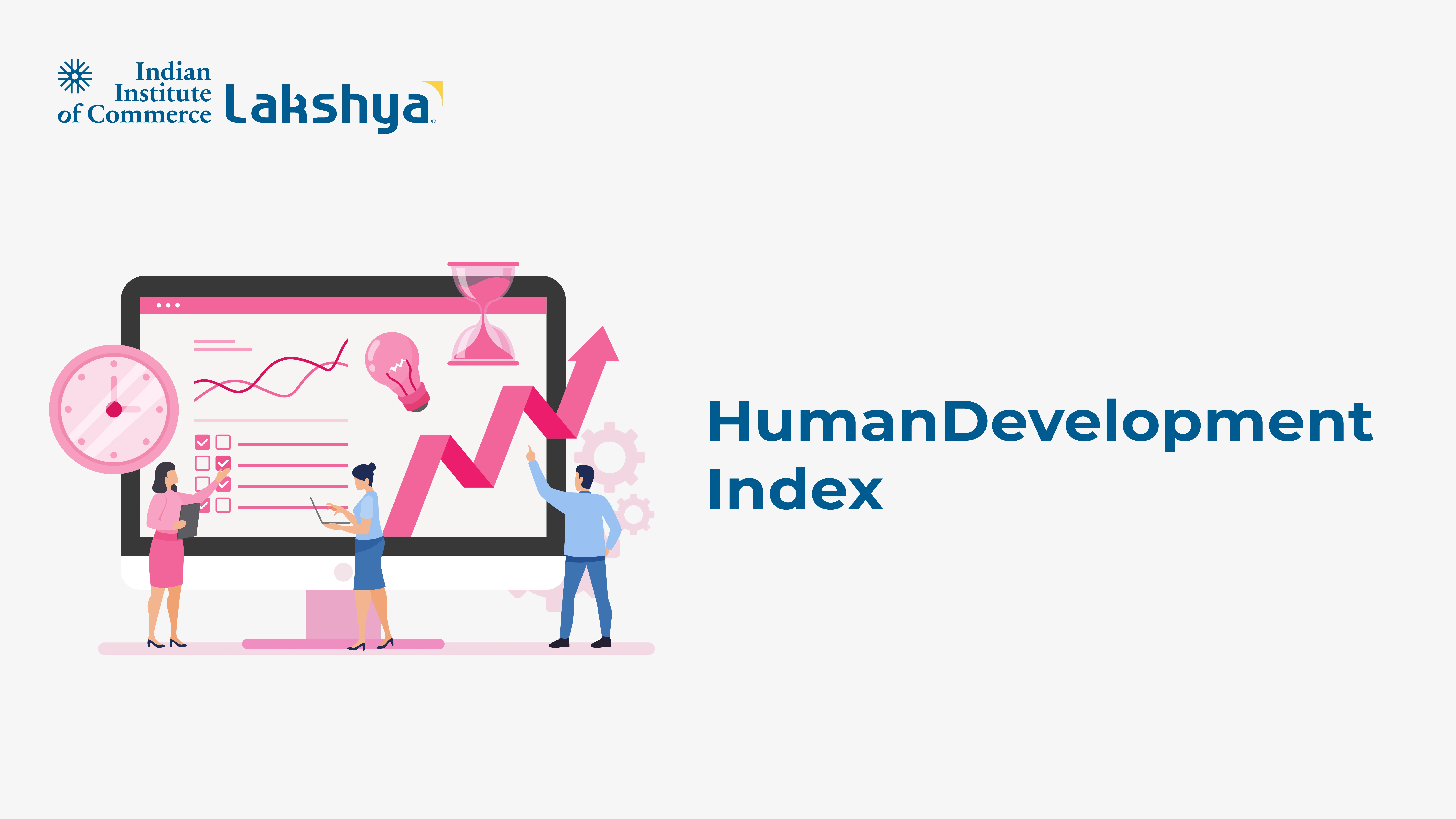



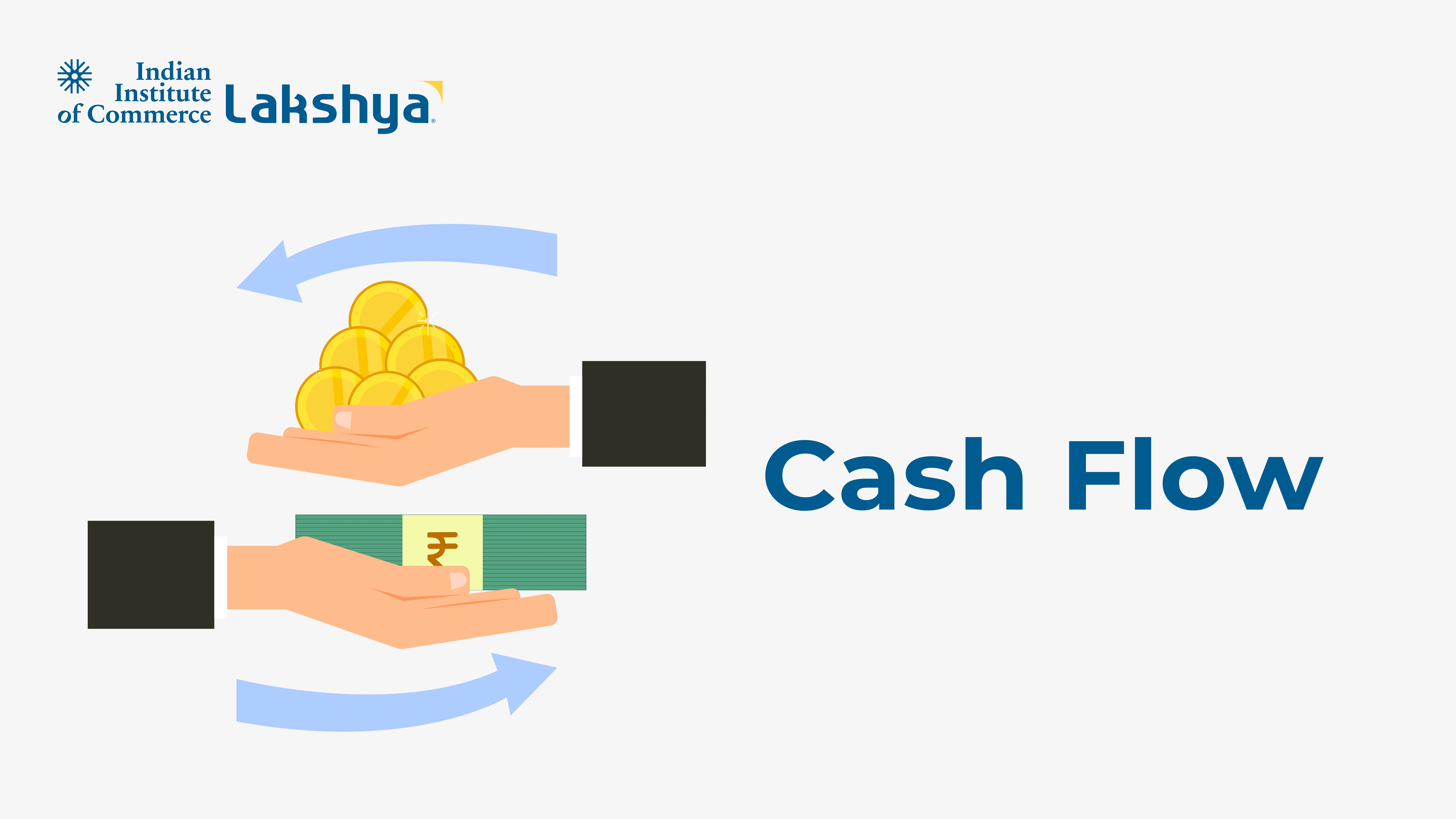
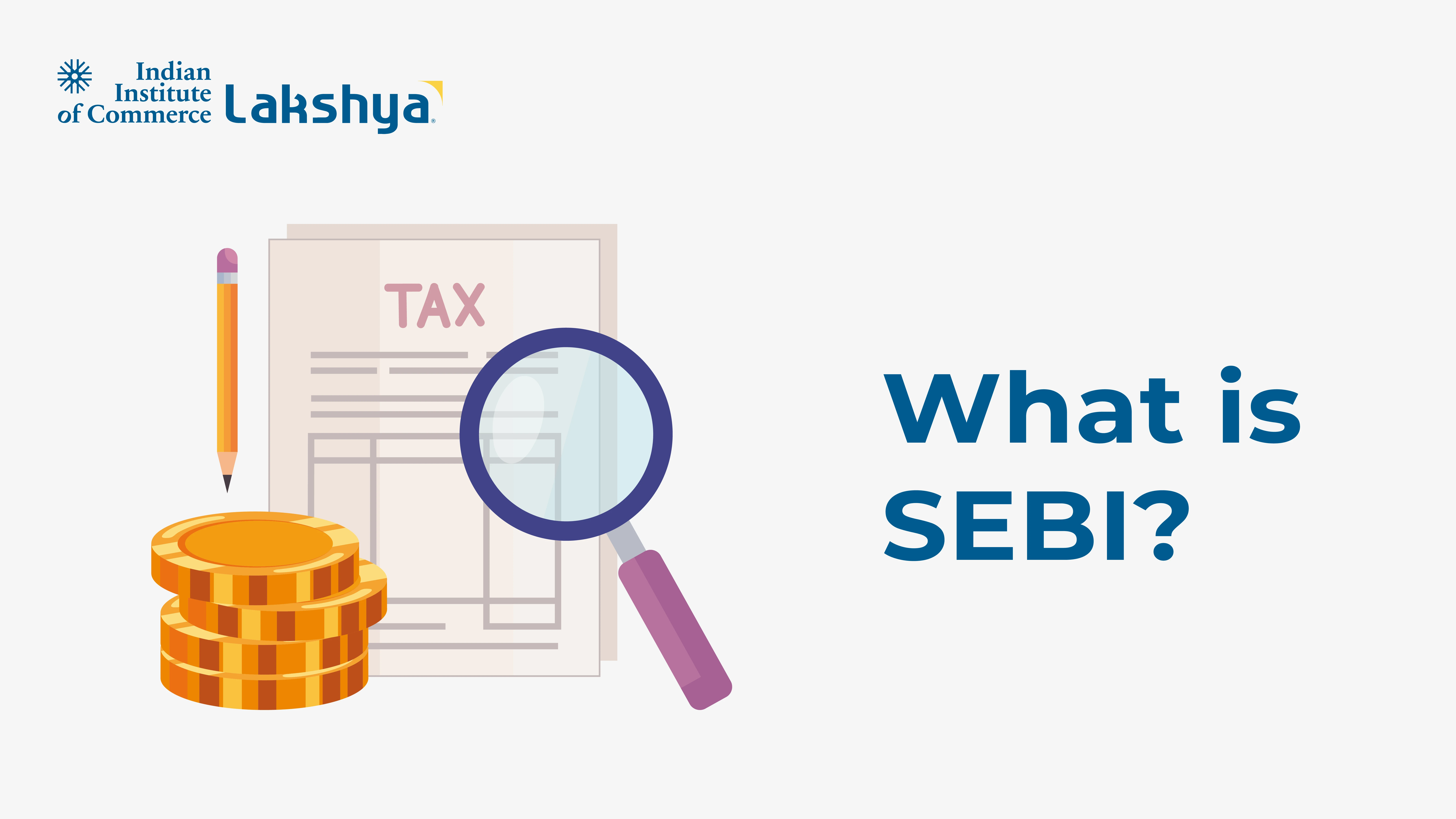
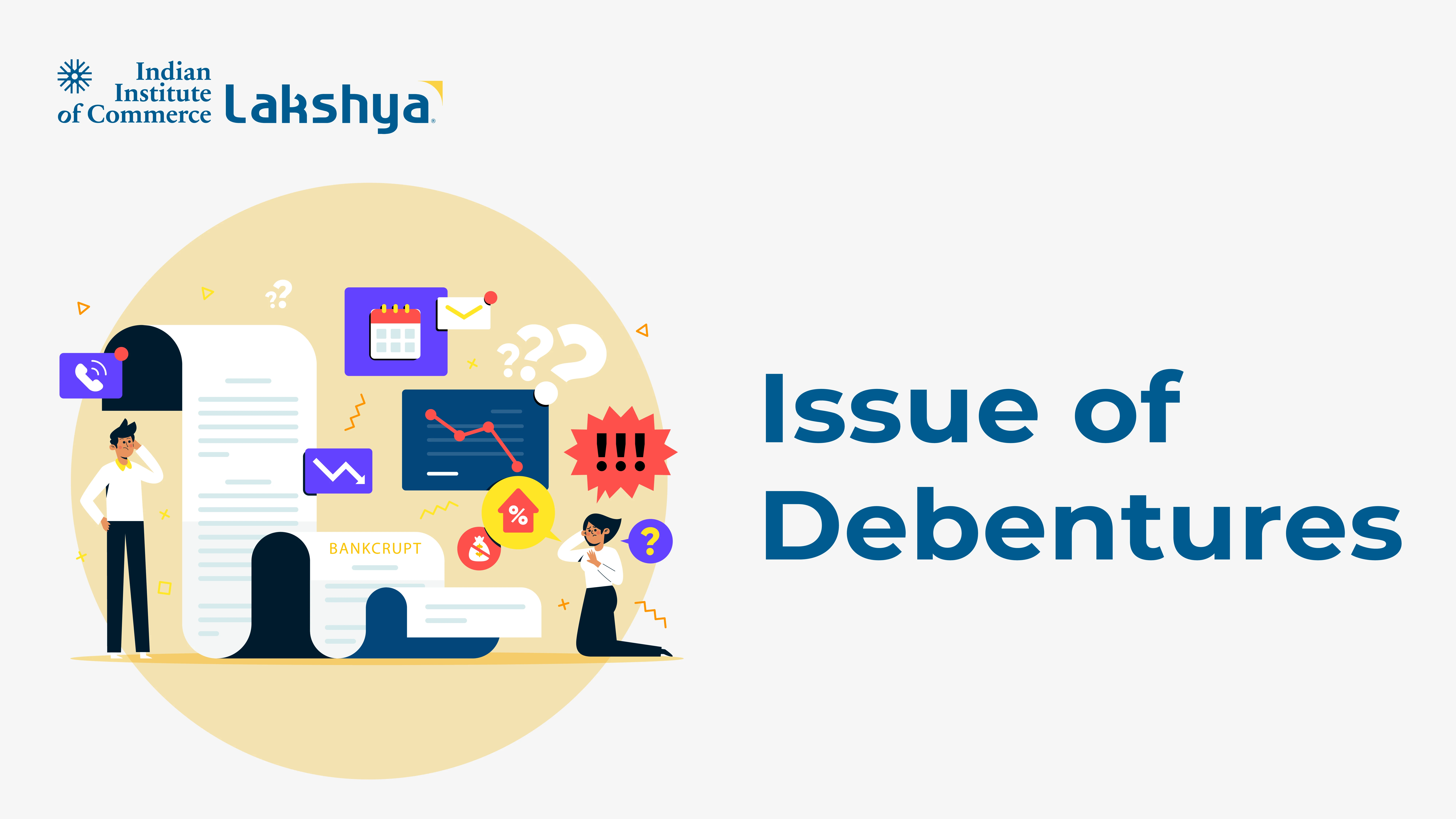
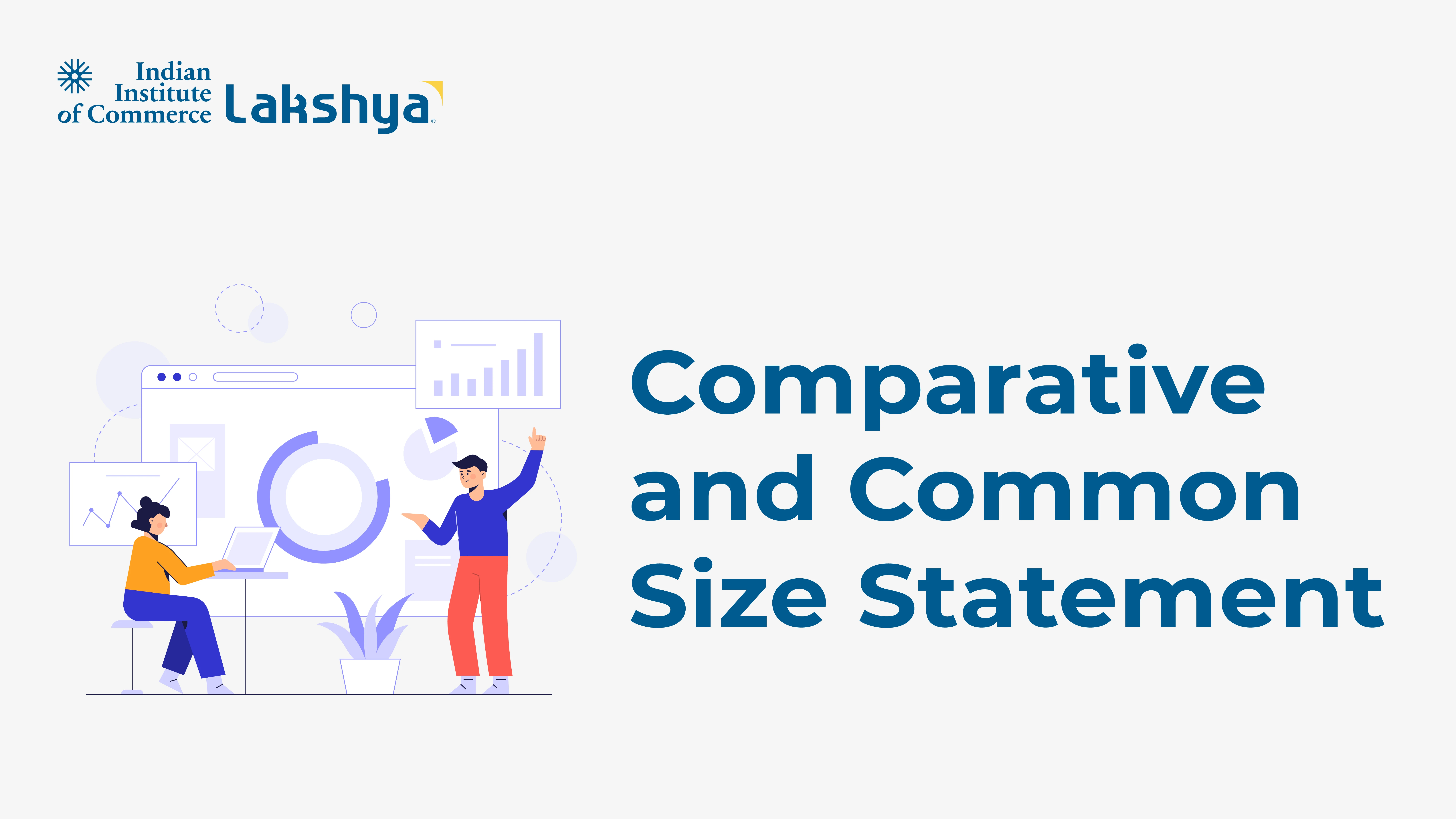

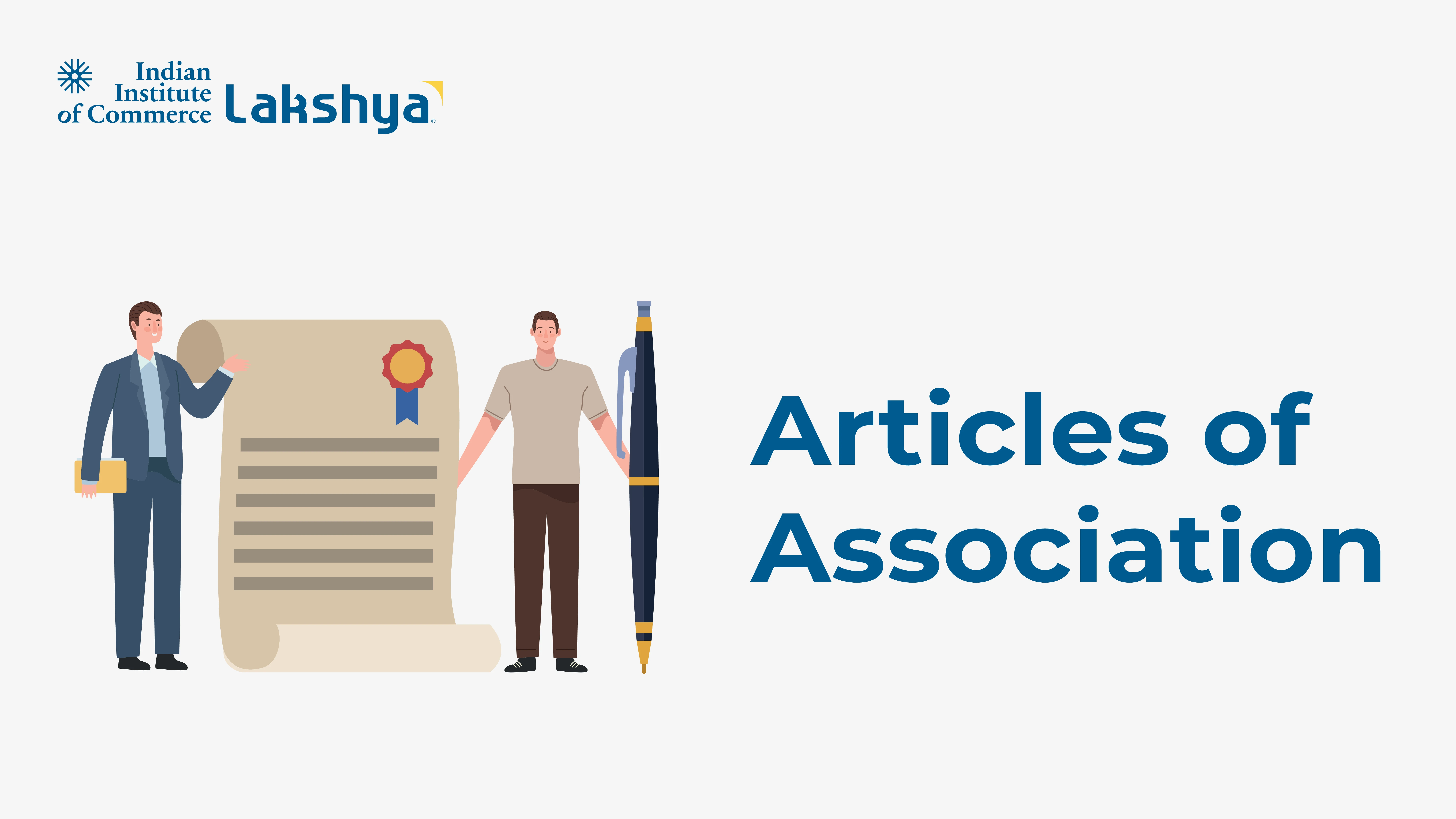

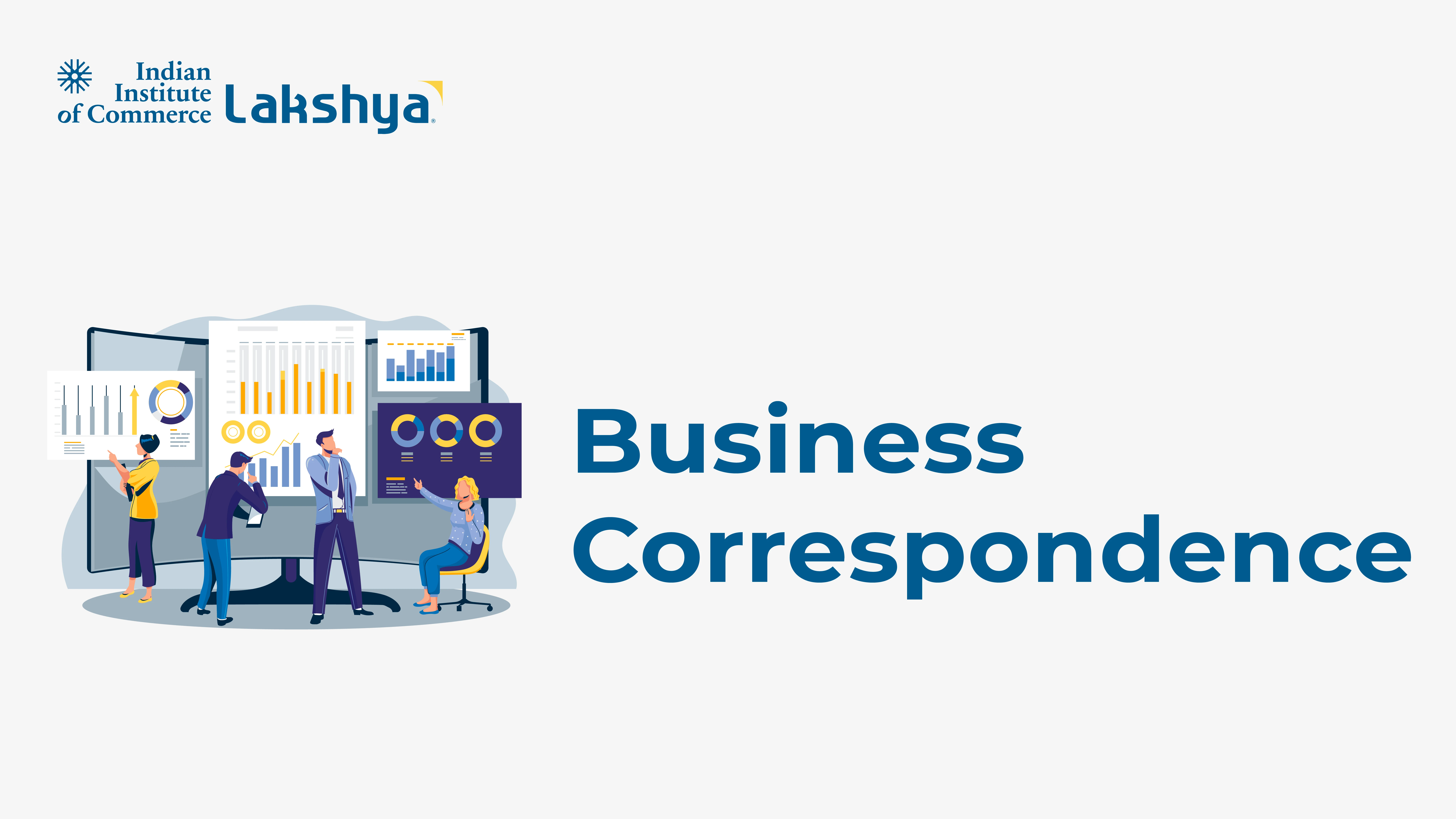


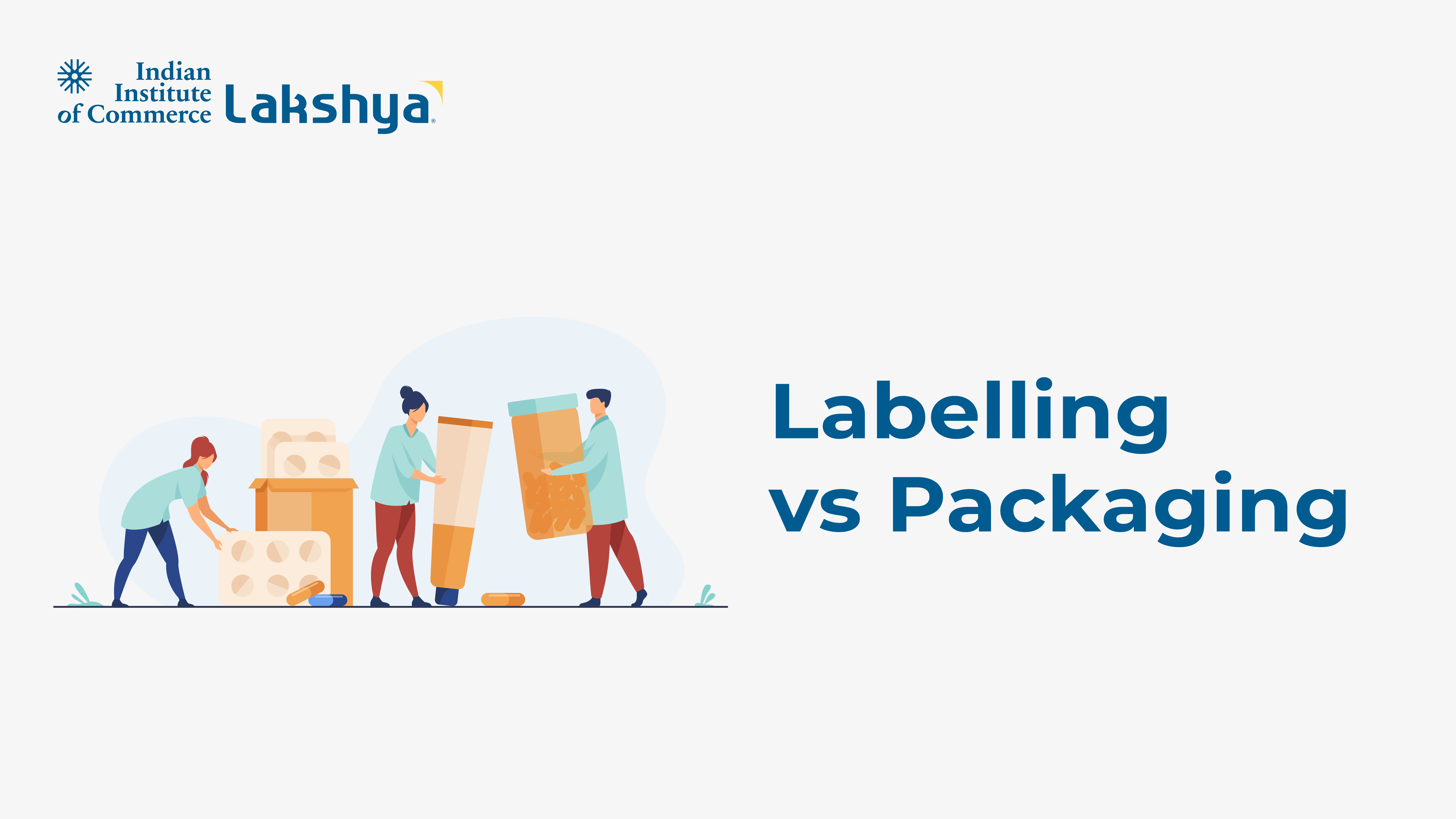


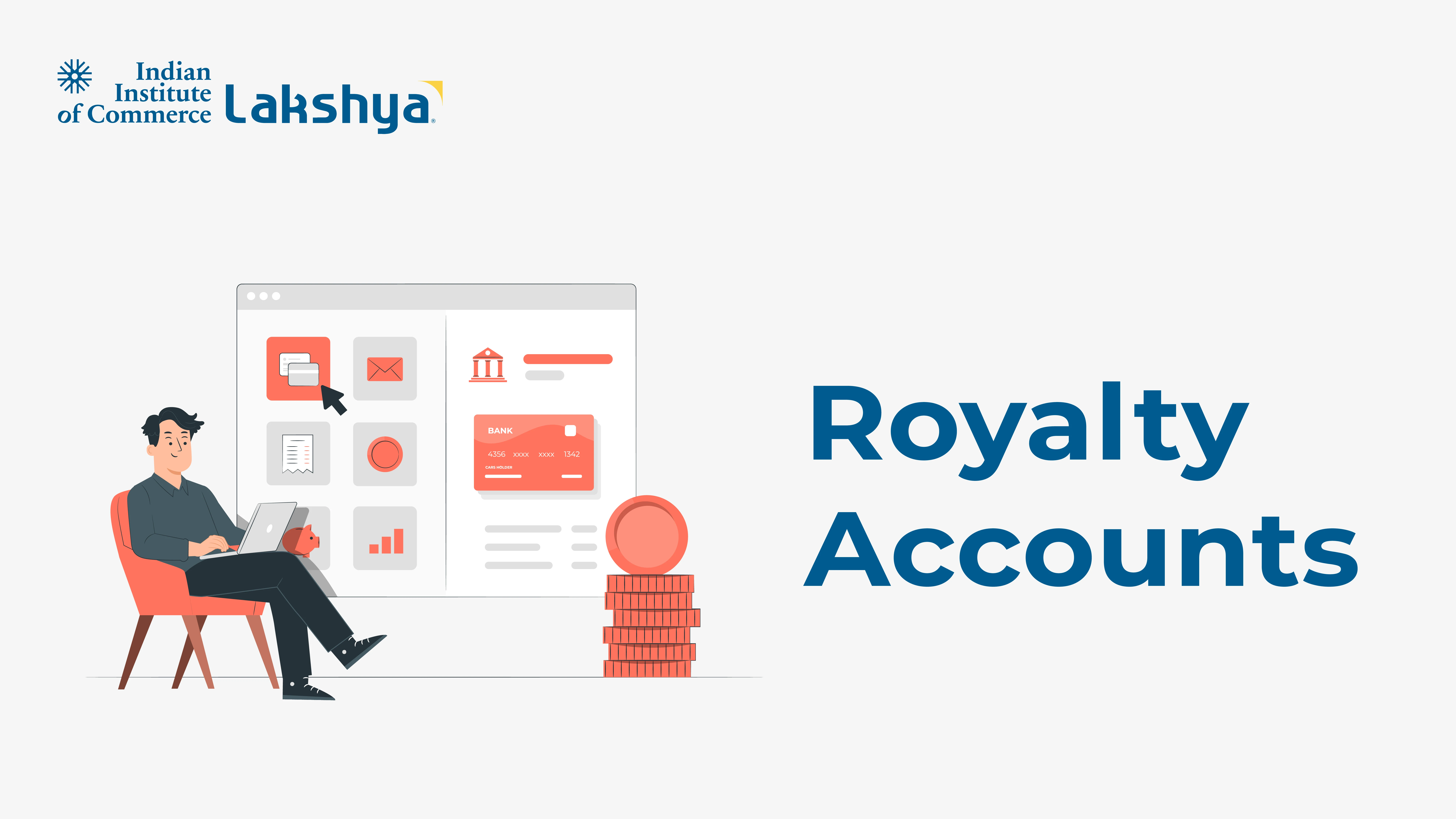

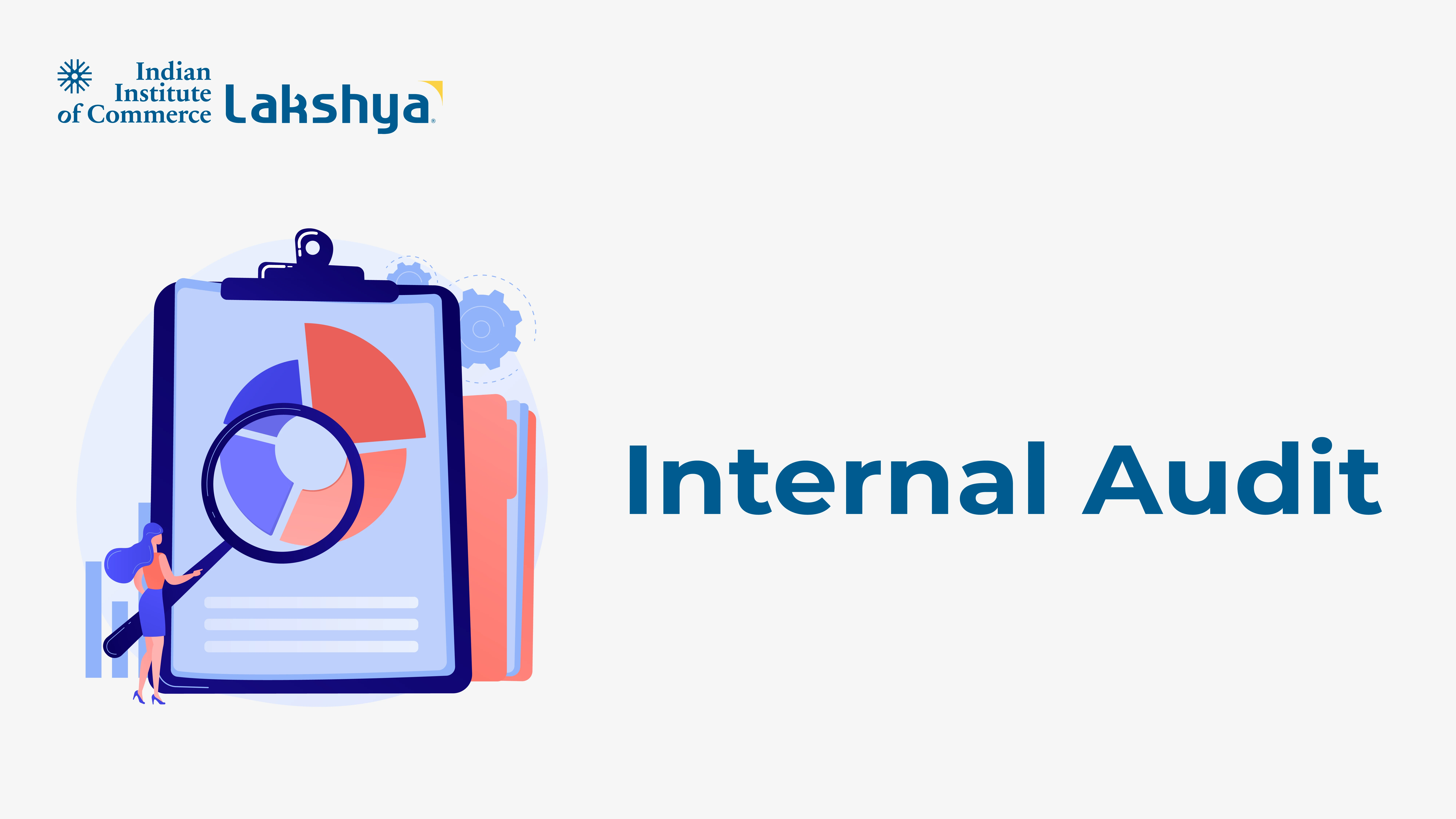
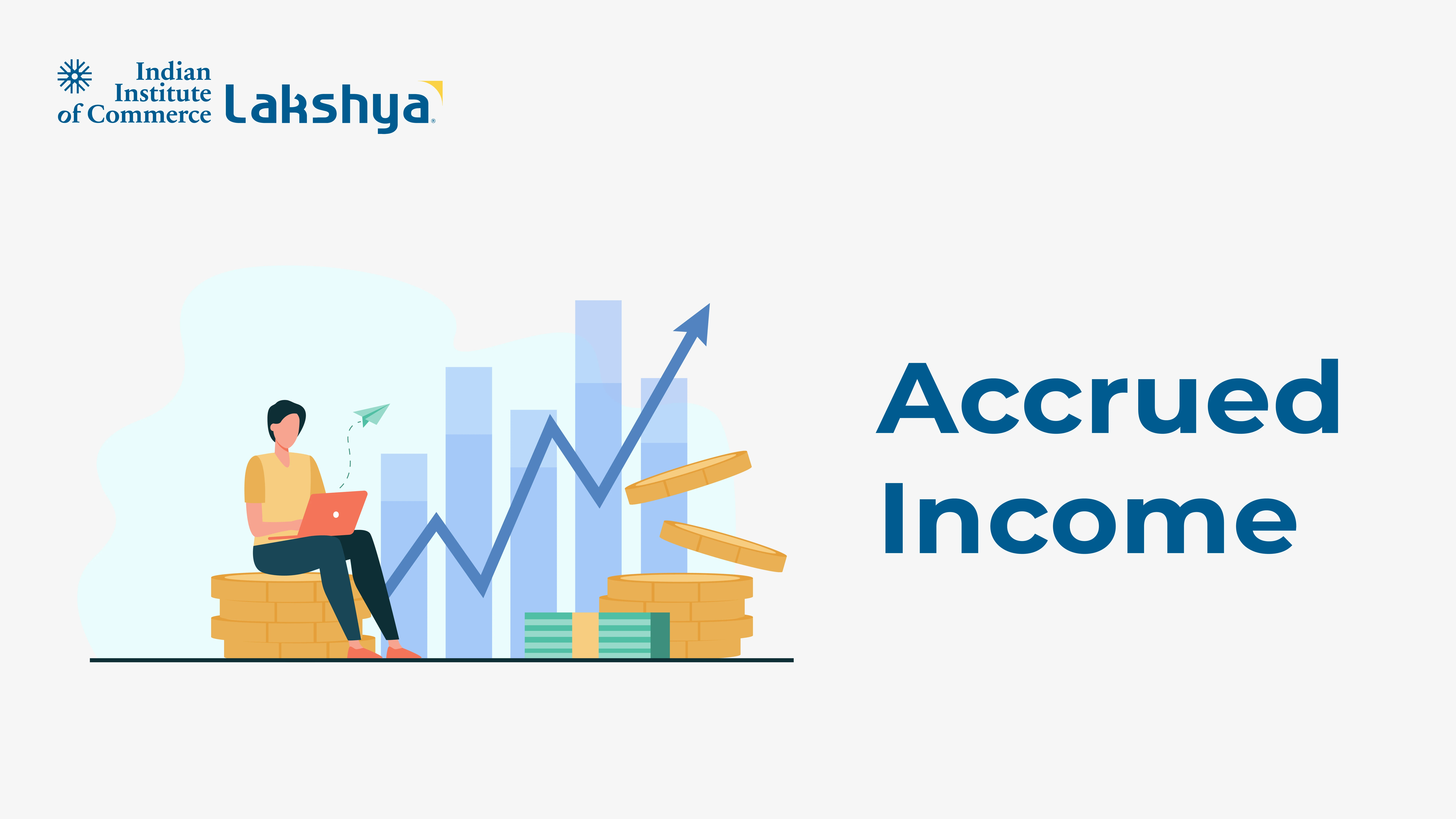
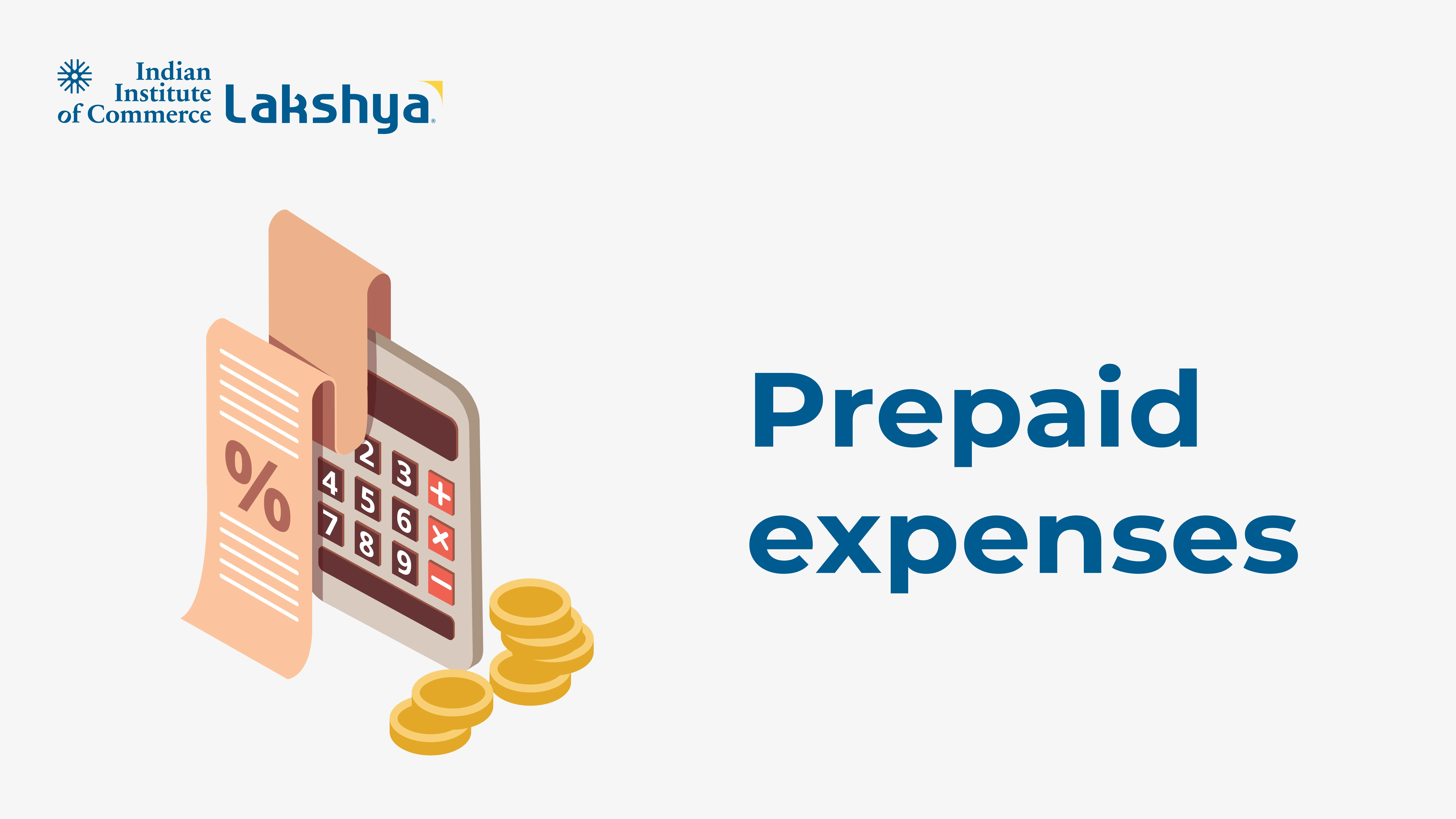





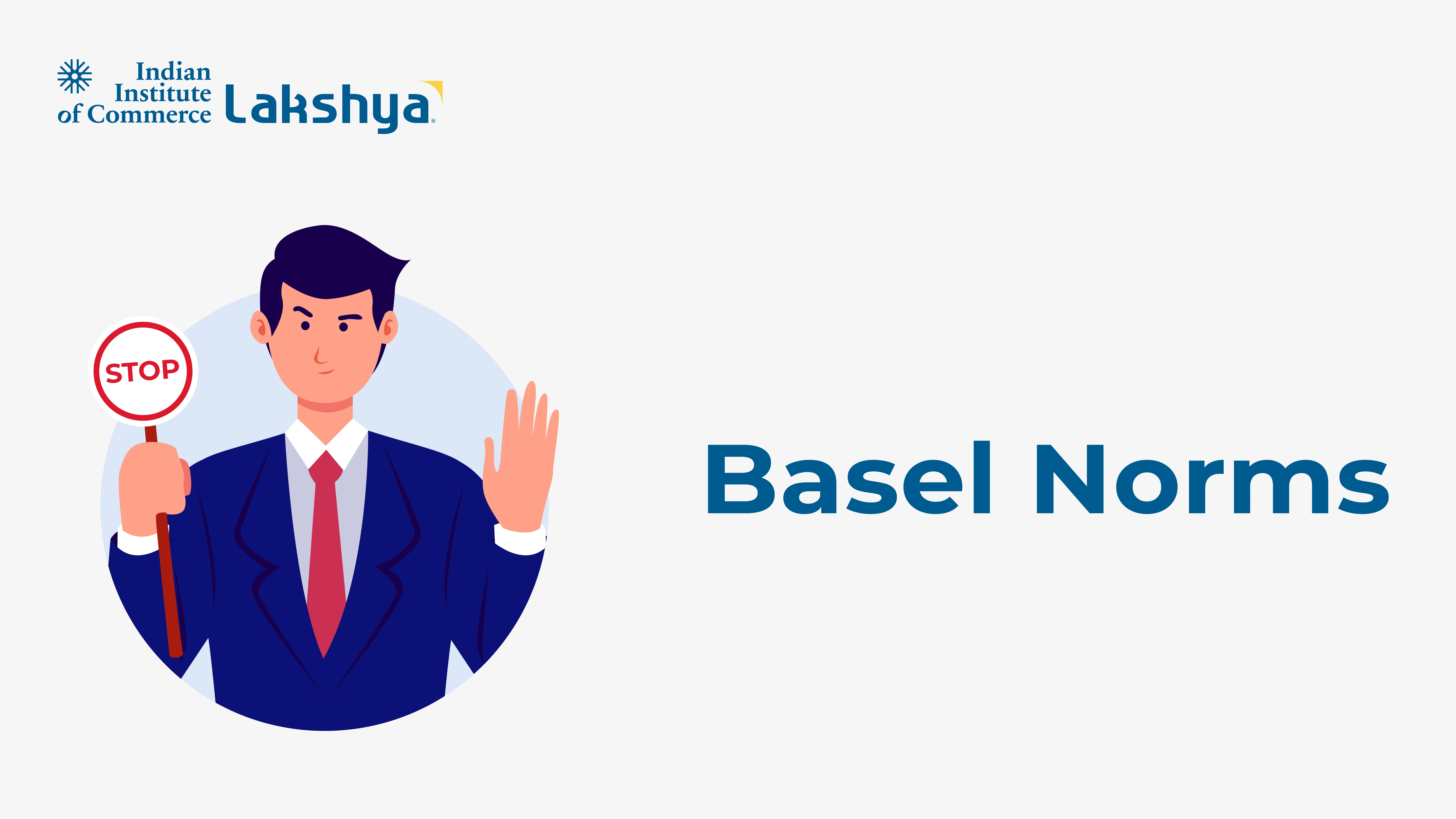
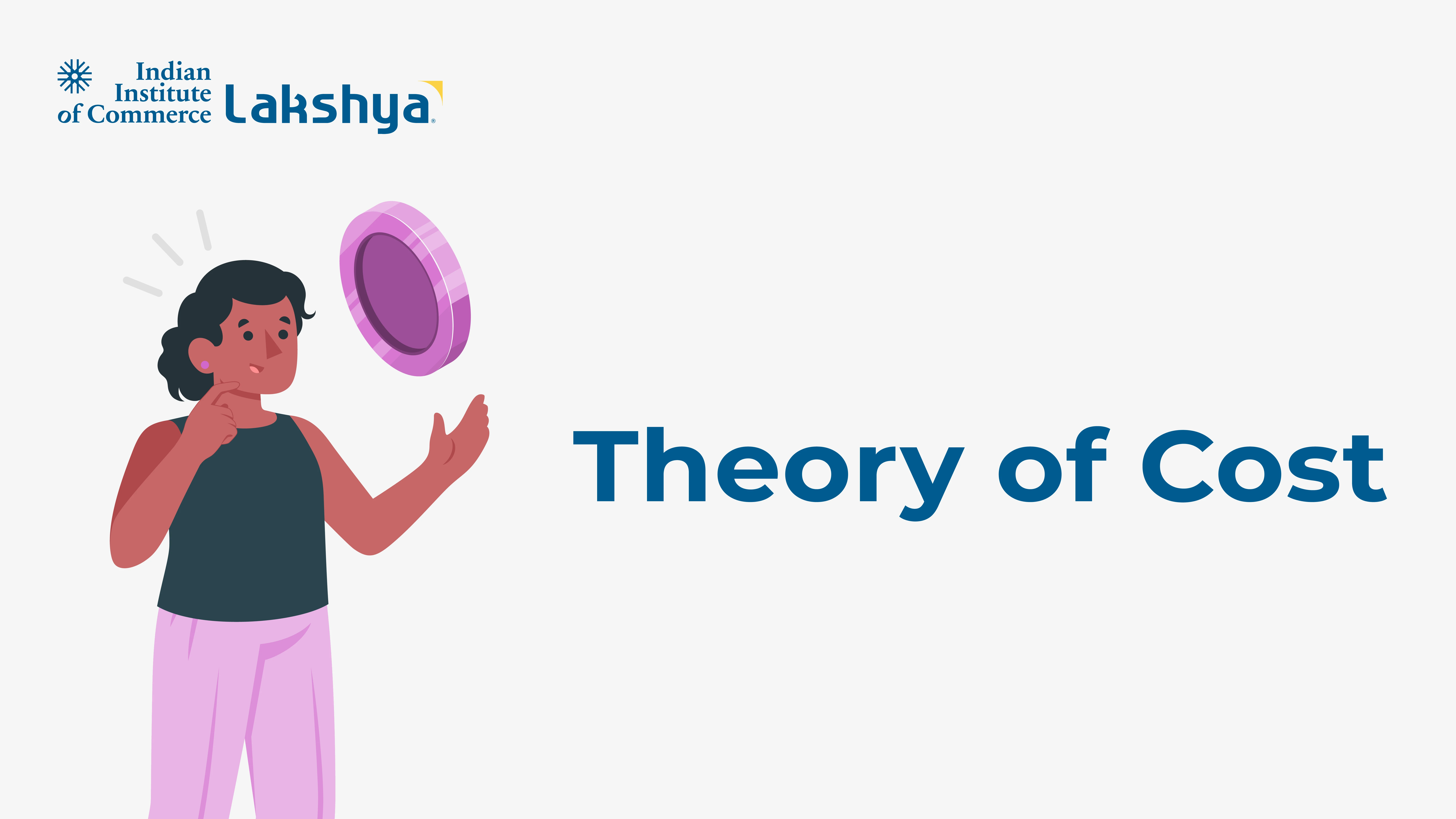
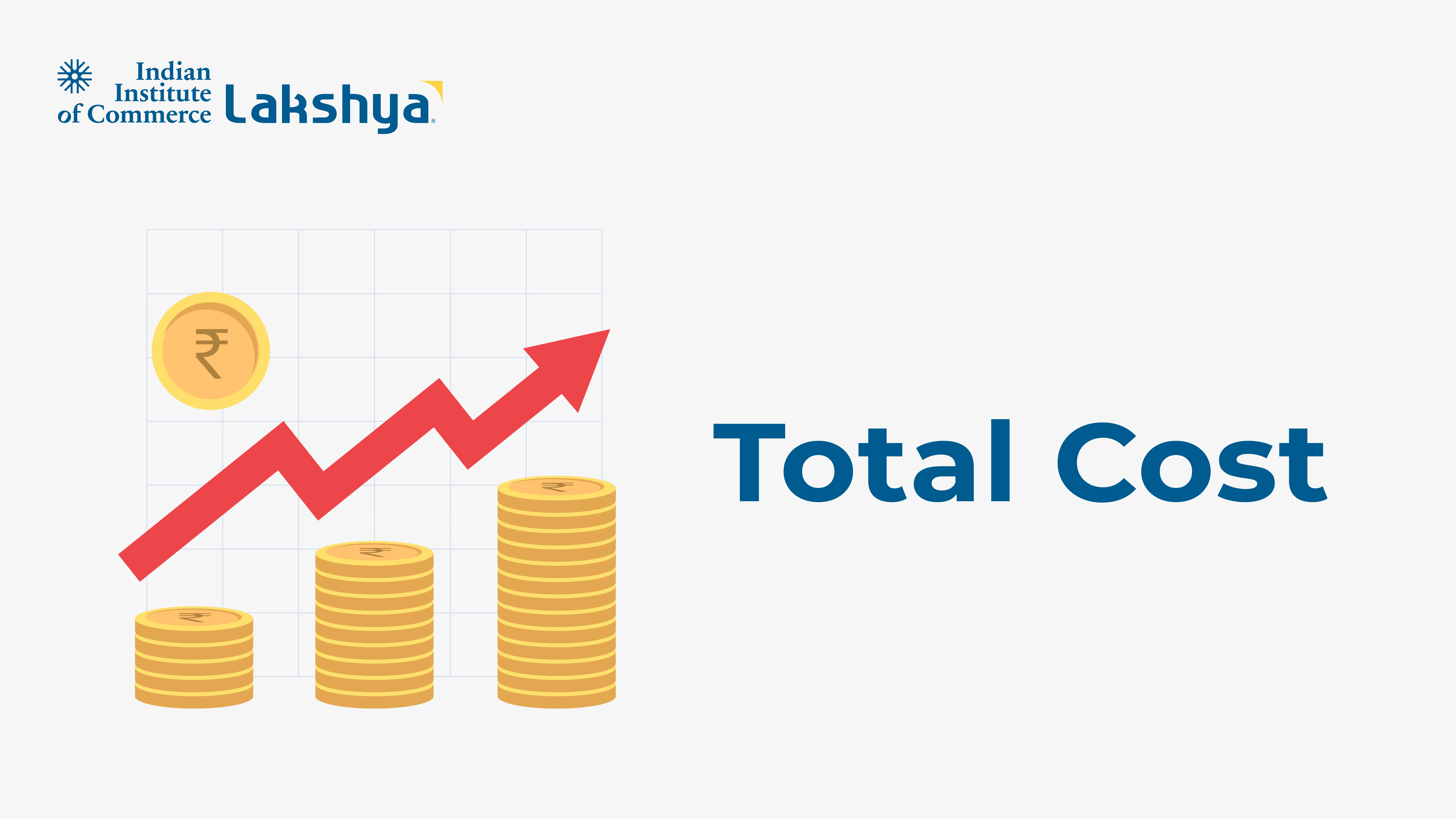
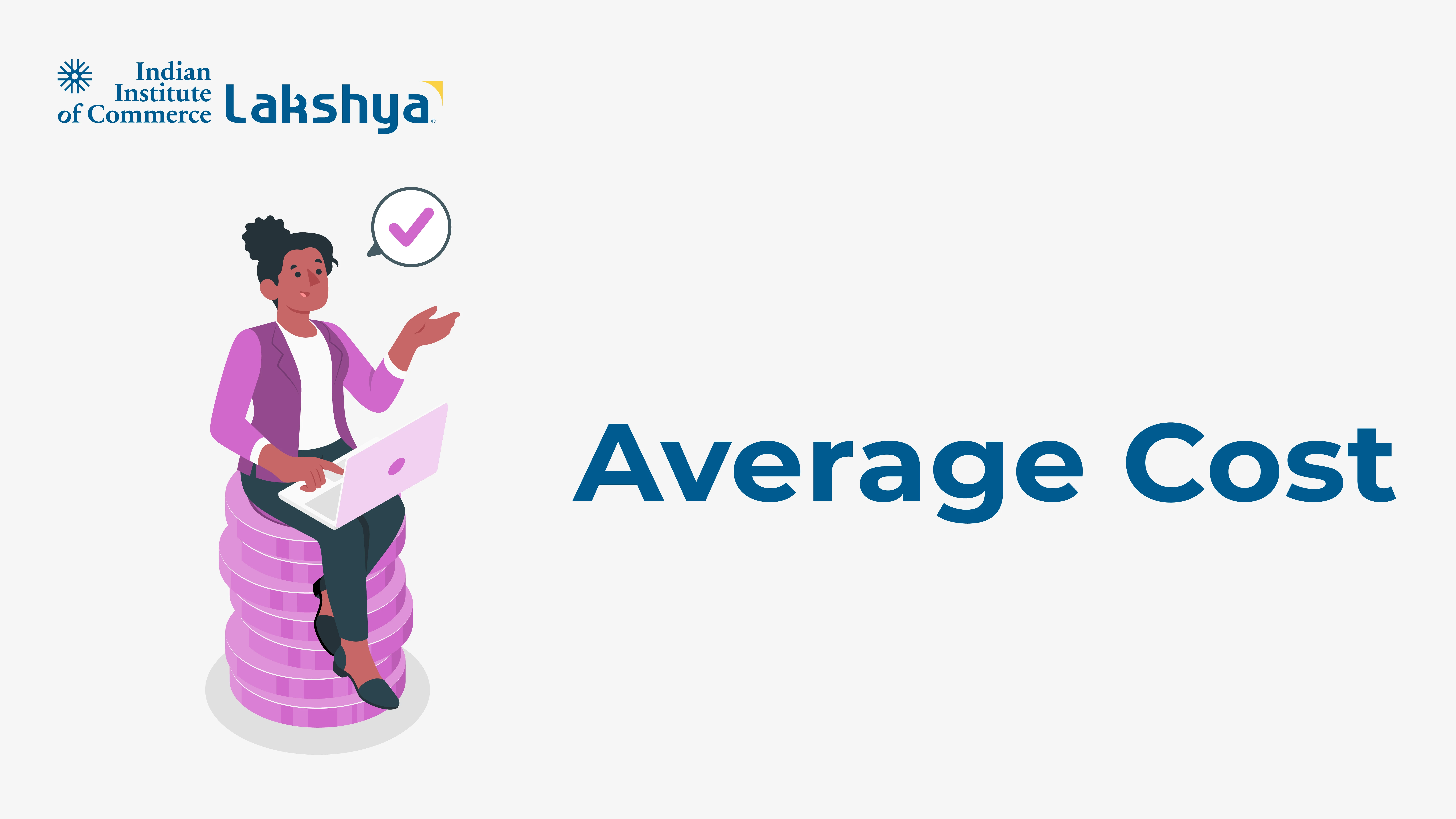
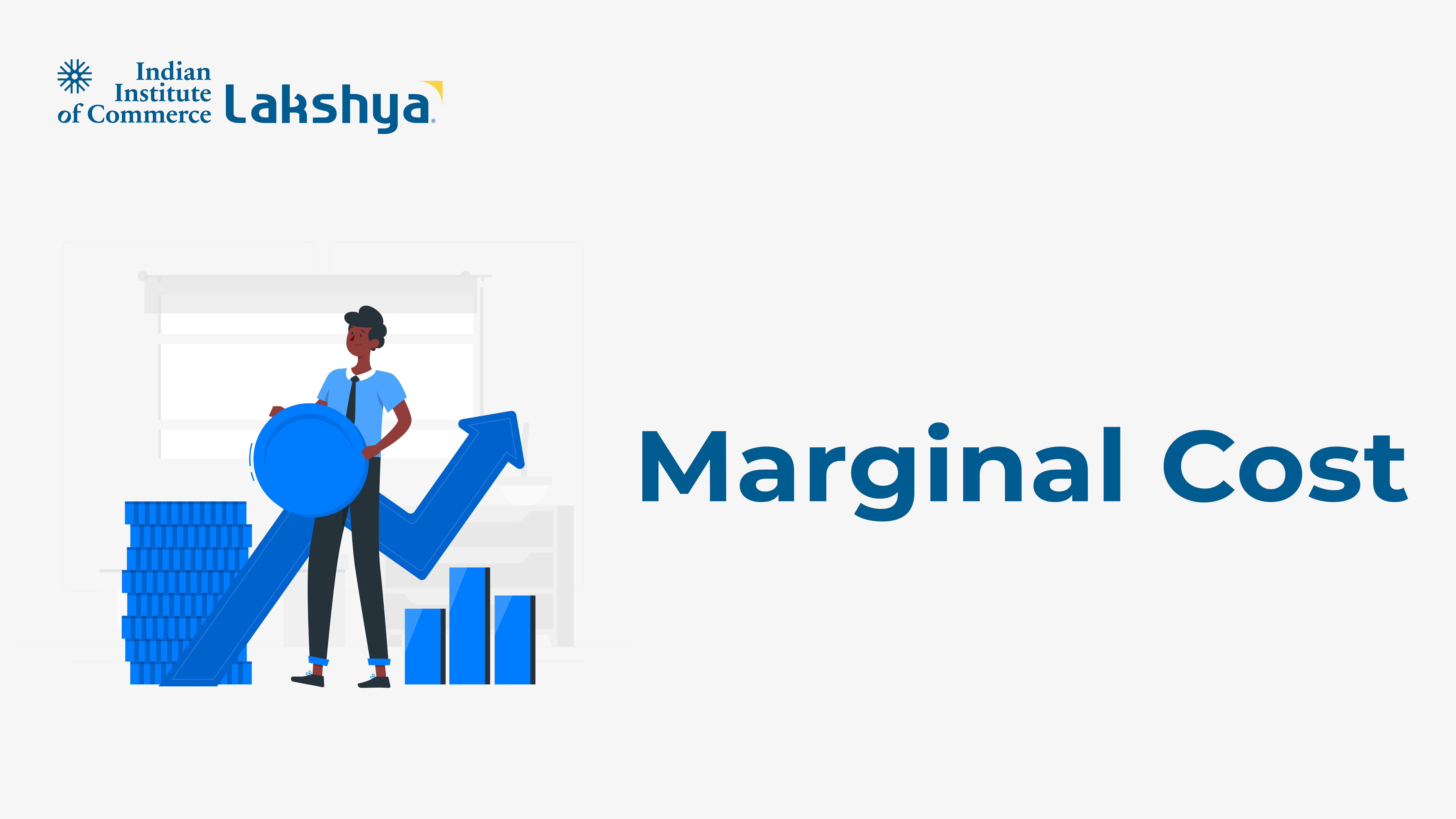






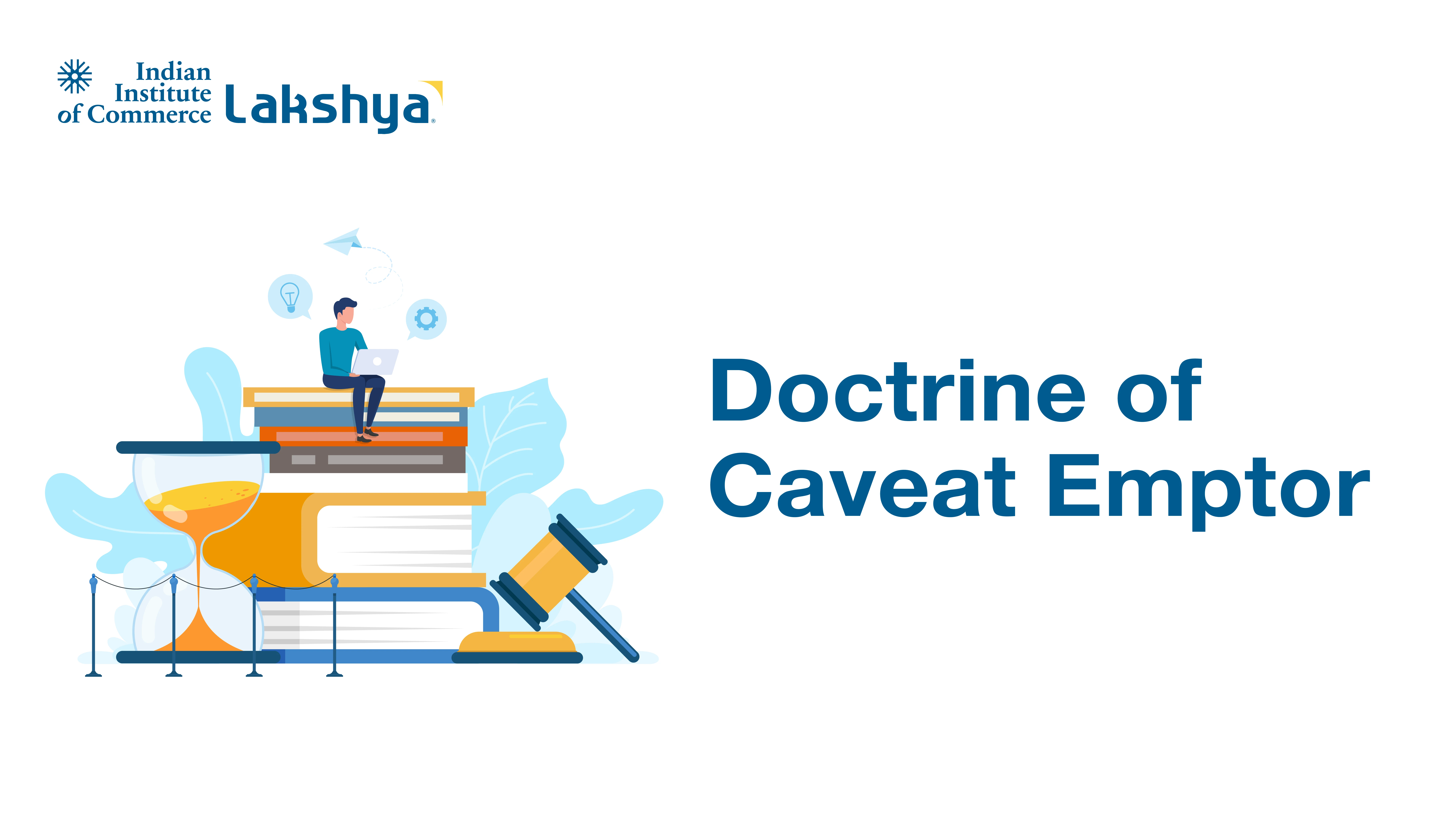
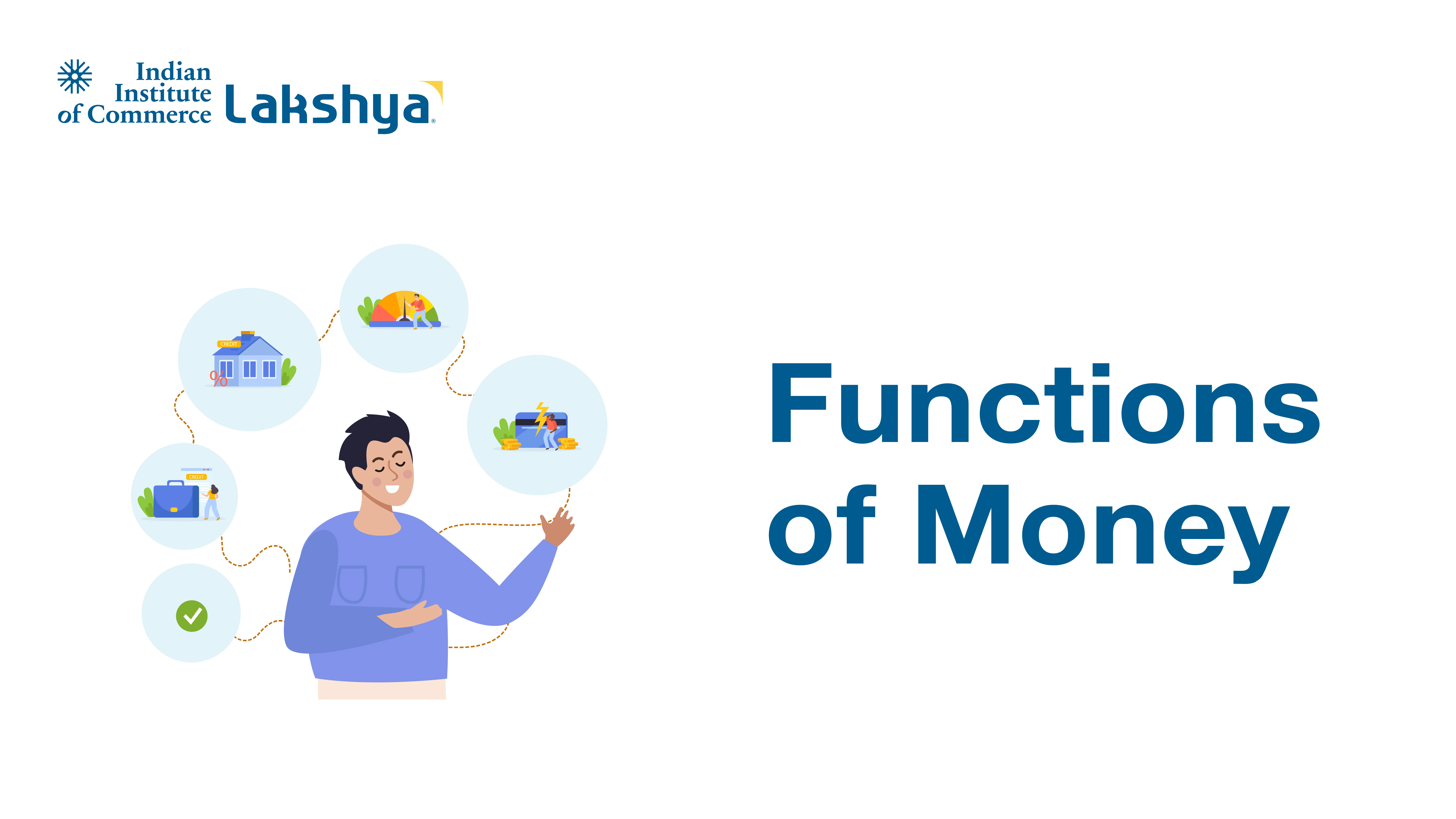
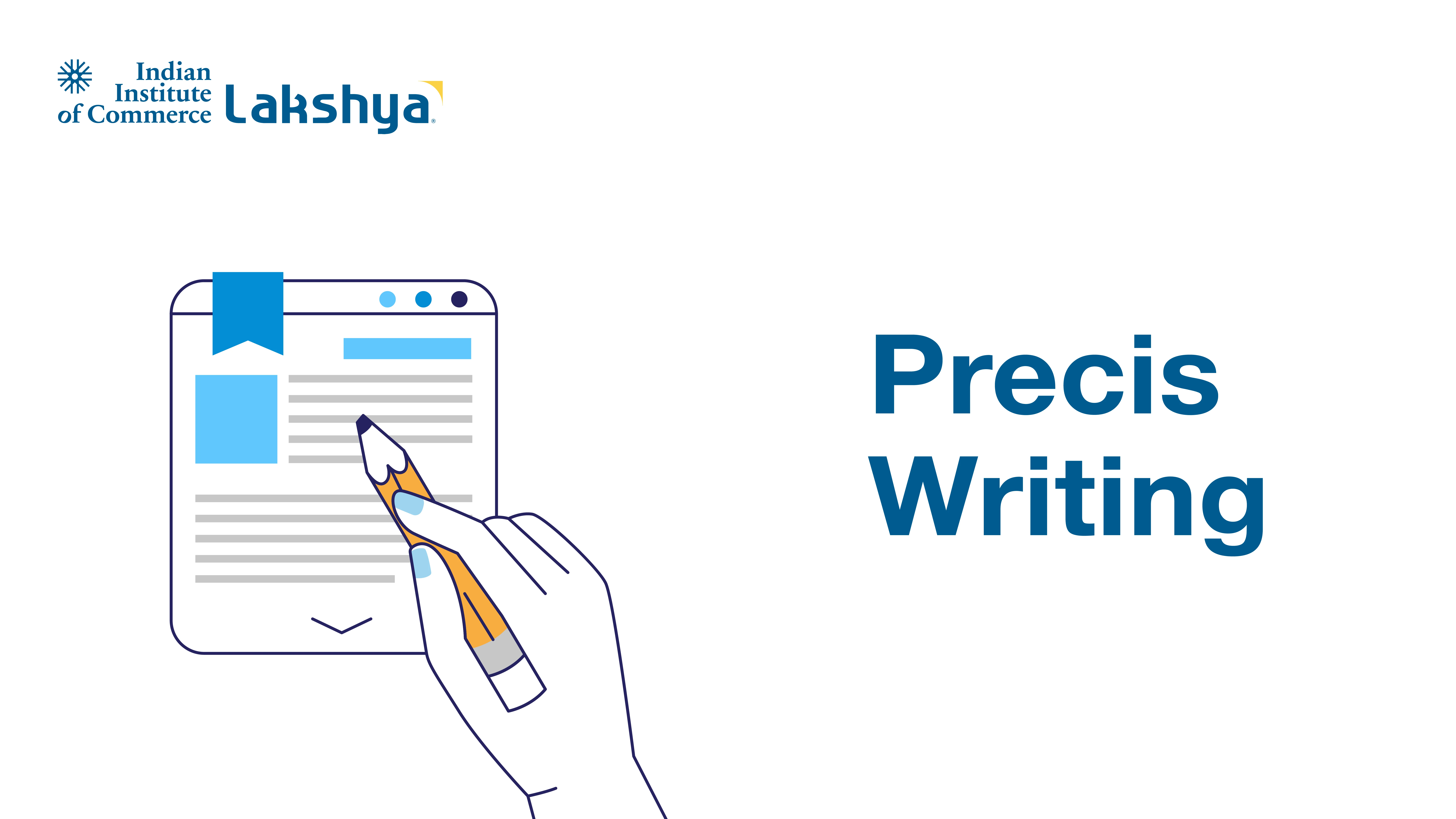
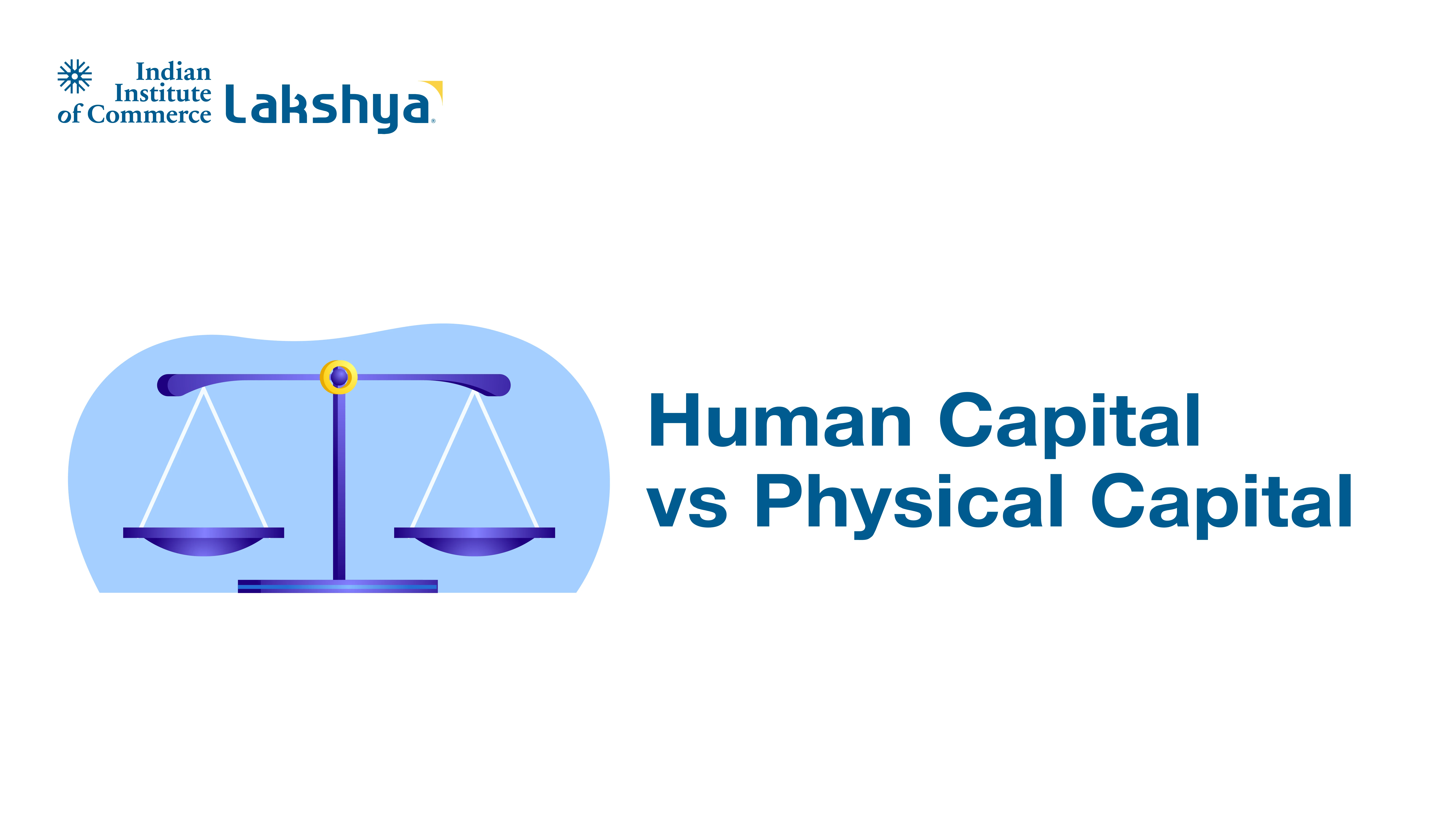
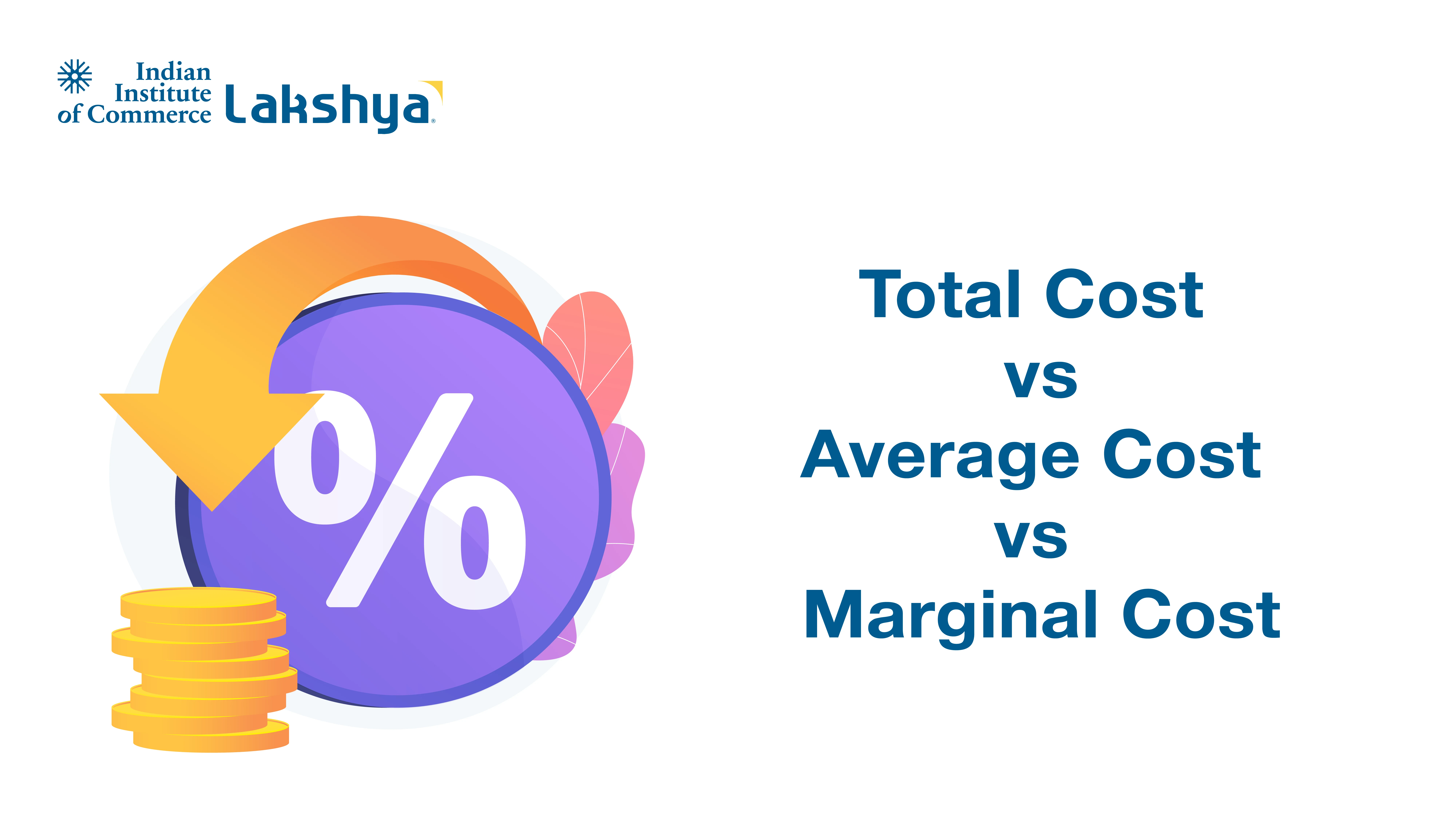

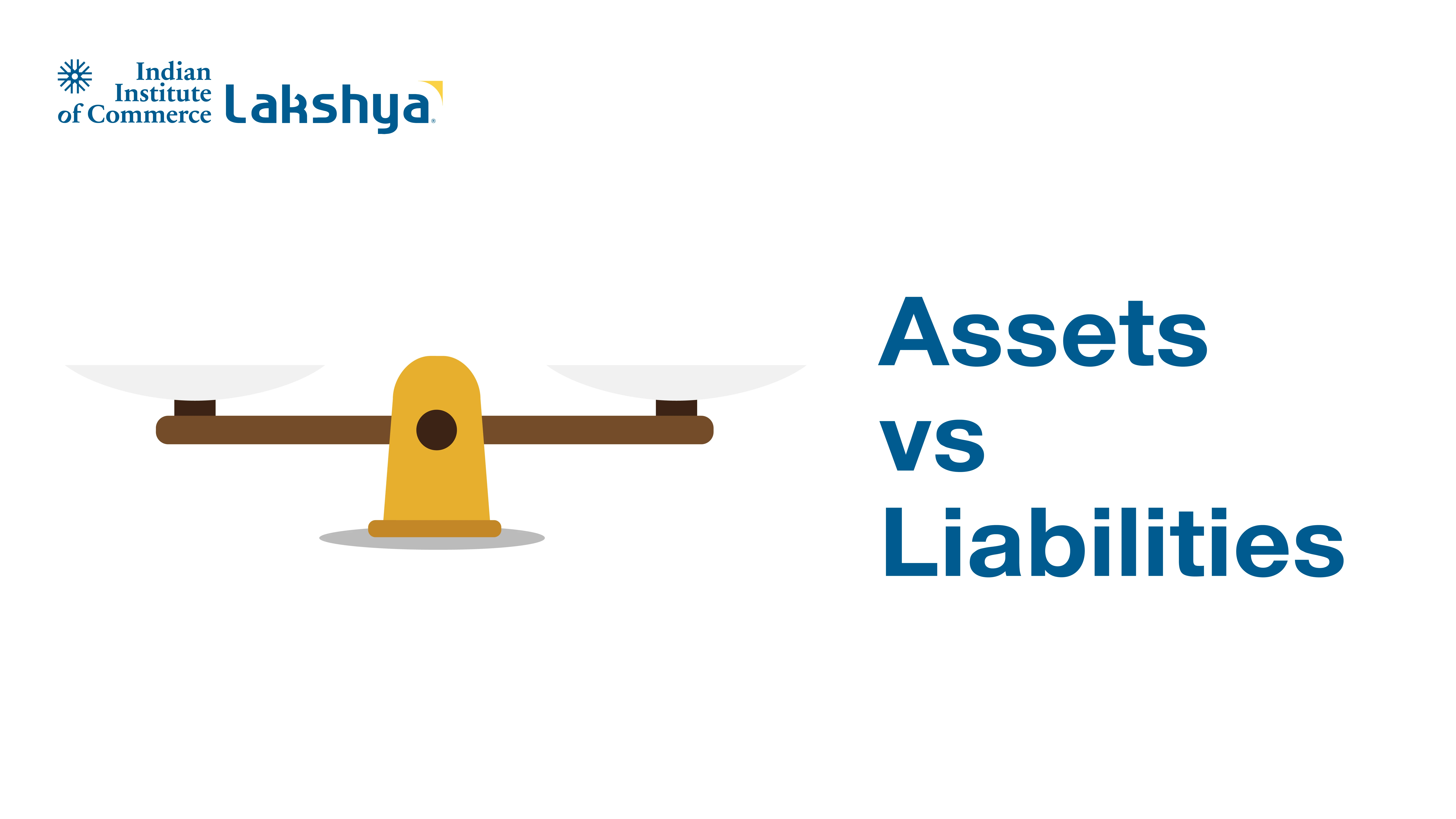
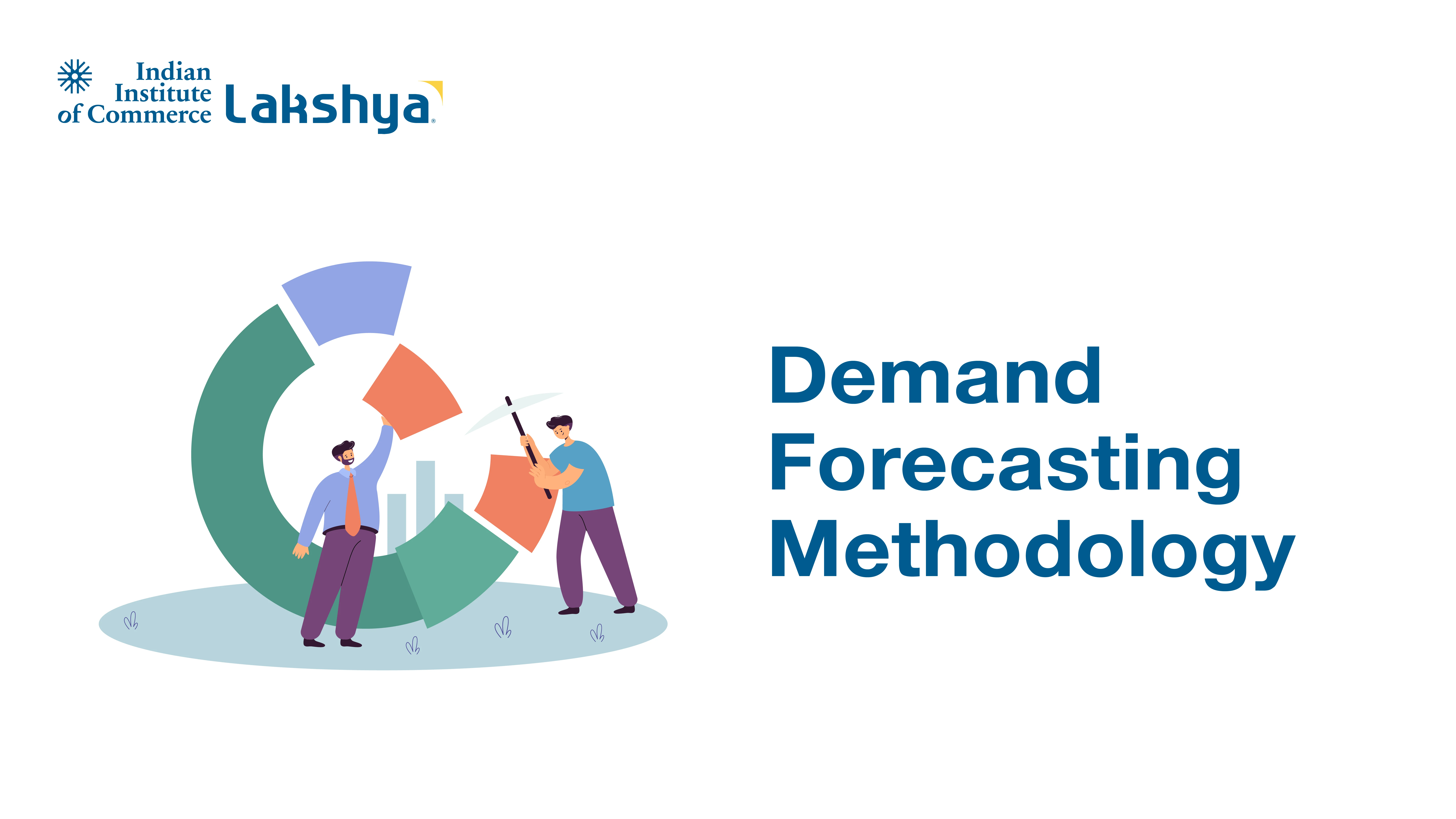




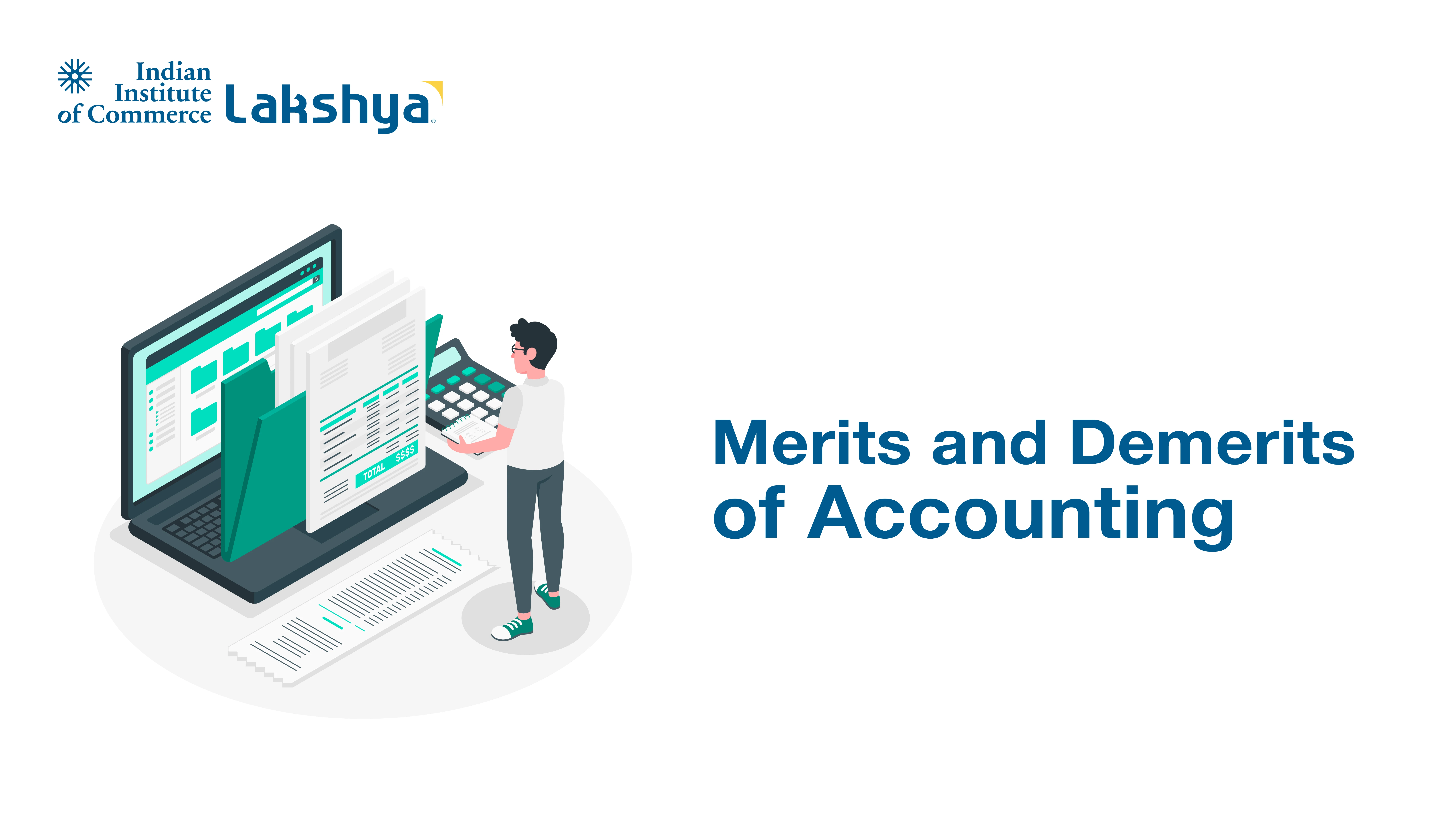
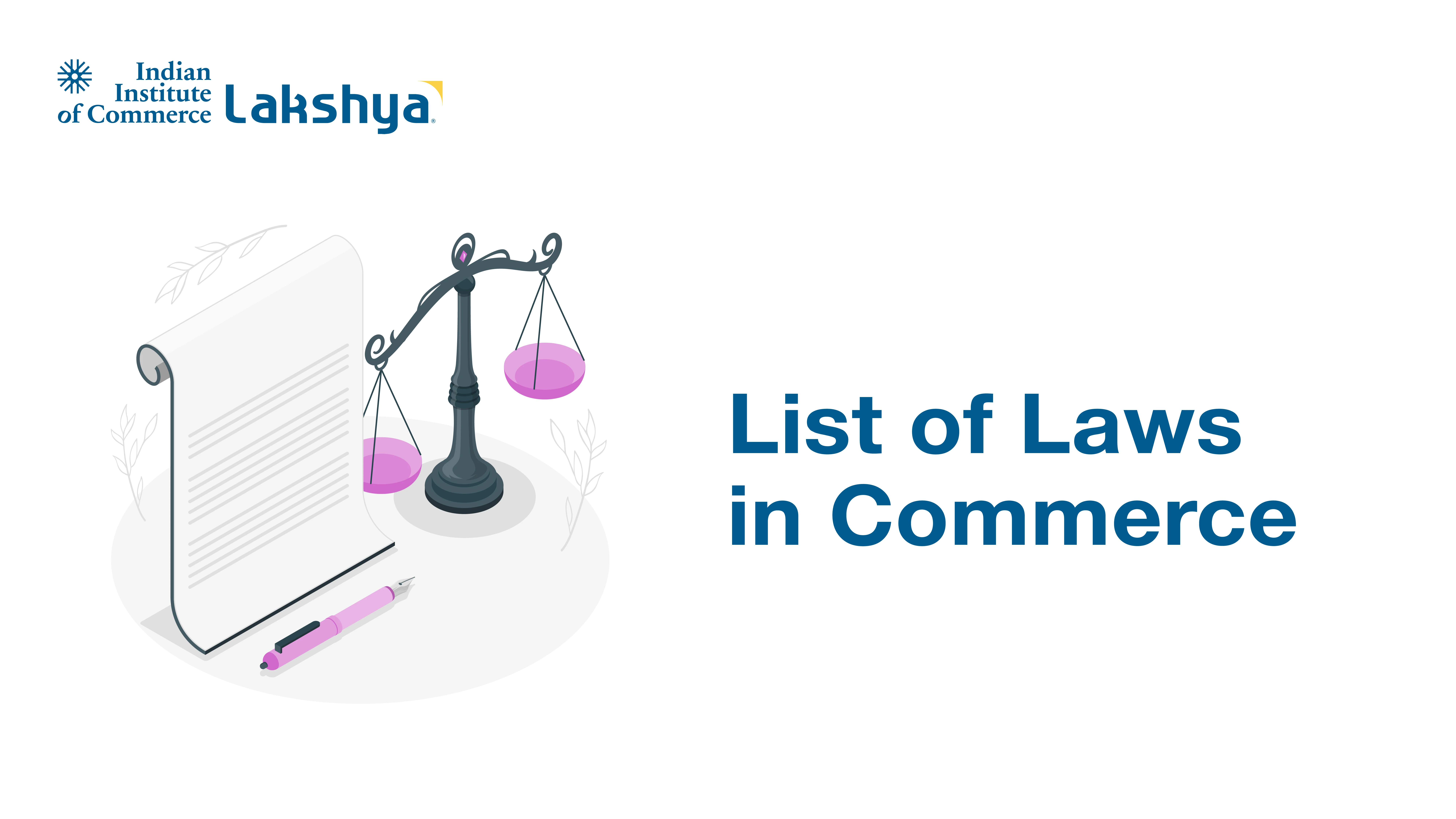
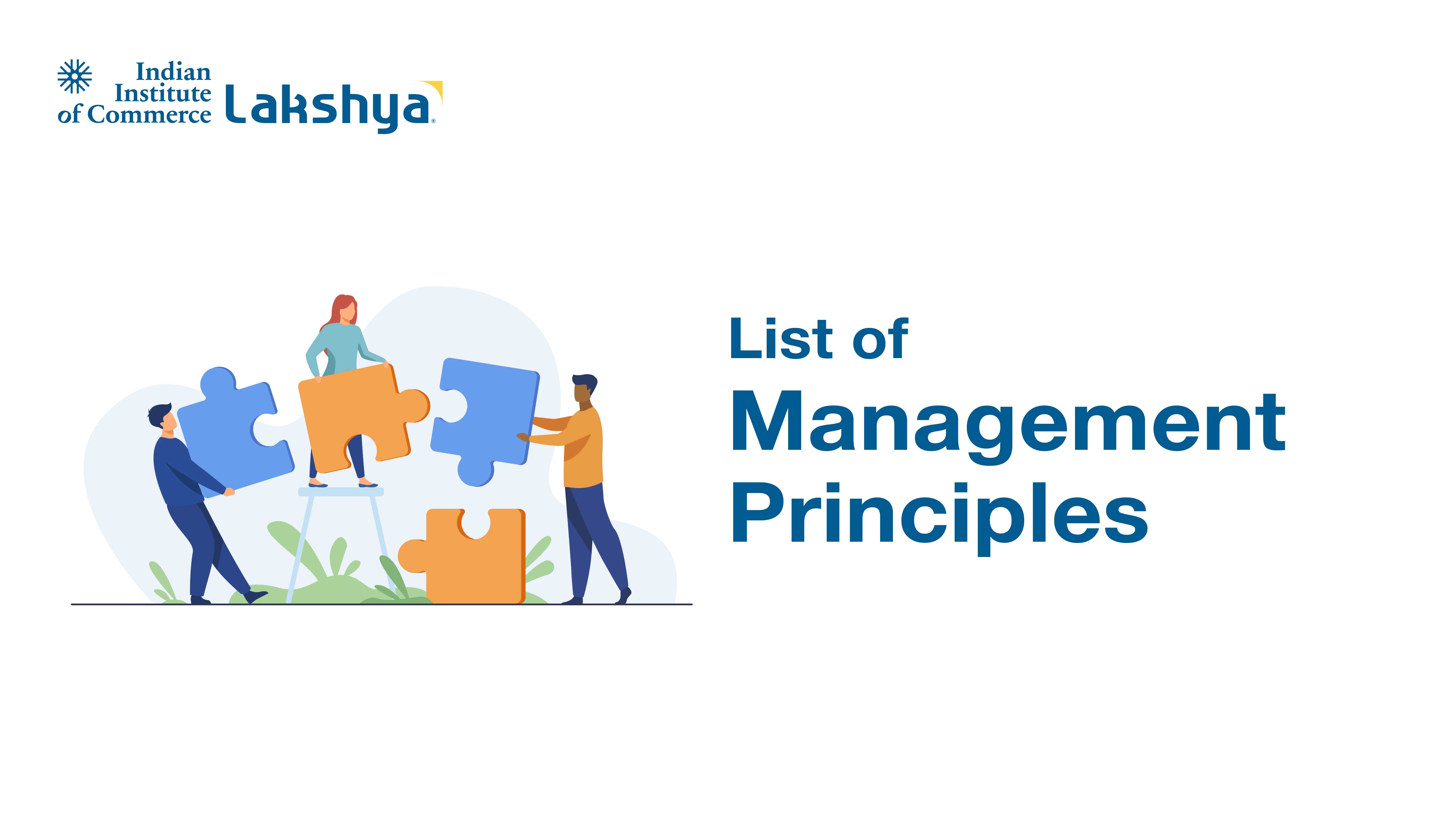
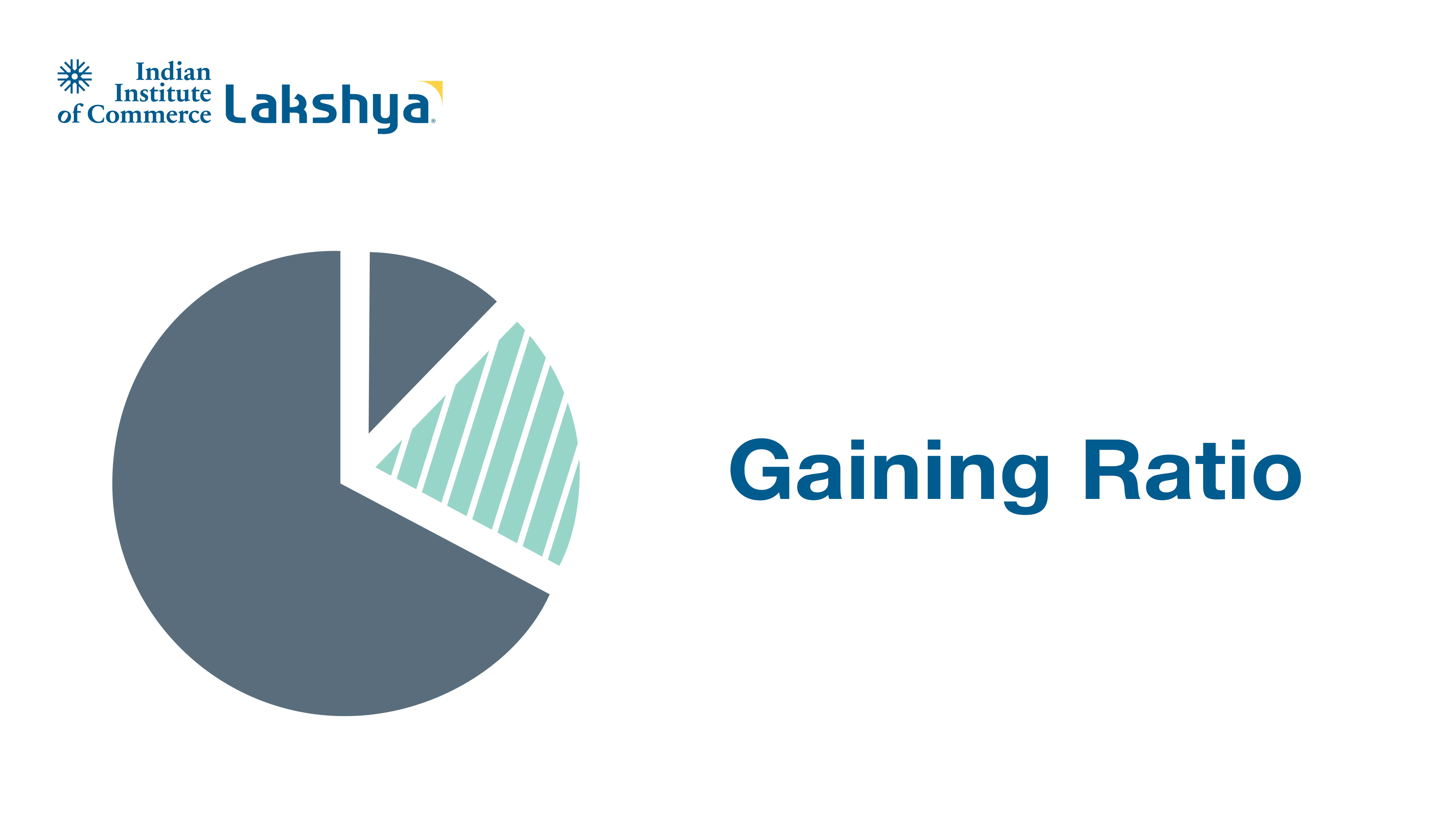
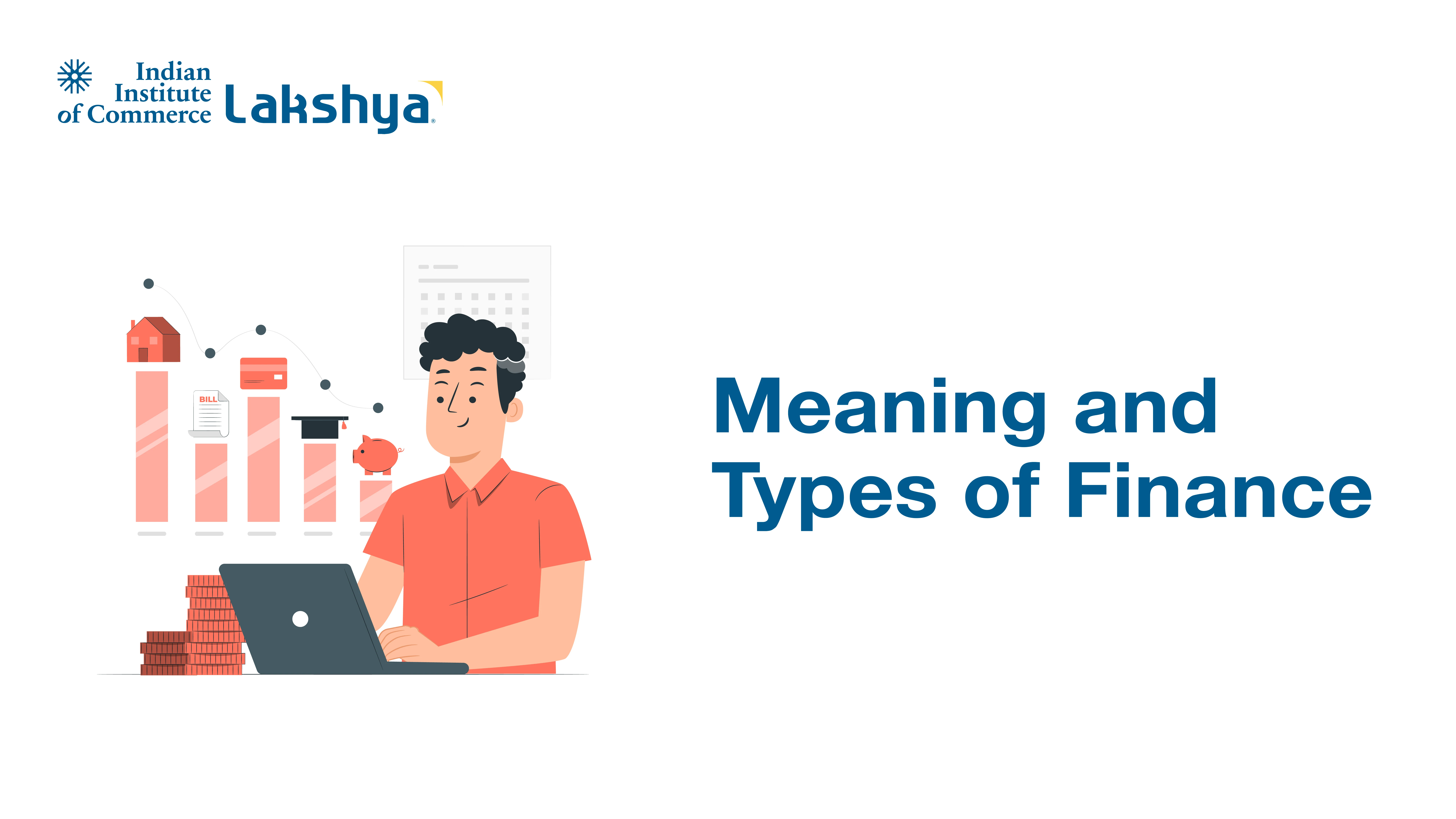
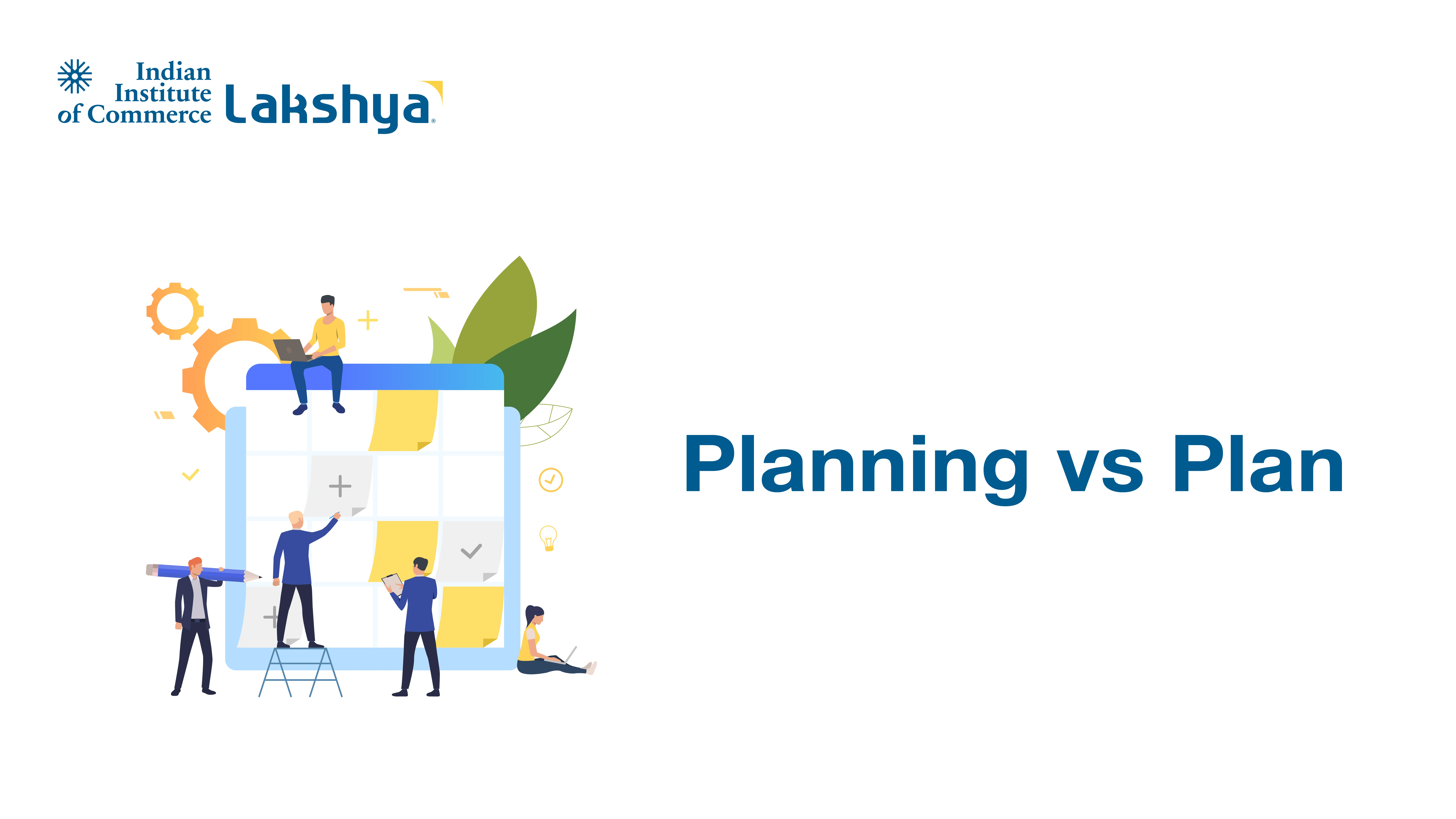
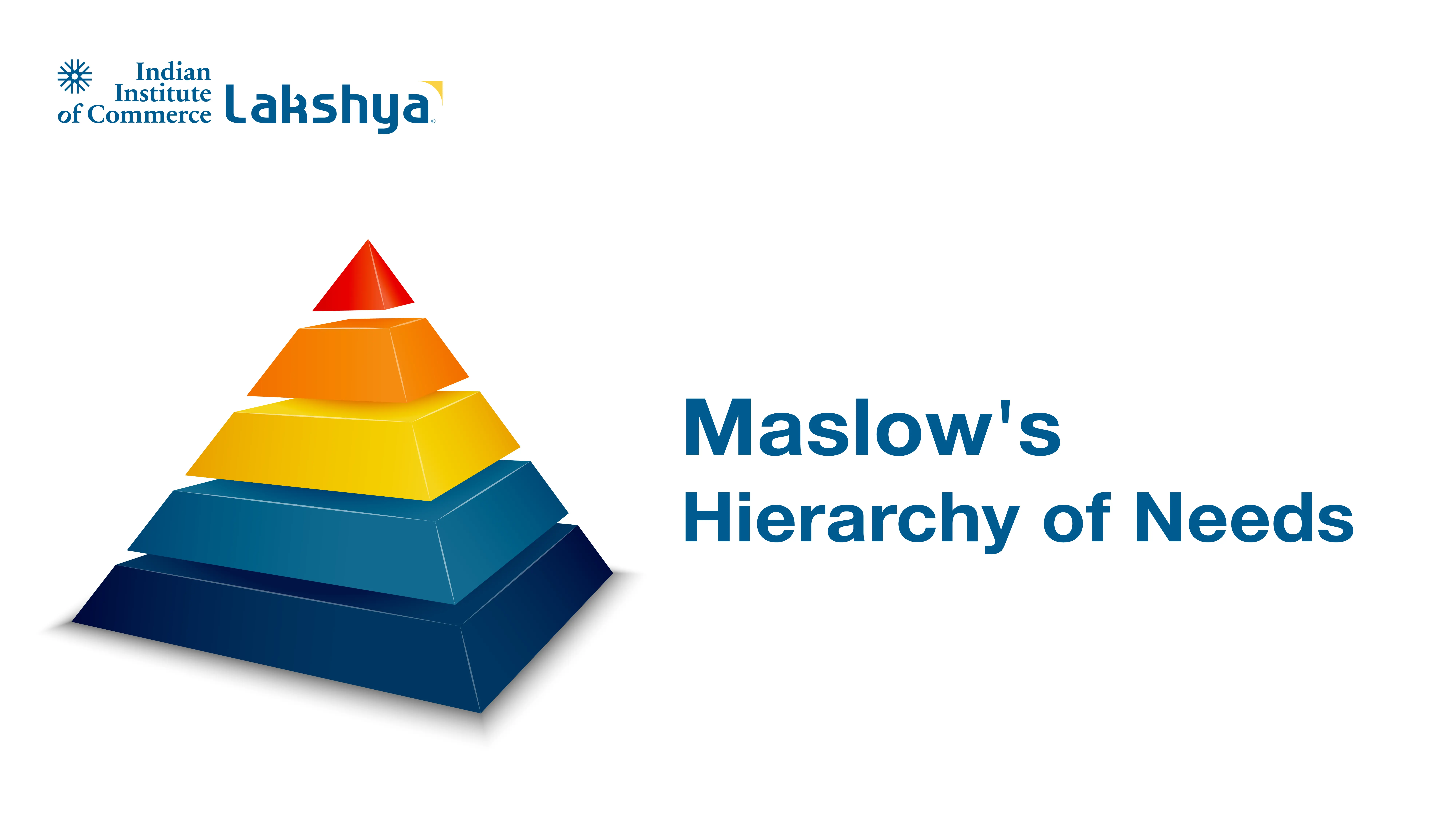
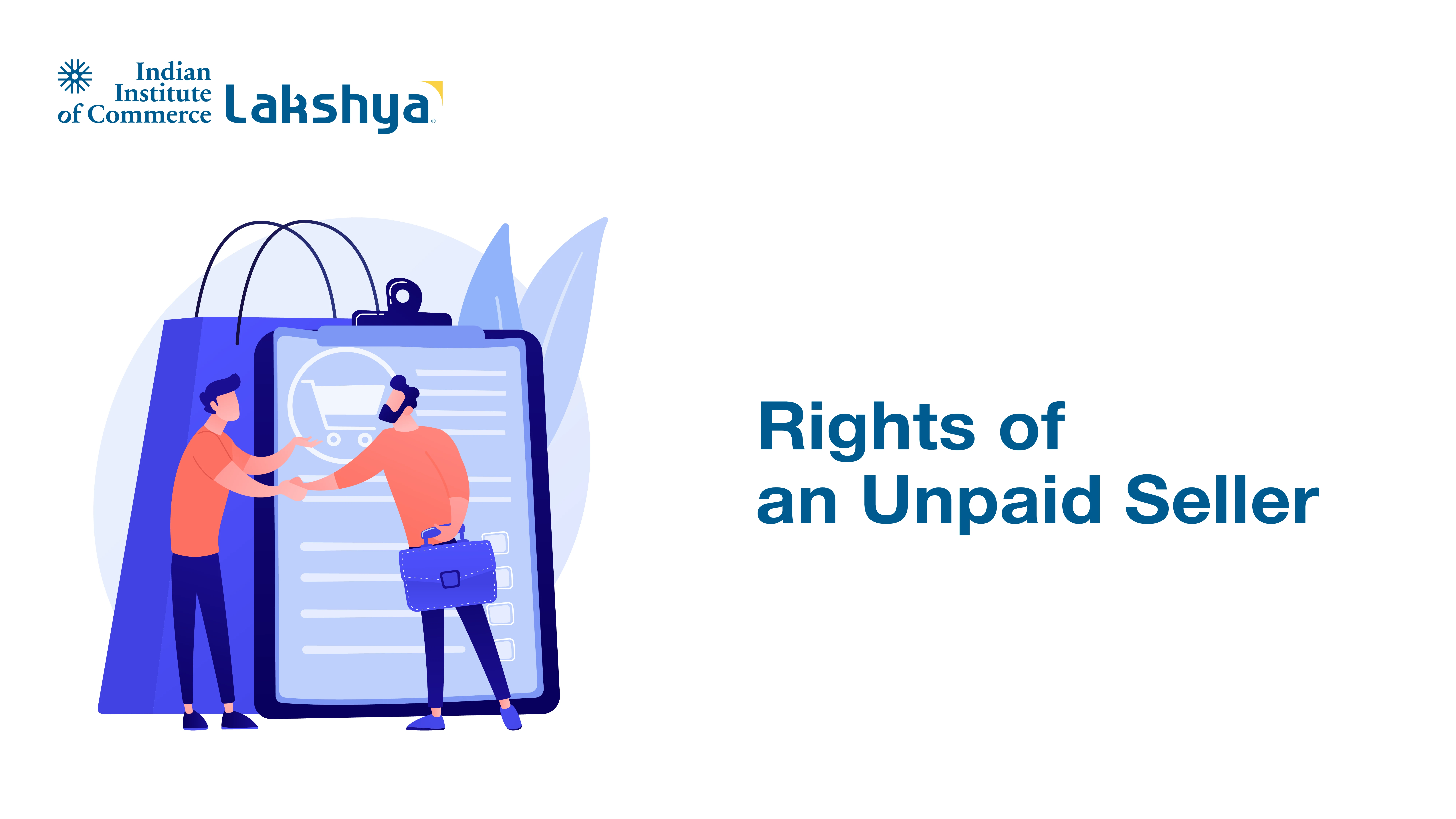
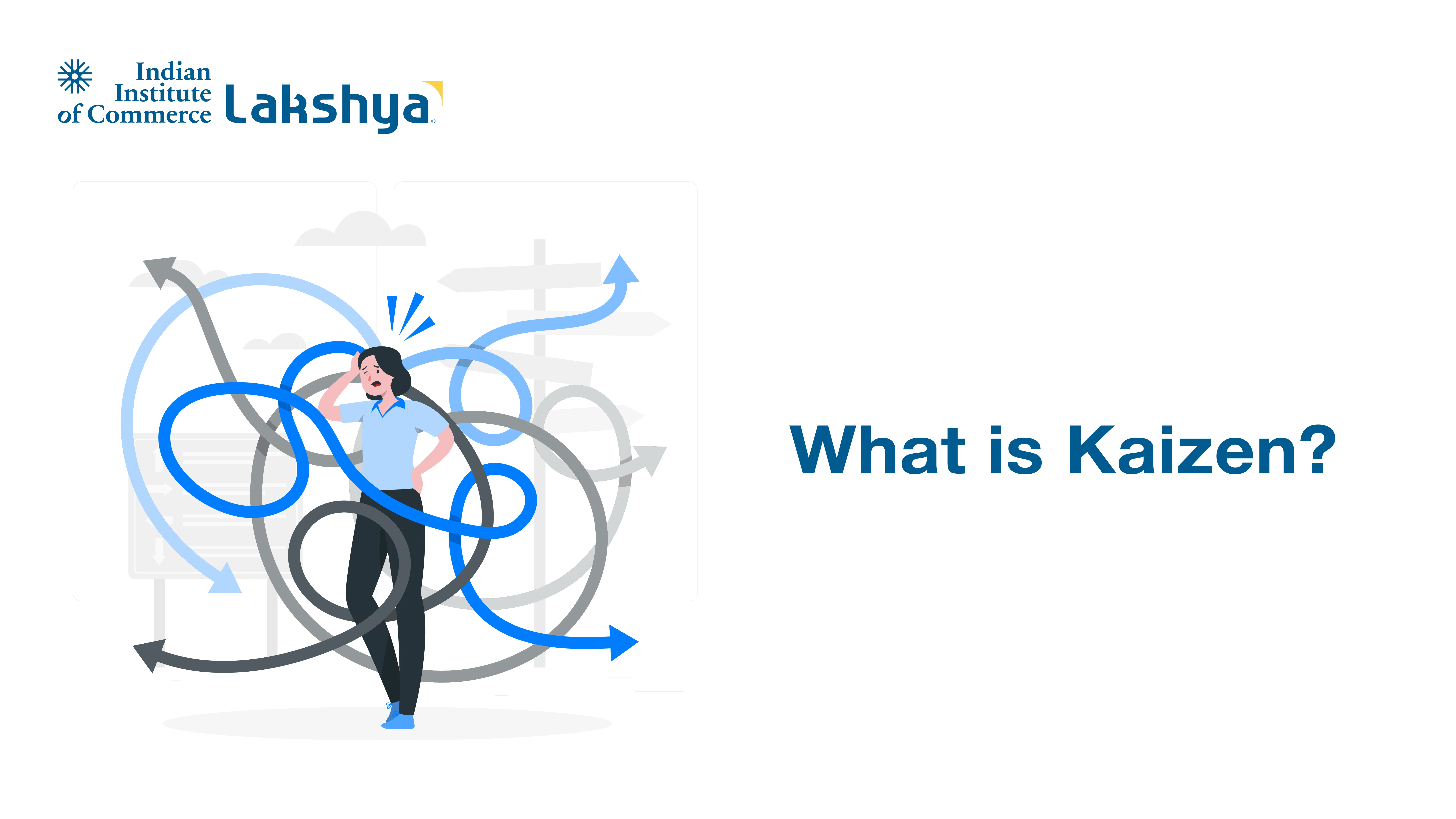
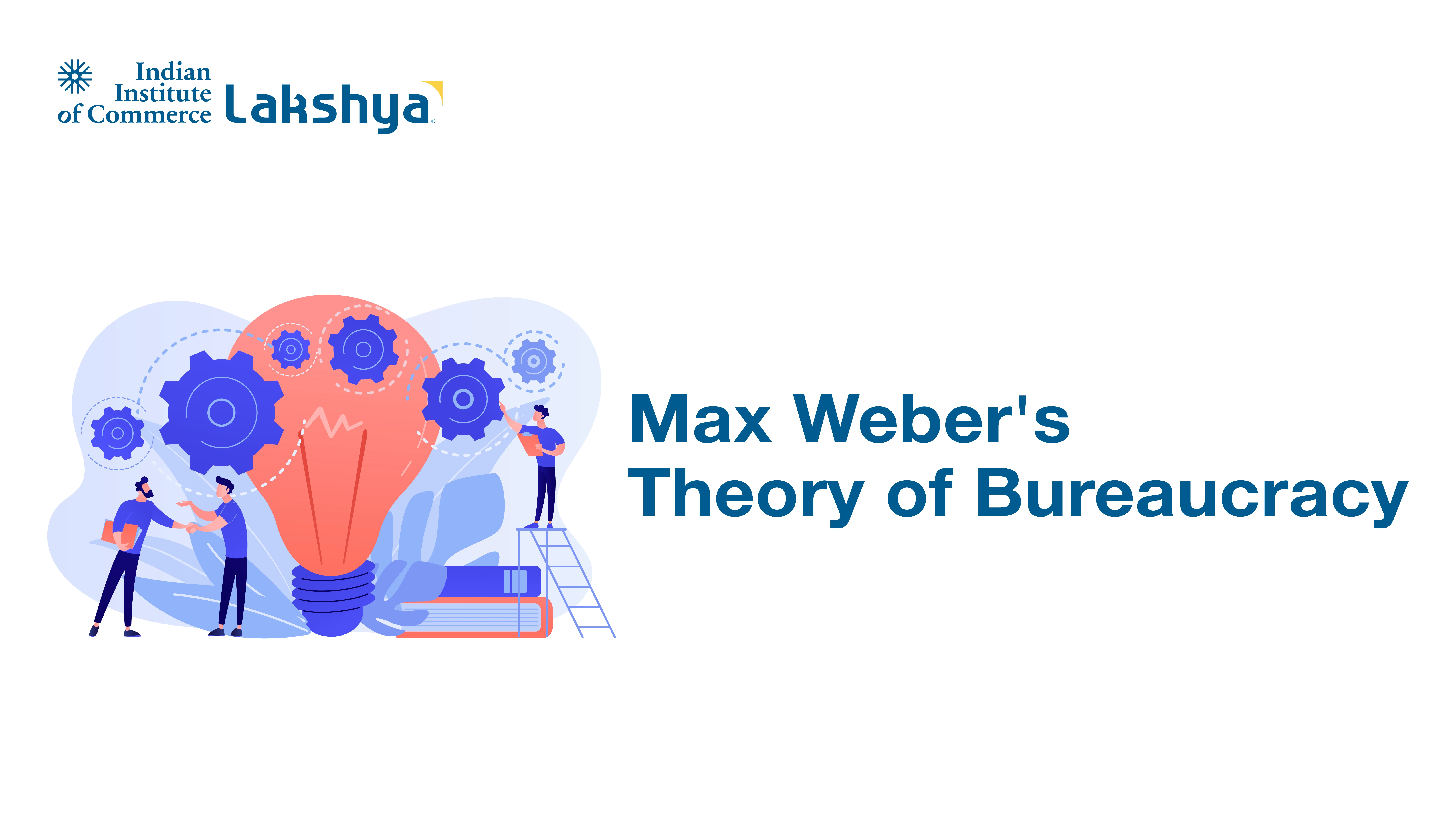

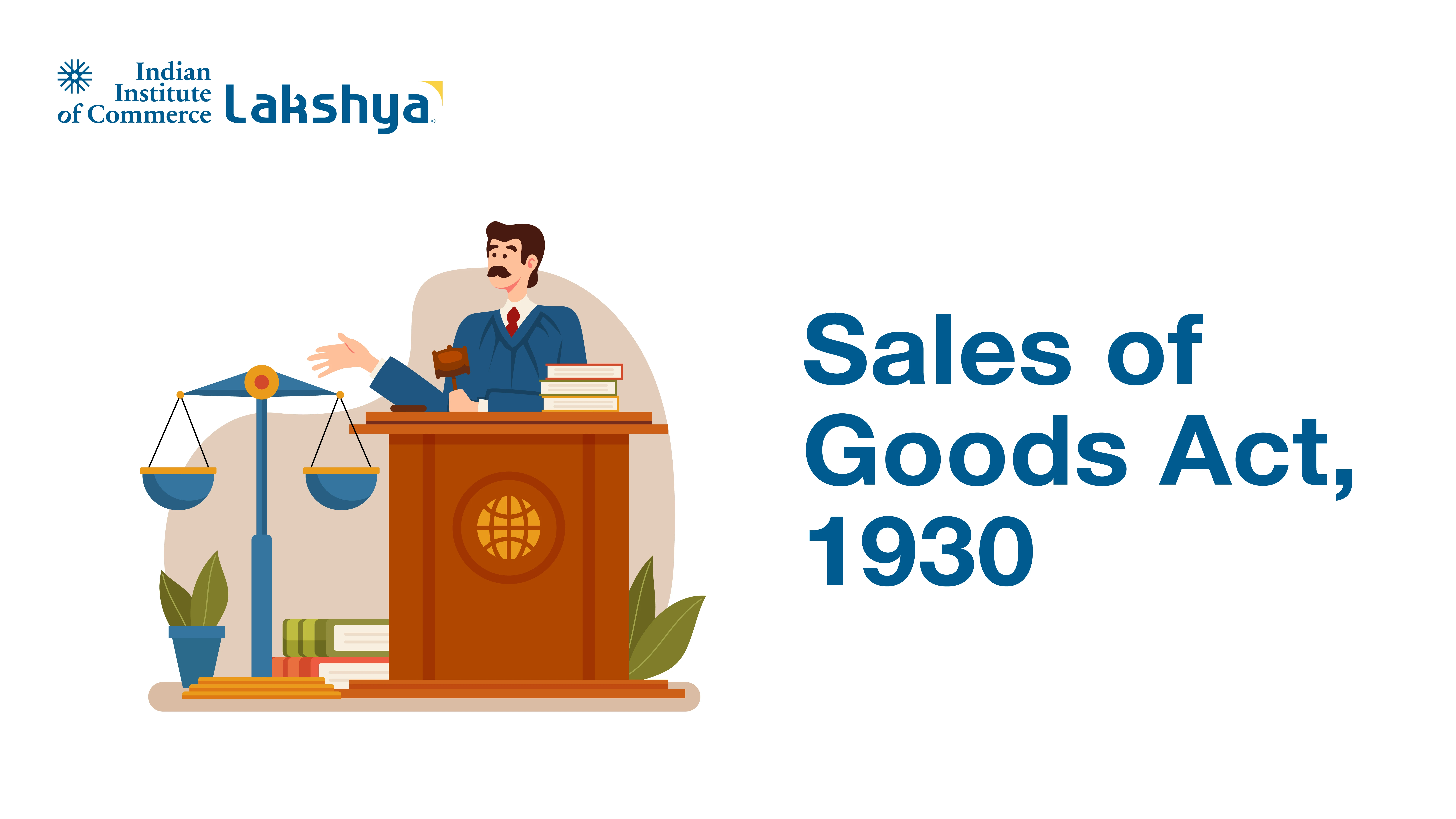
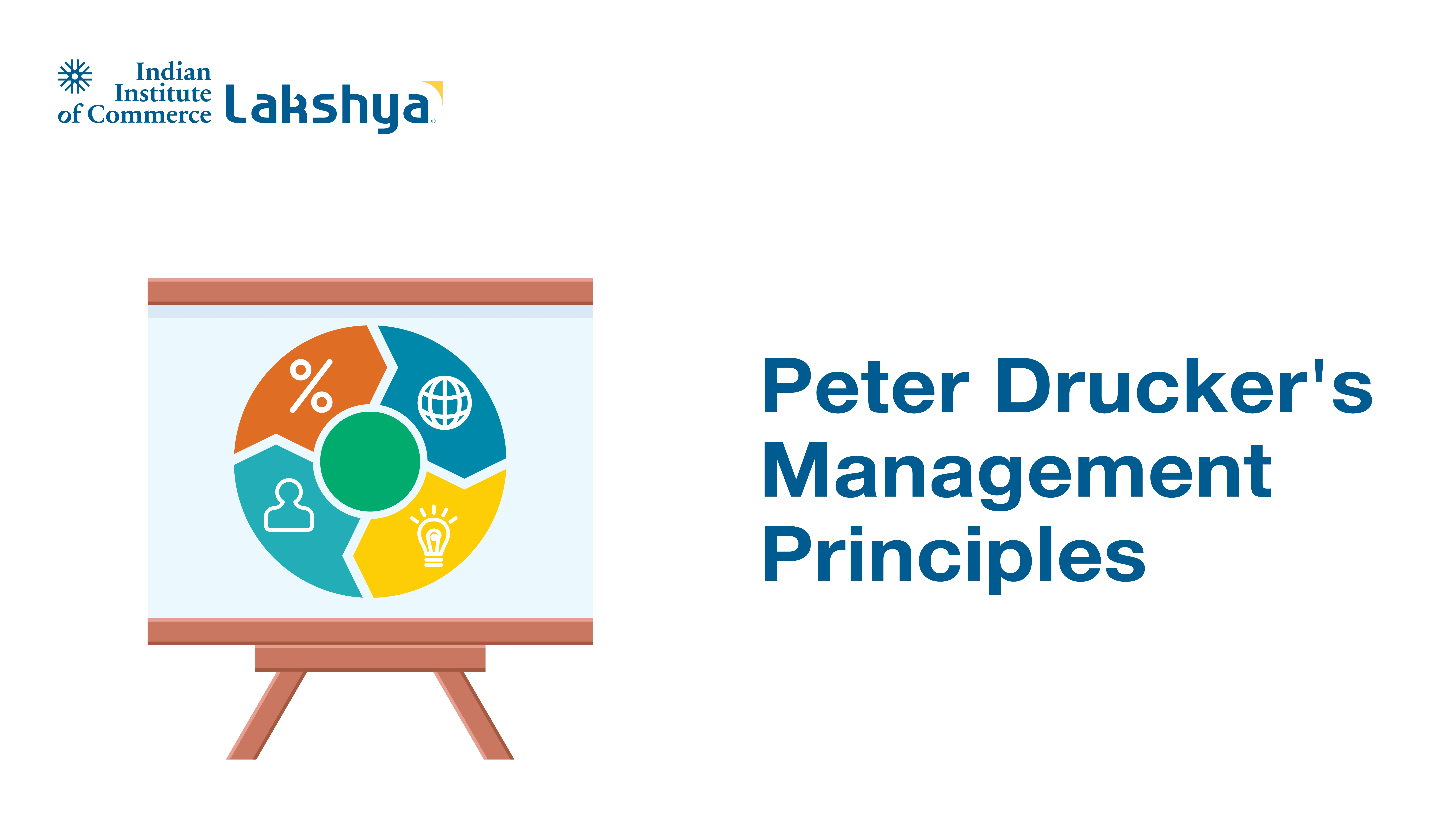

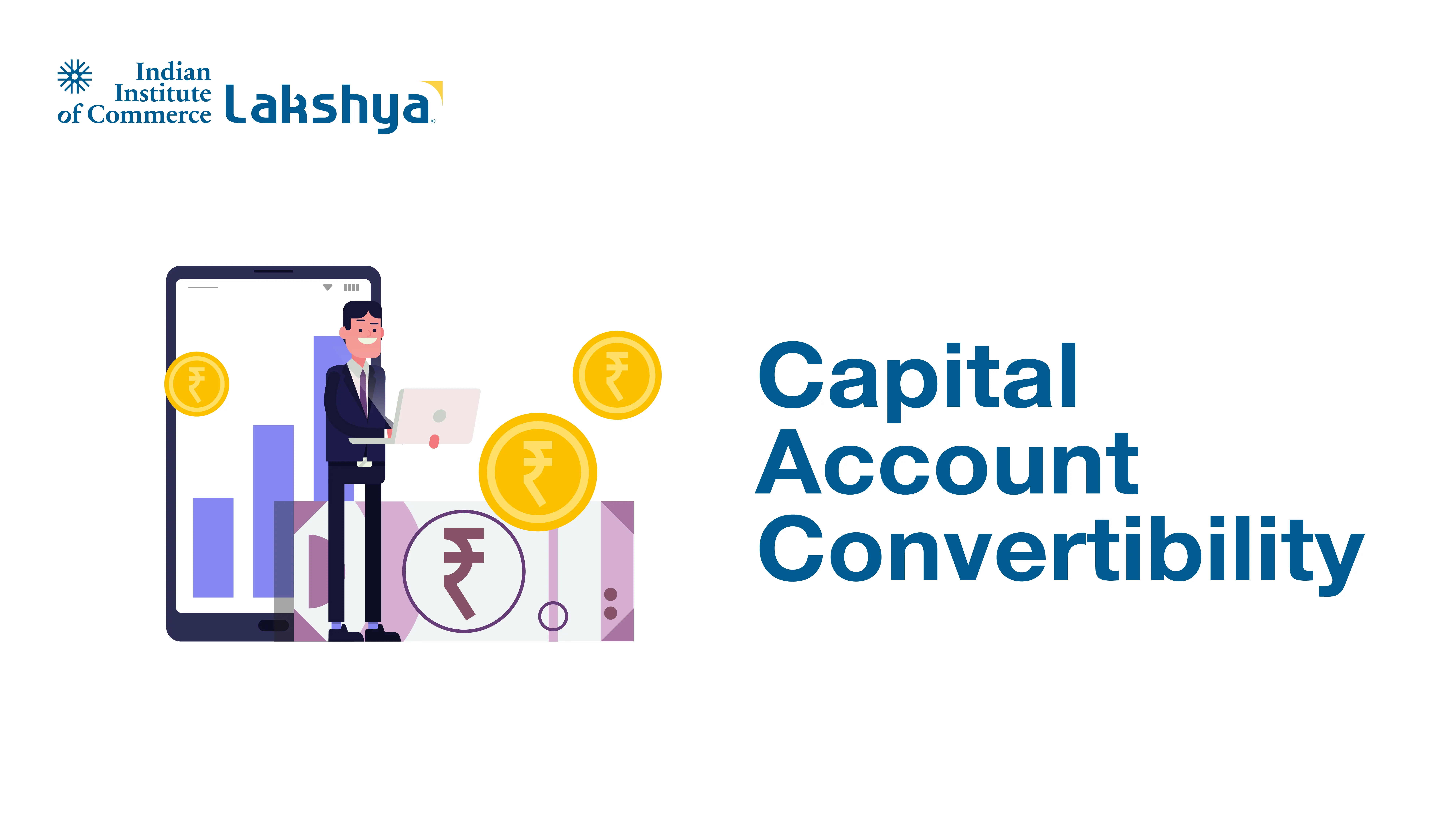
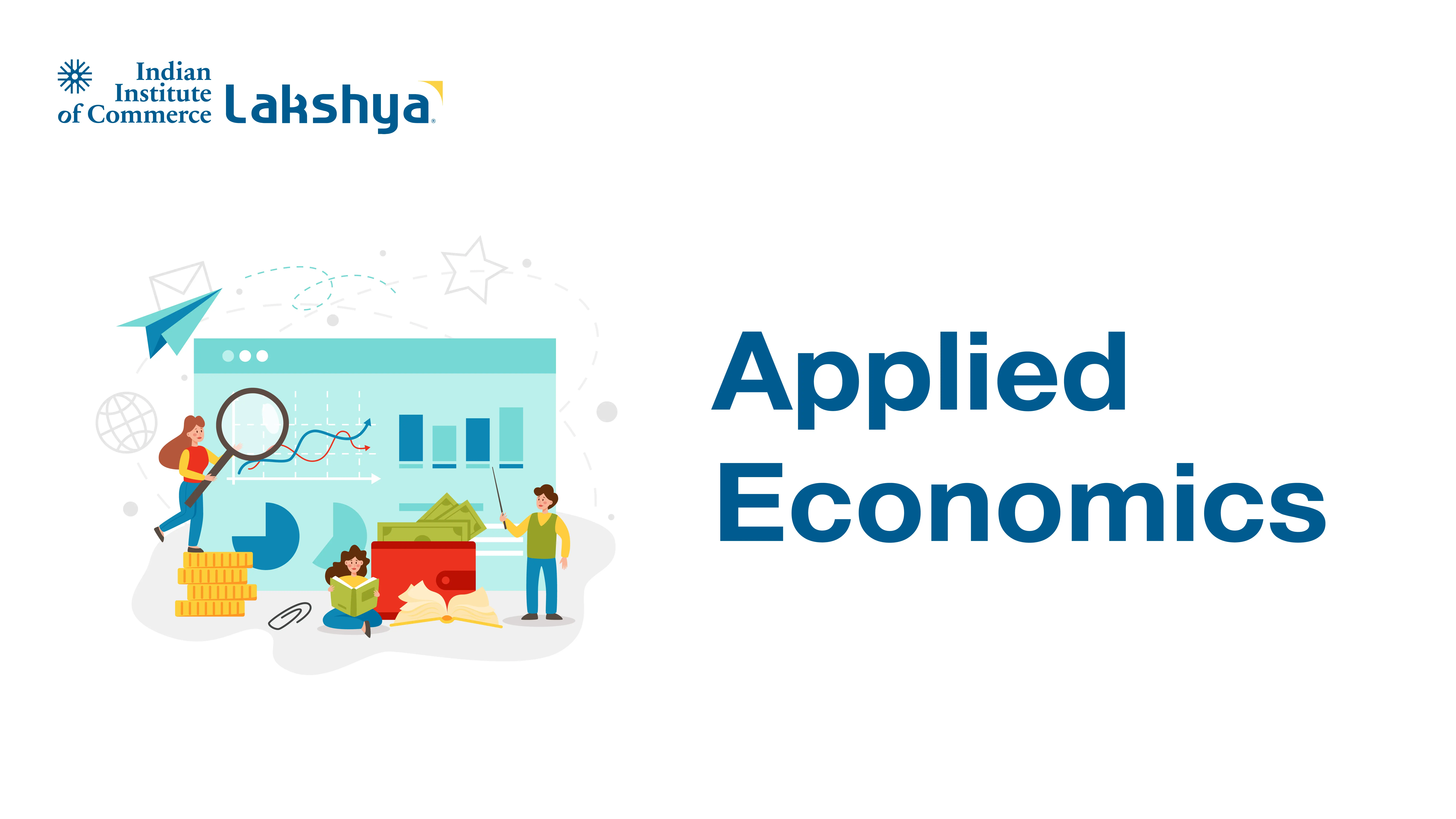
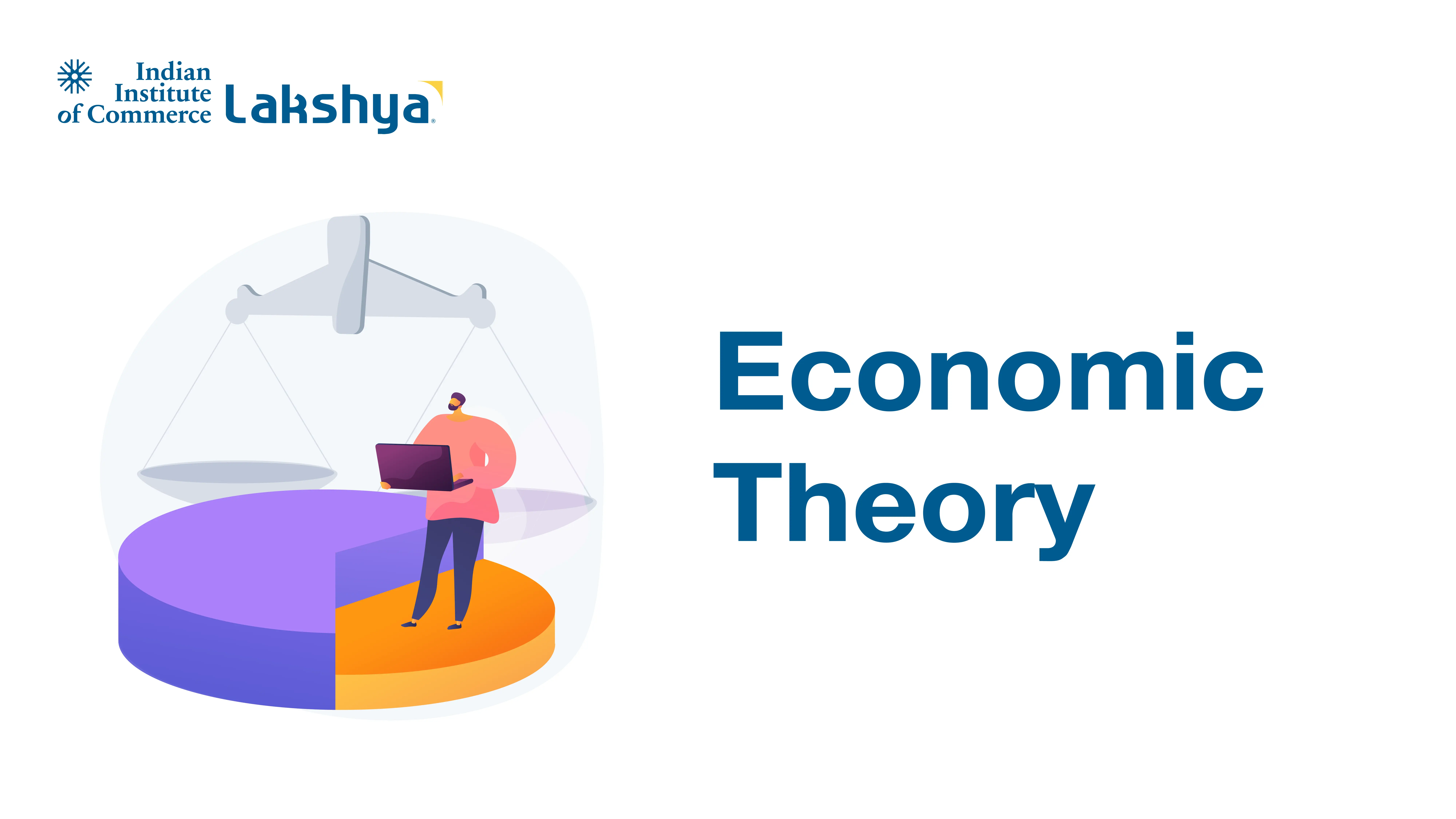
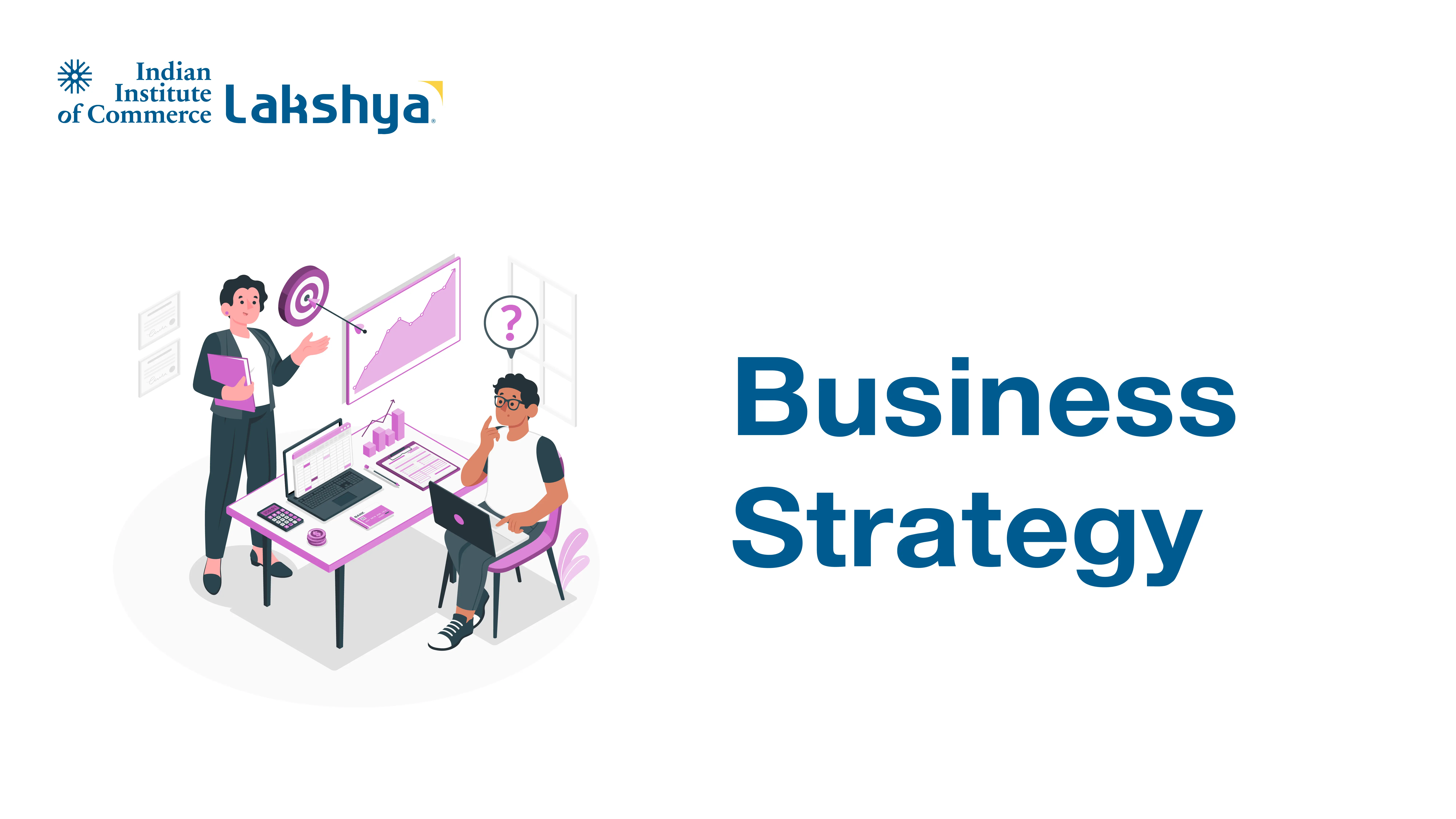

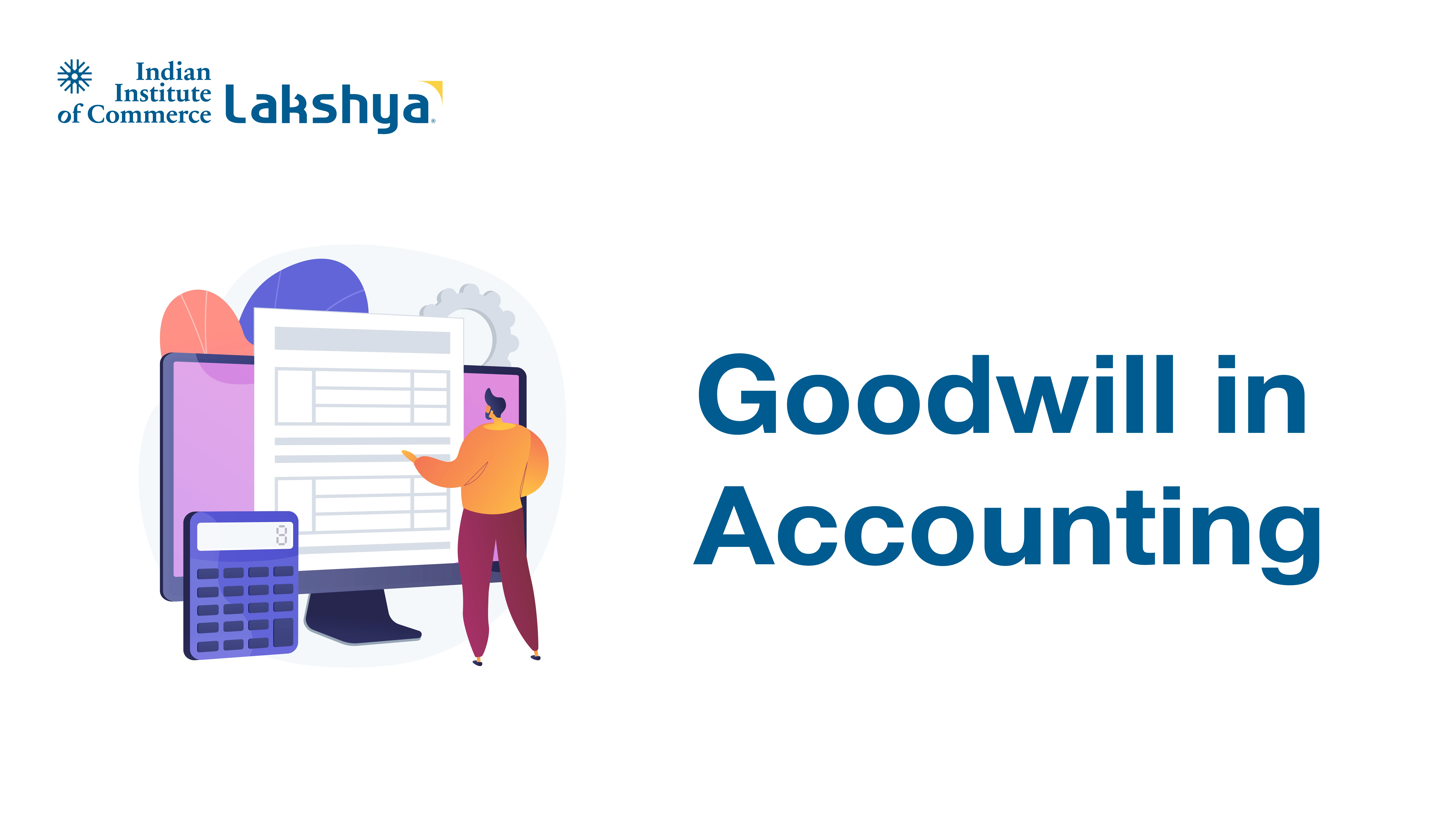
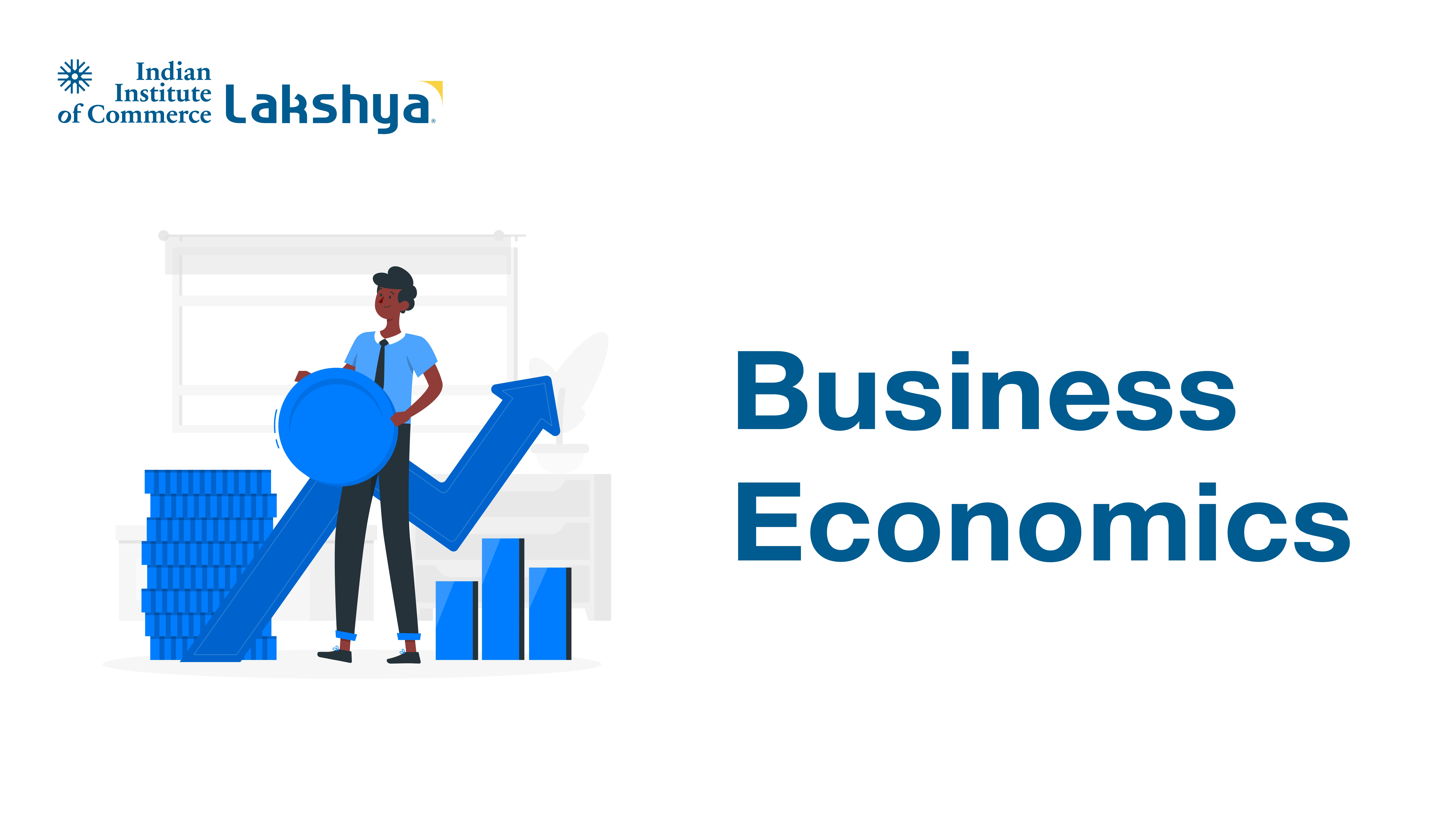
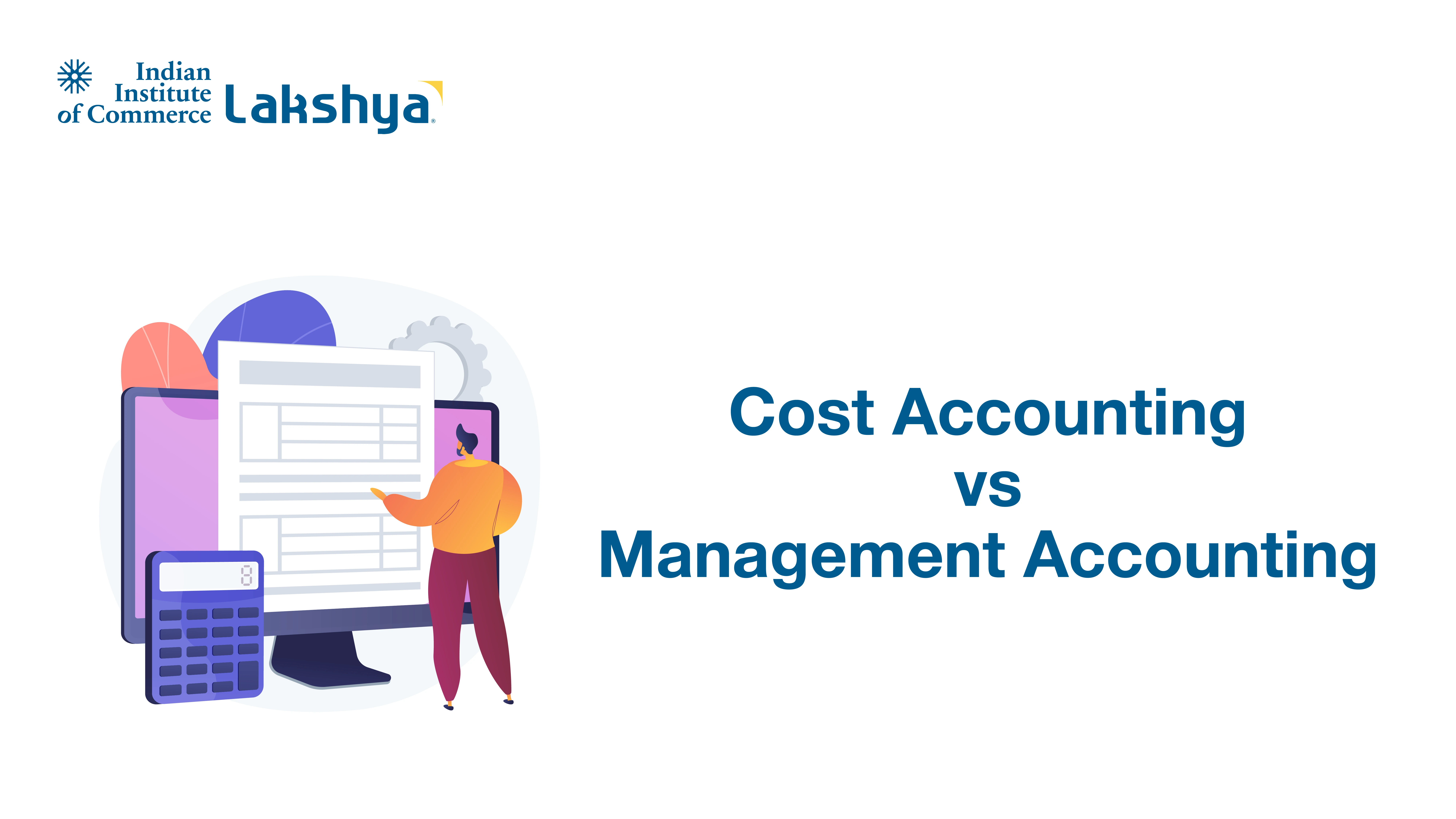

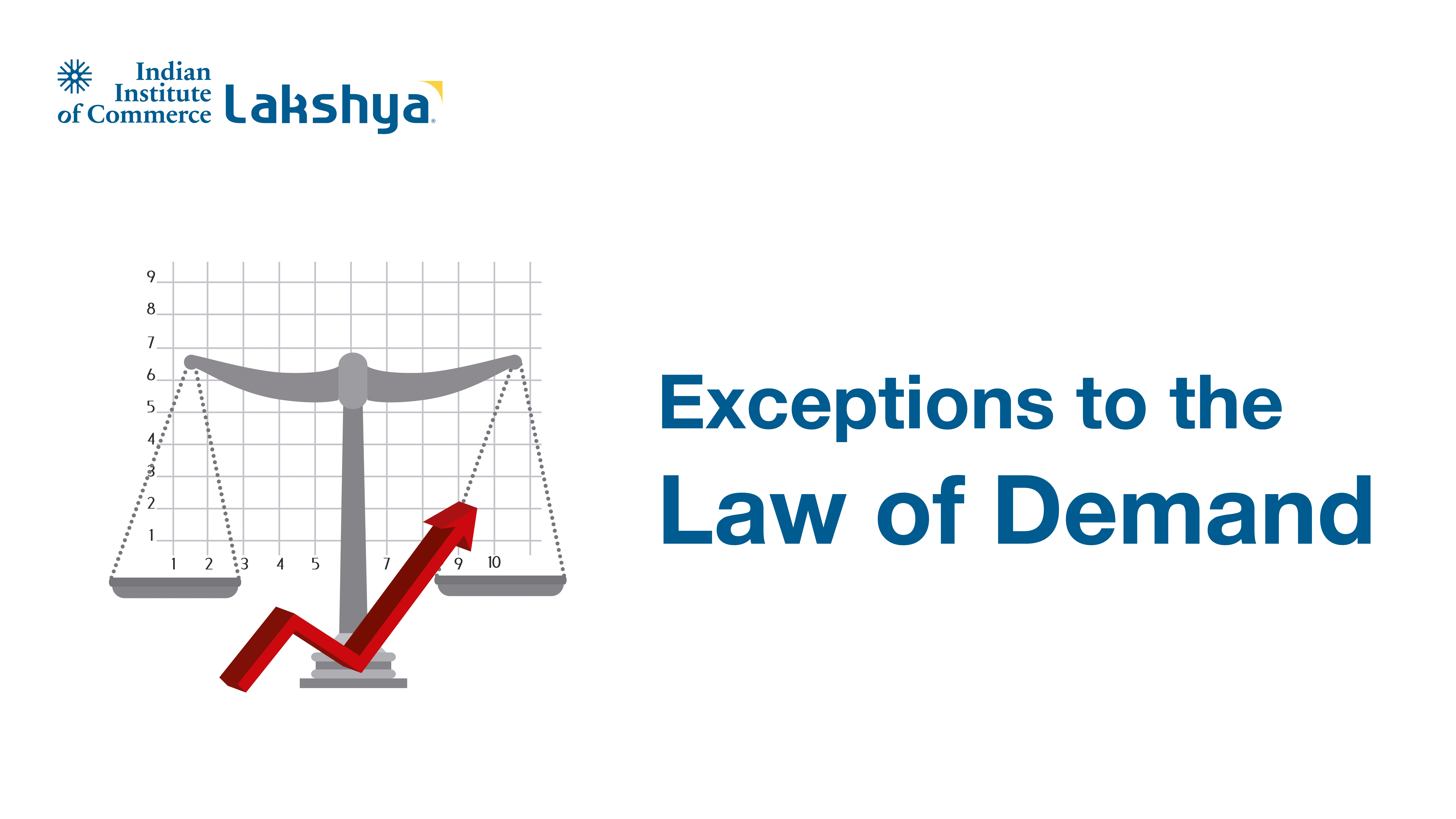

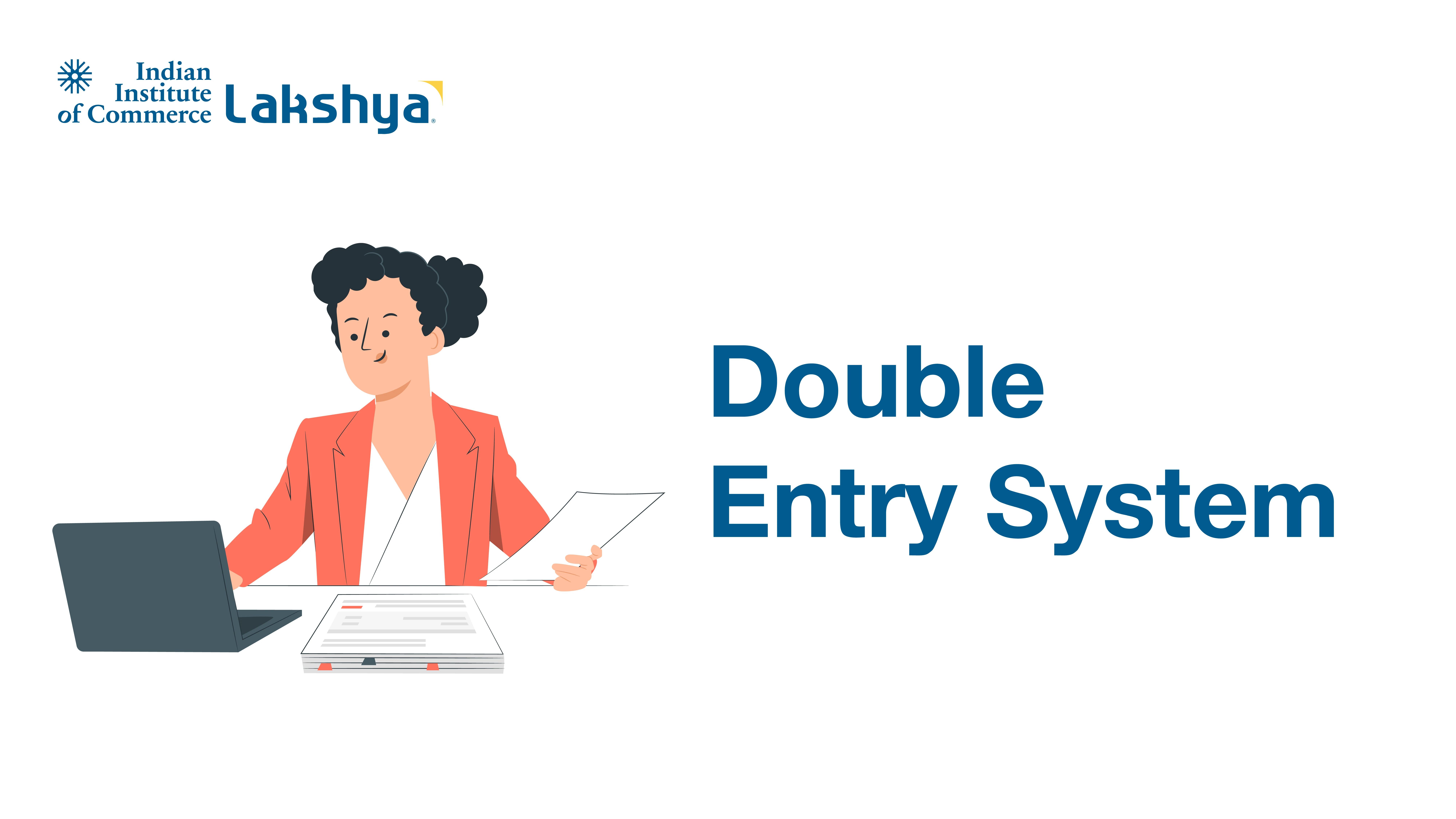
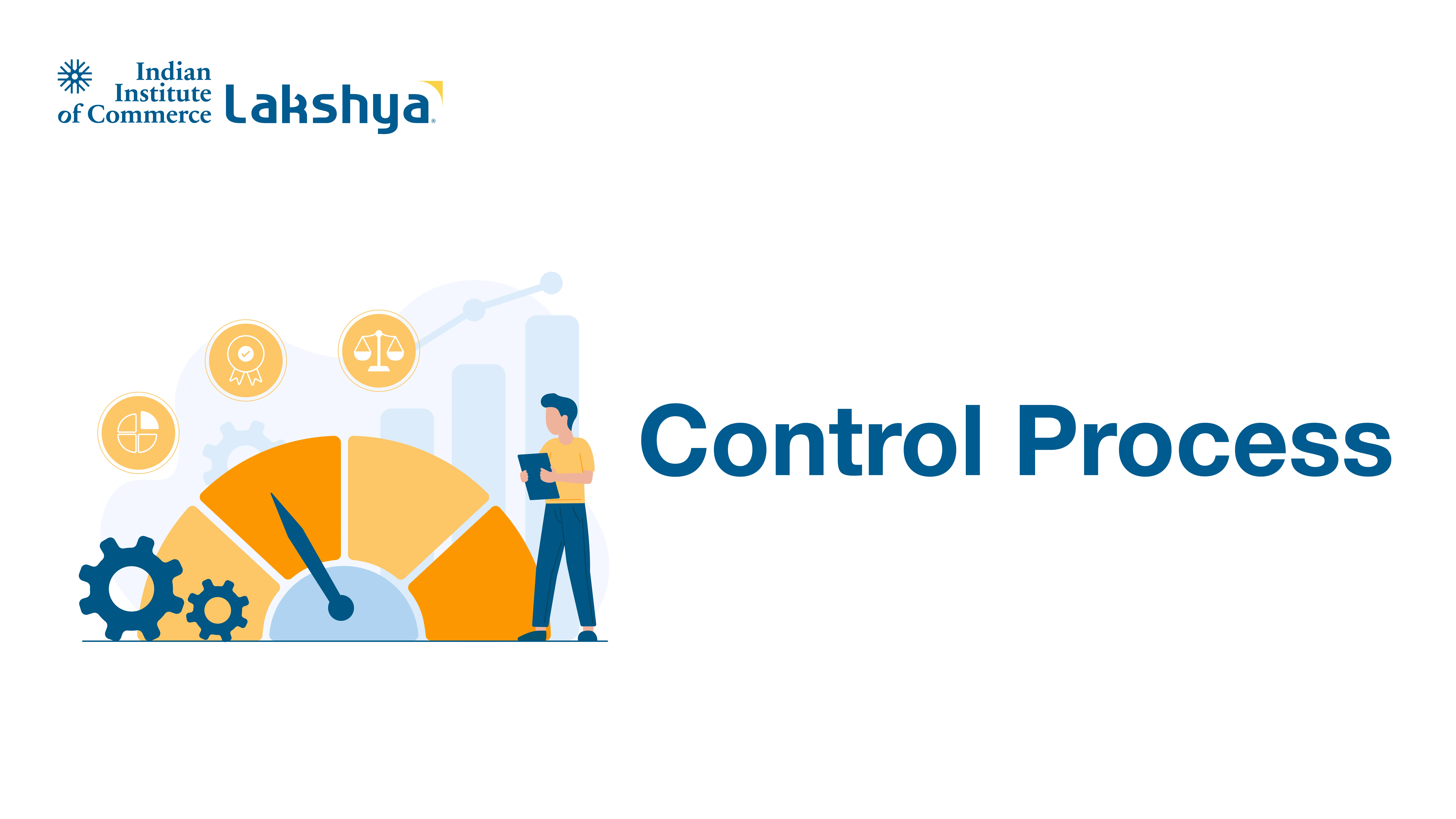
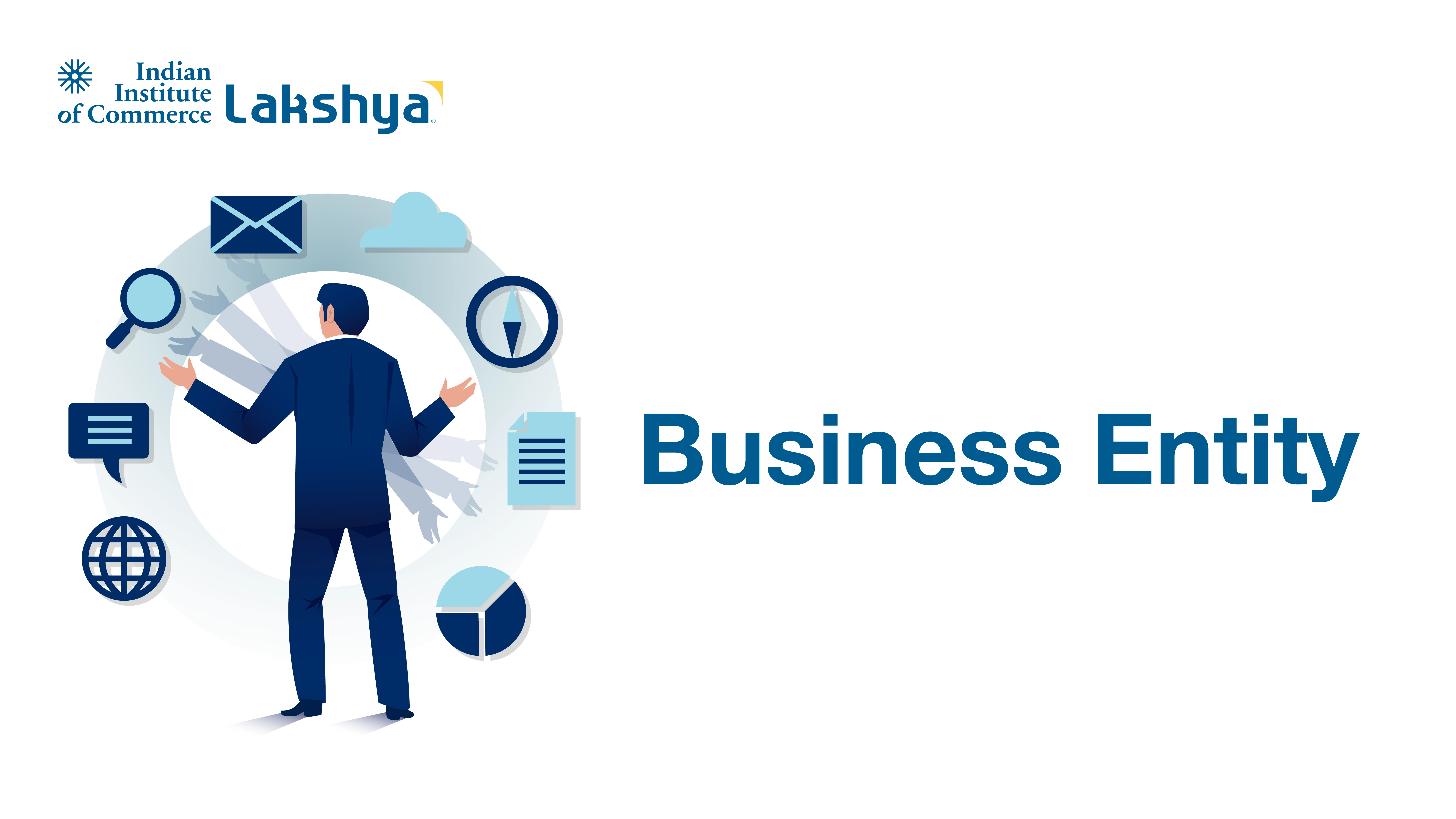
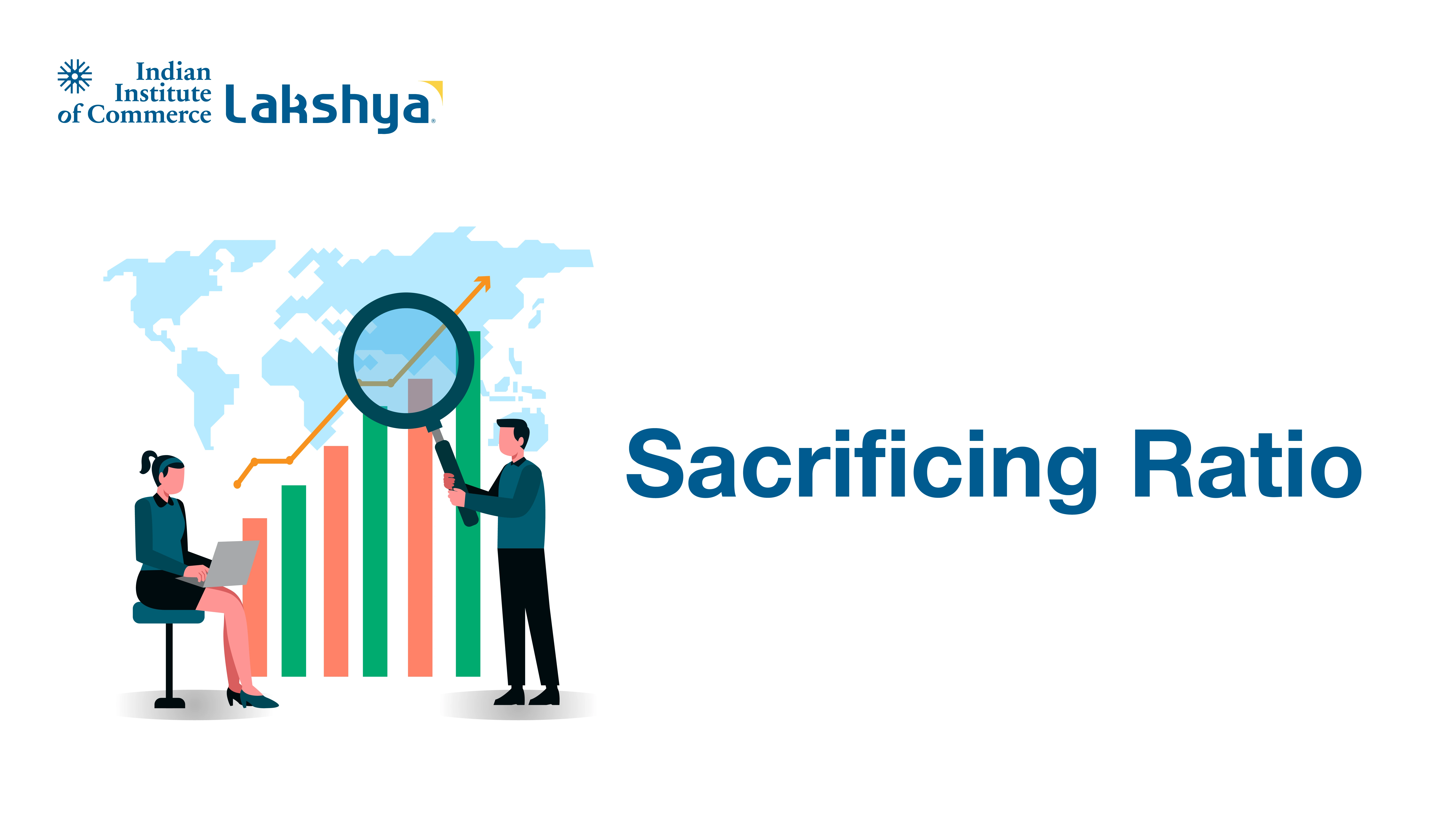
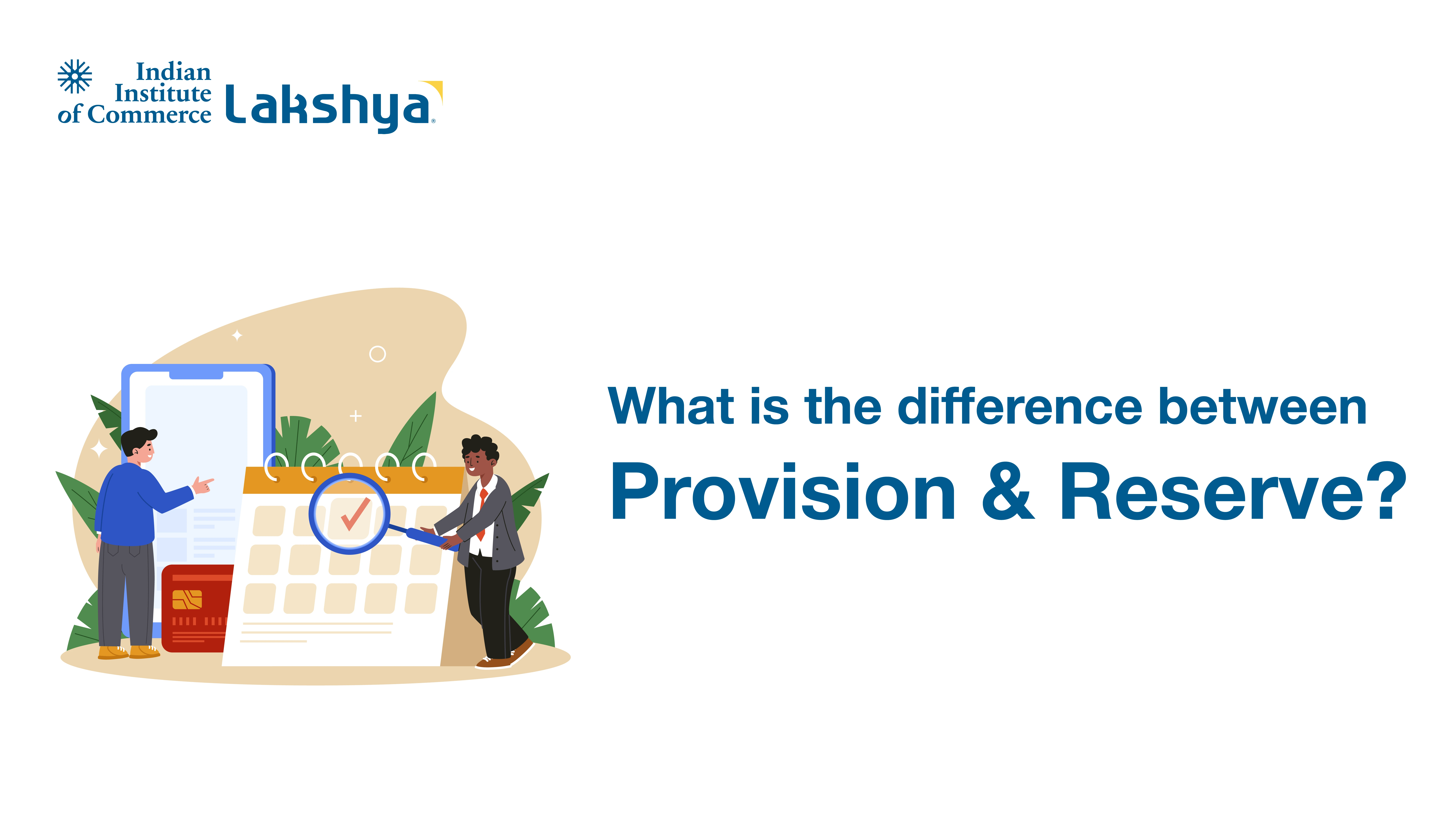
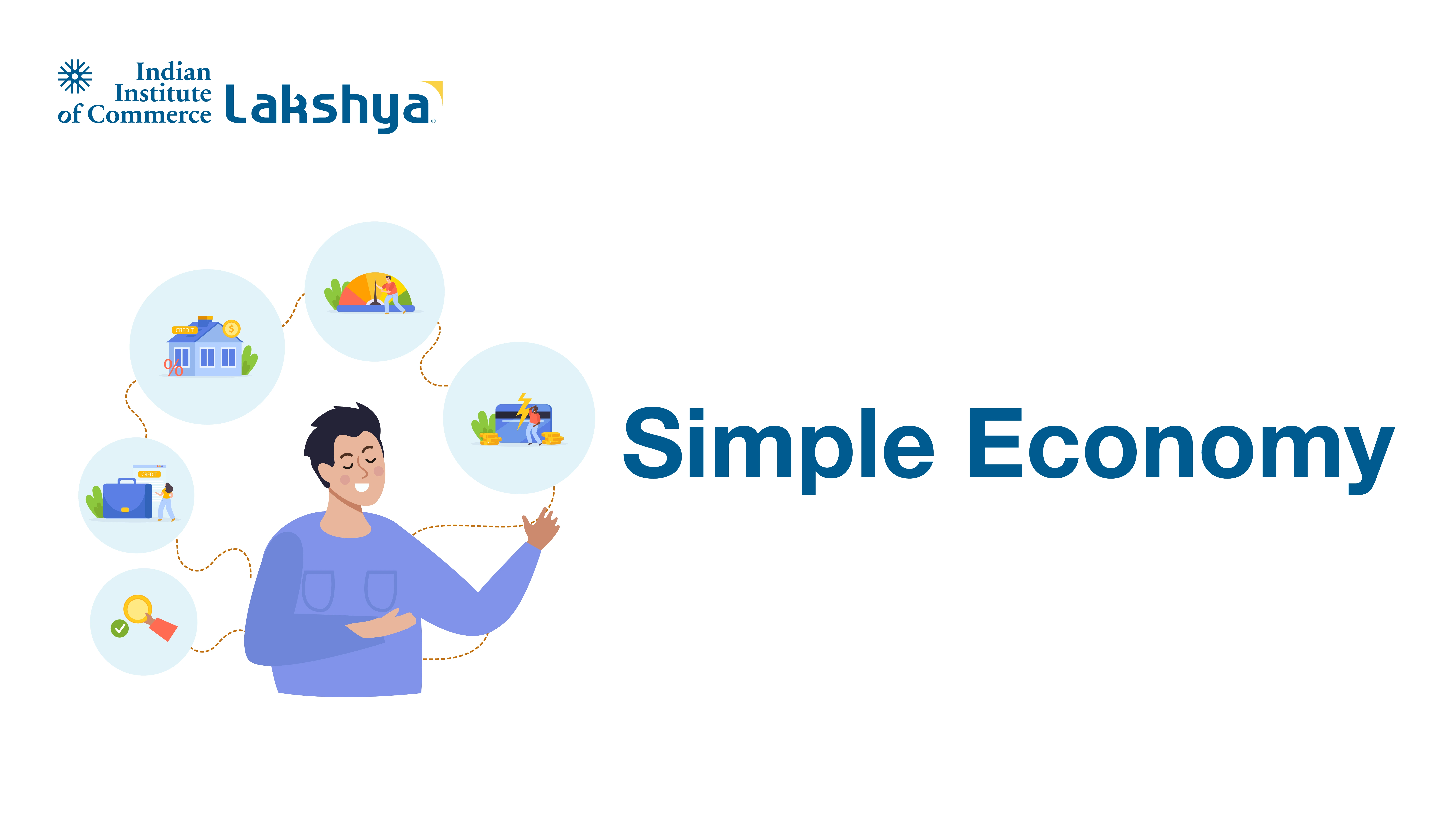
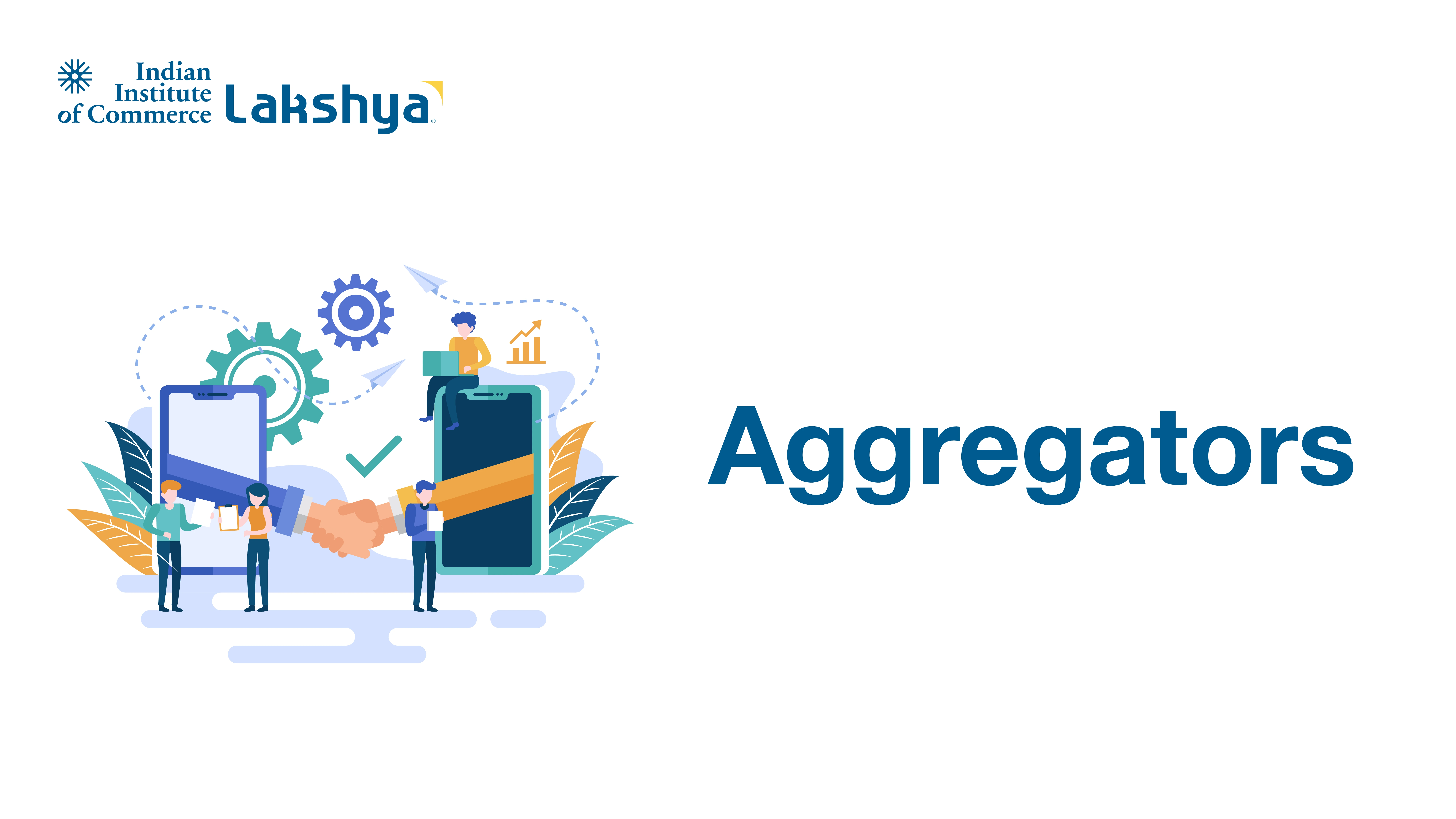

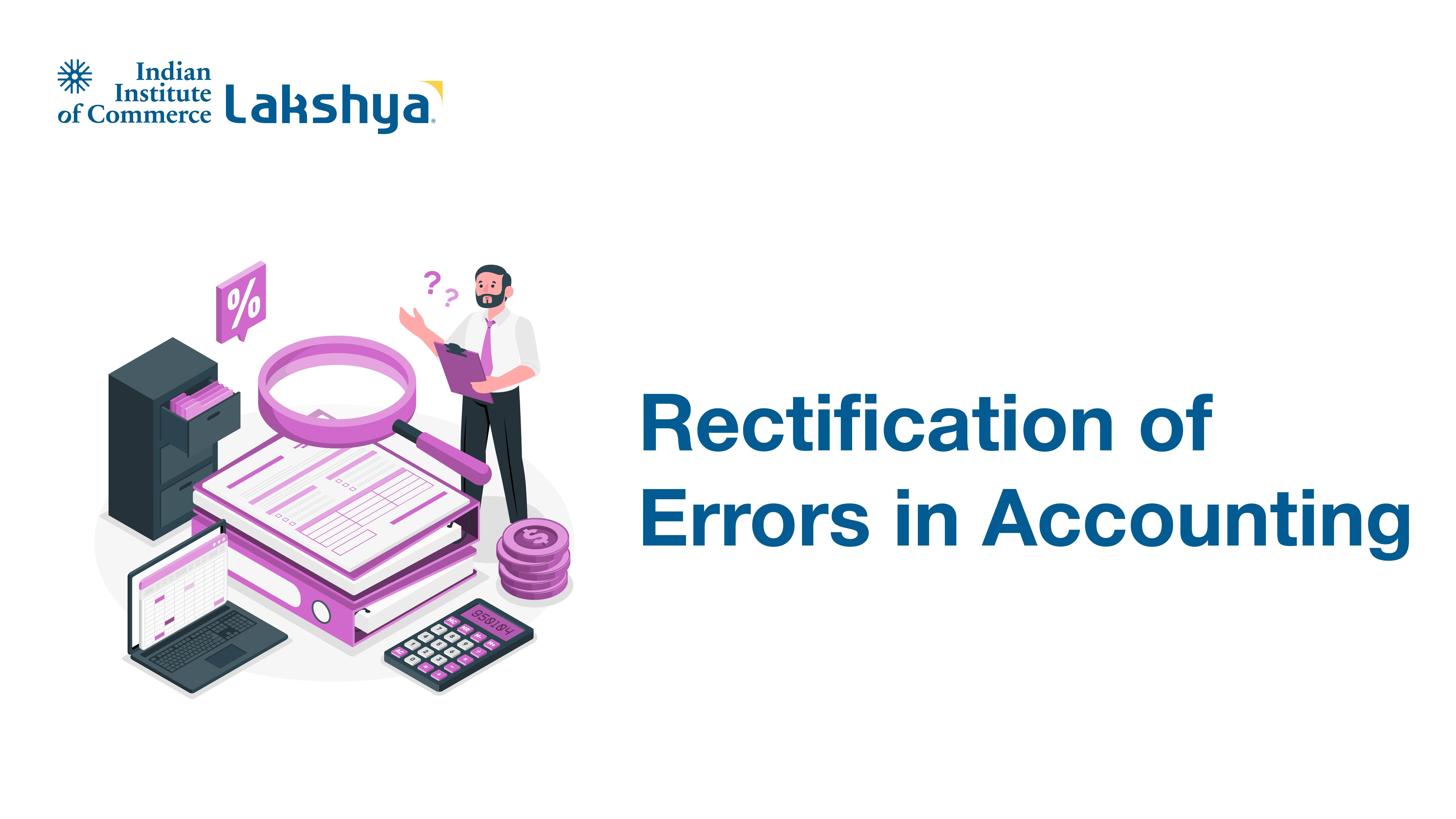
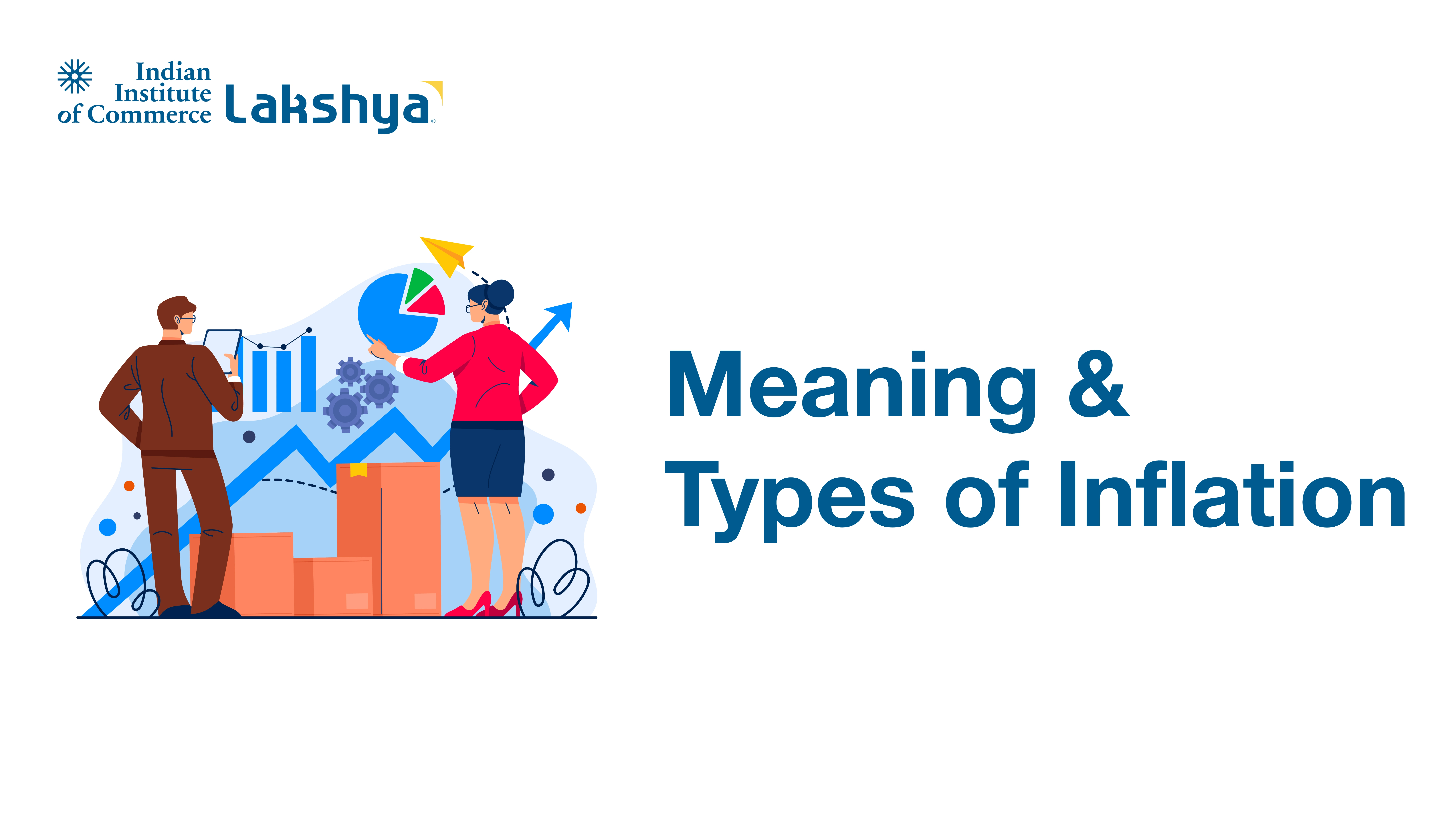
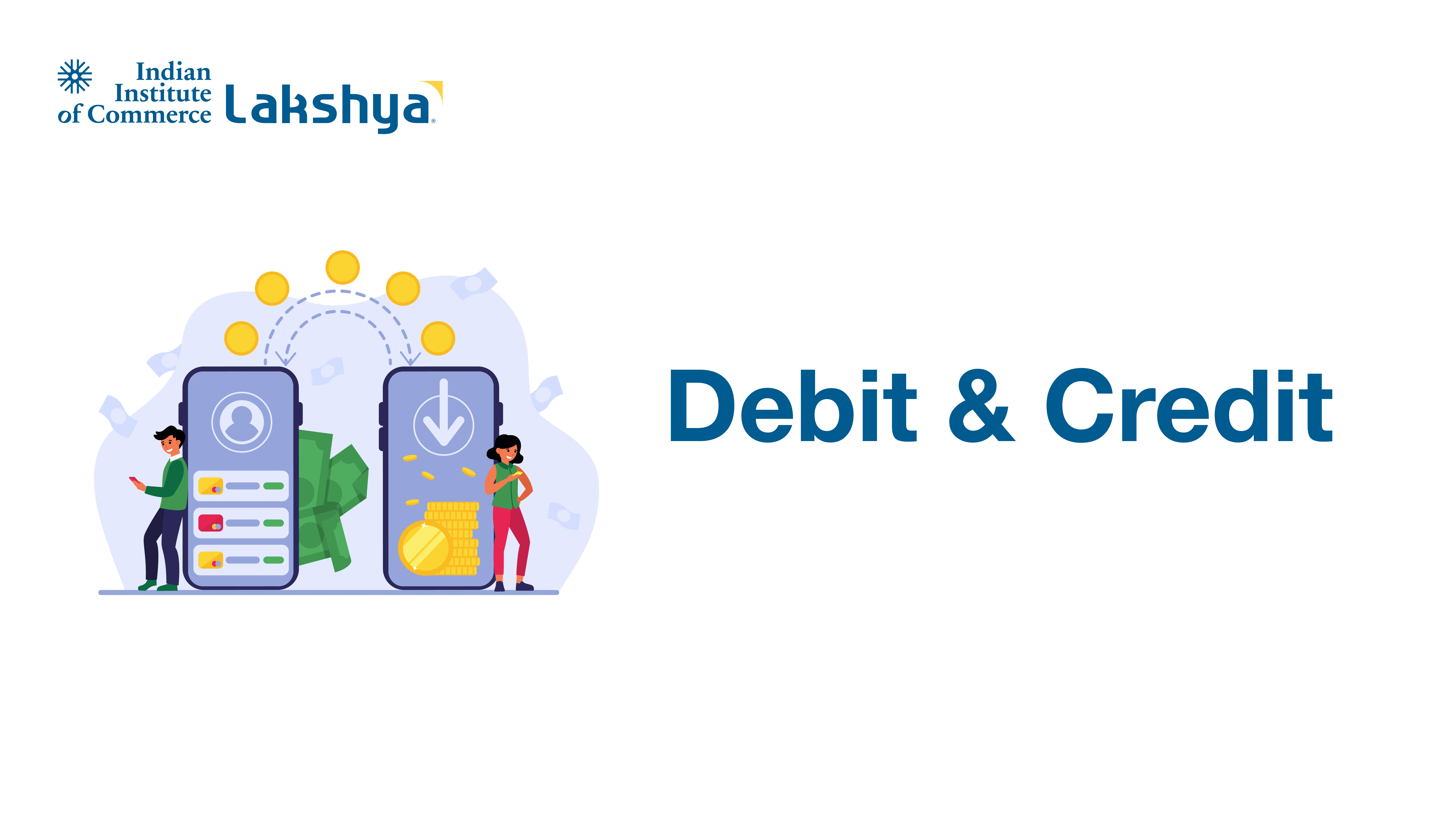
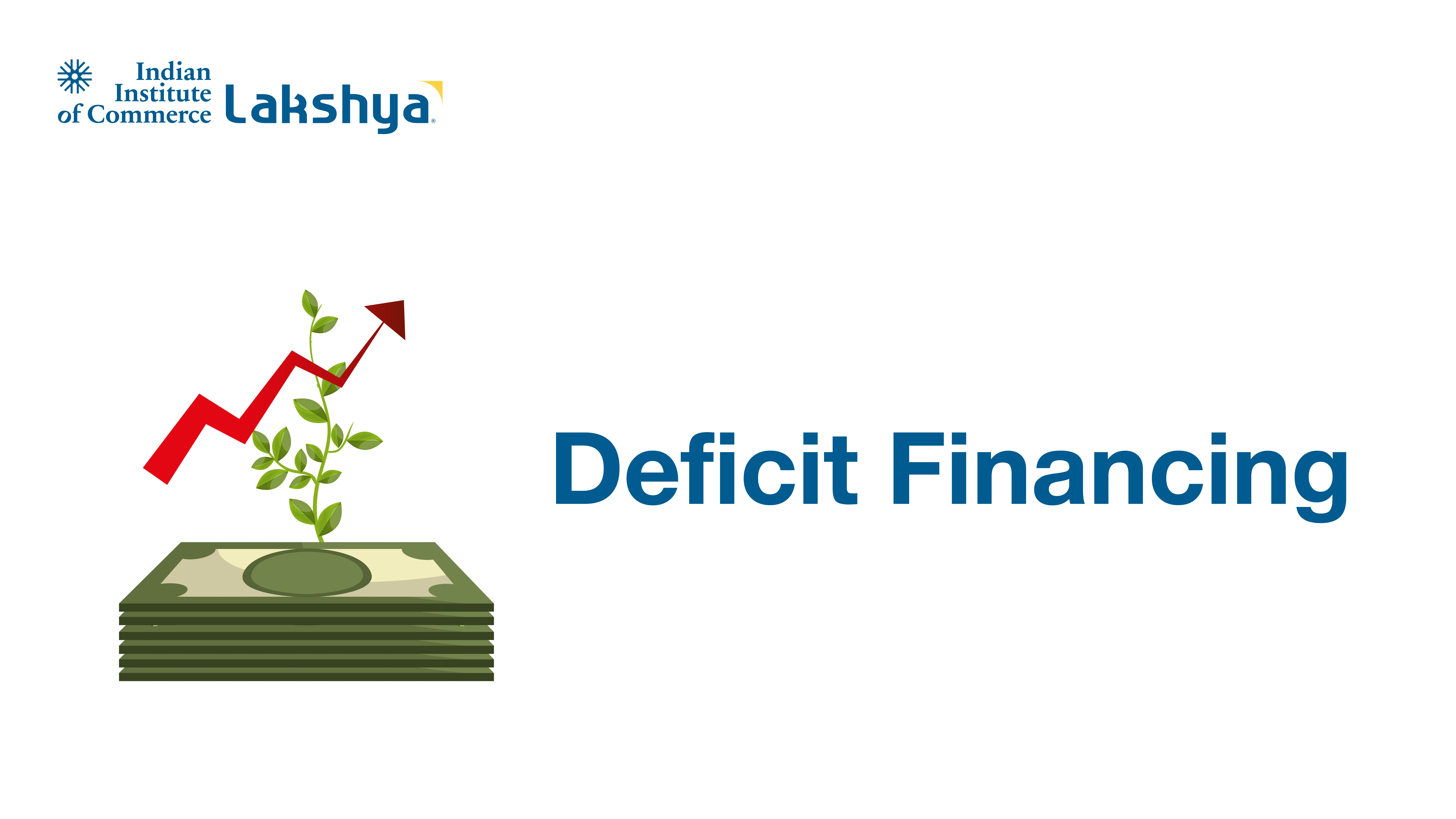
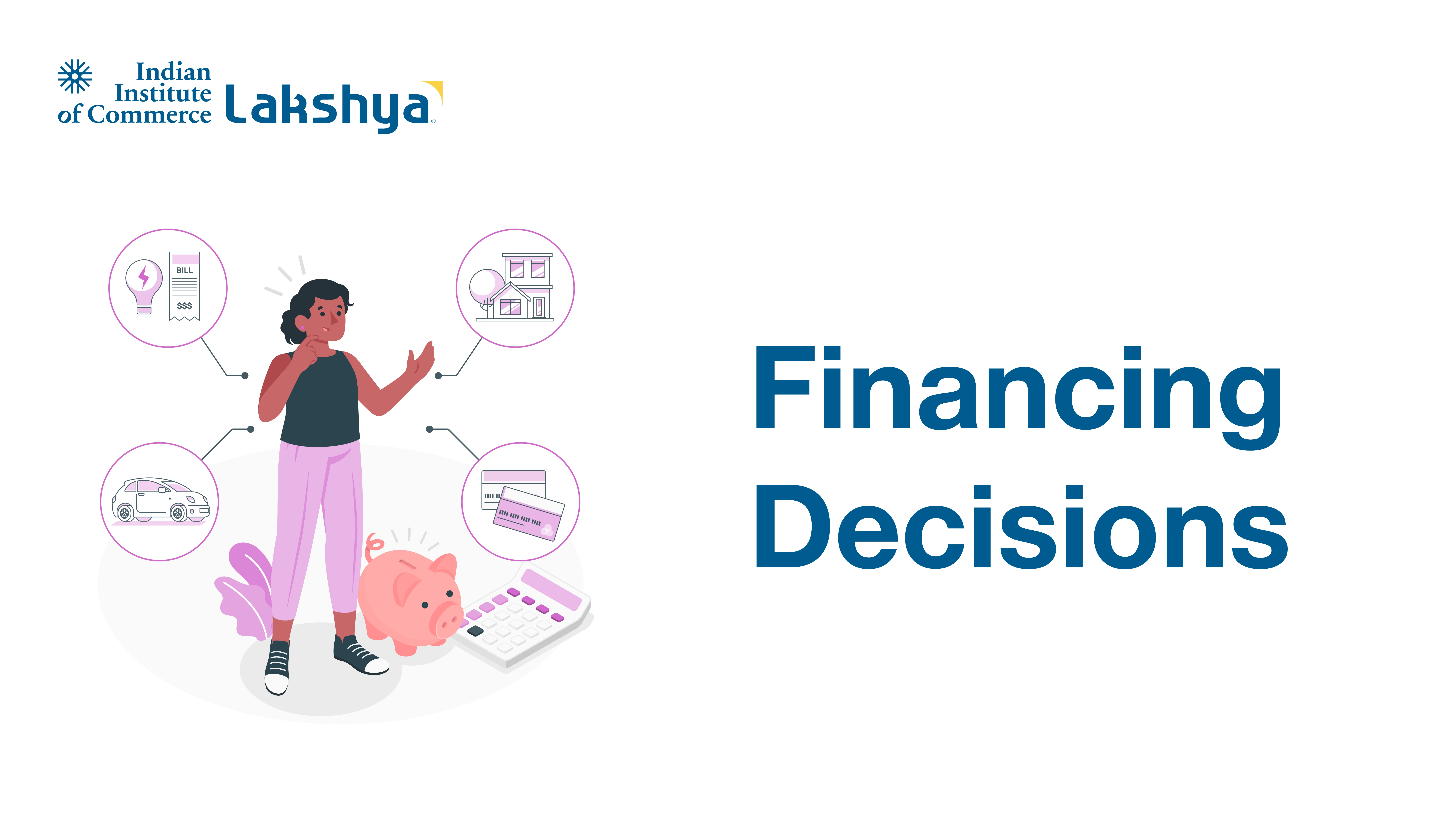
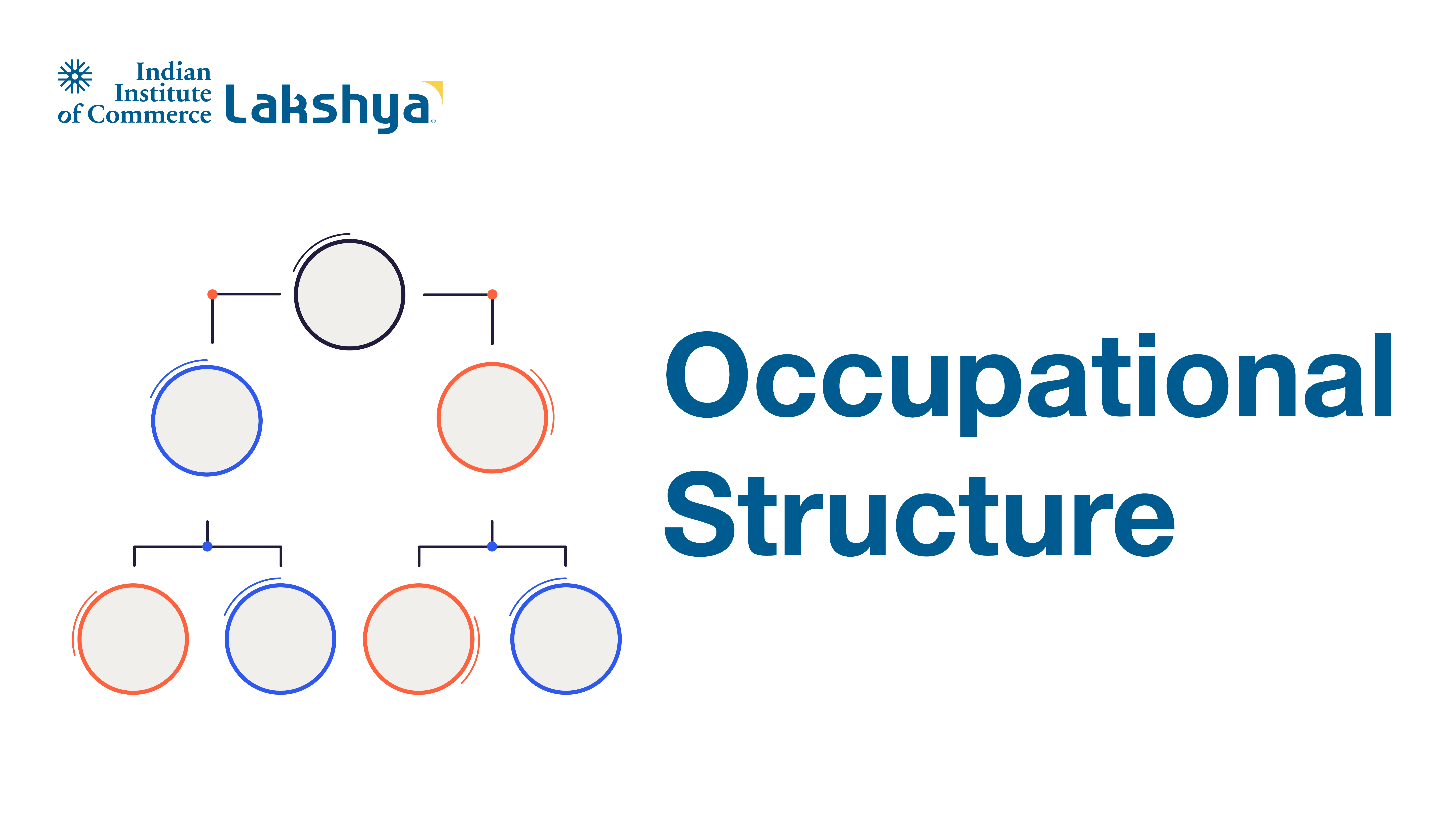
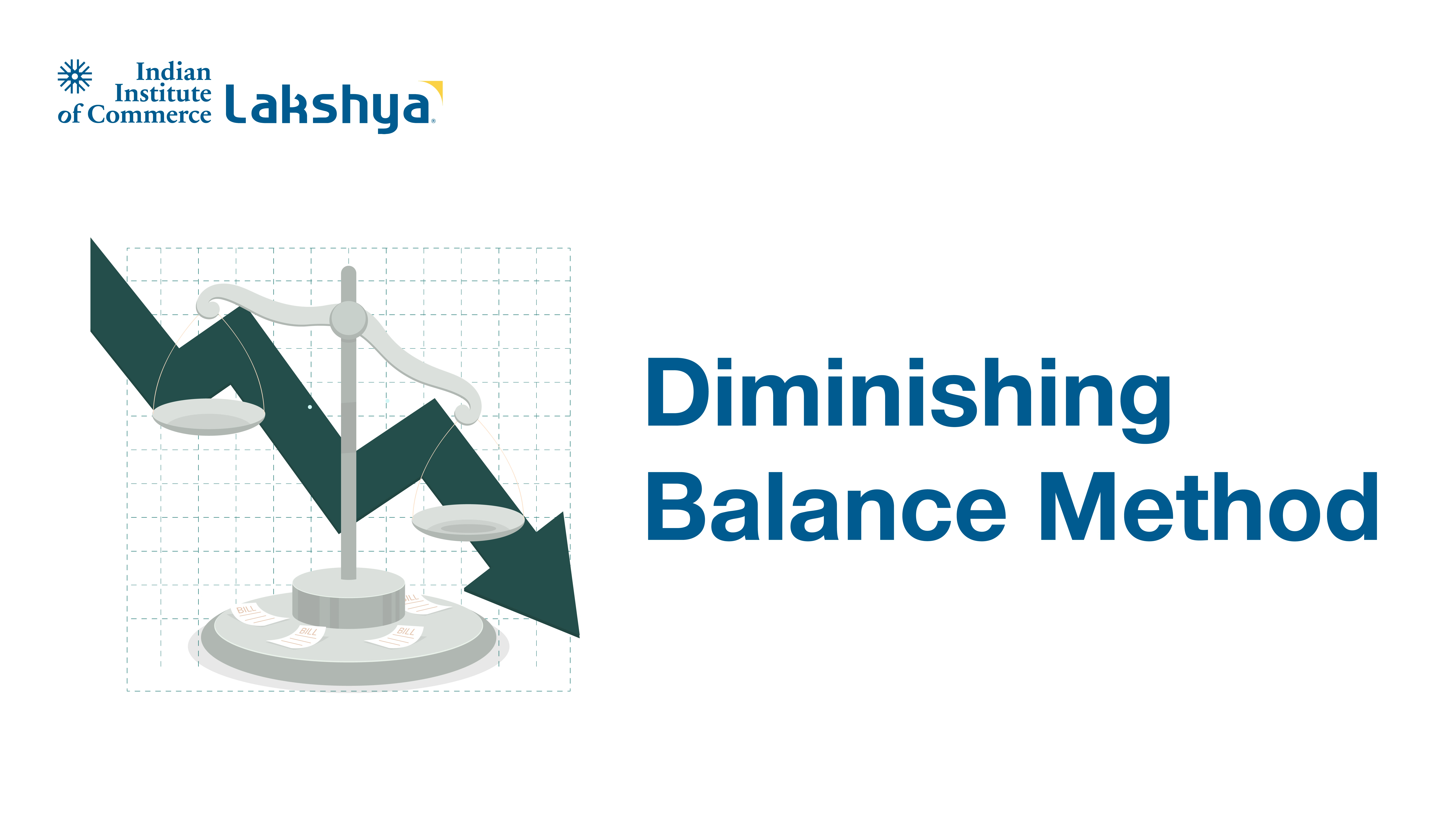


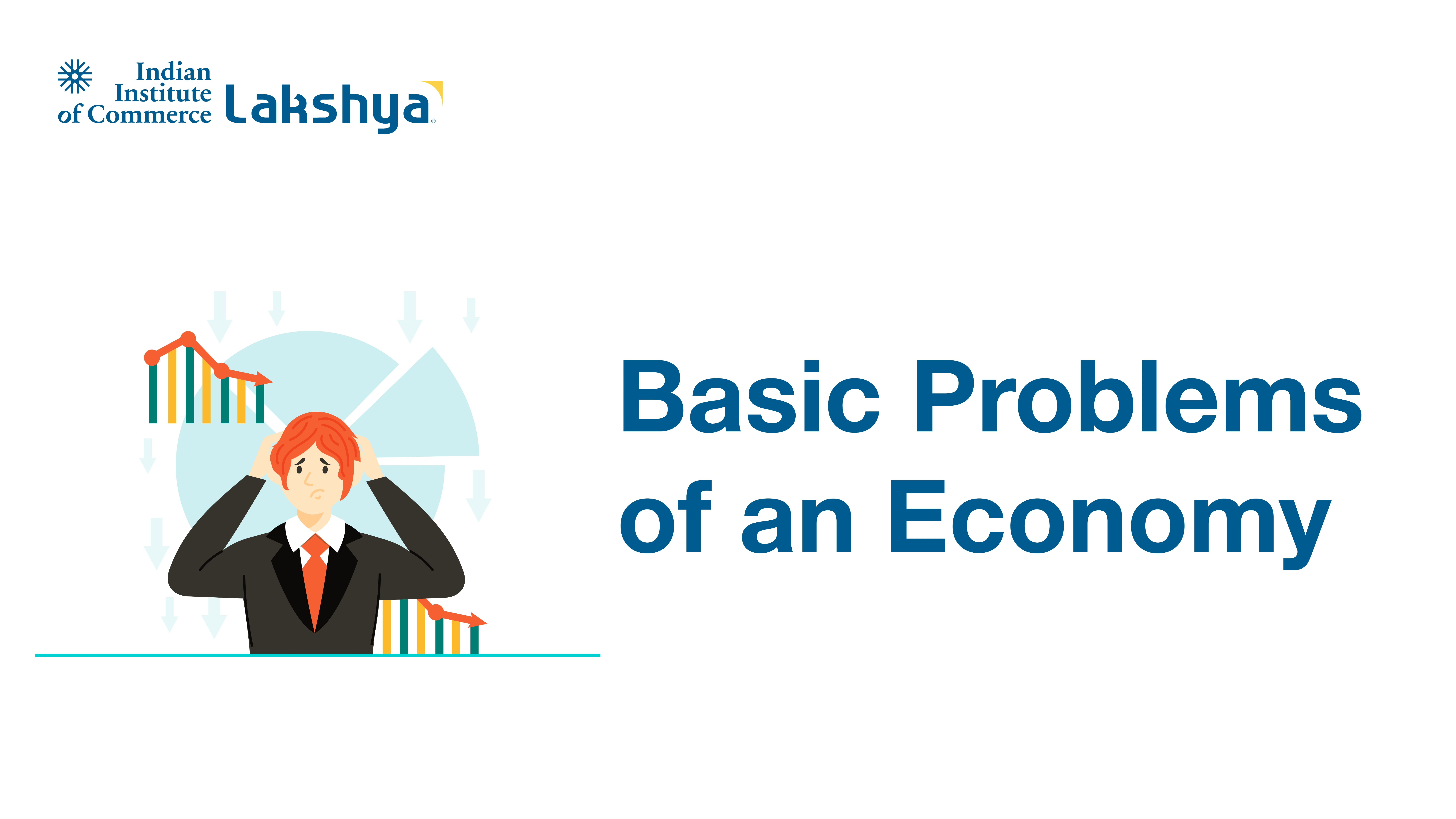
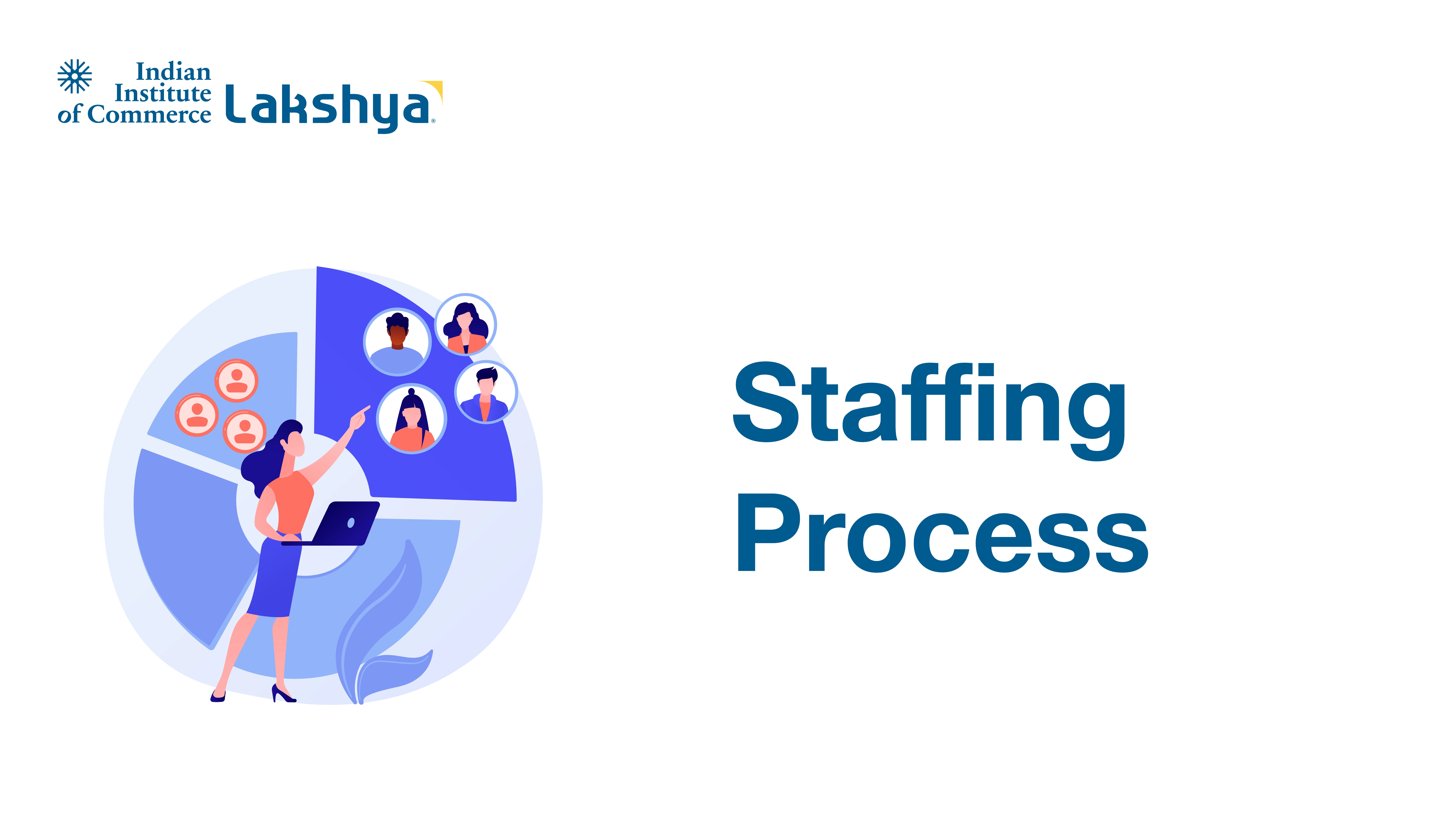

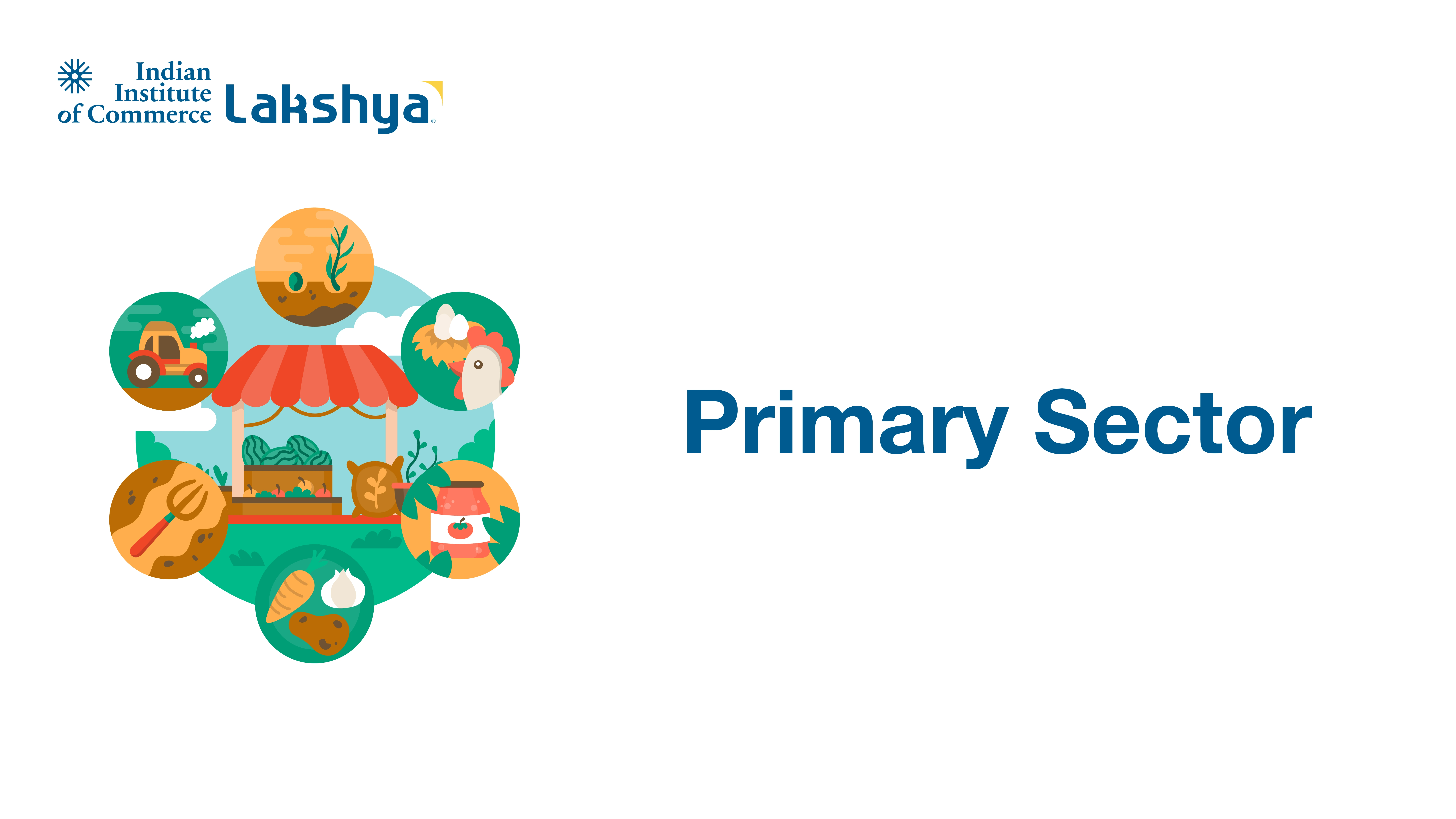
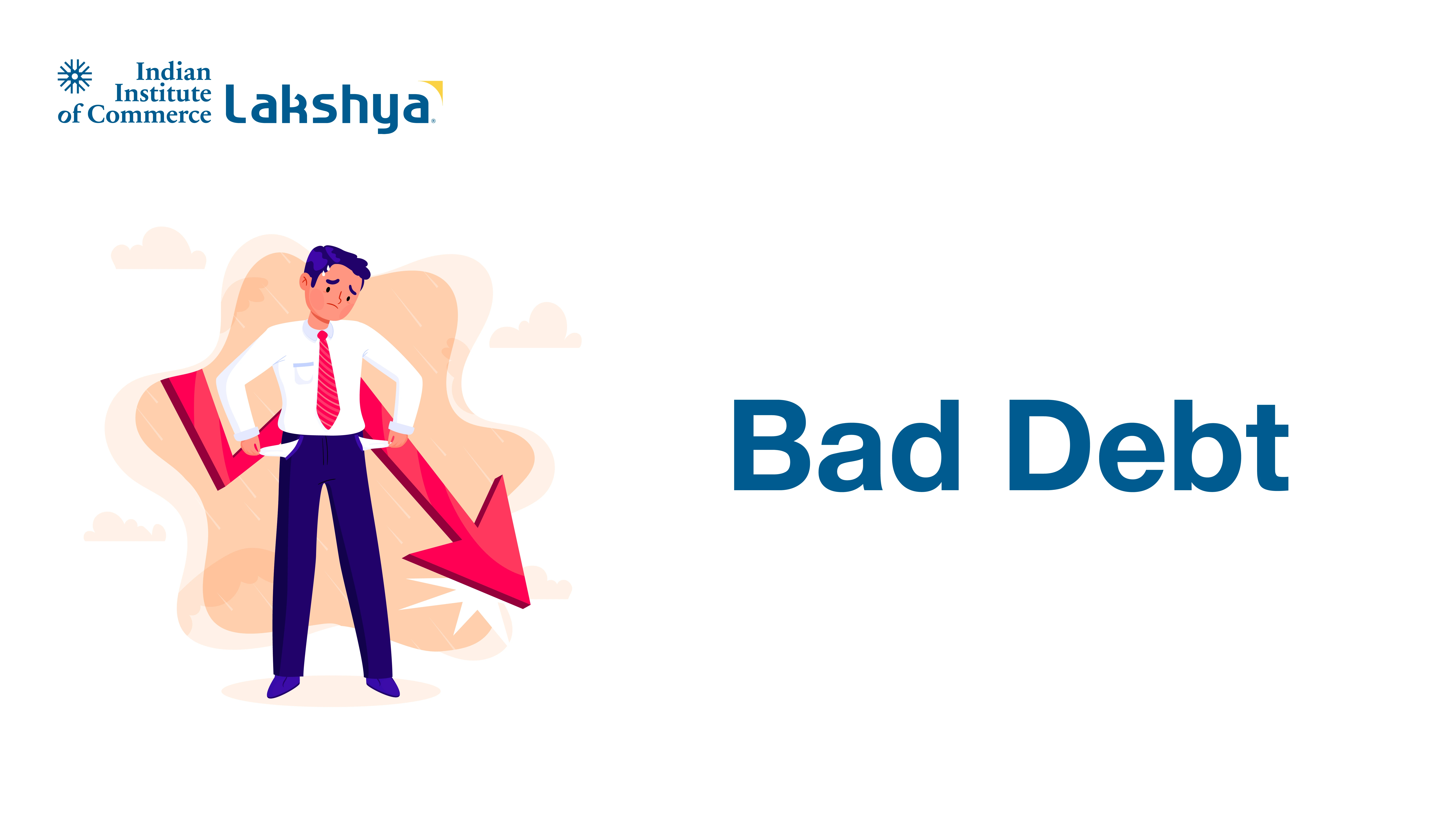
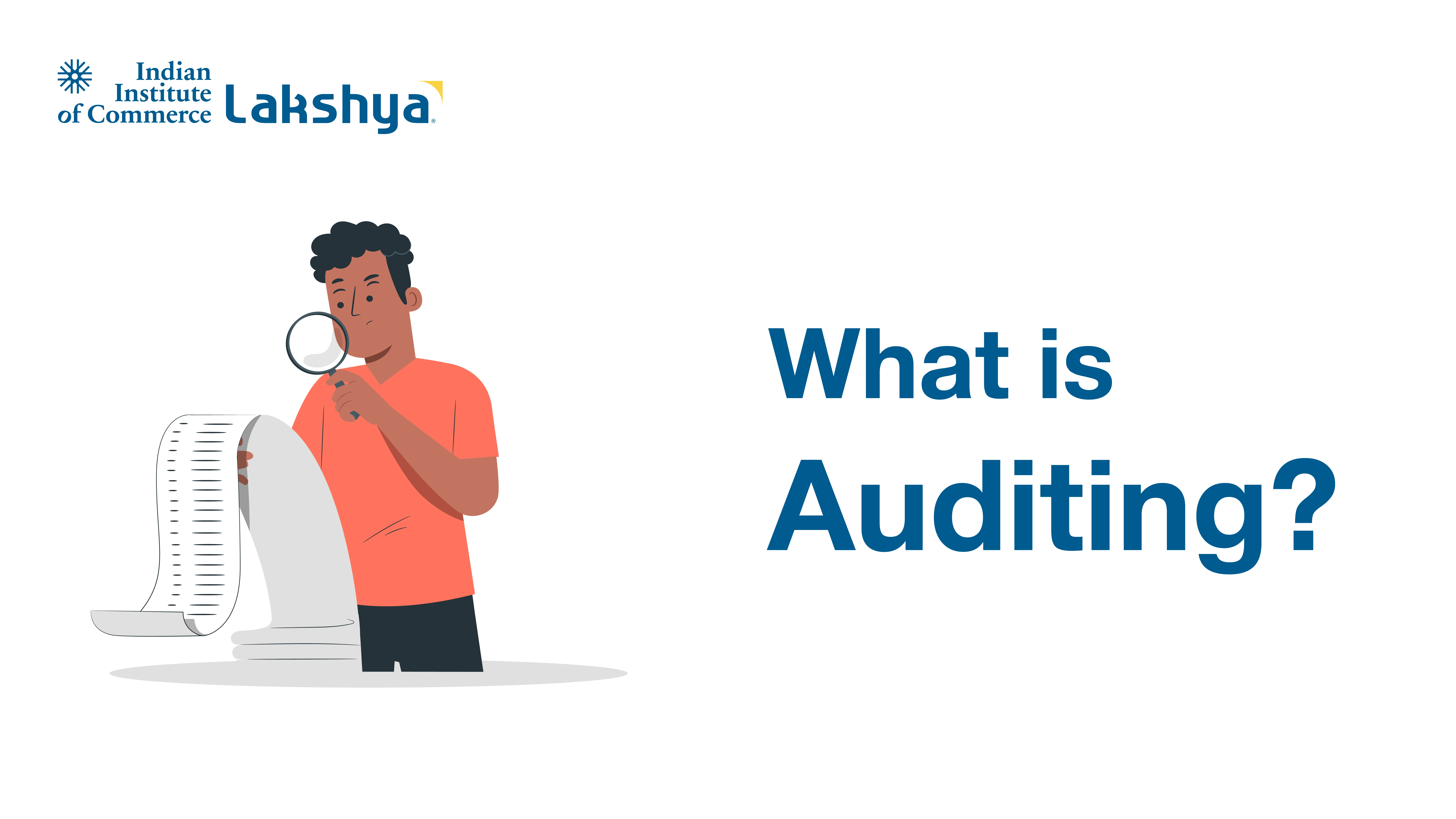
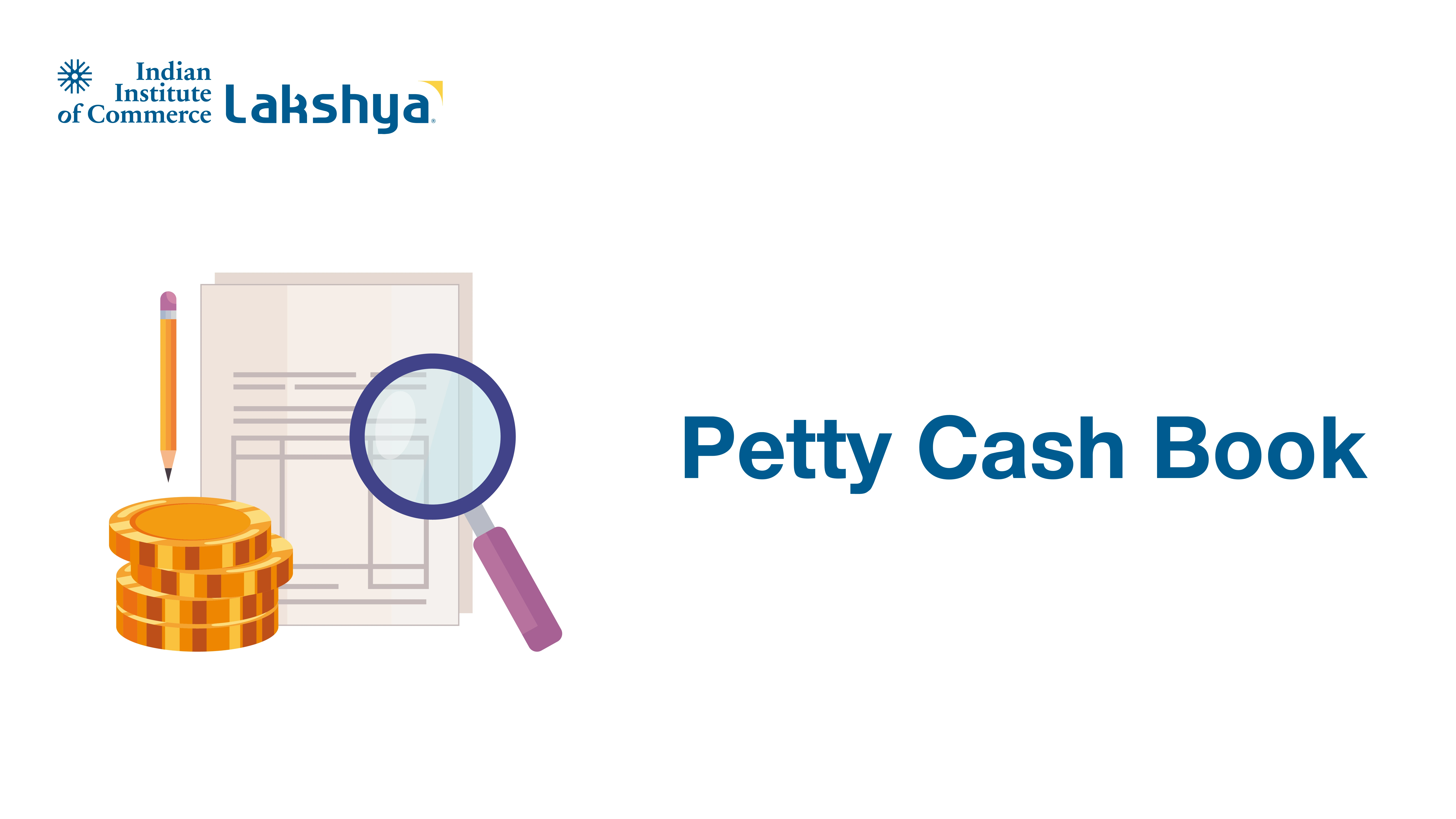
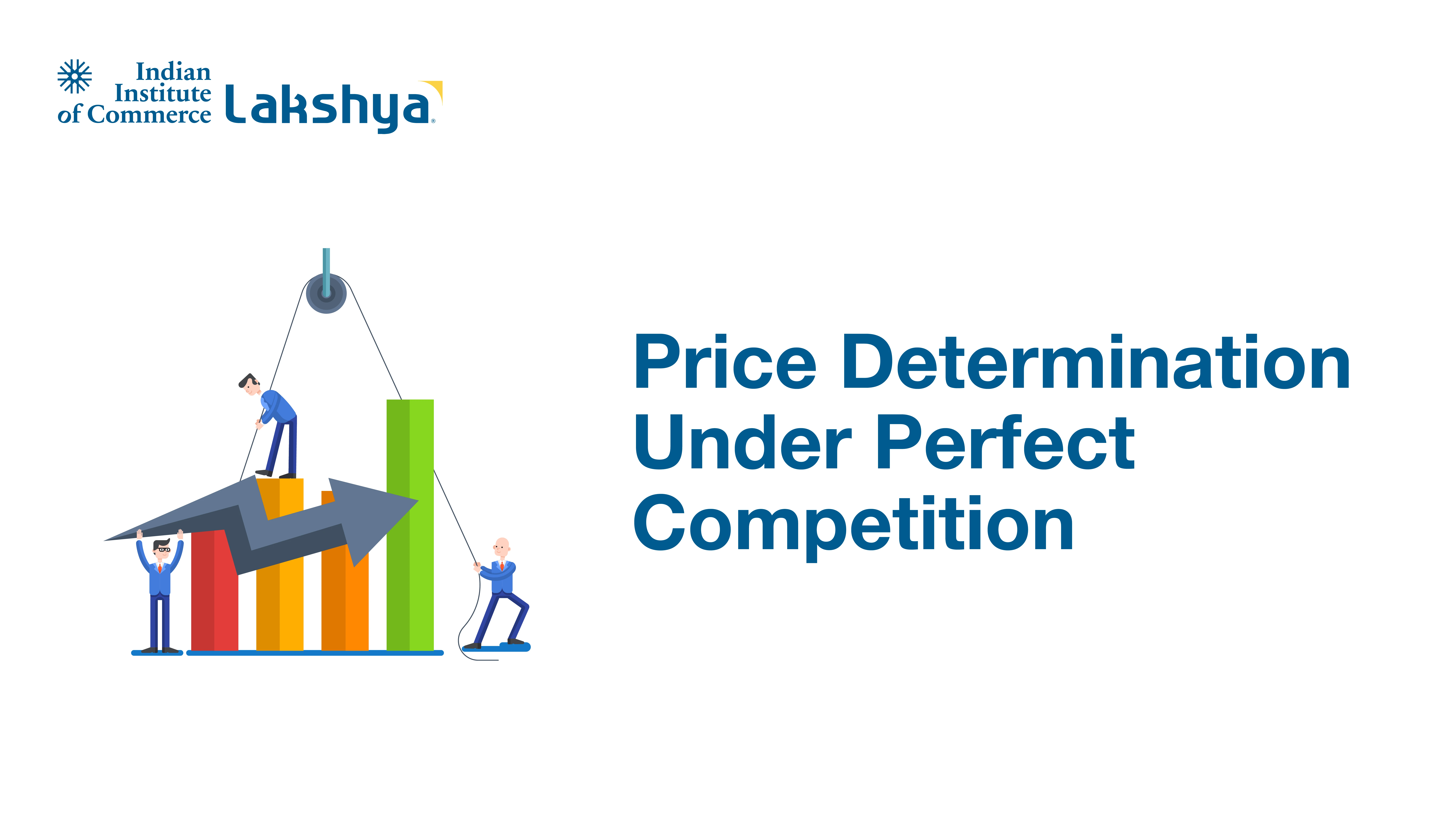

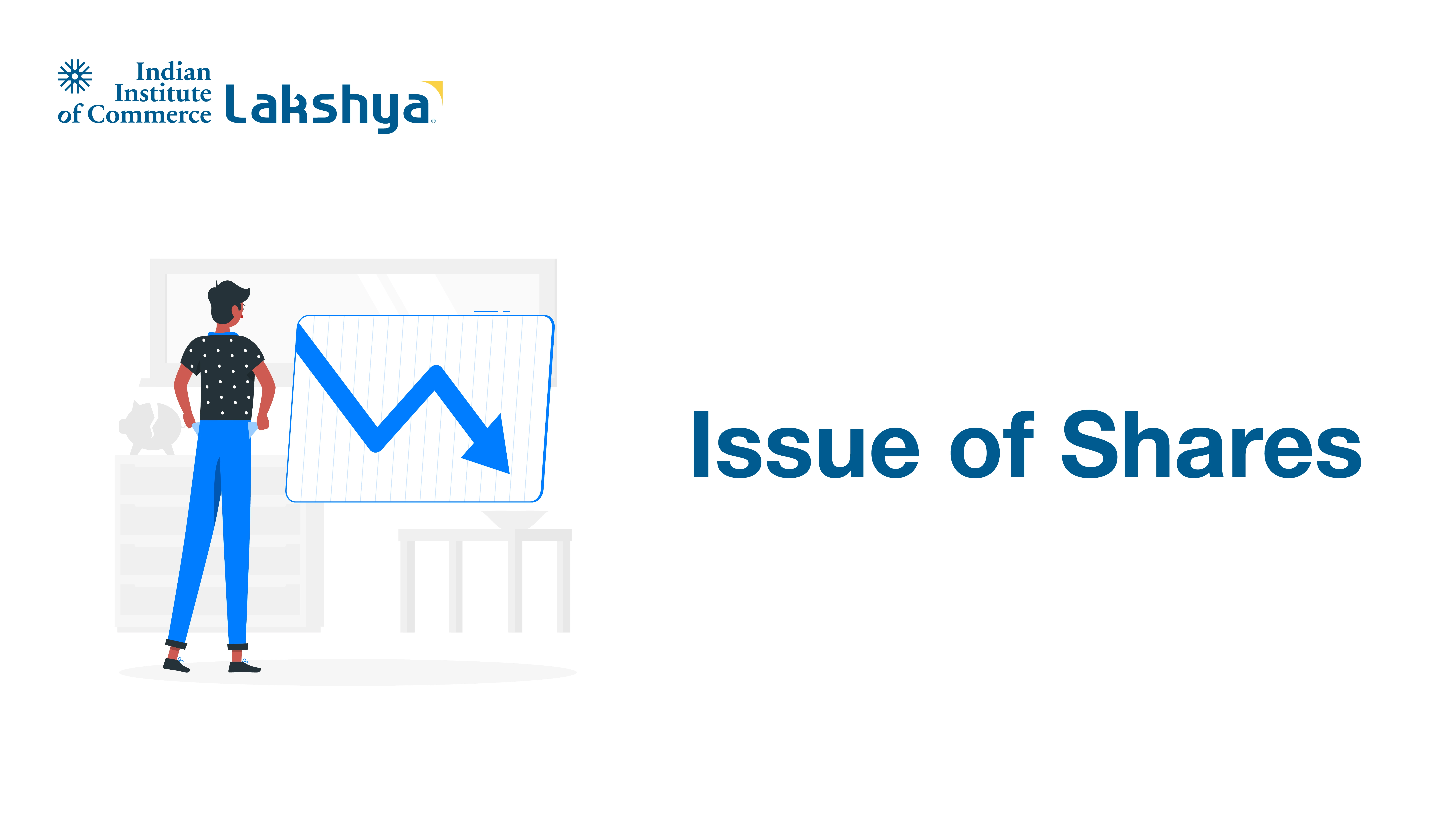
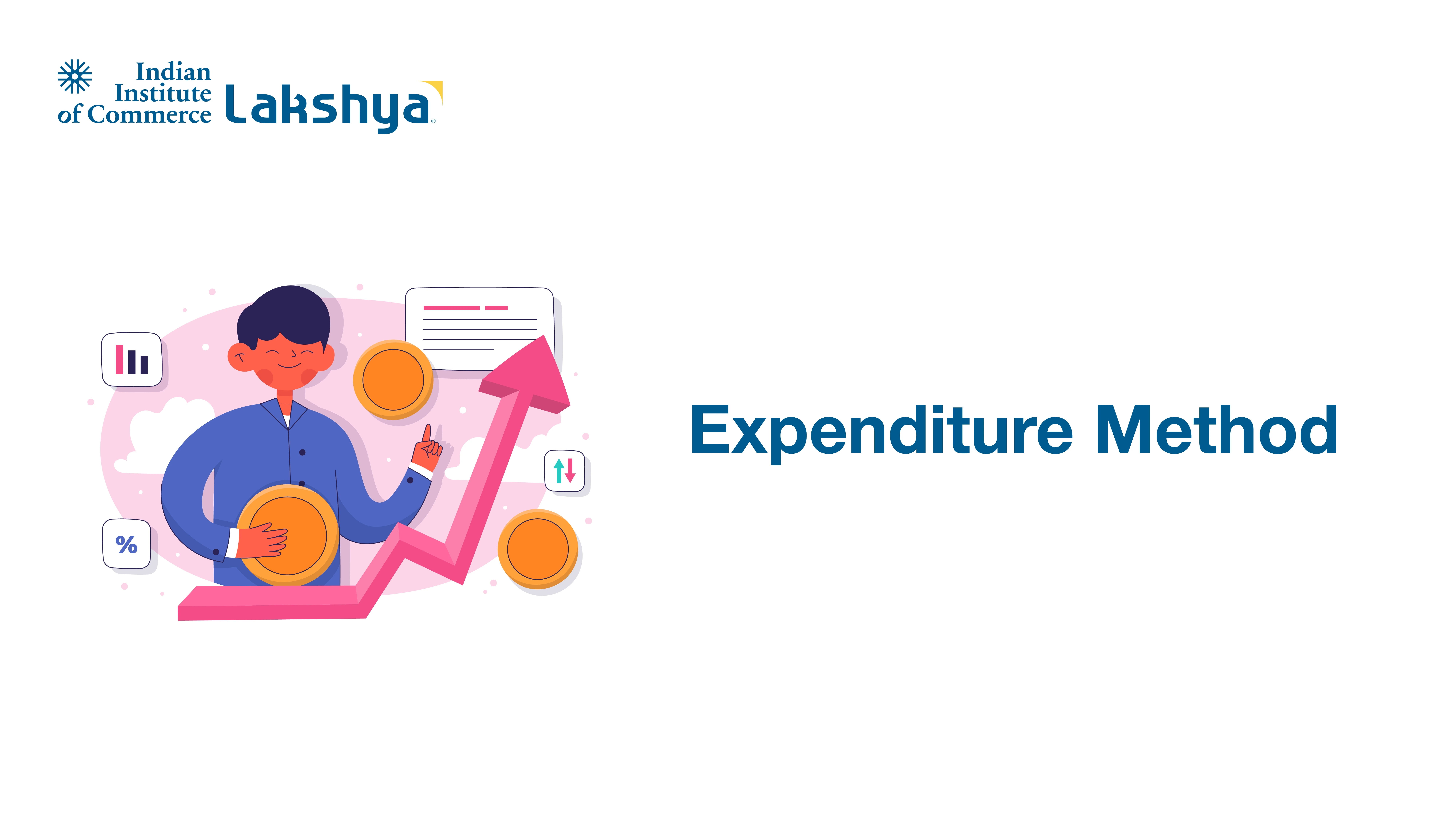

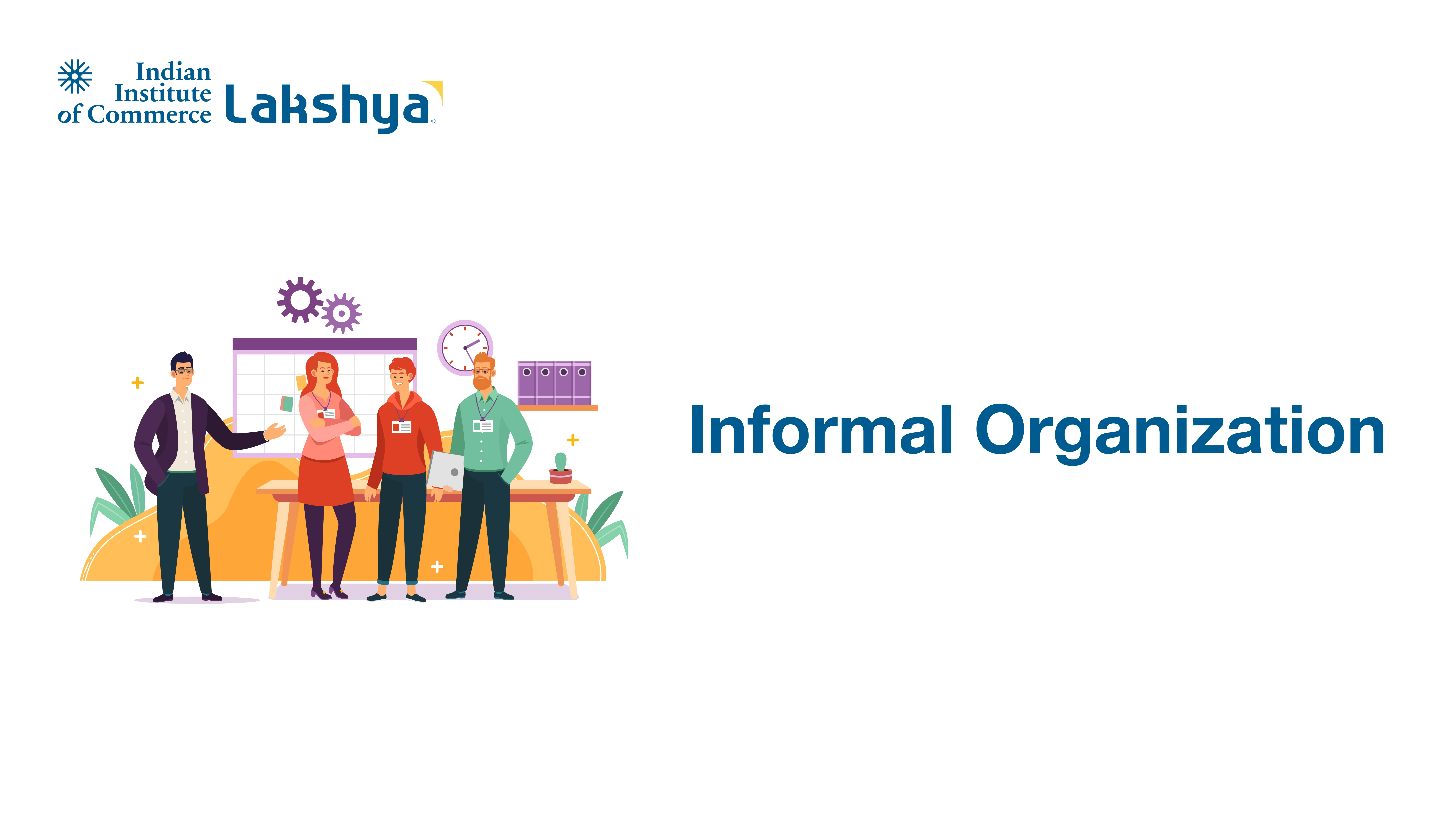
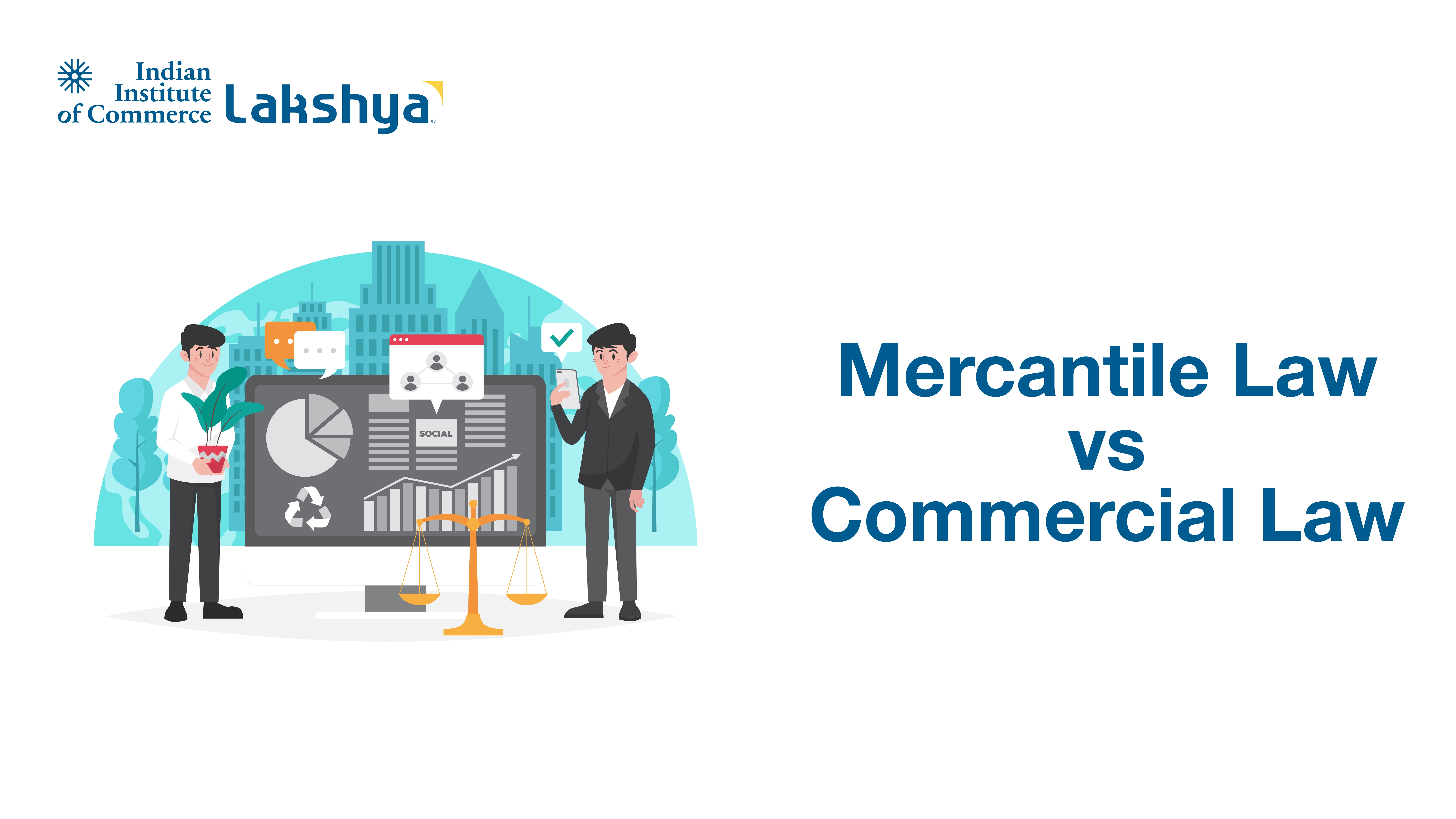
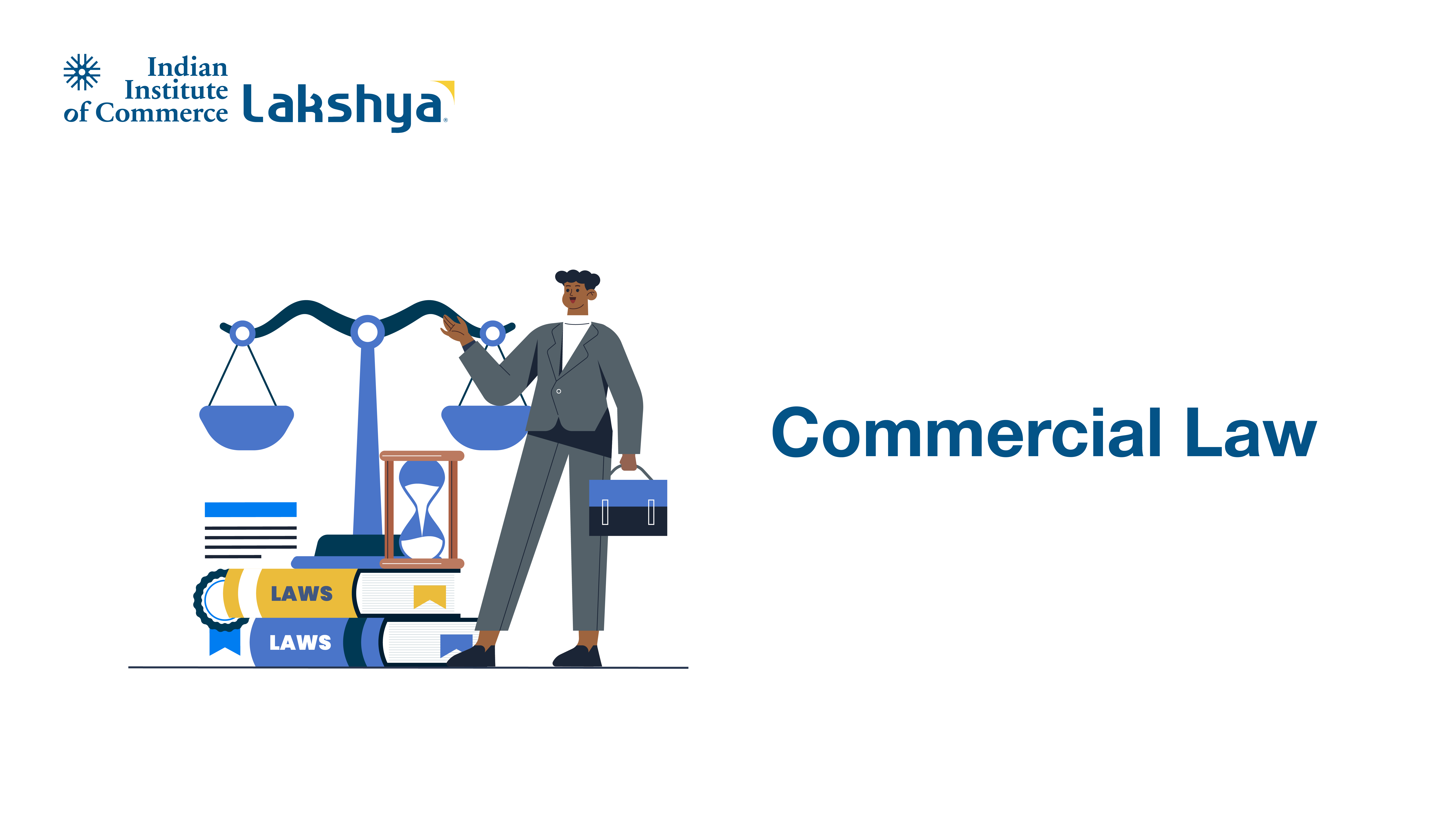
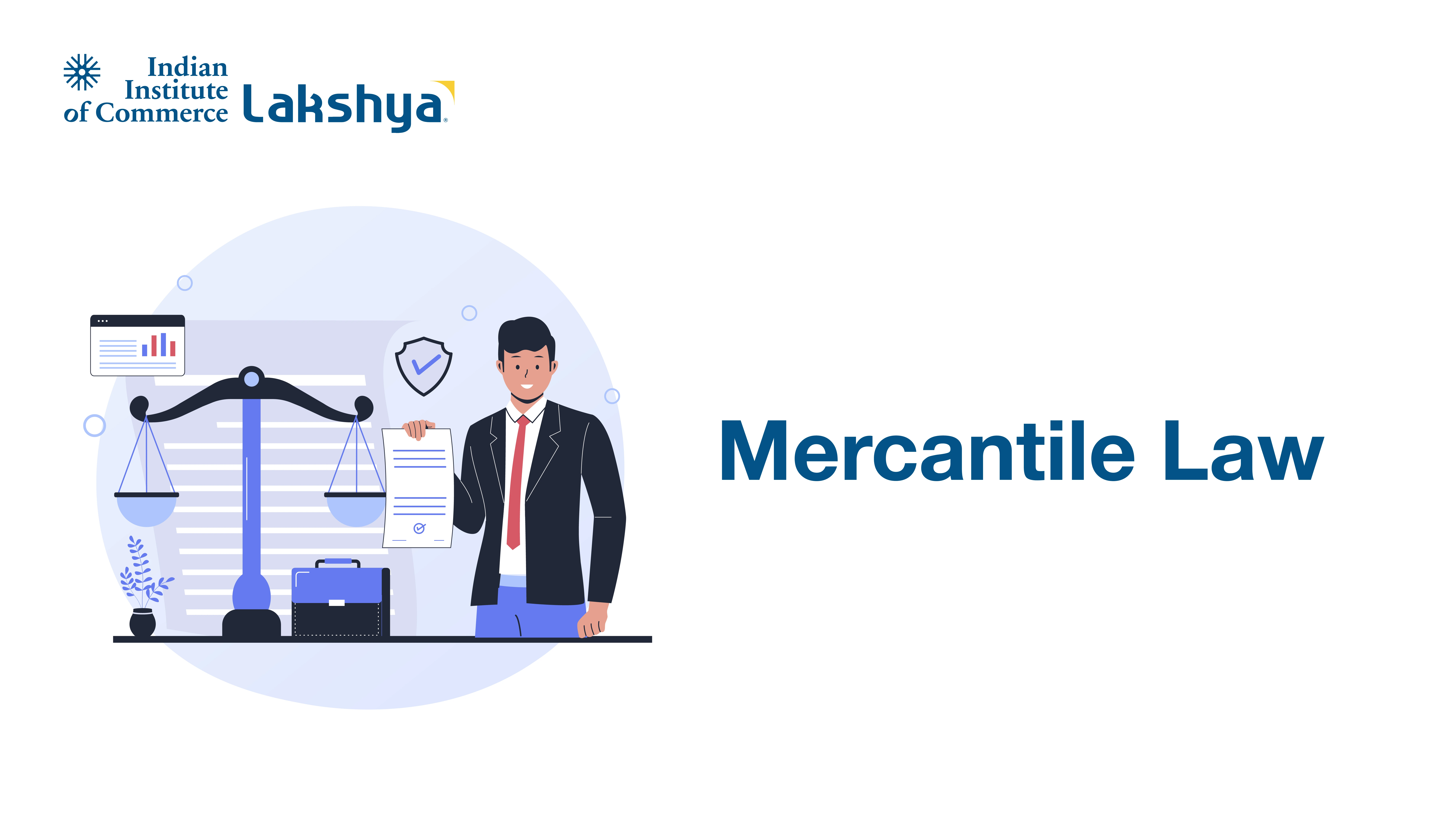

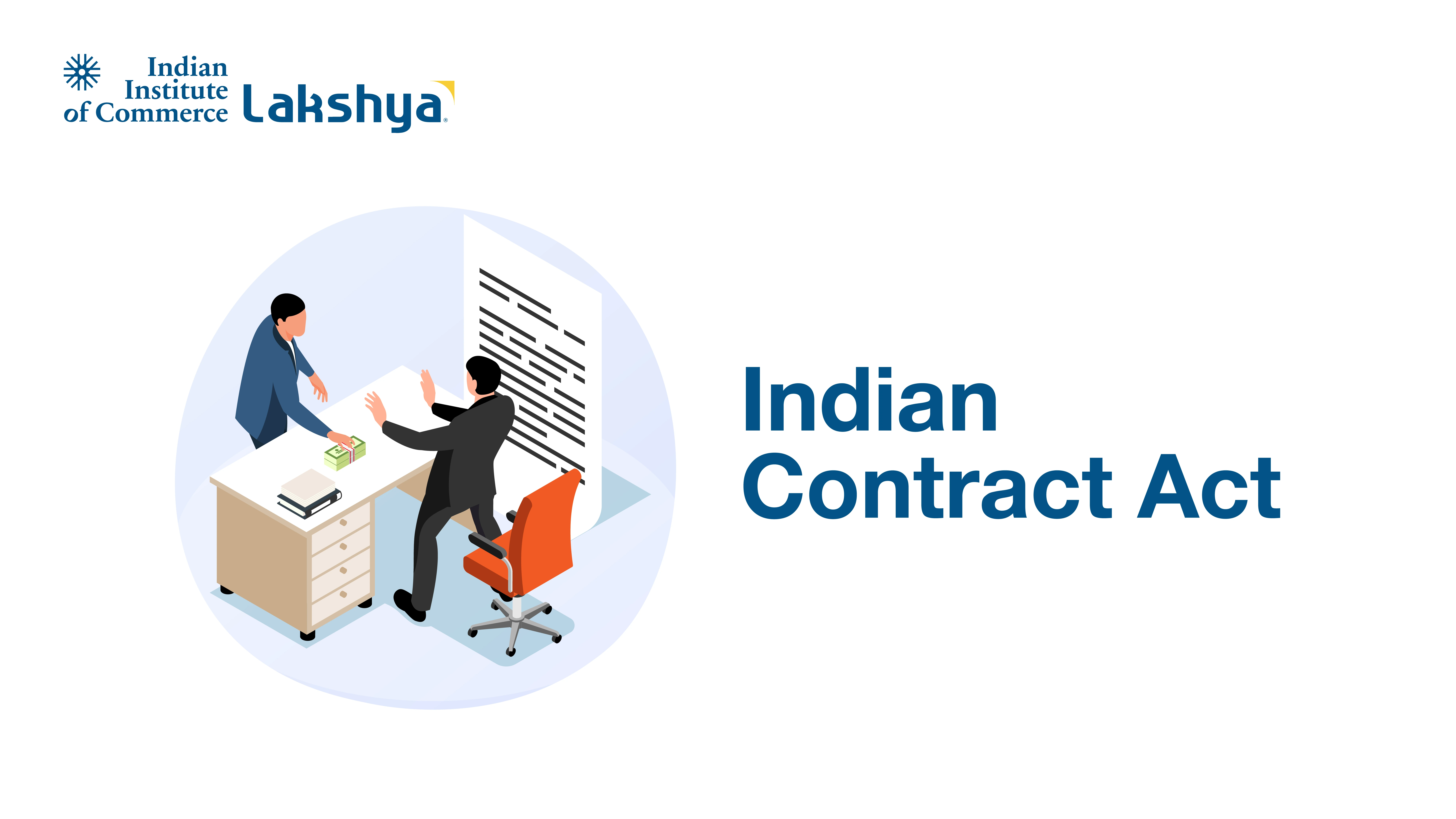
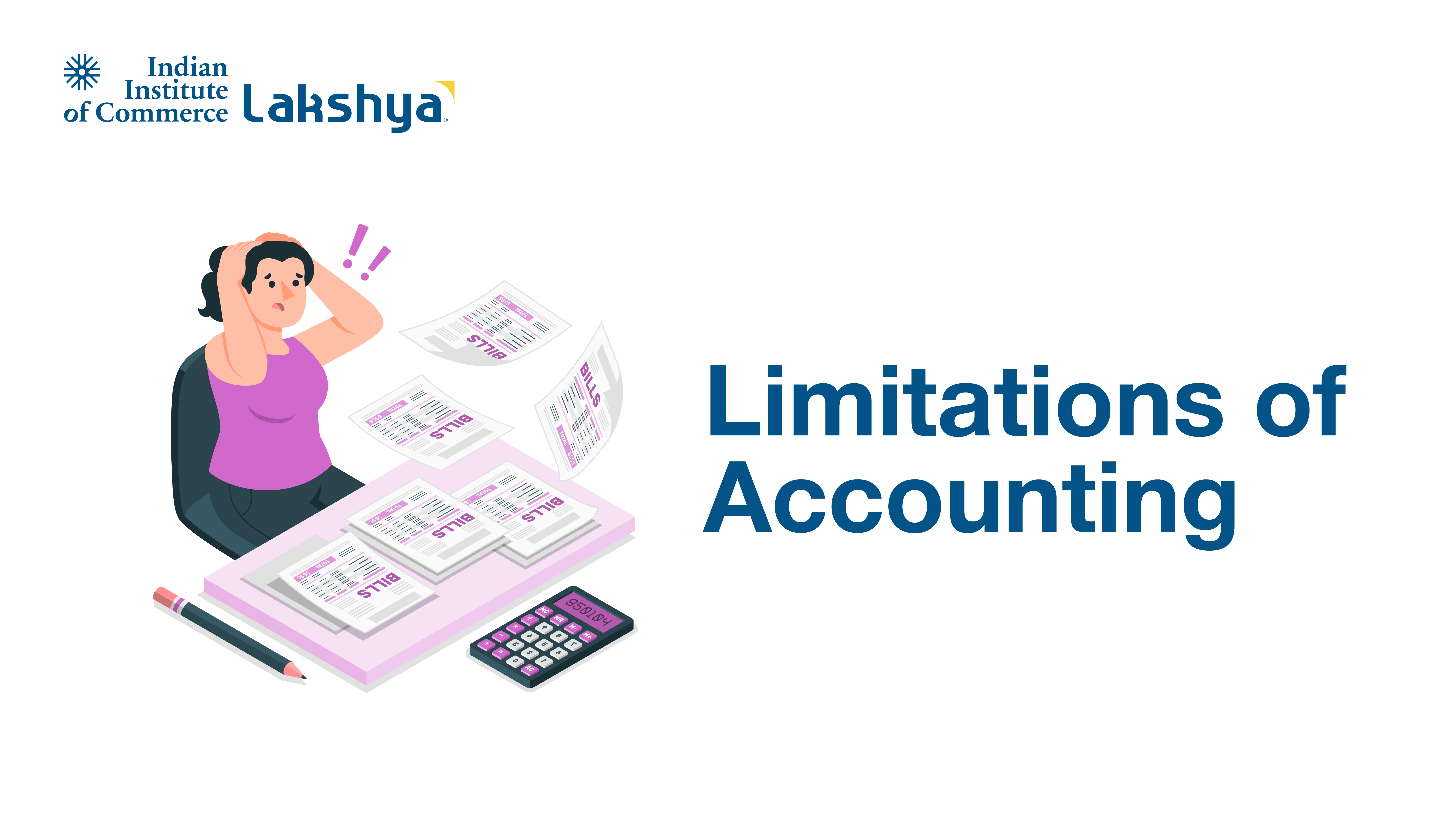

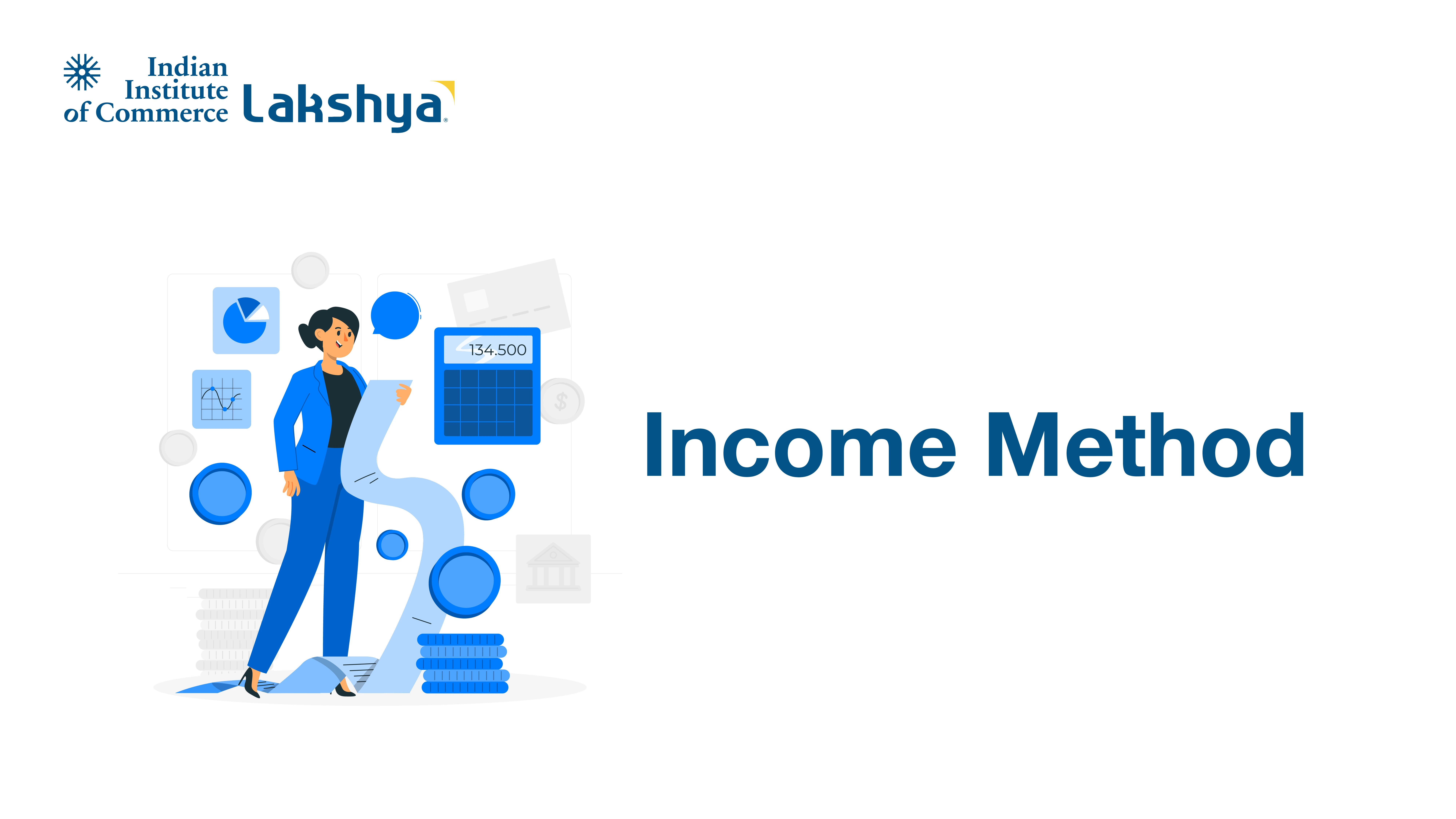
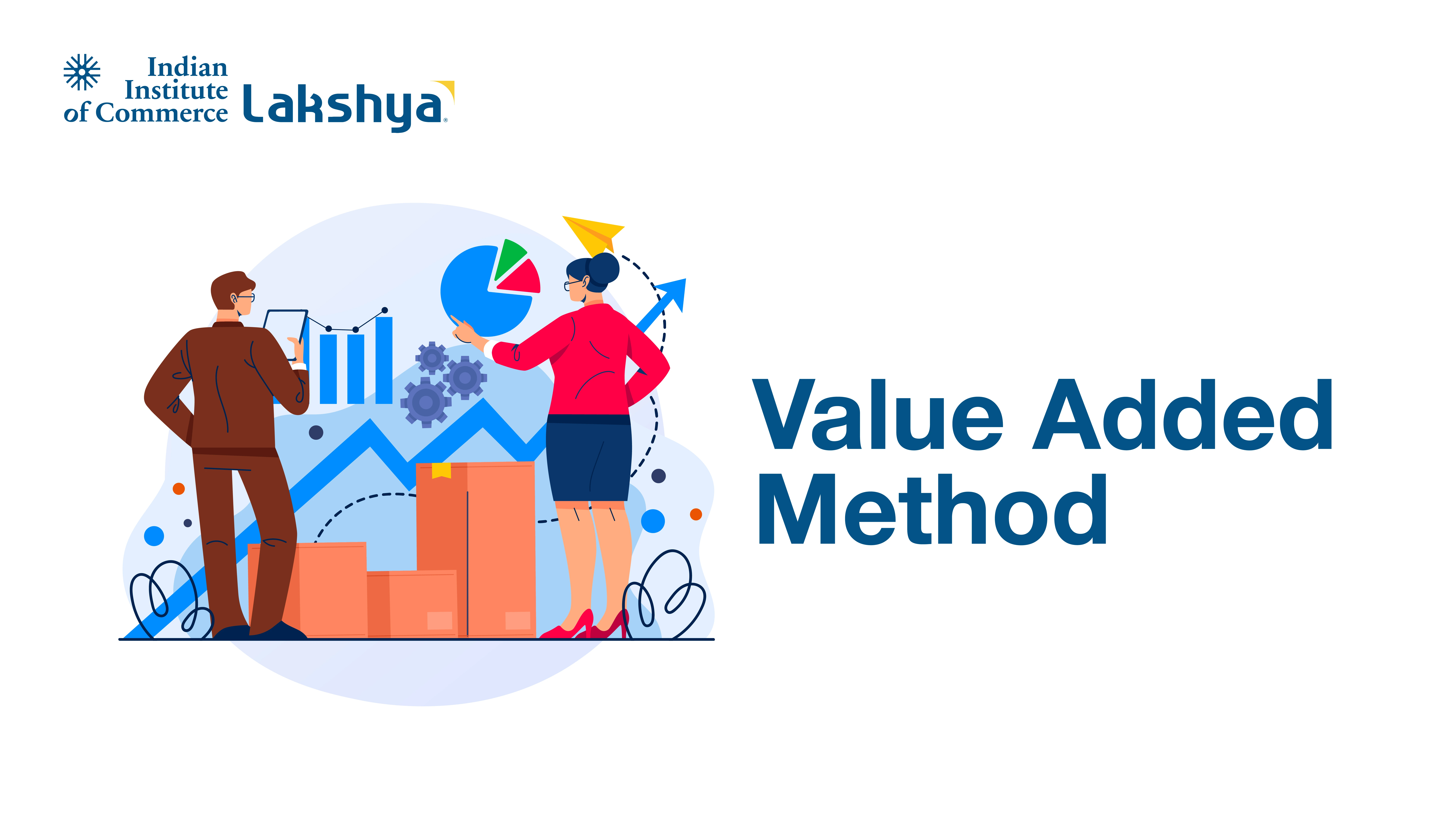
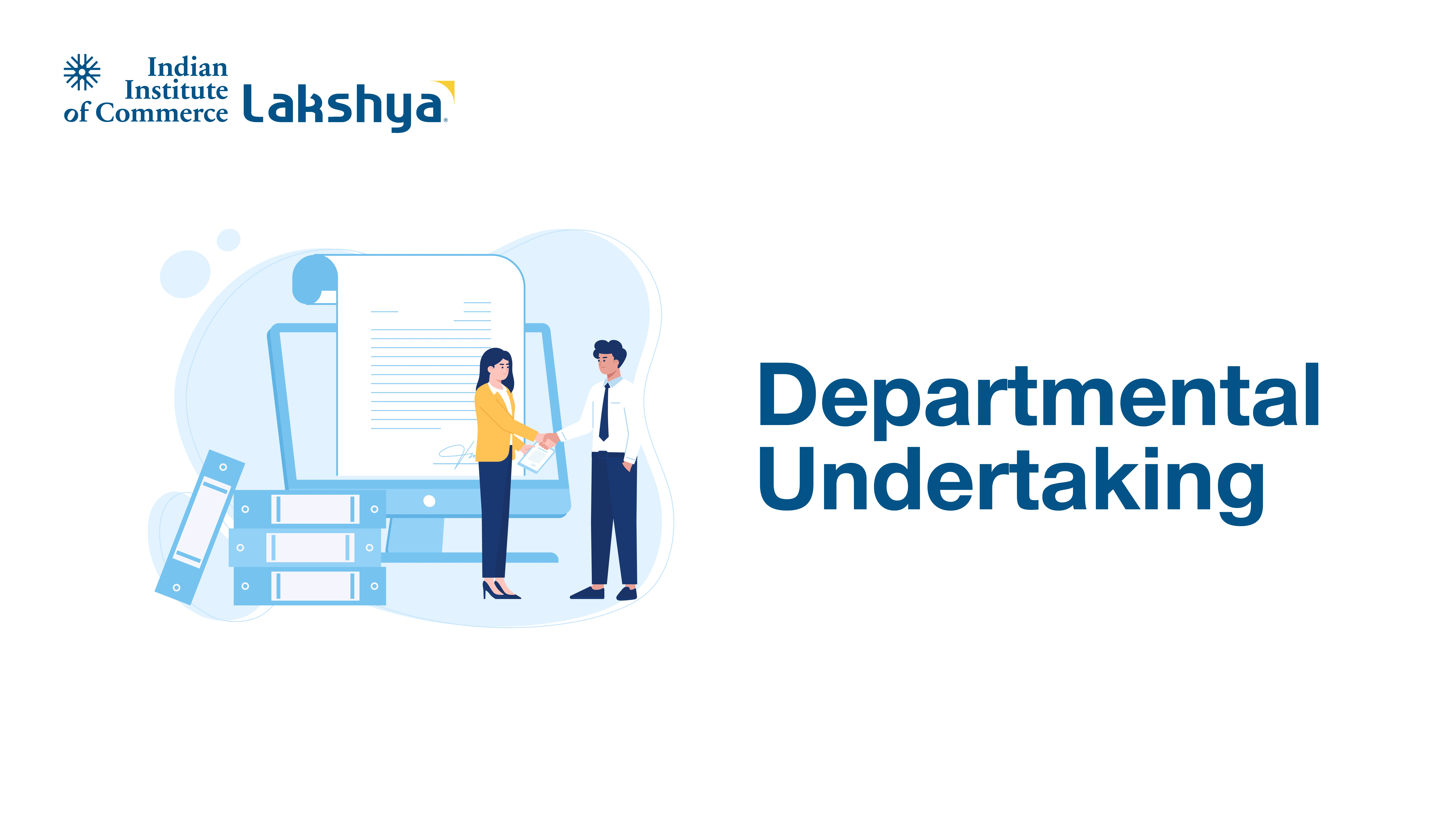

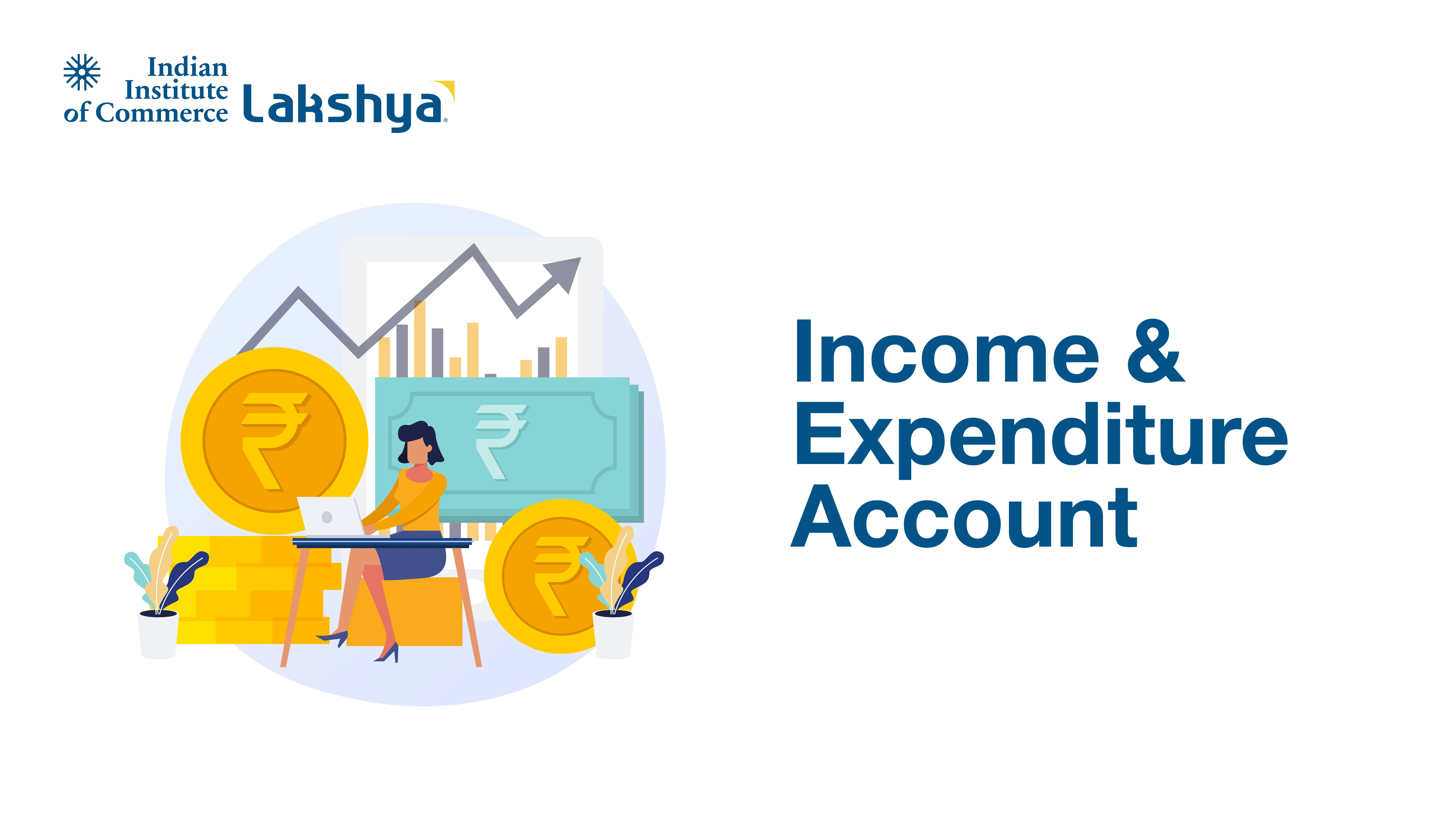

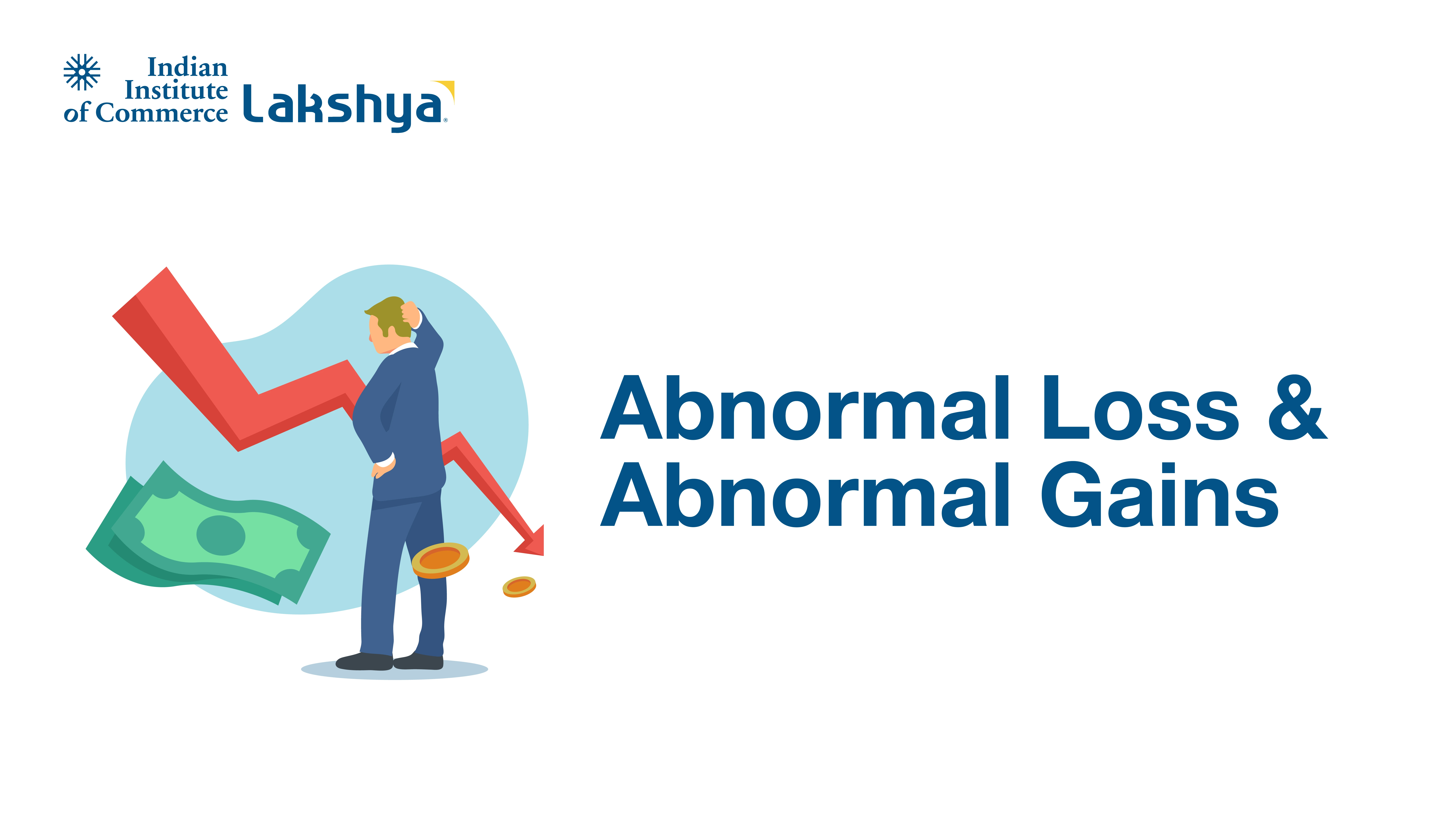
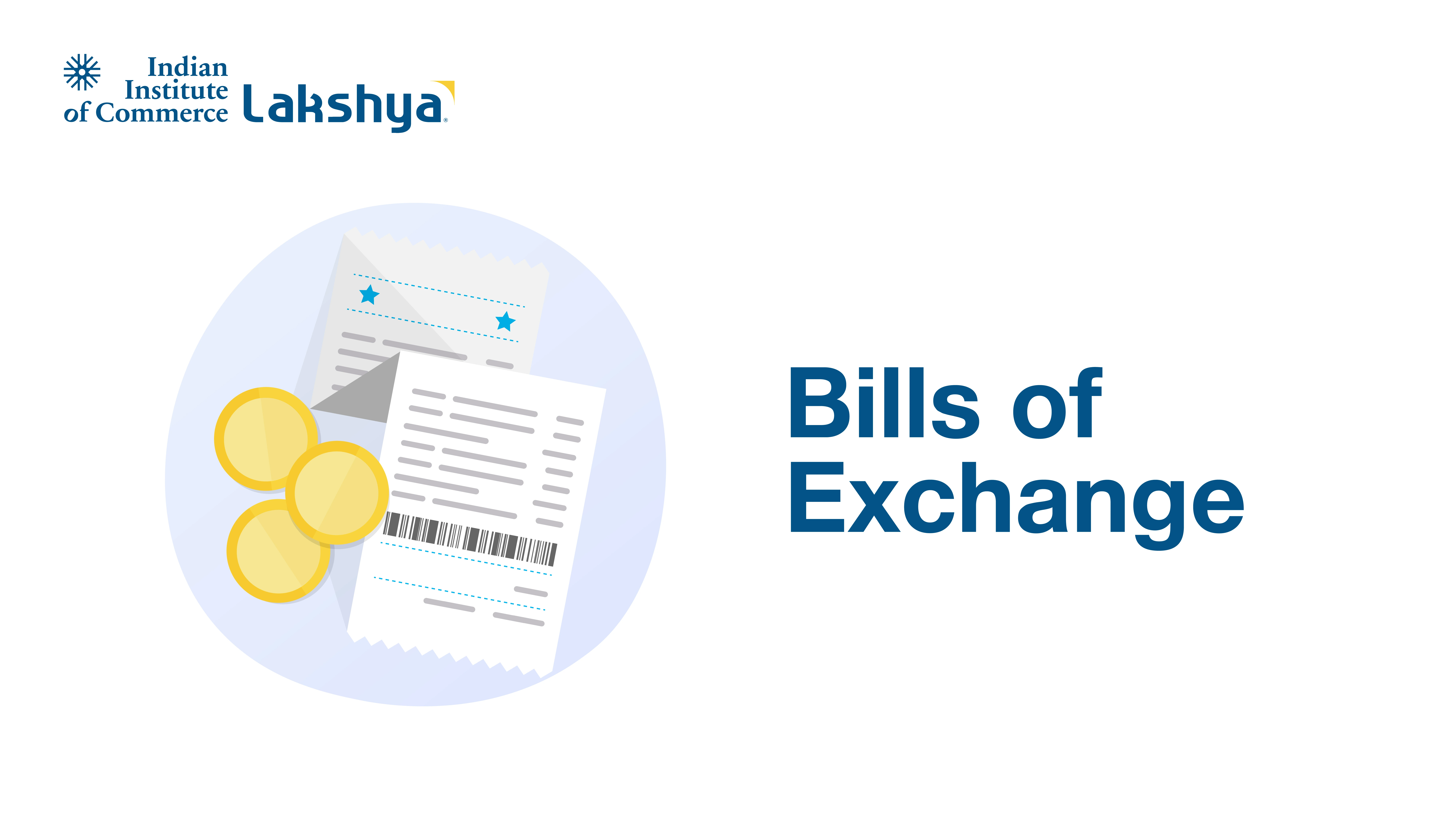

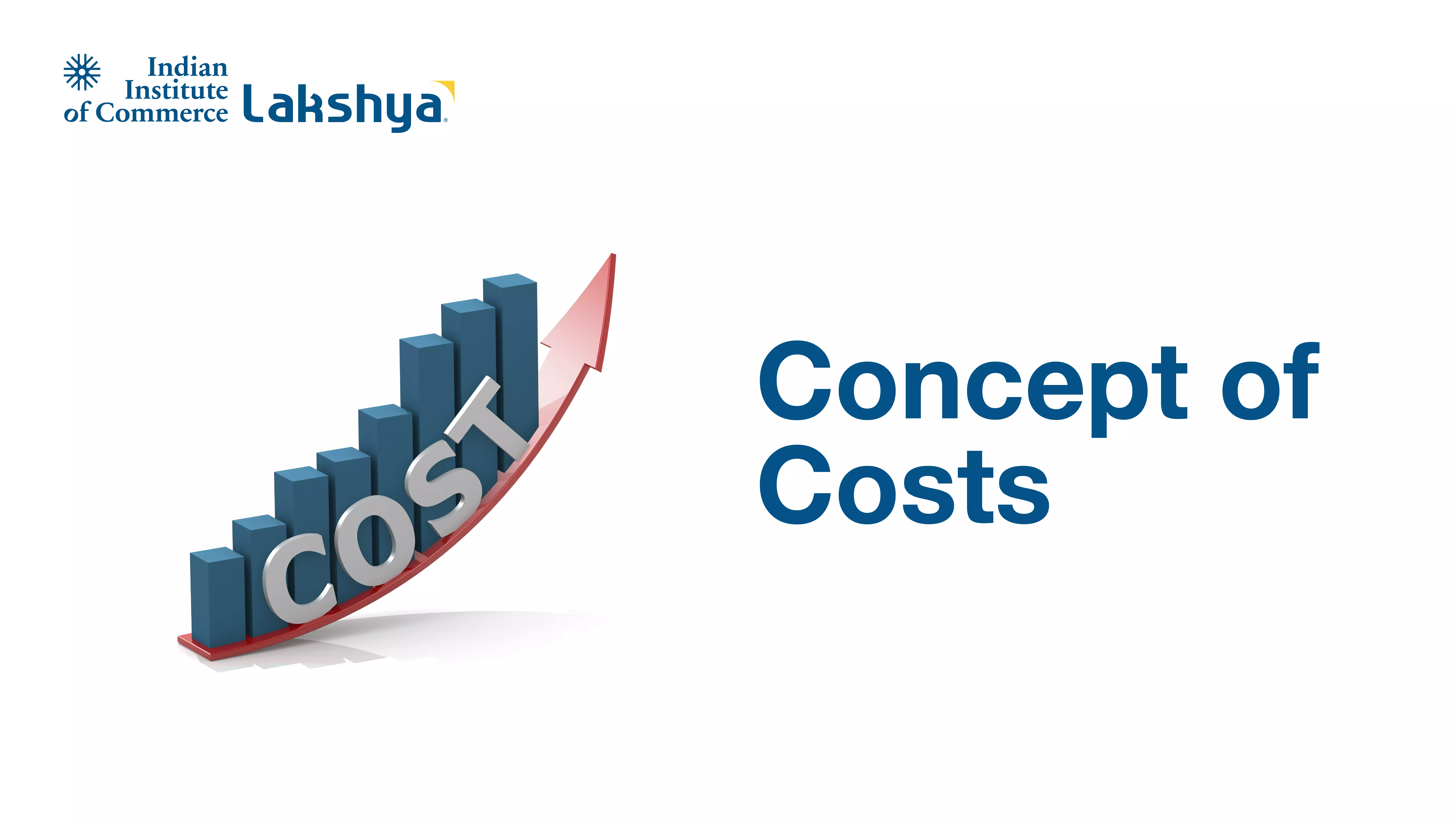
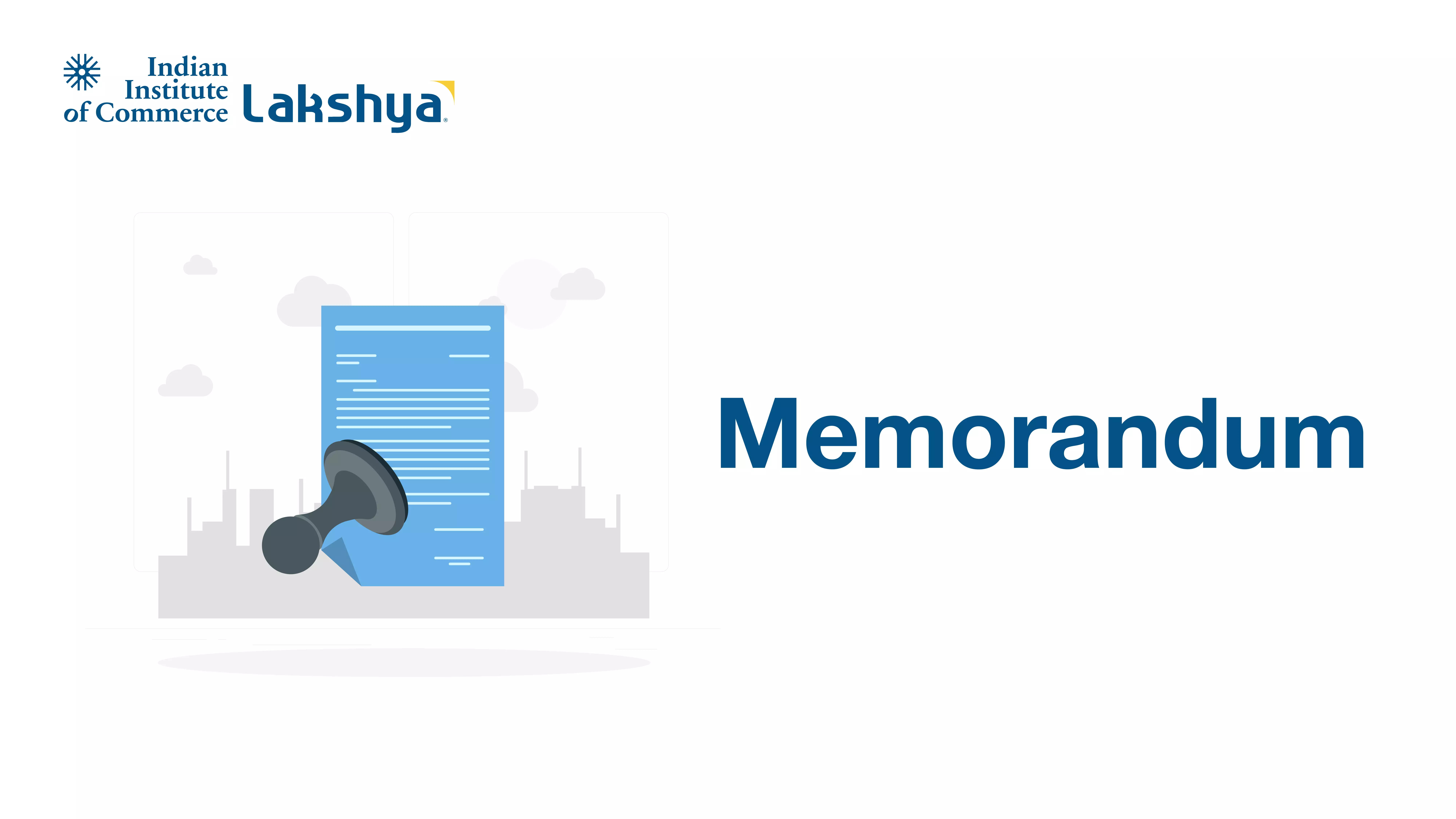

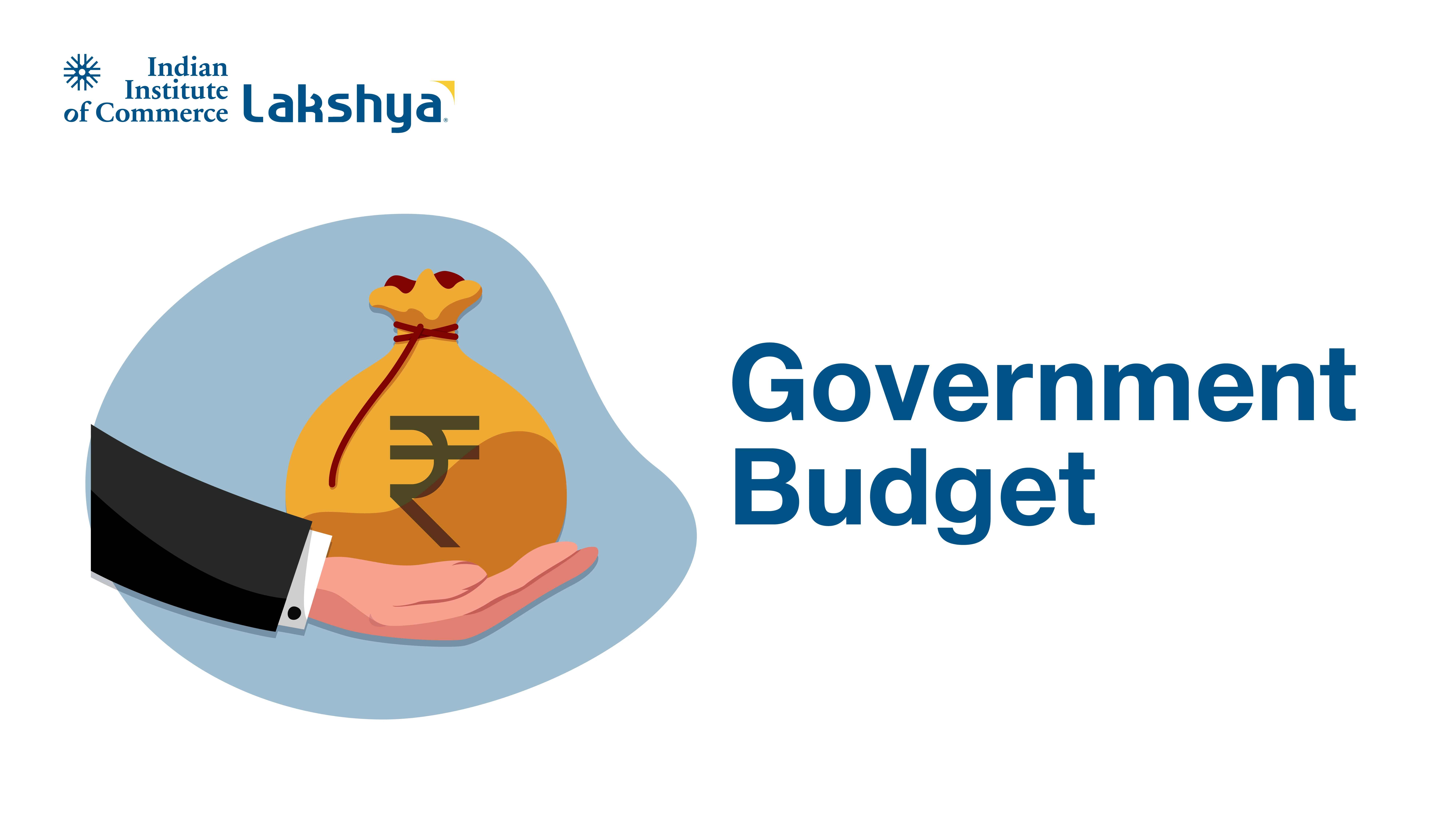
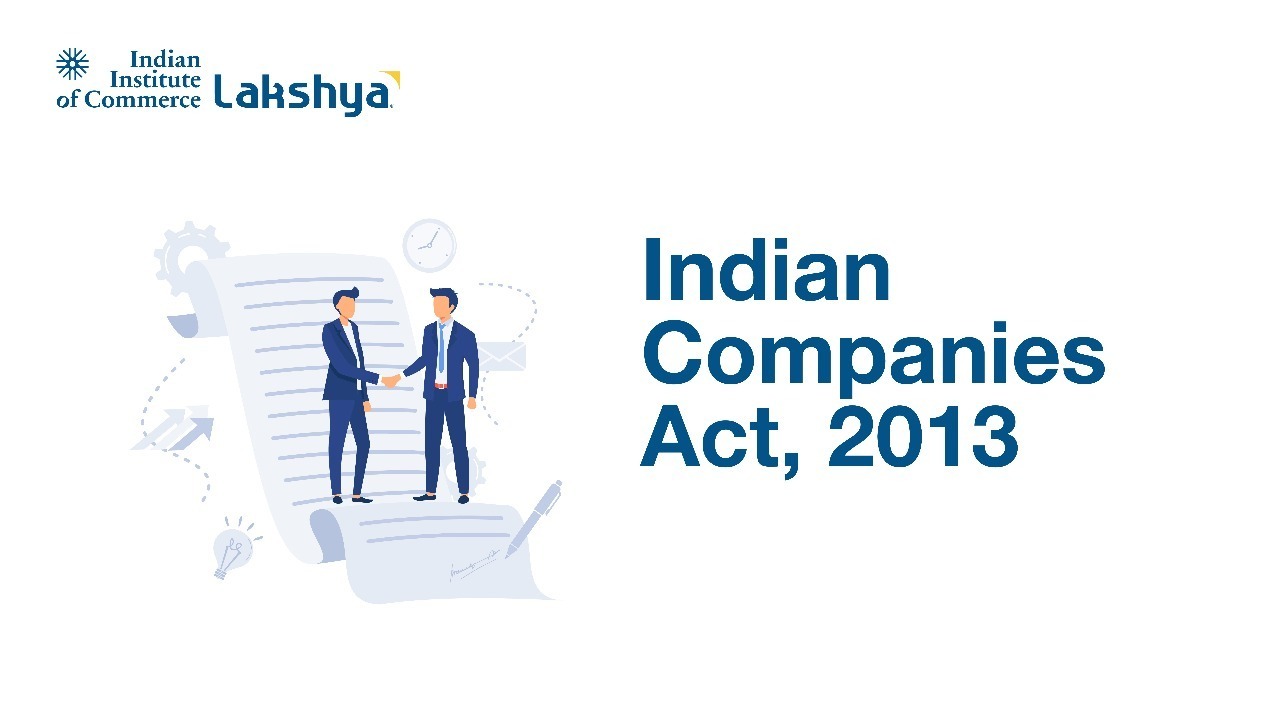
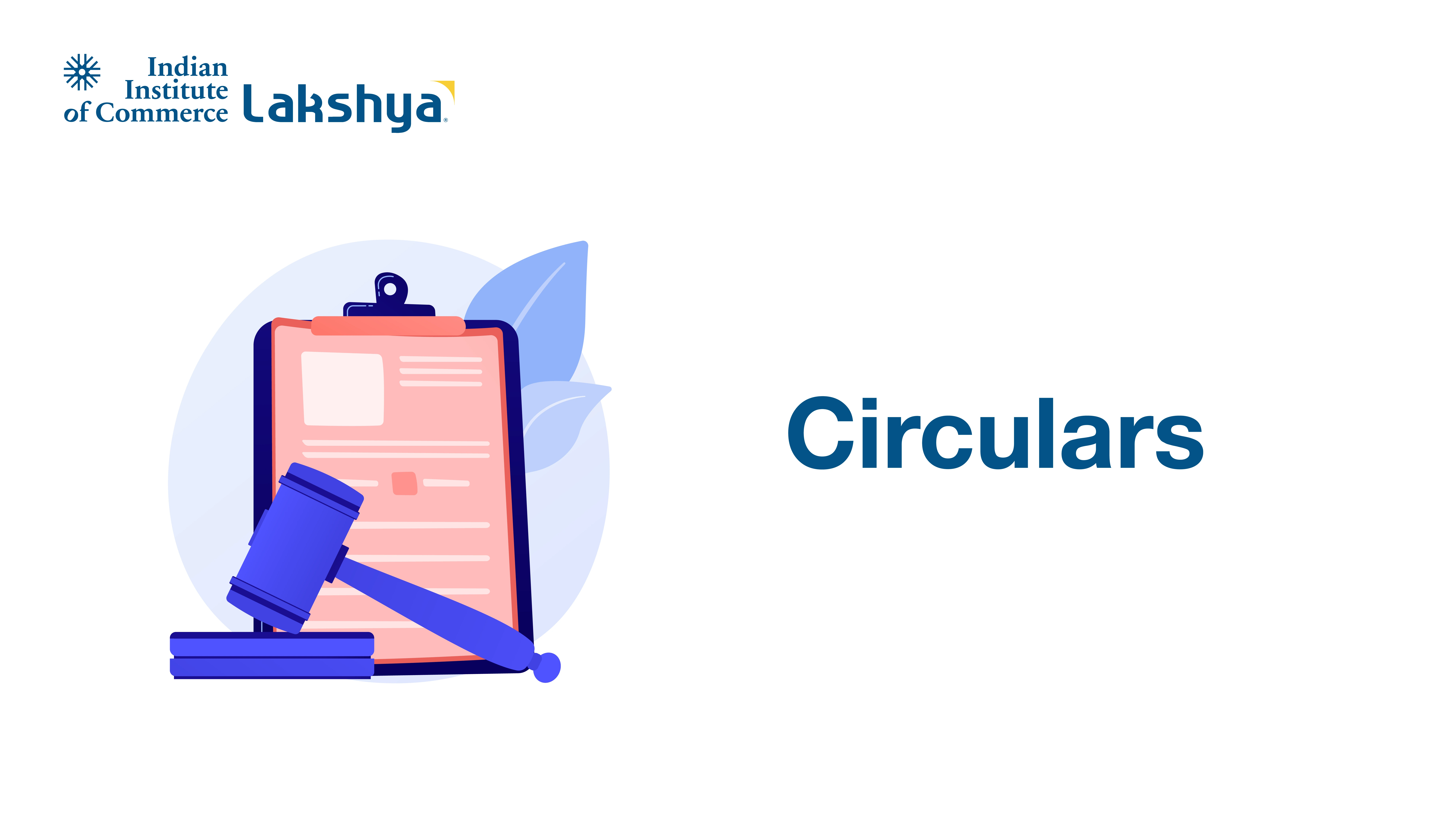
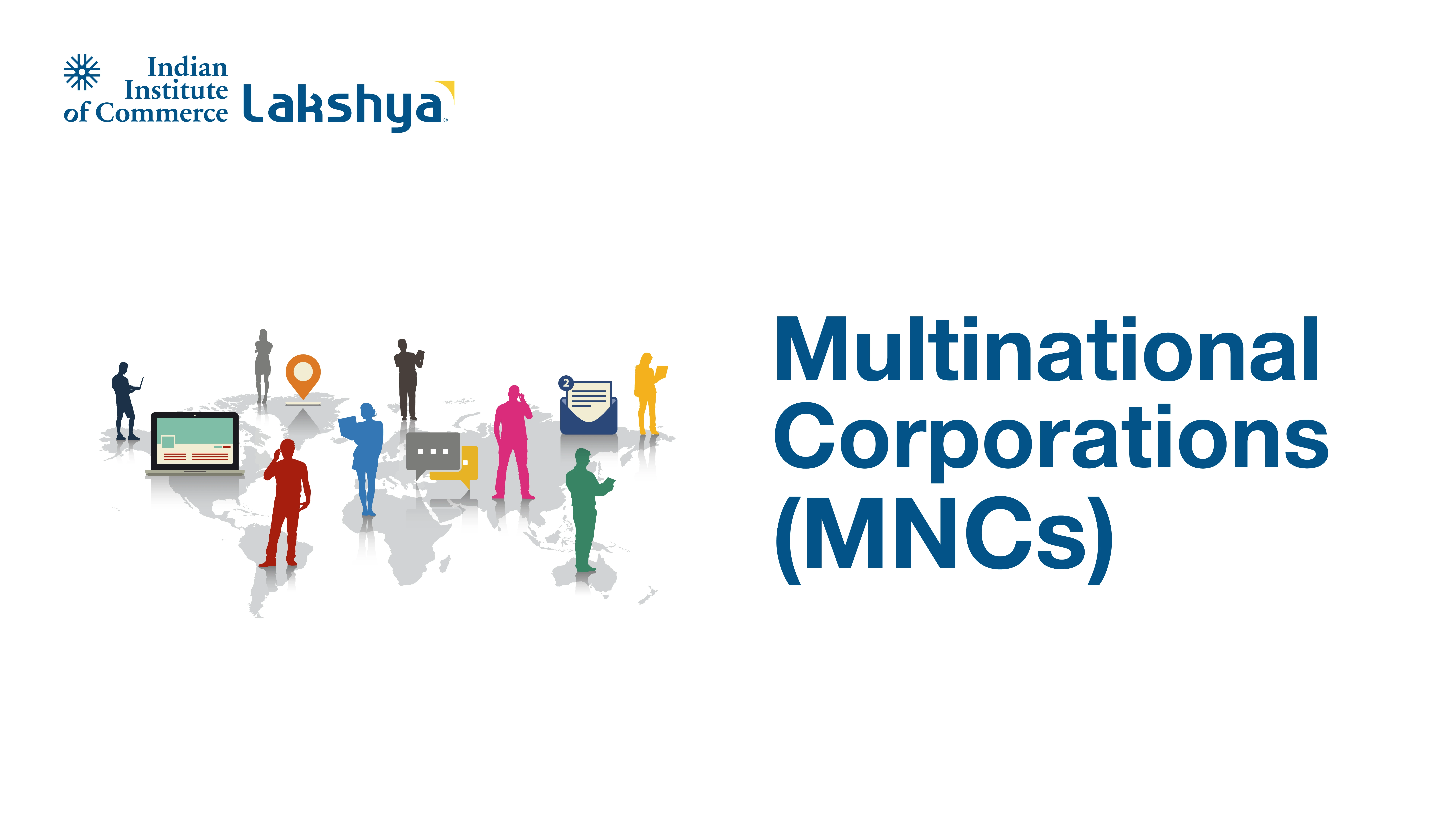

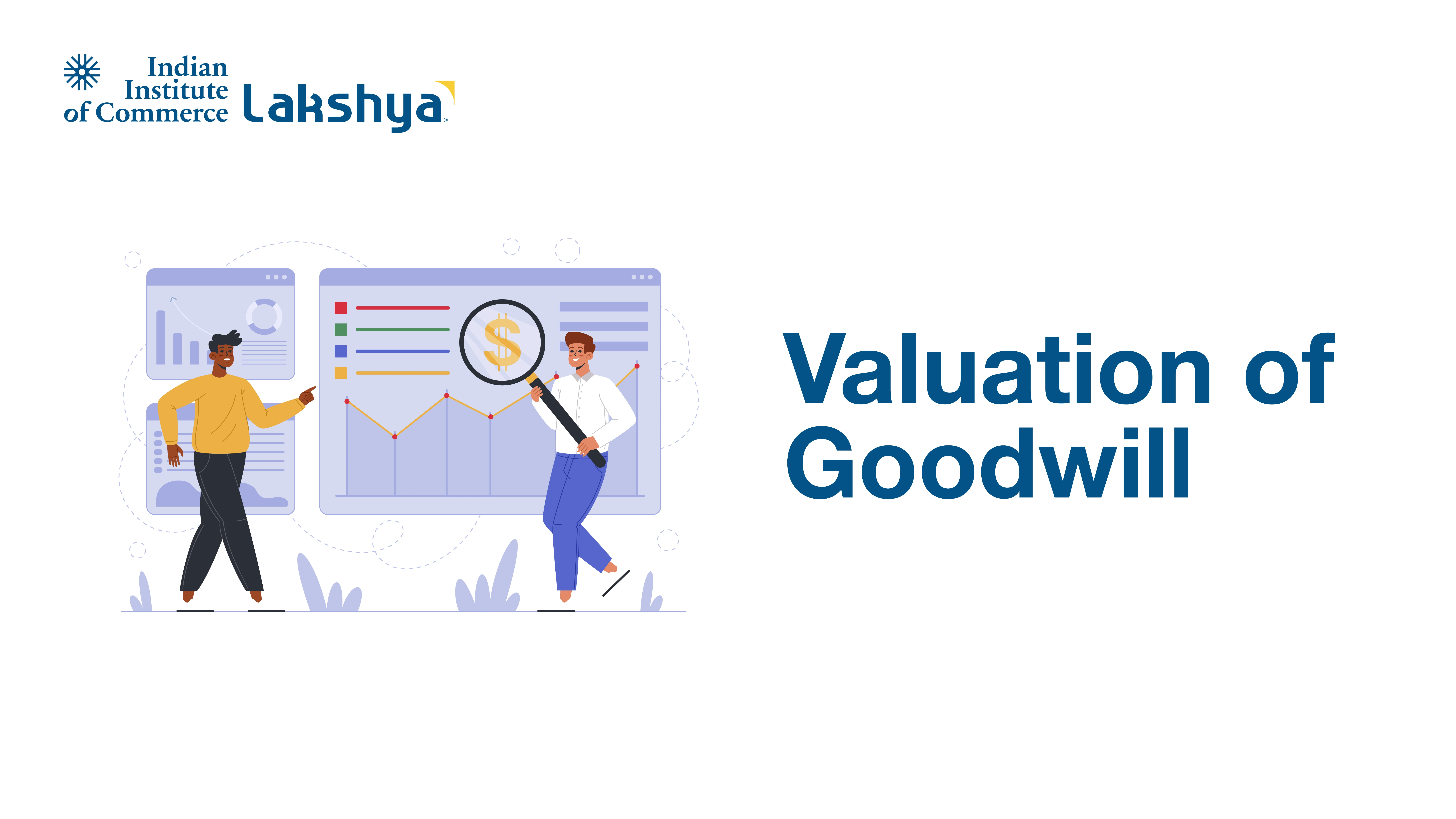
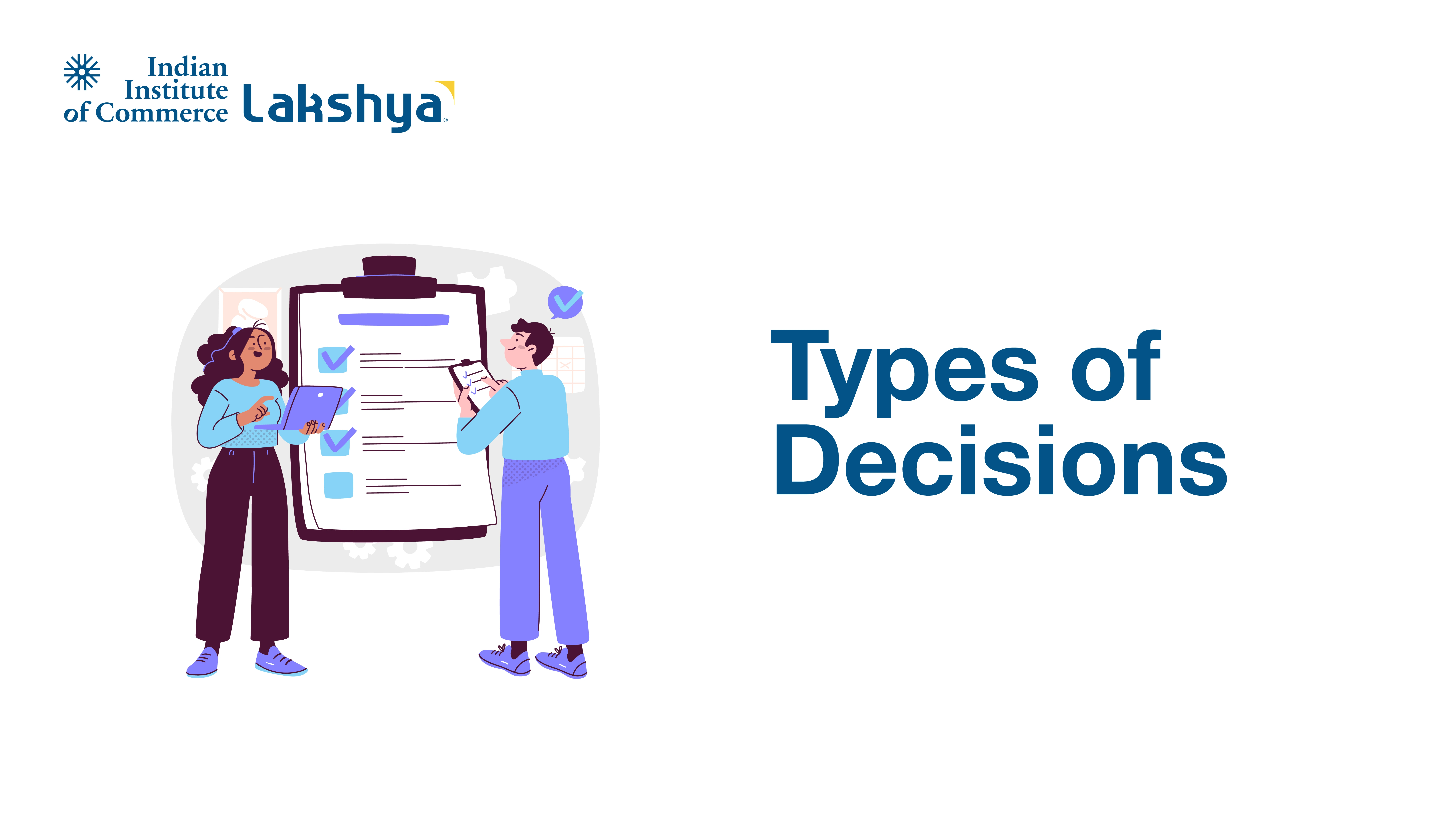

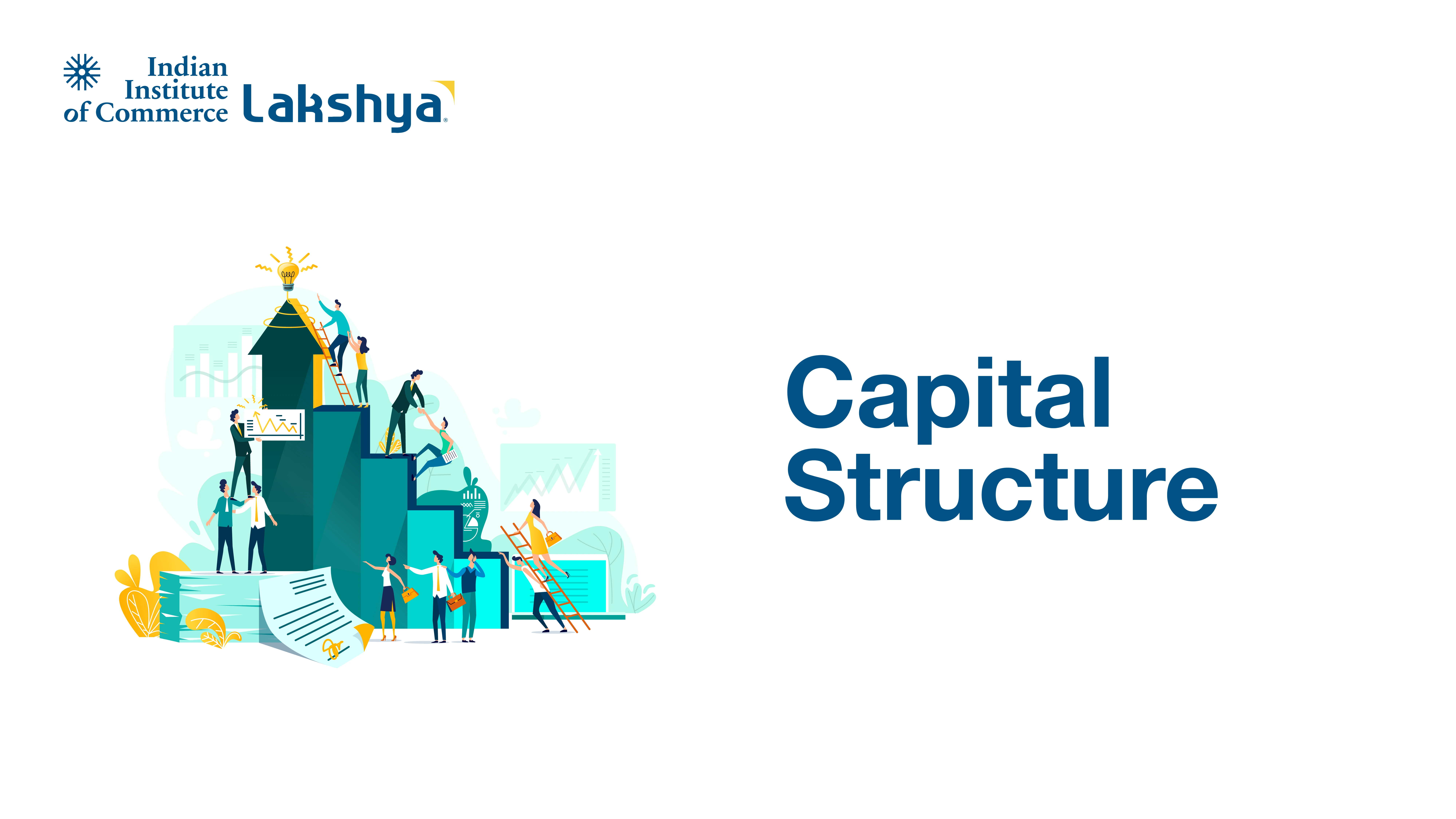
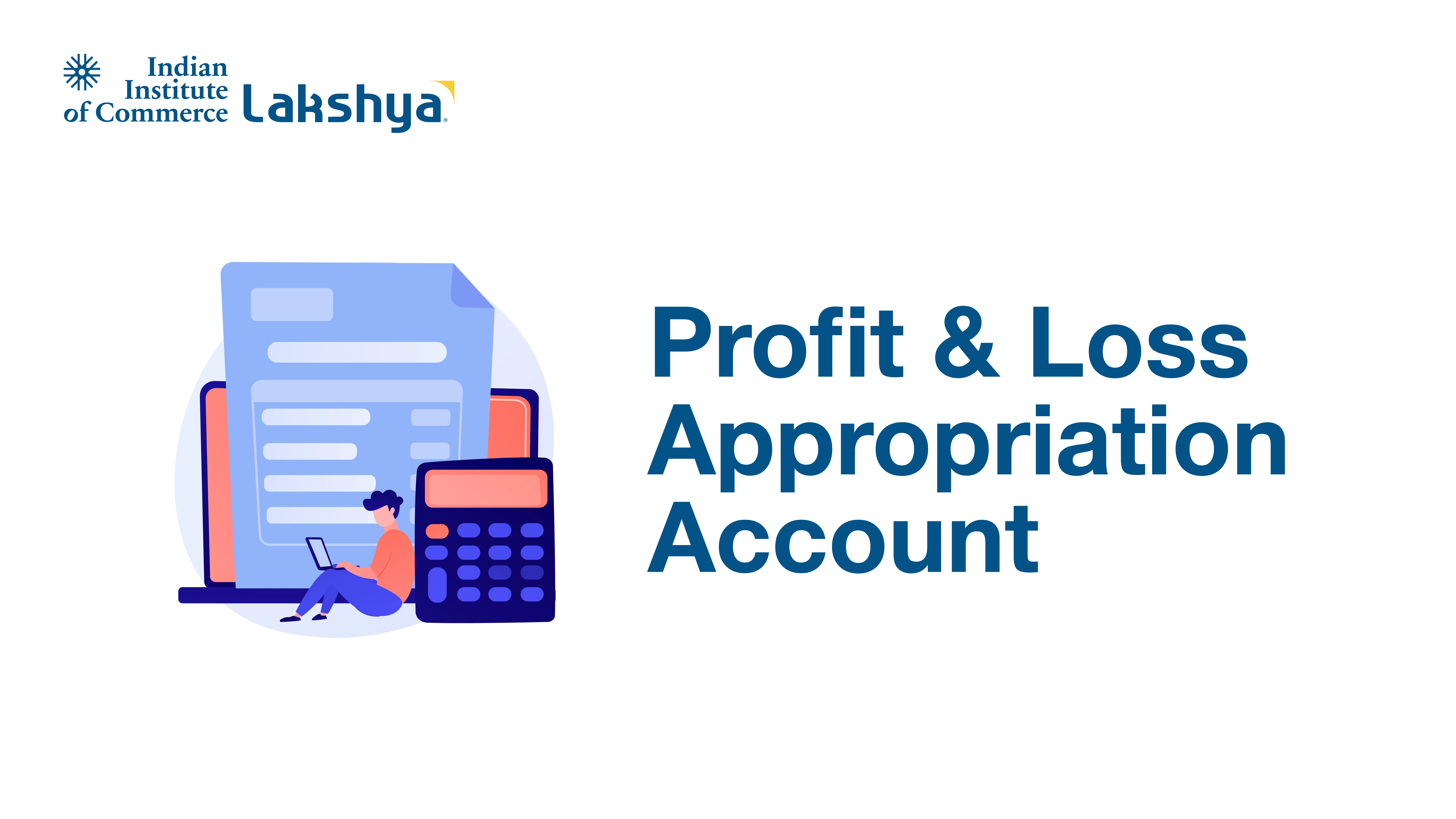
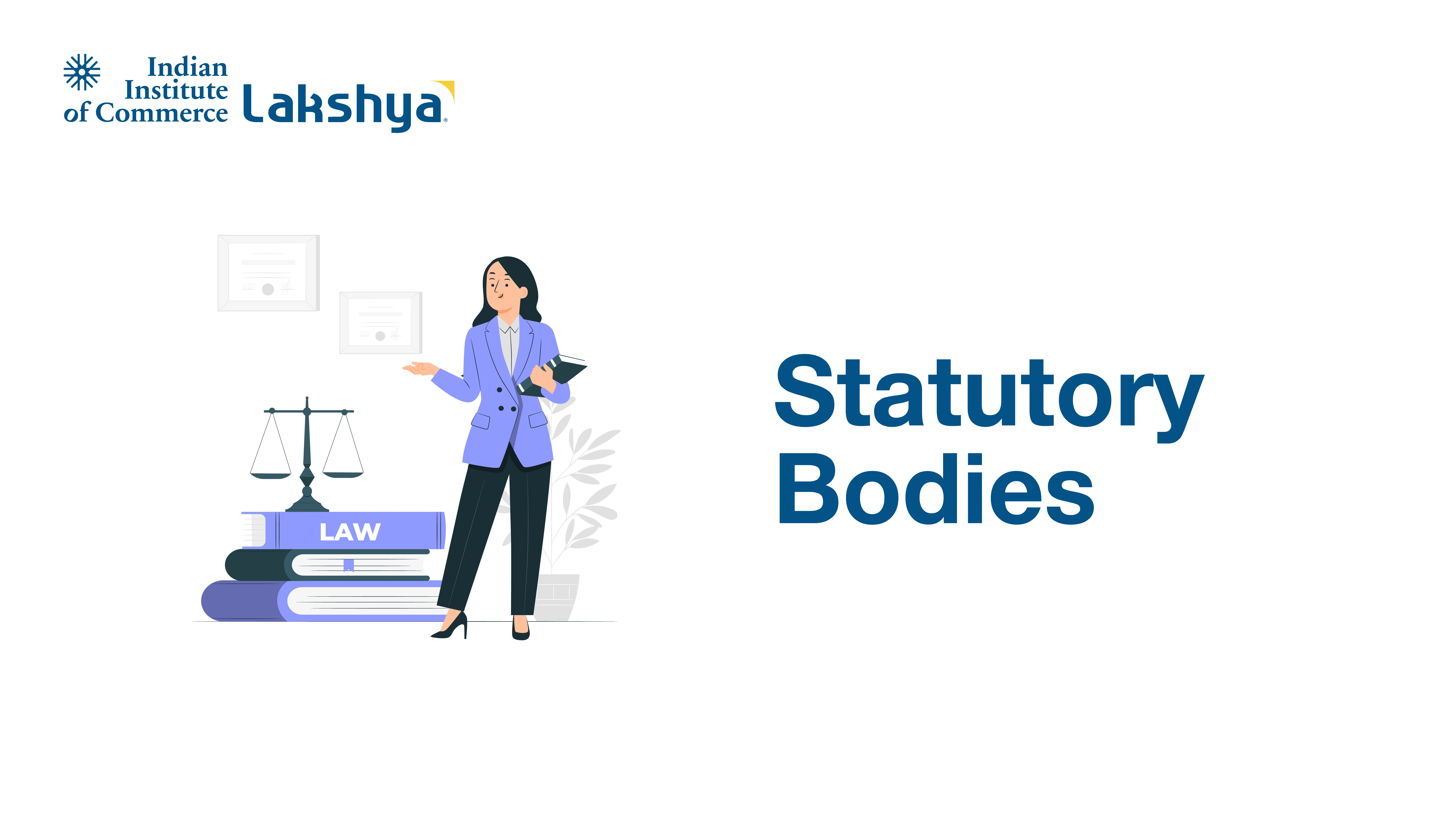
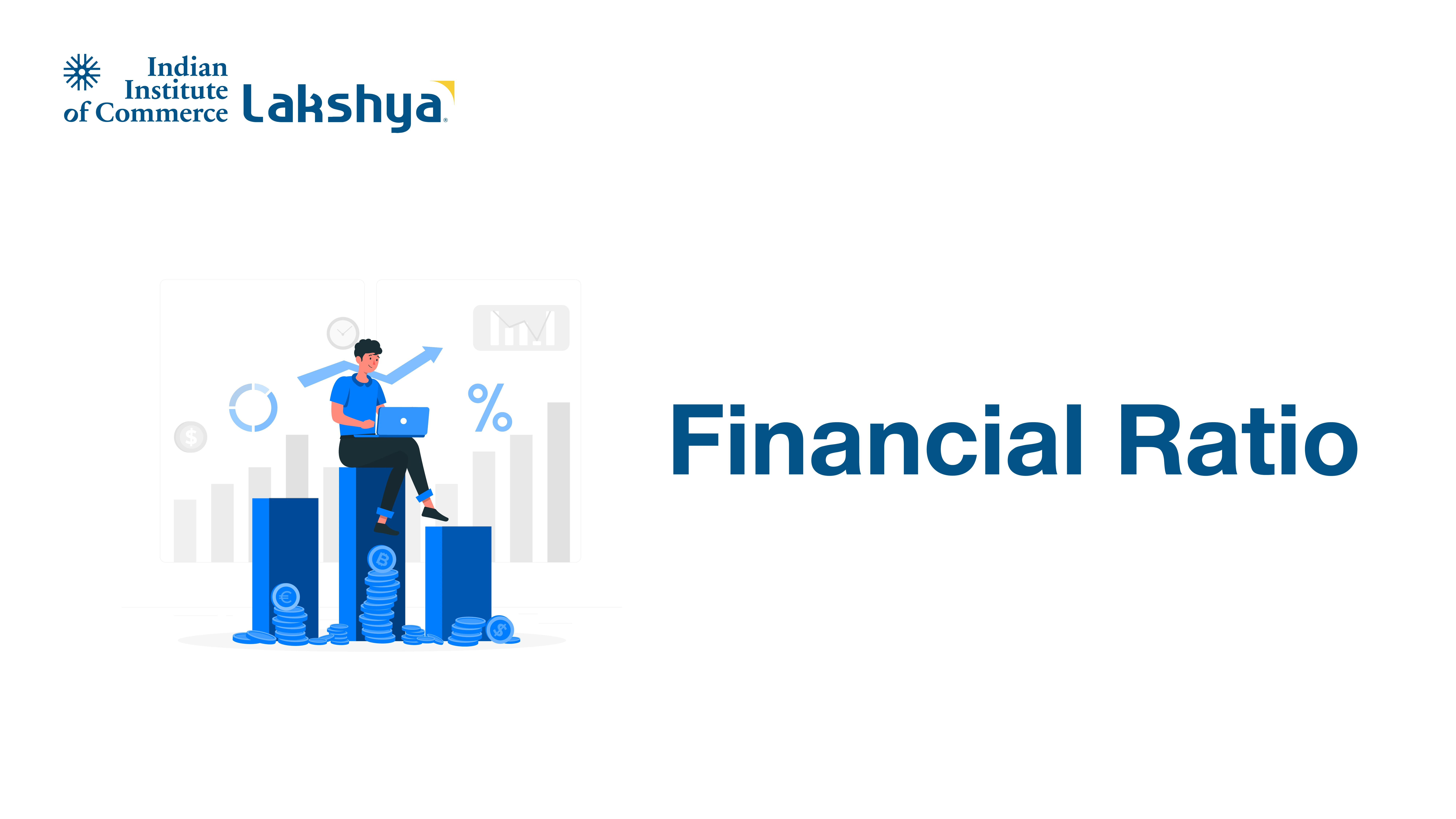
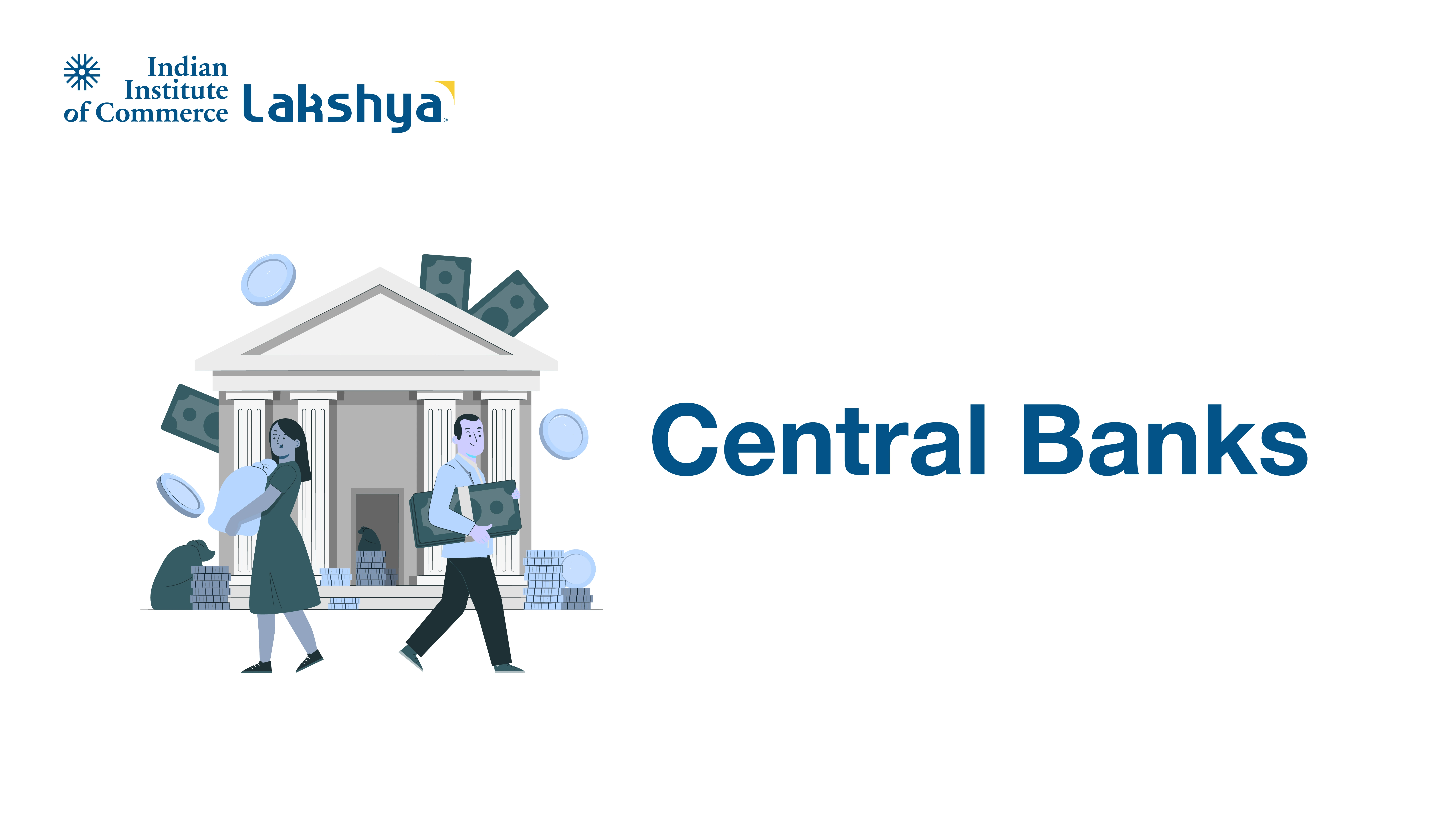

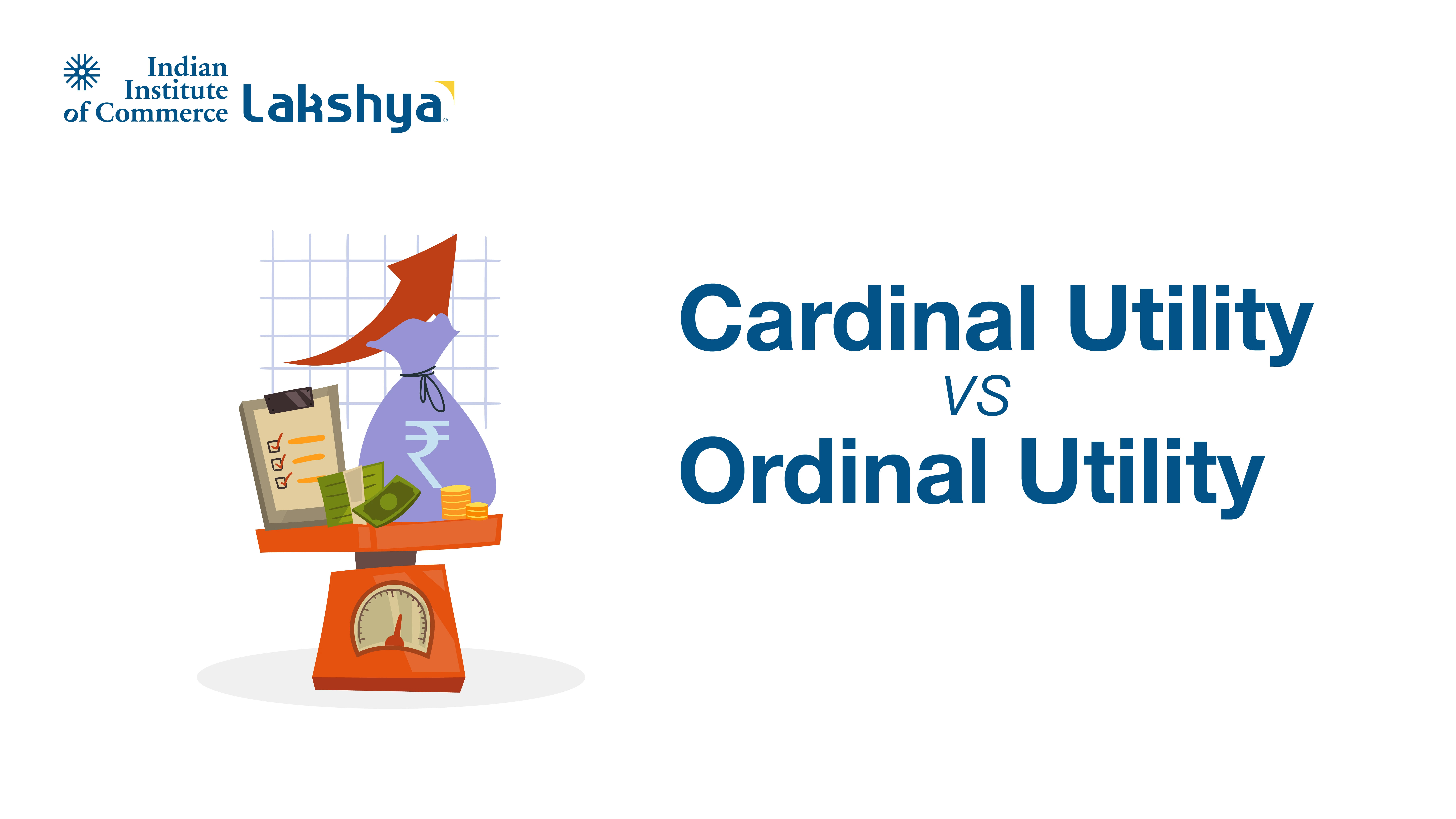
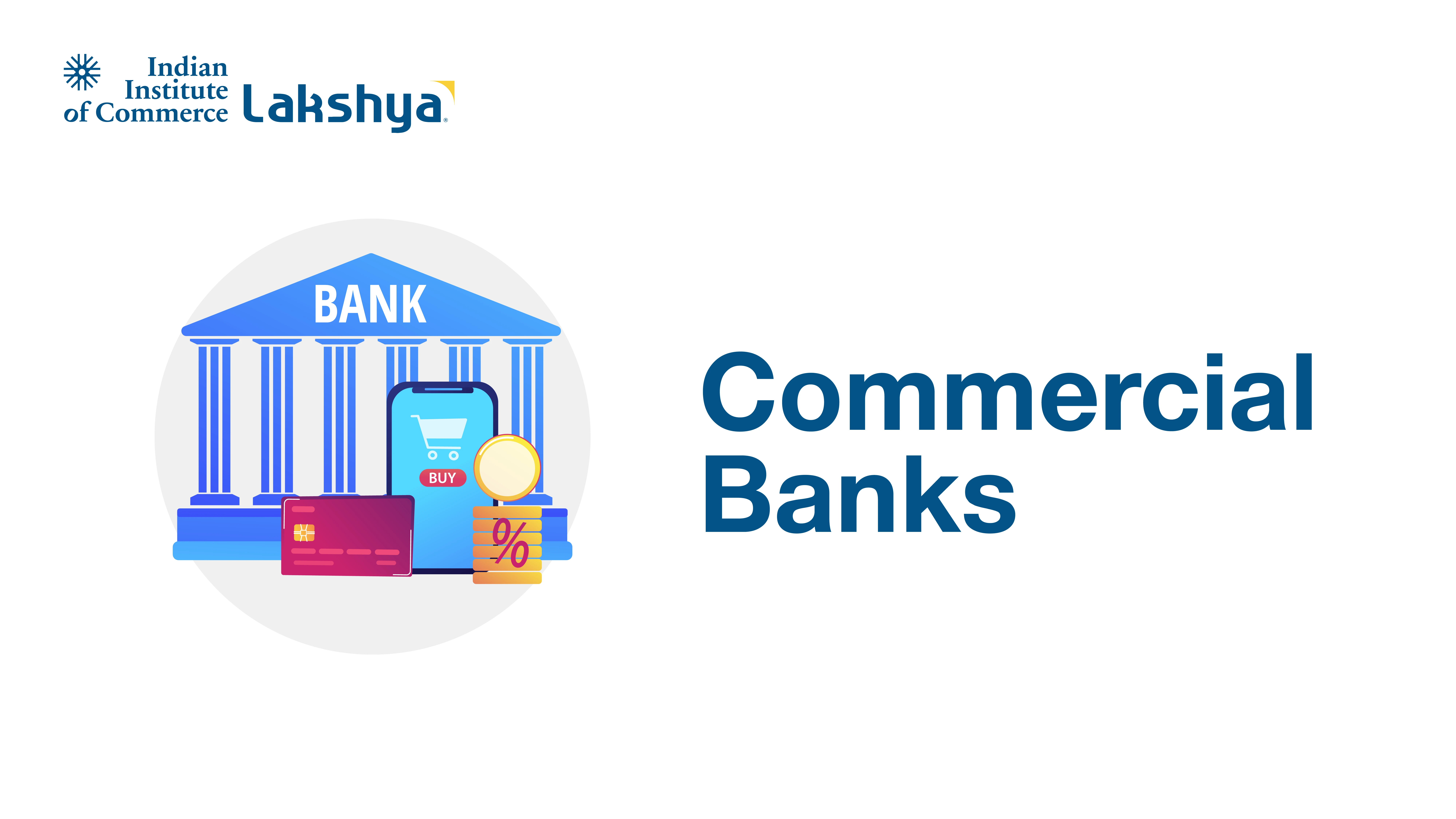
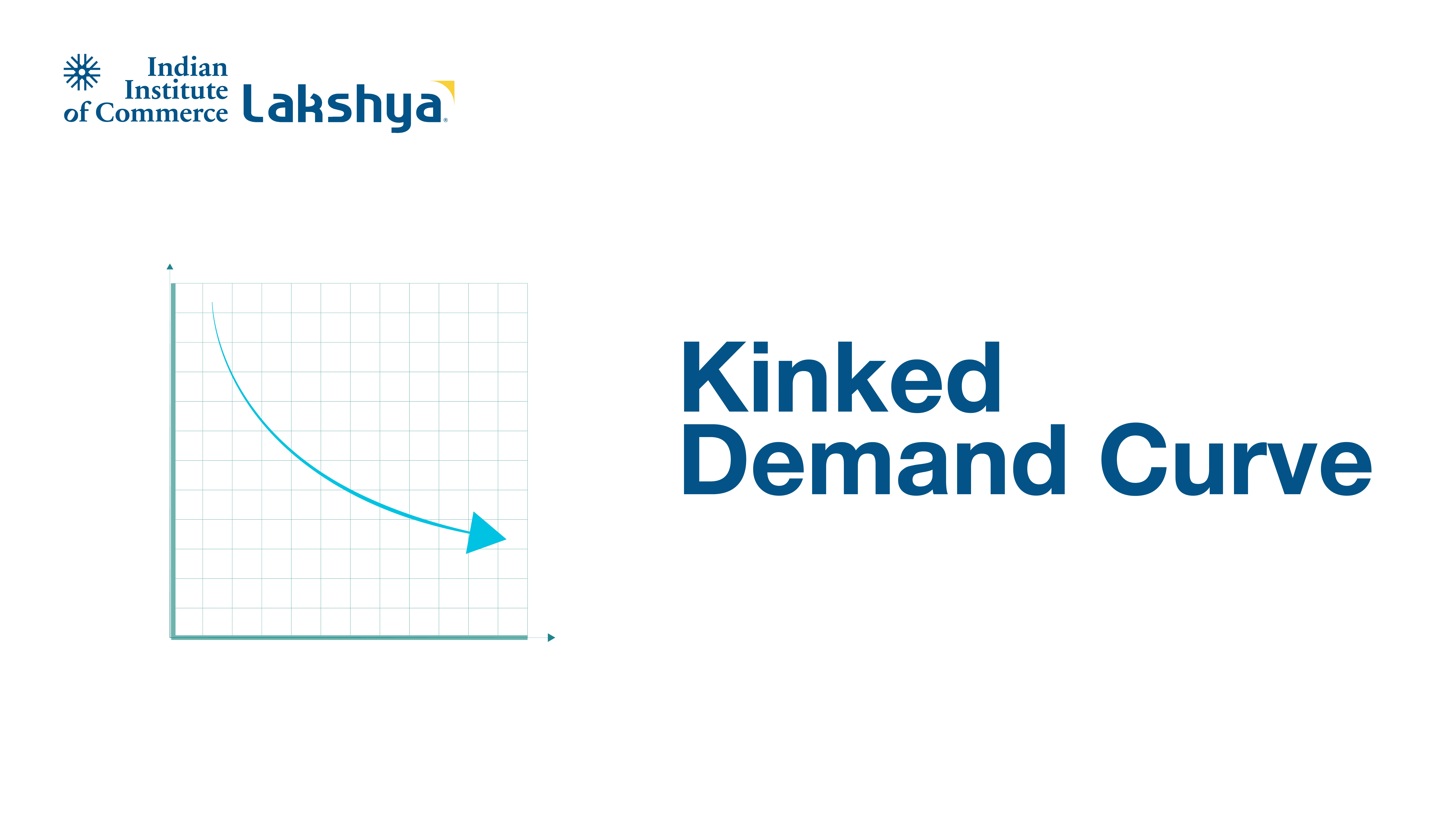
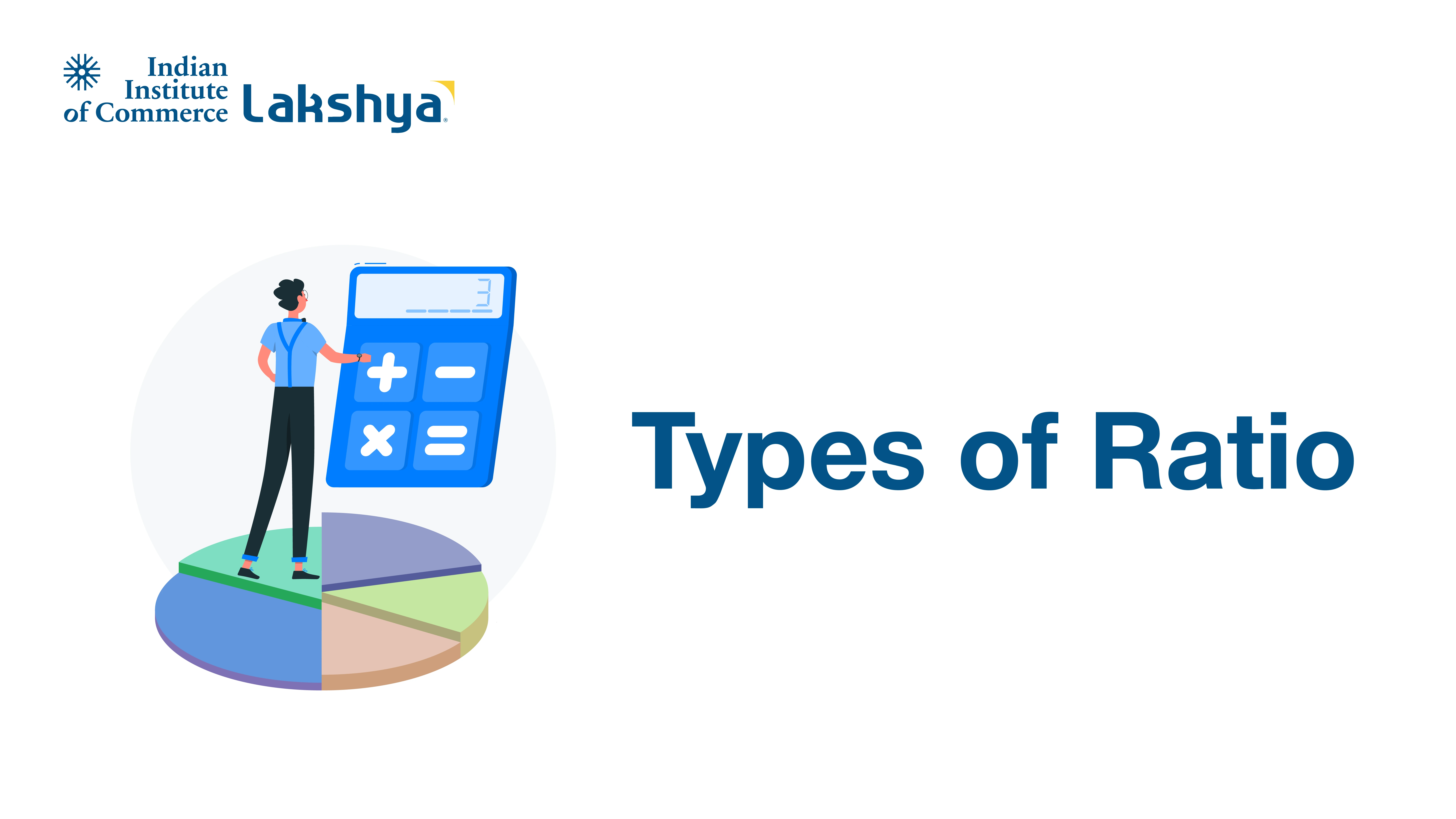
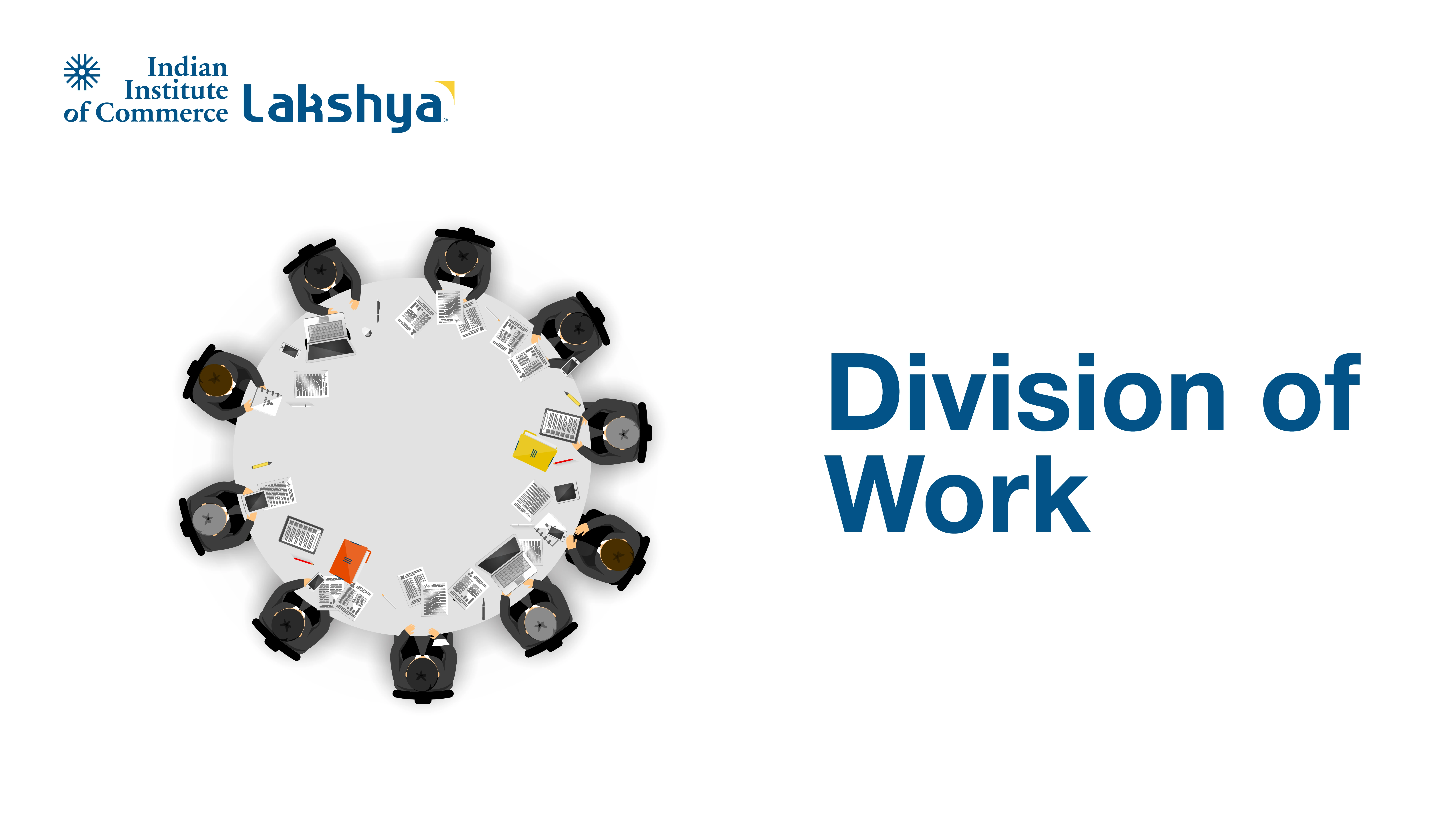
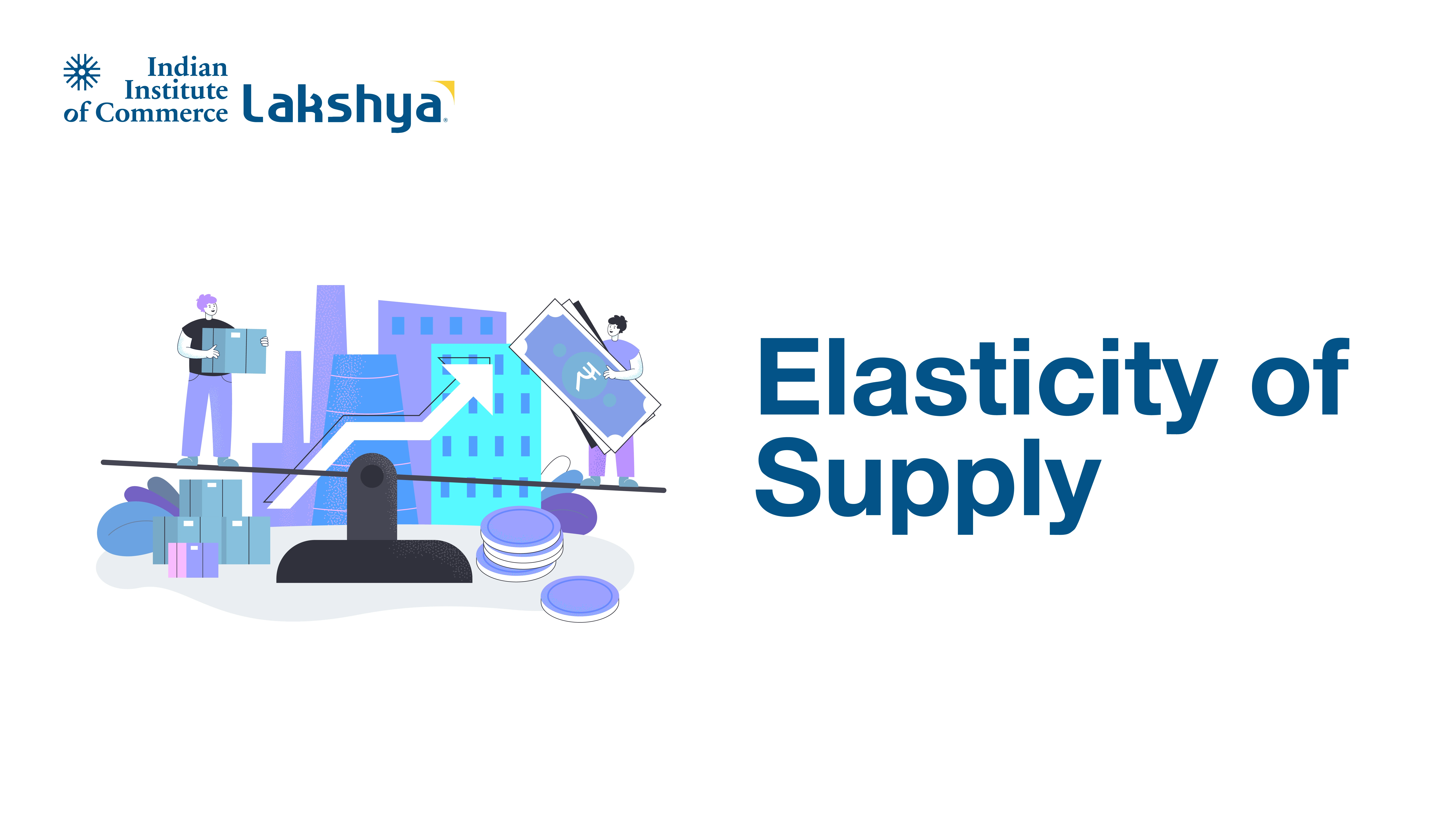

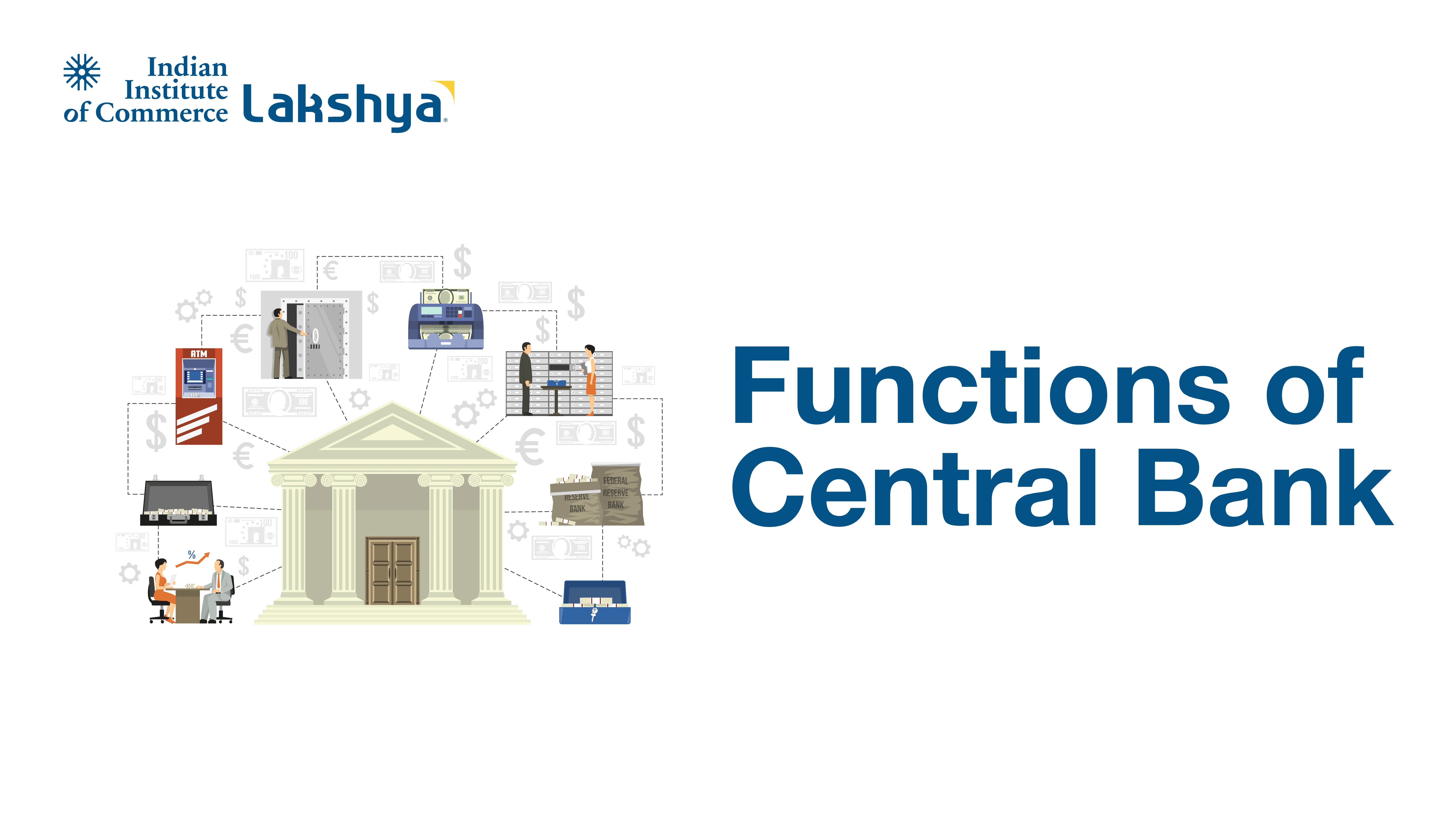

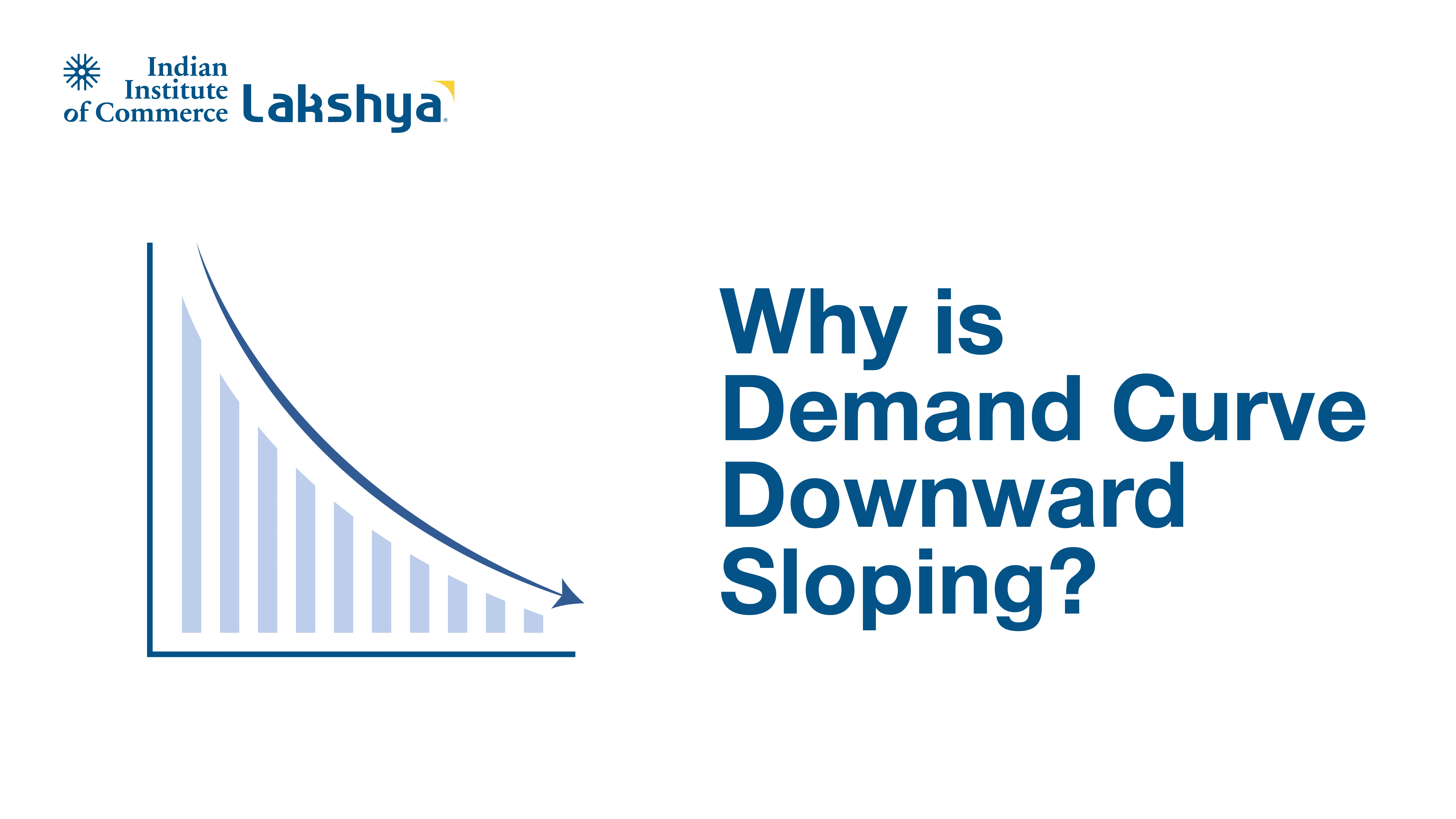
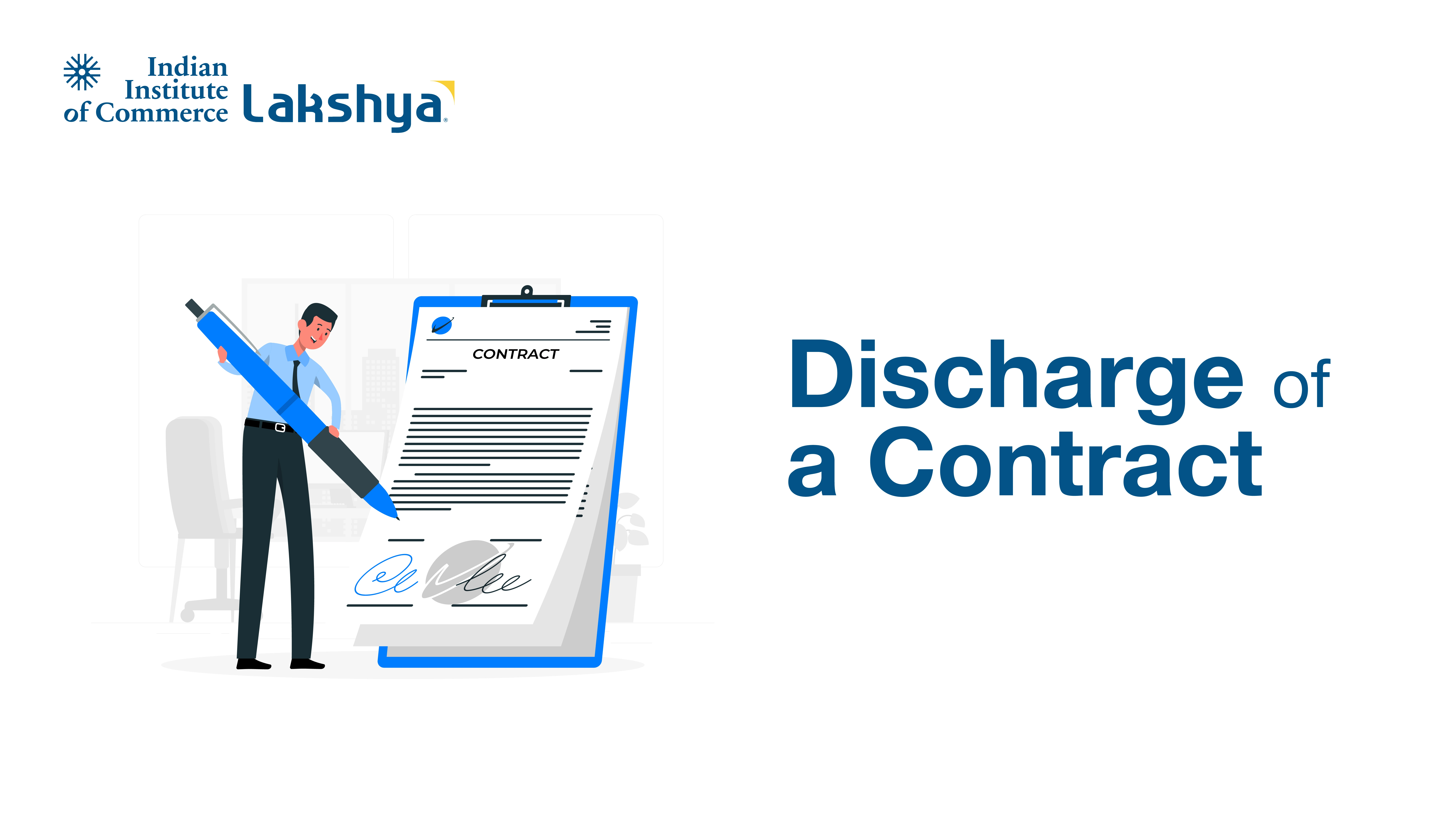
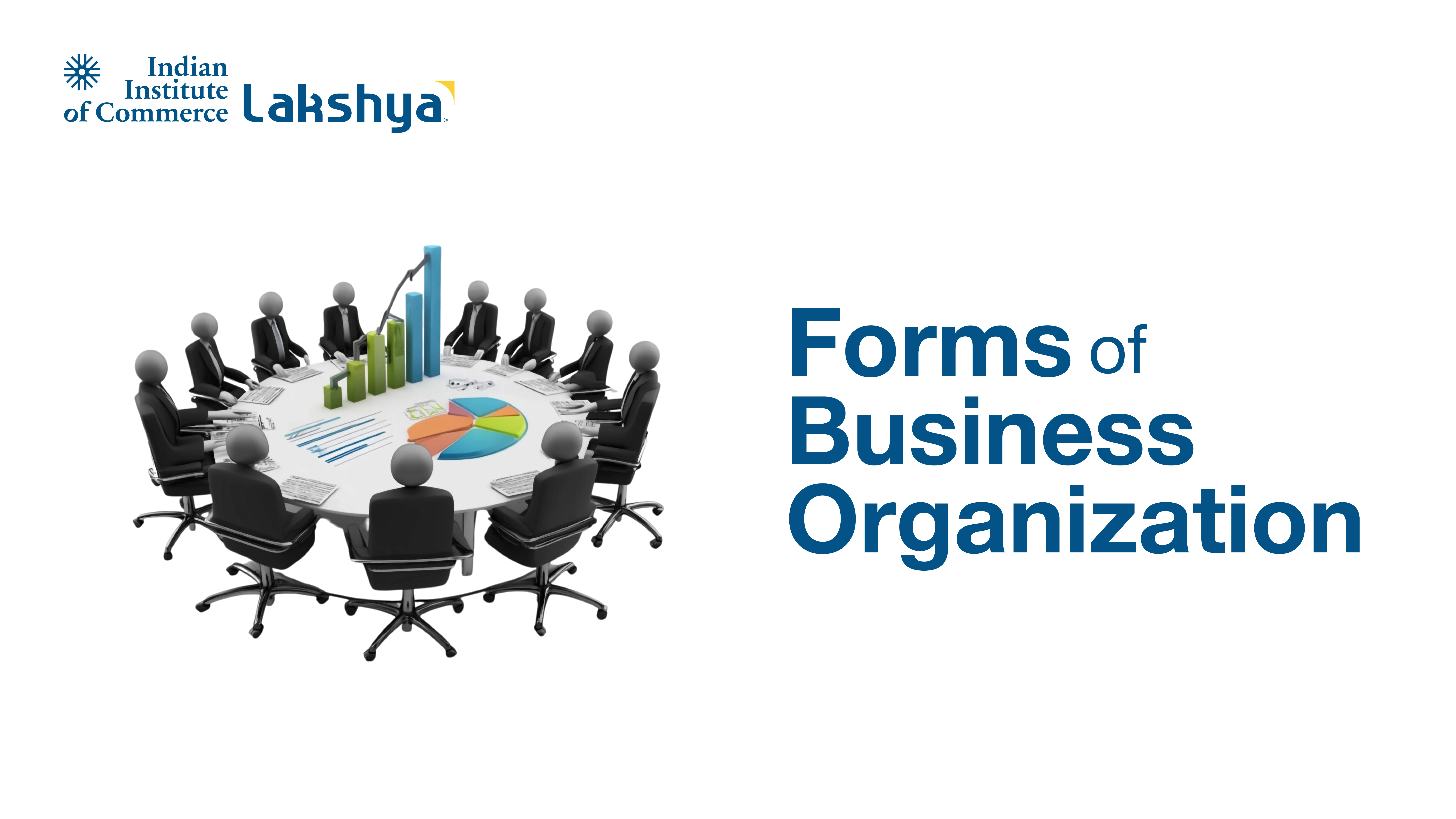
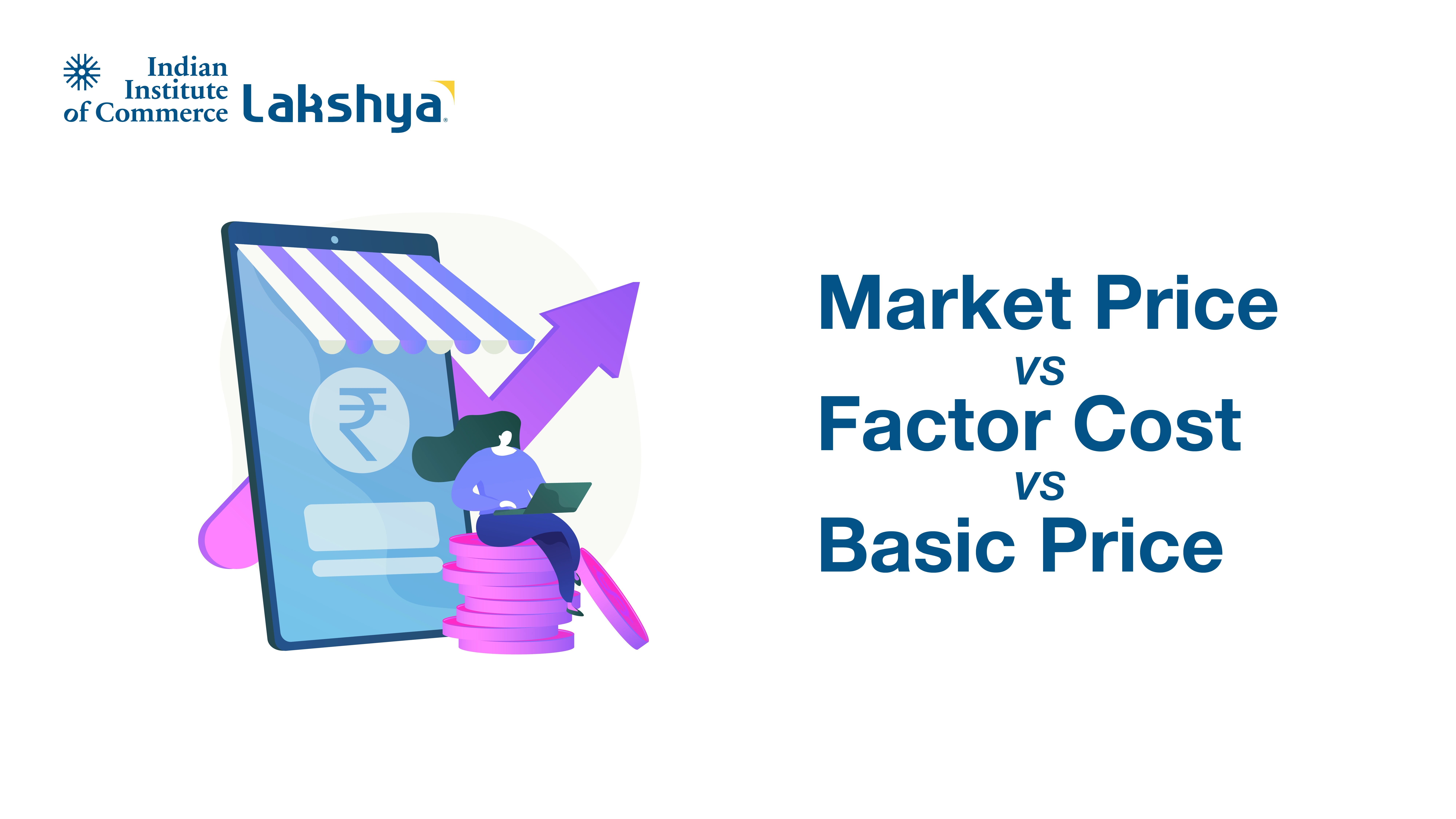

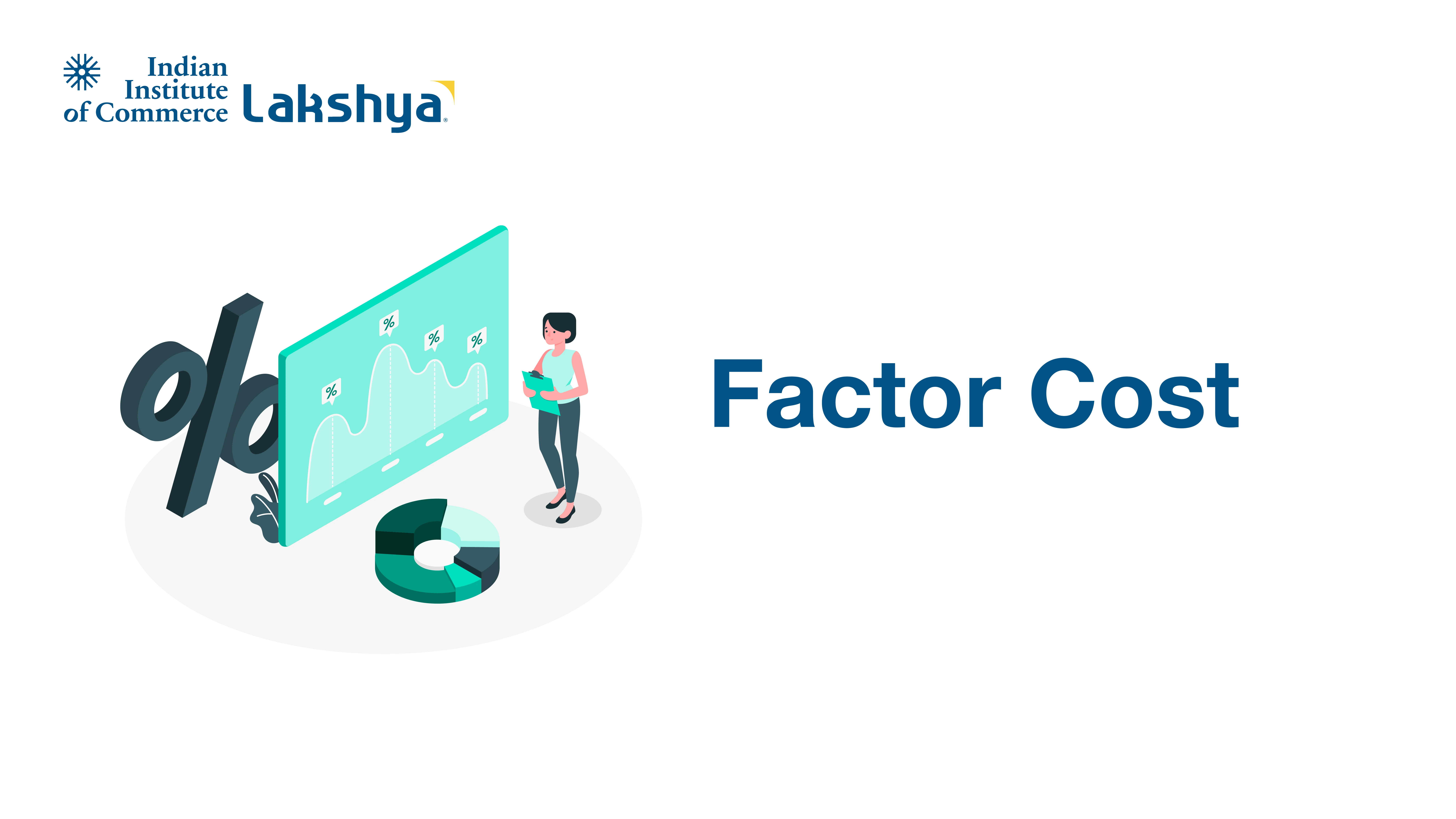
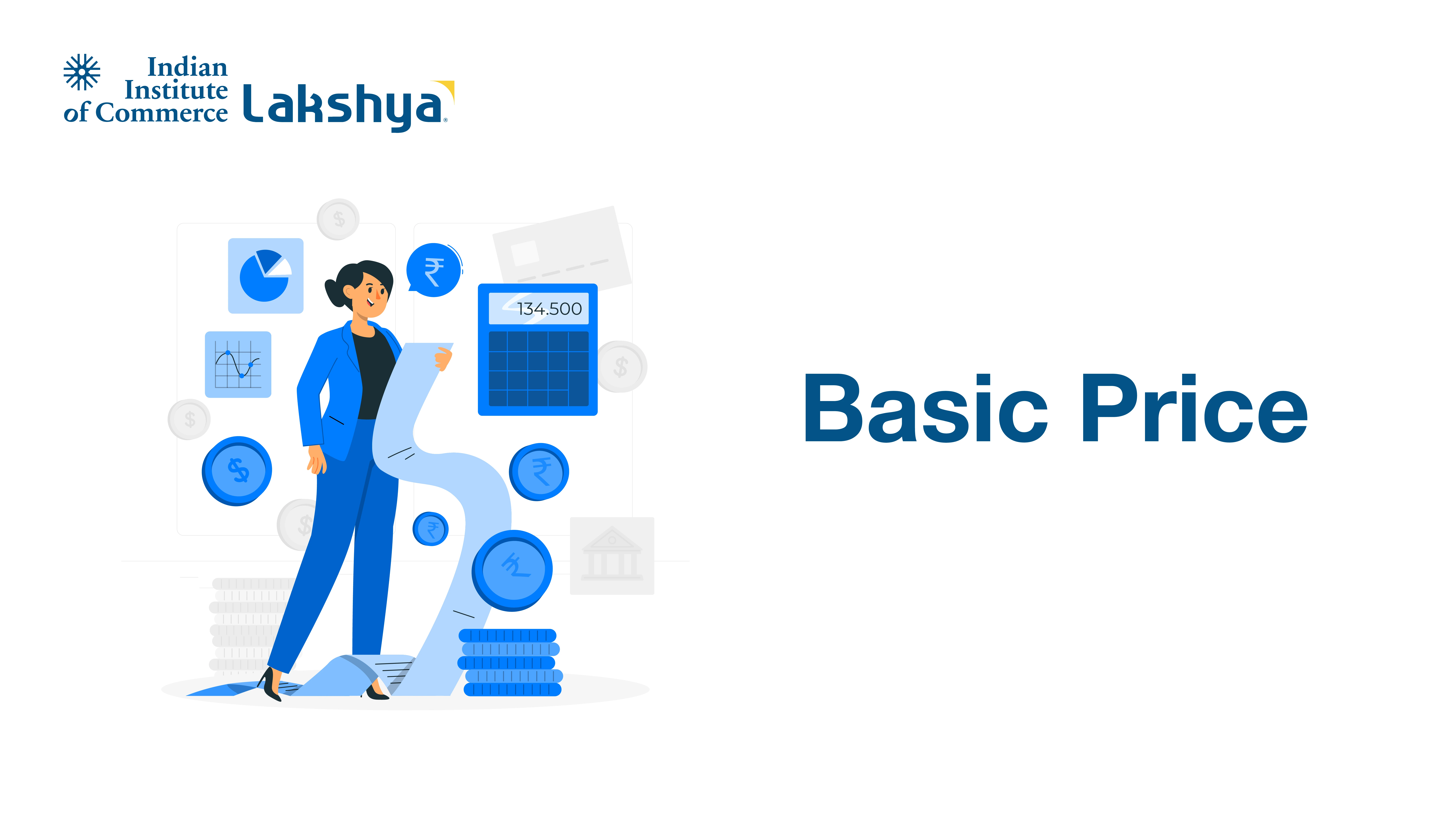
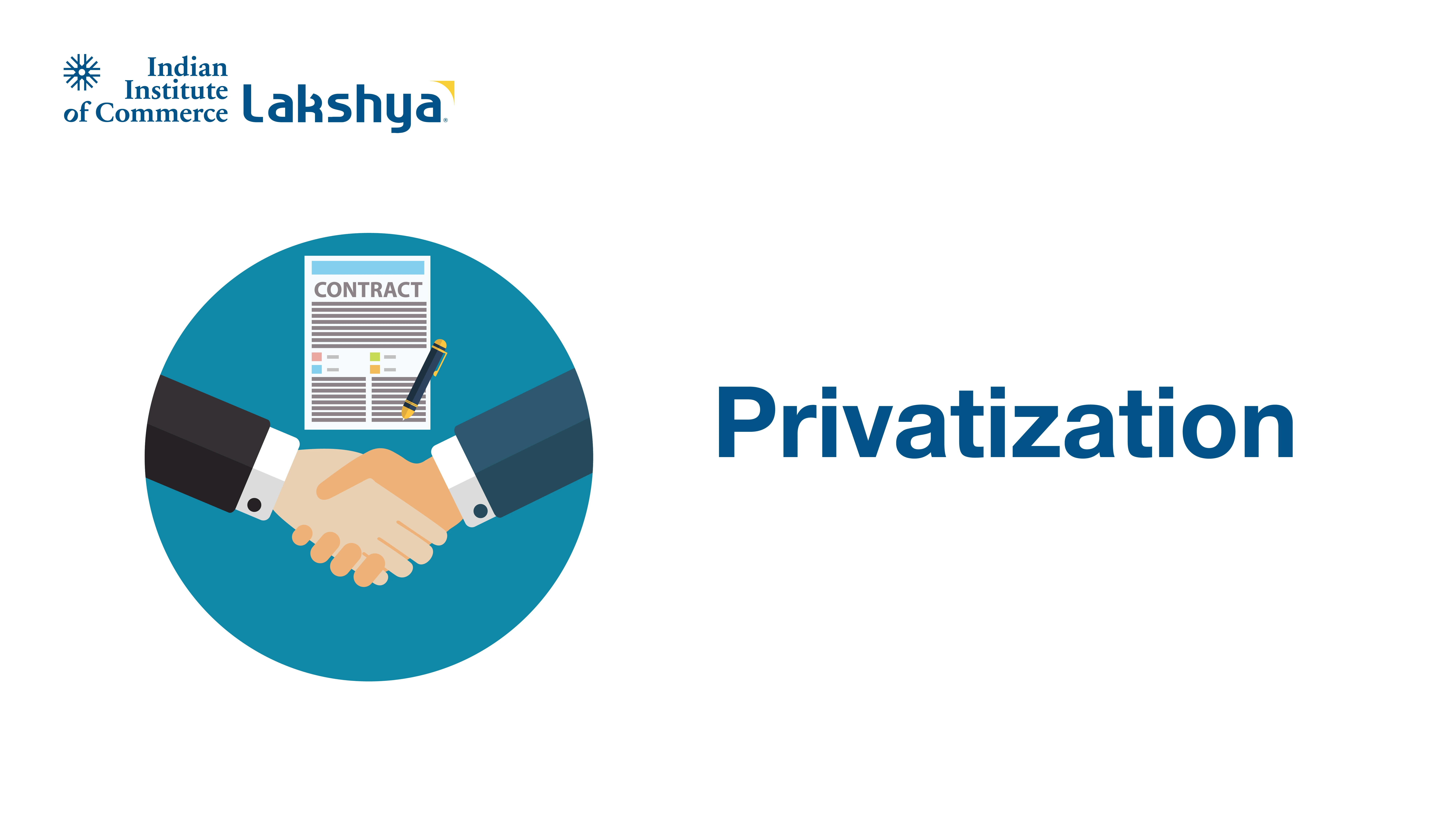
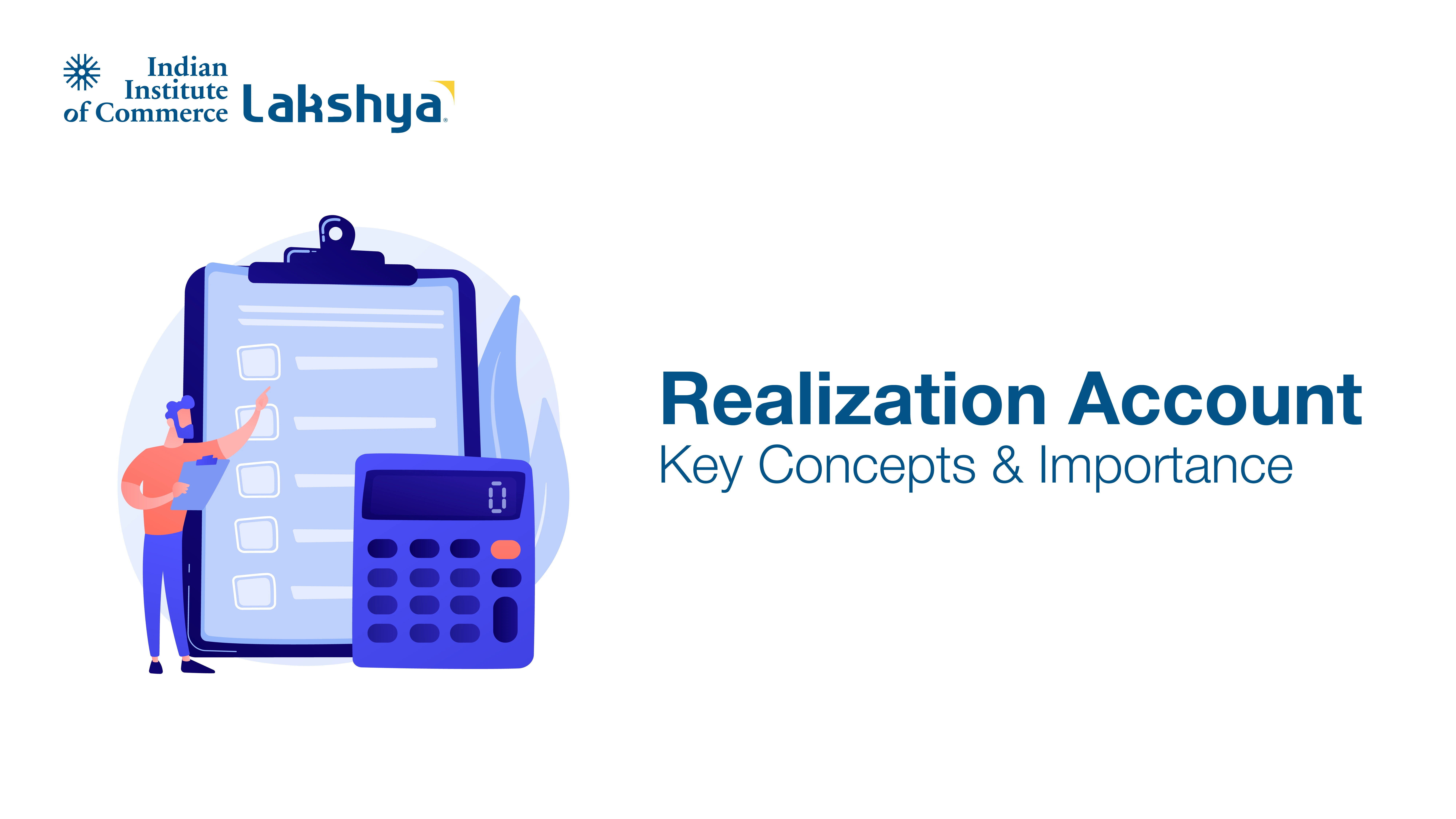



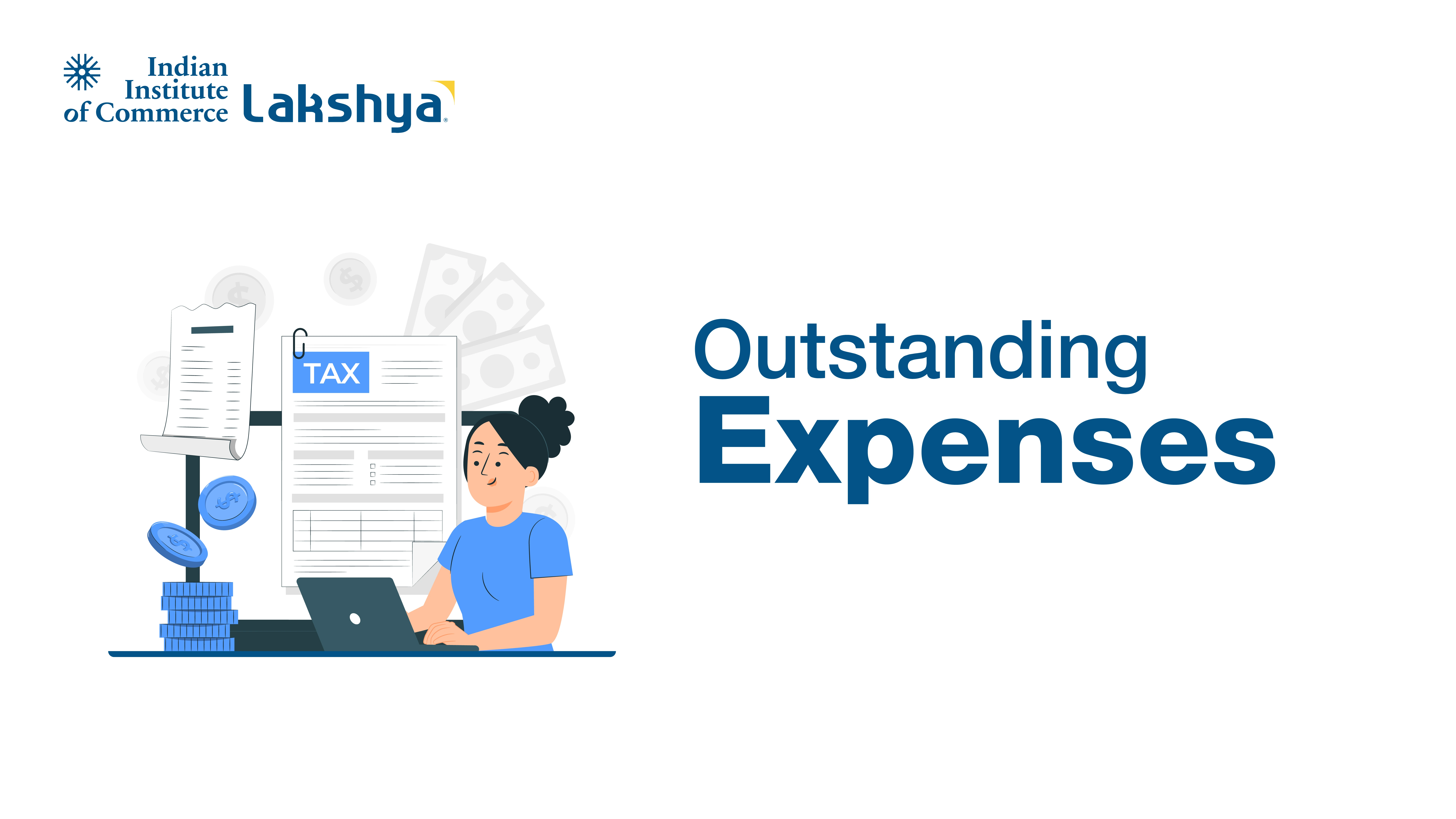
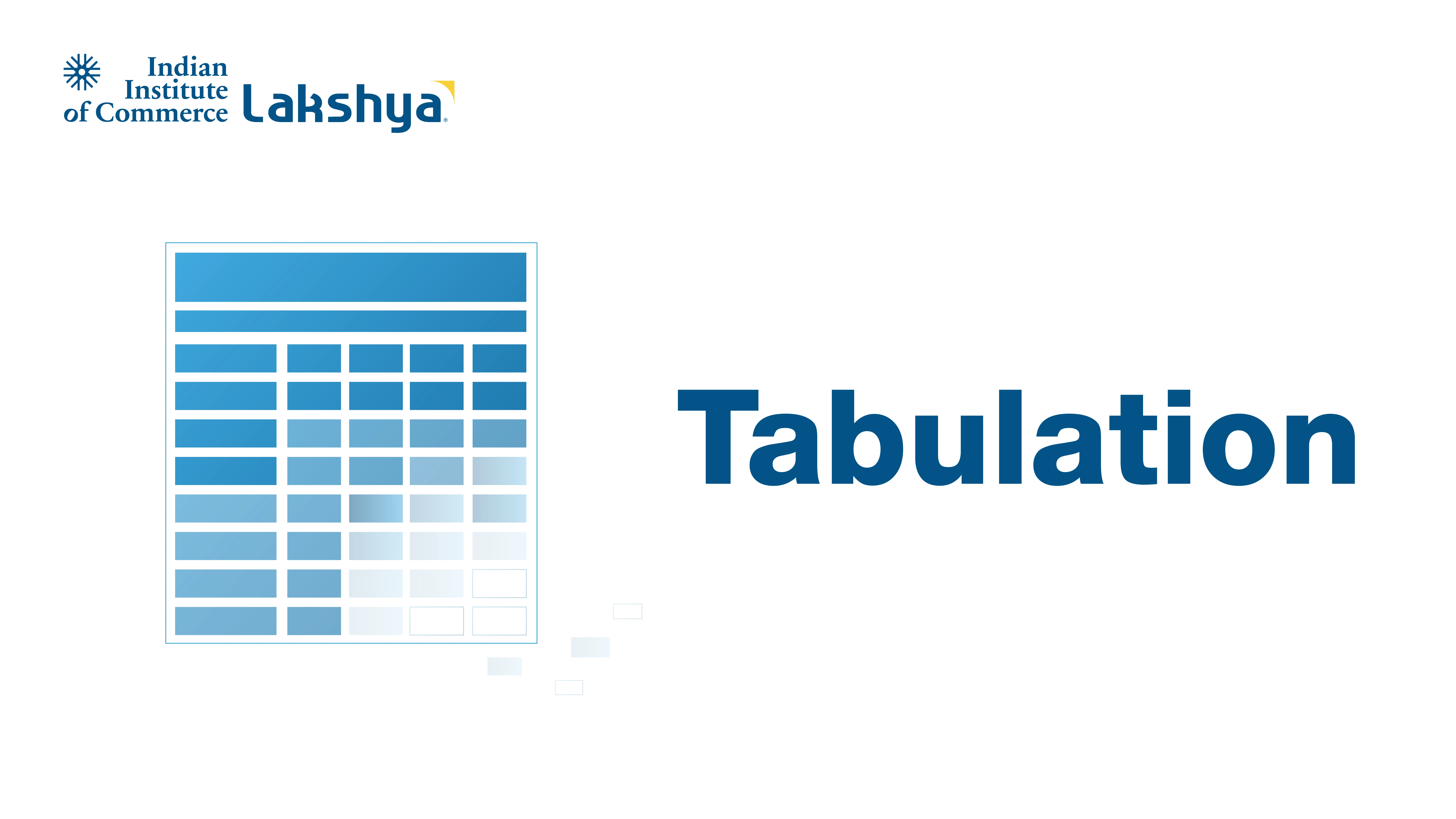




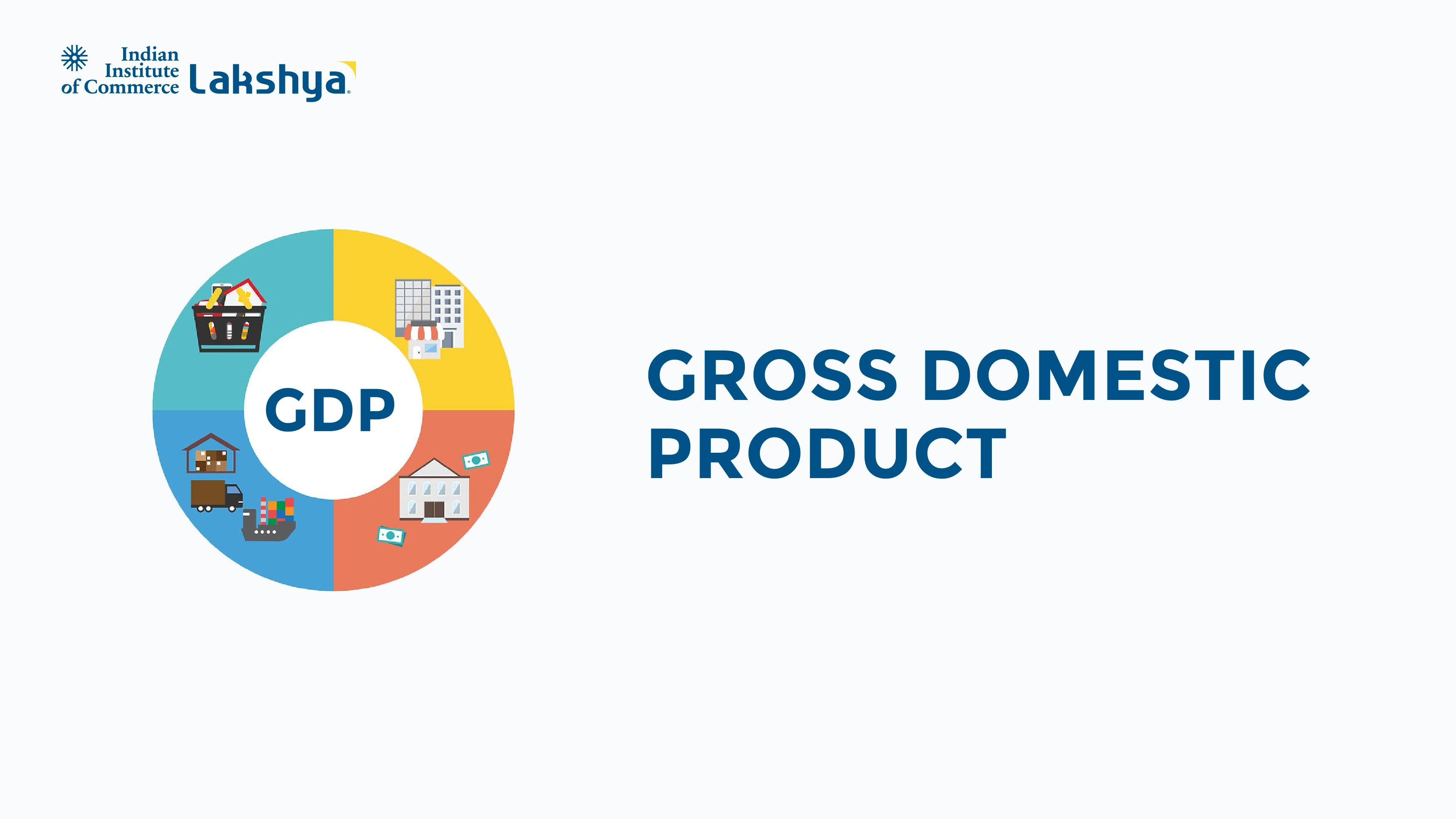
.webp)
